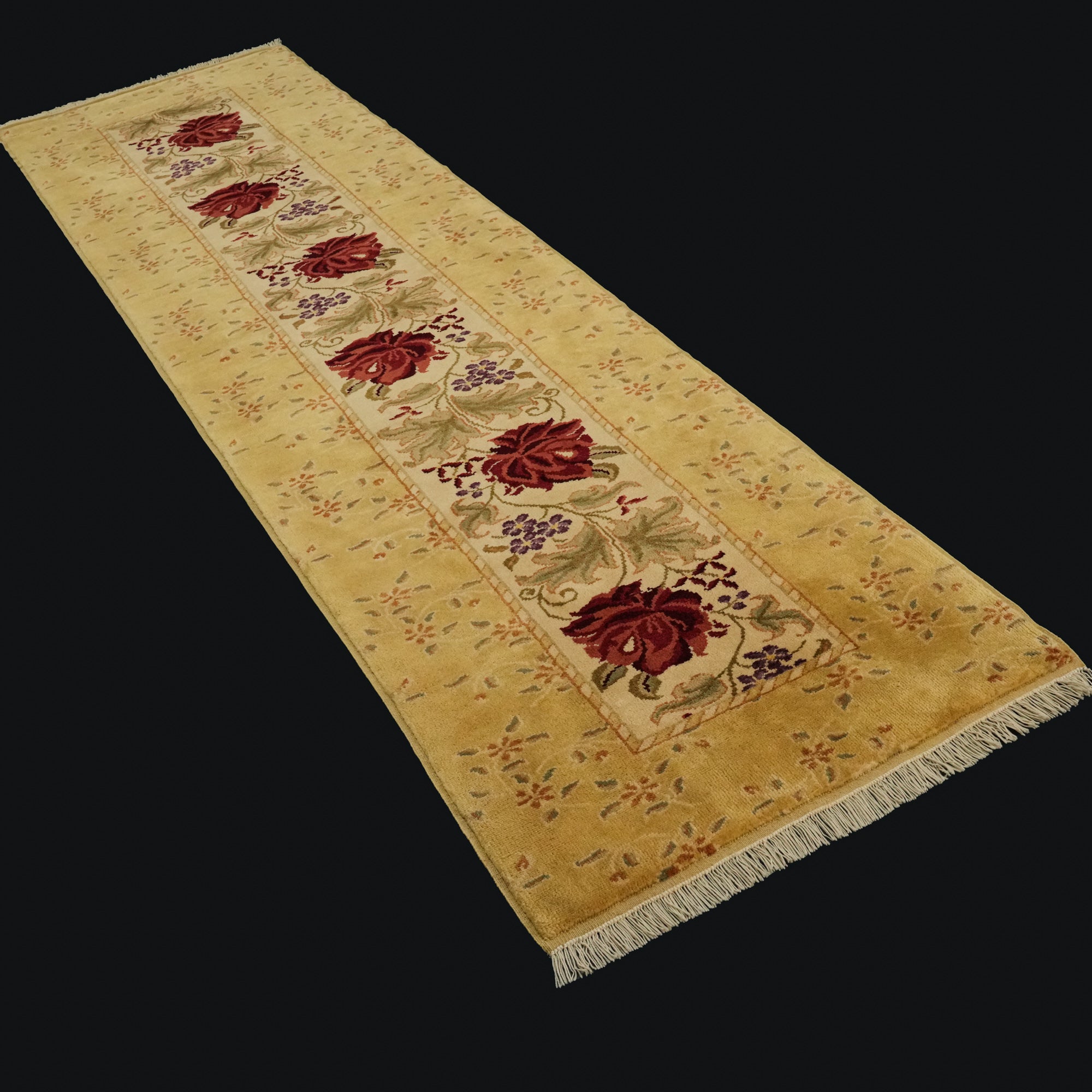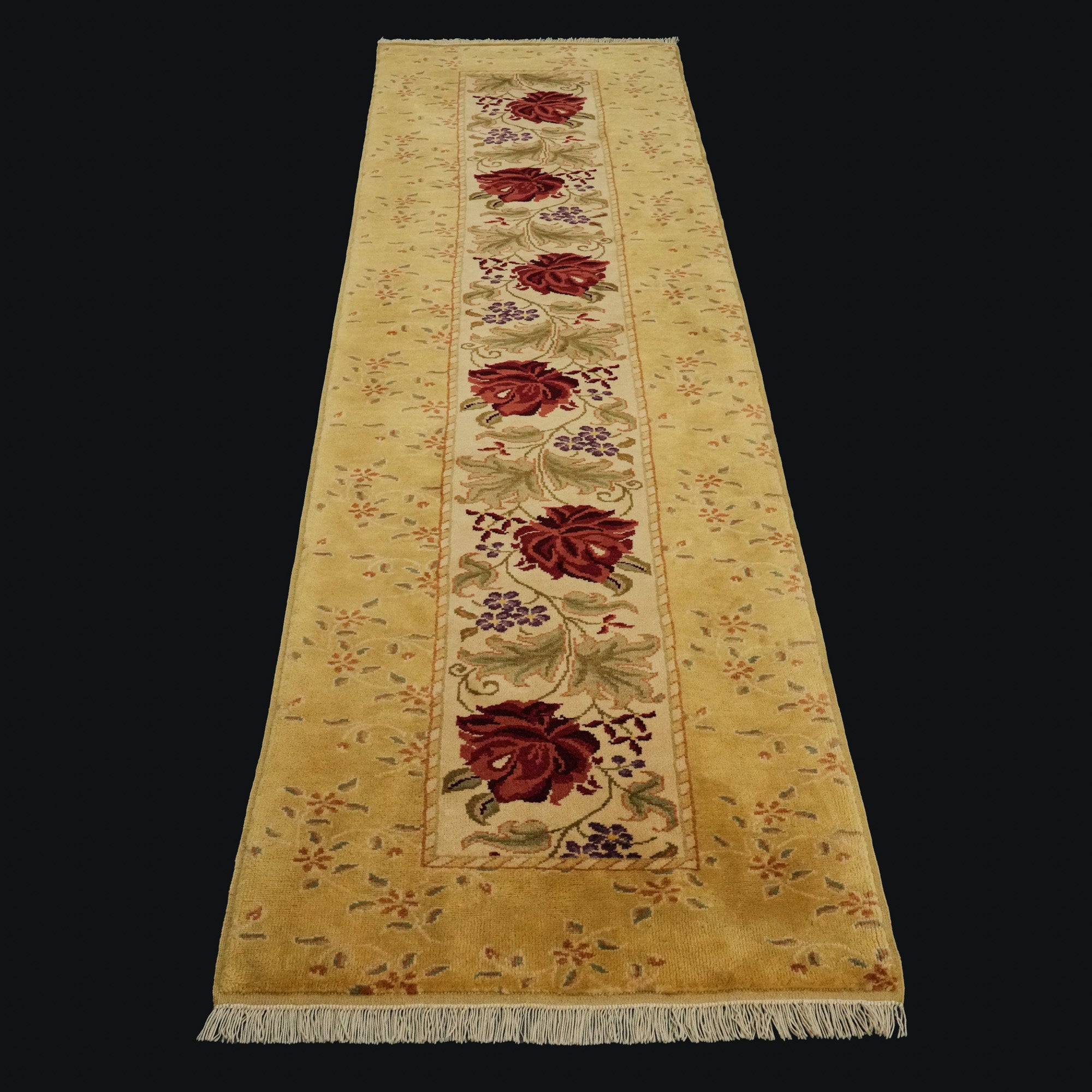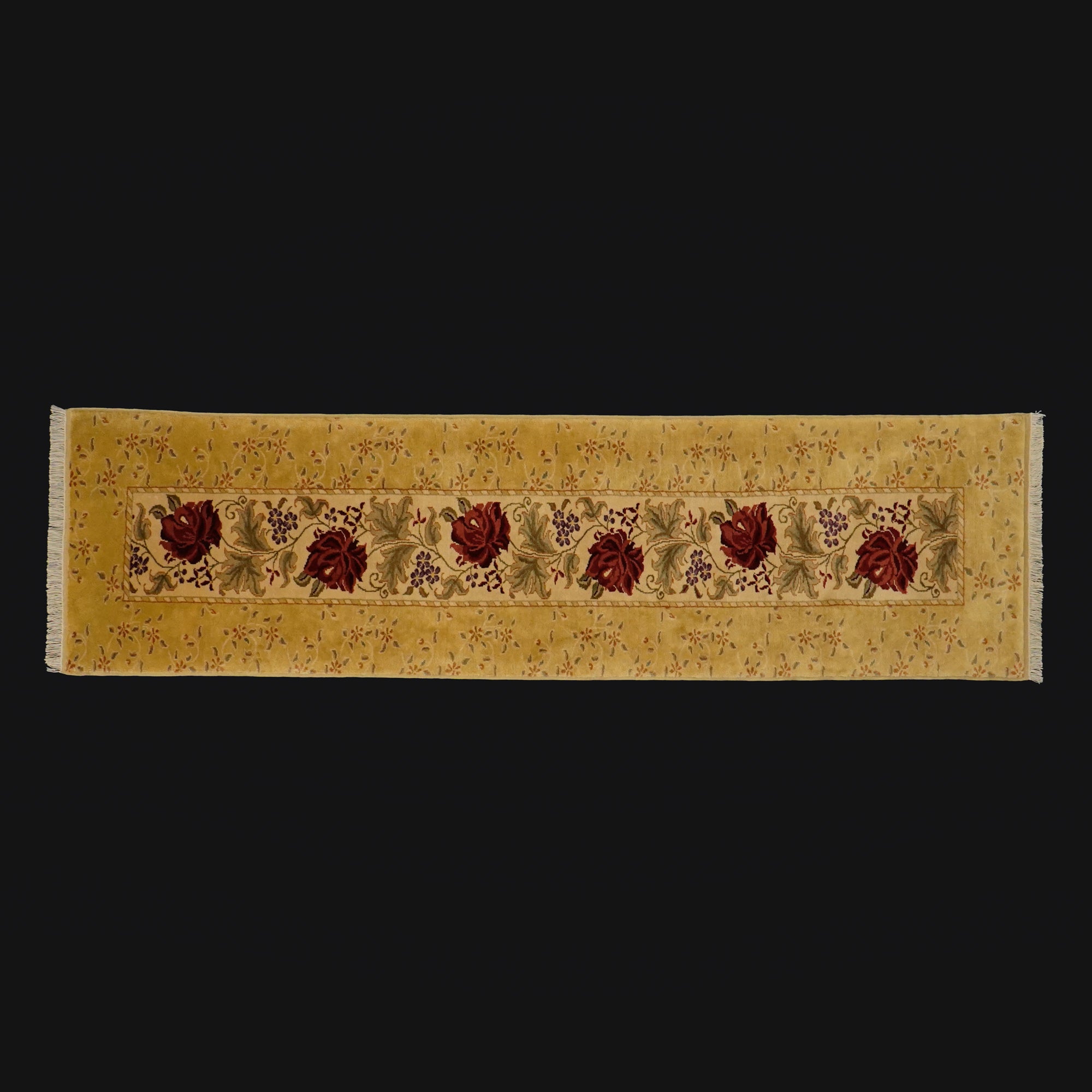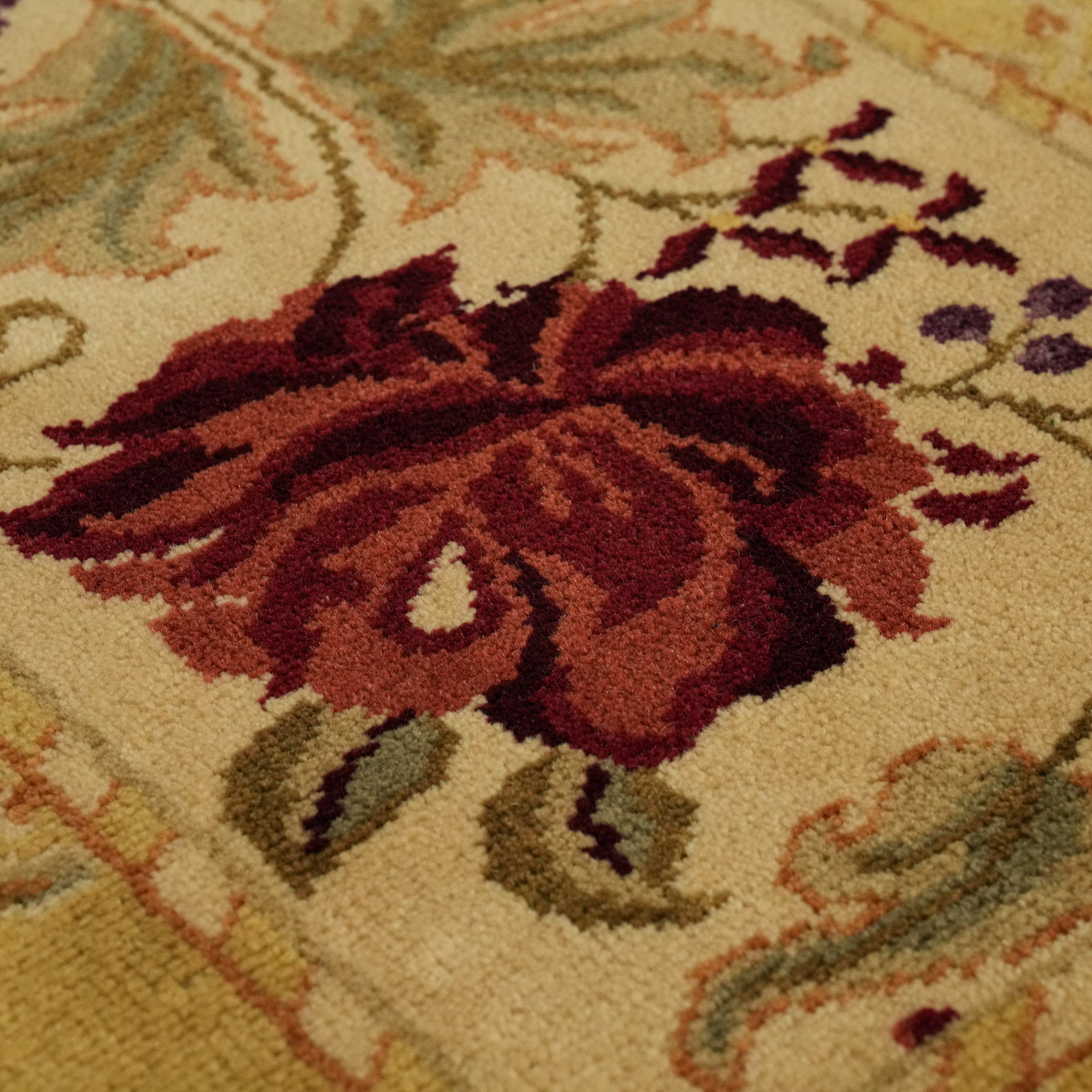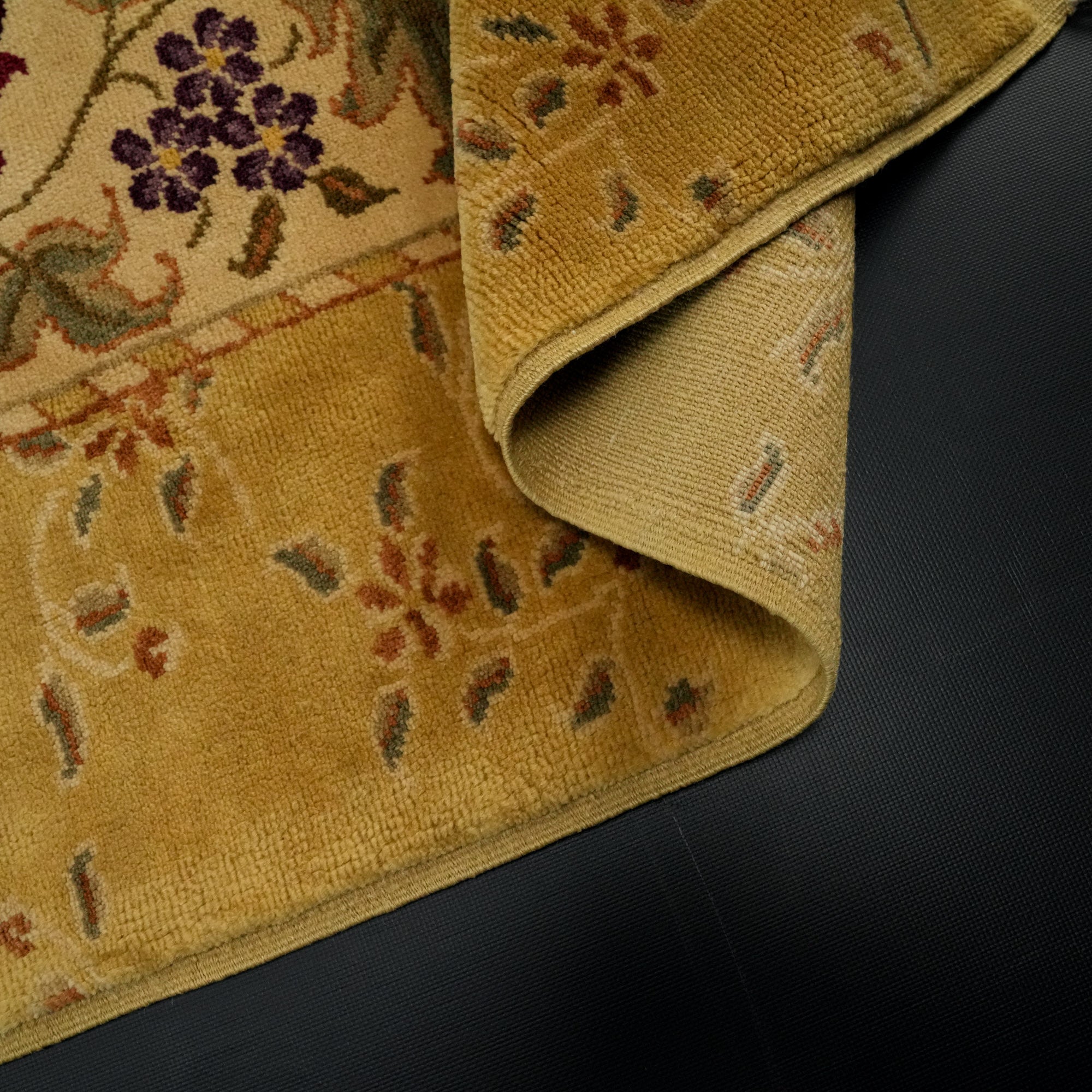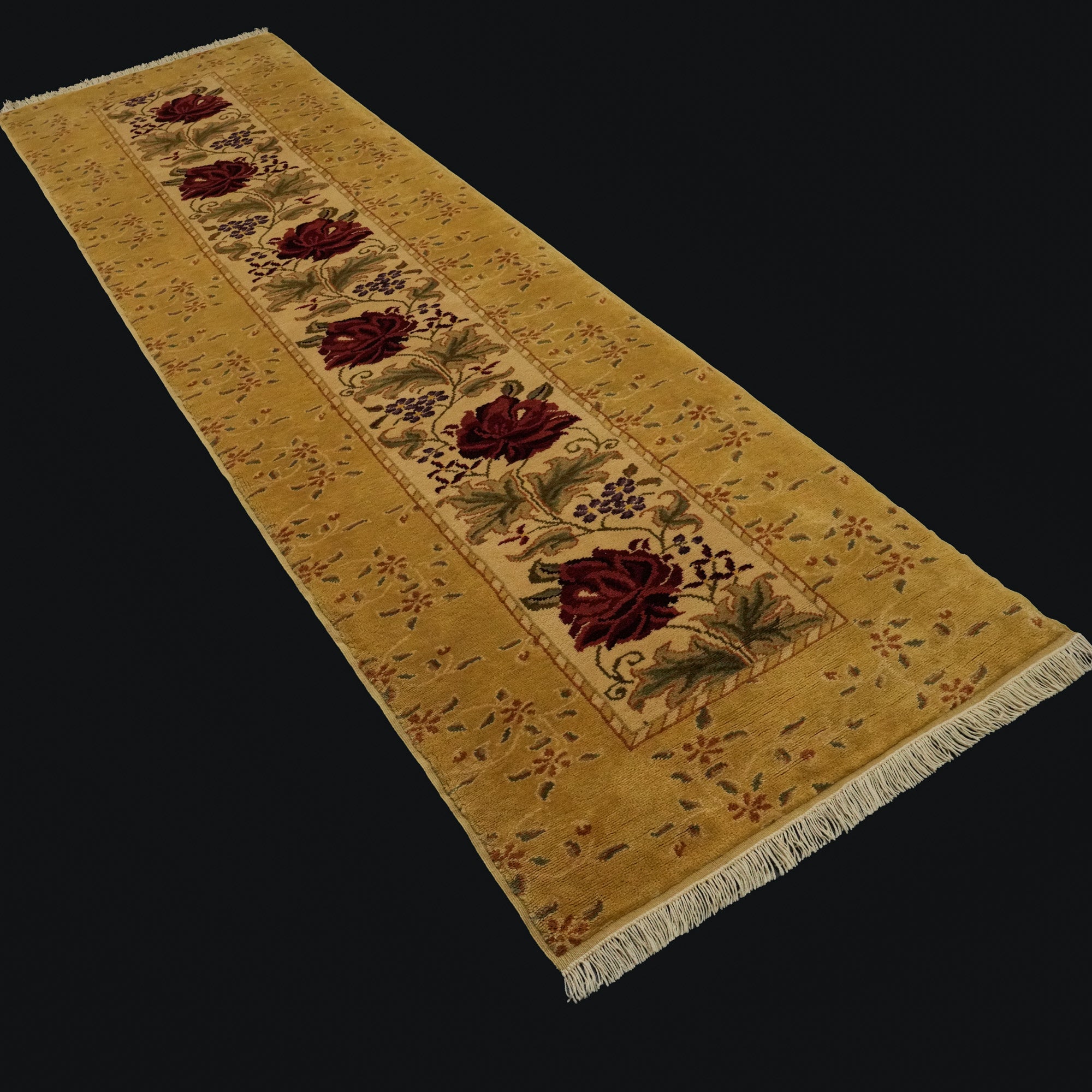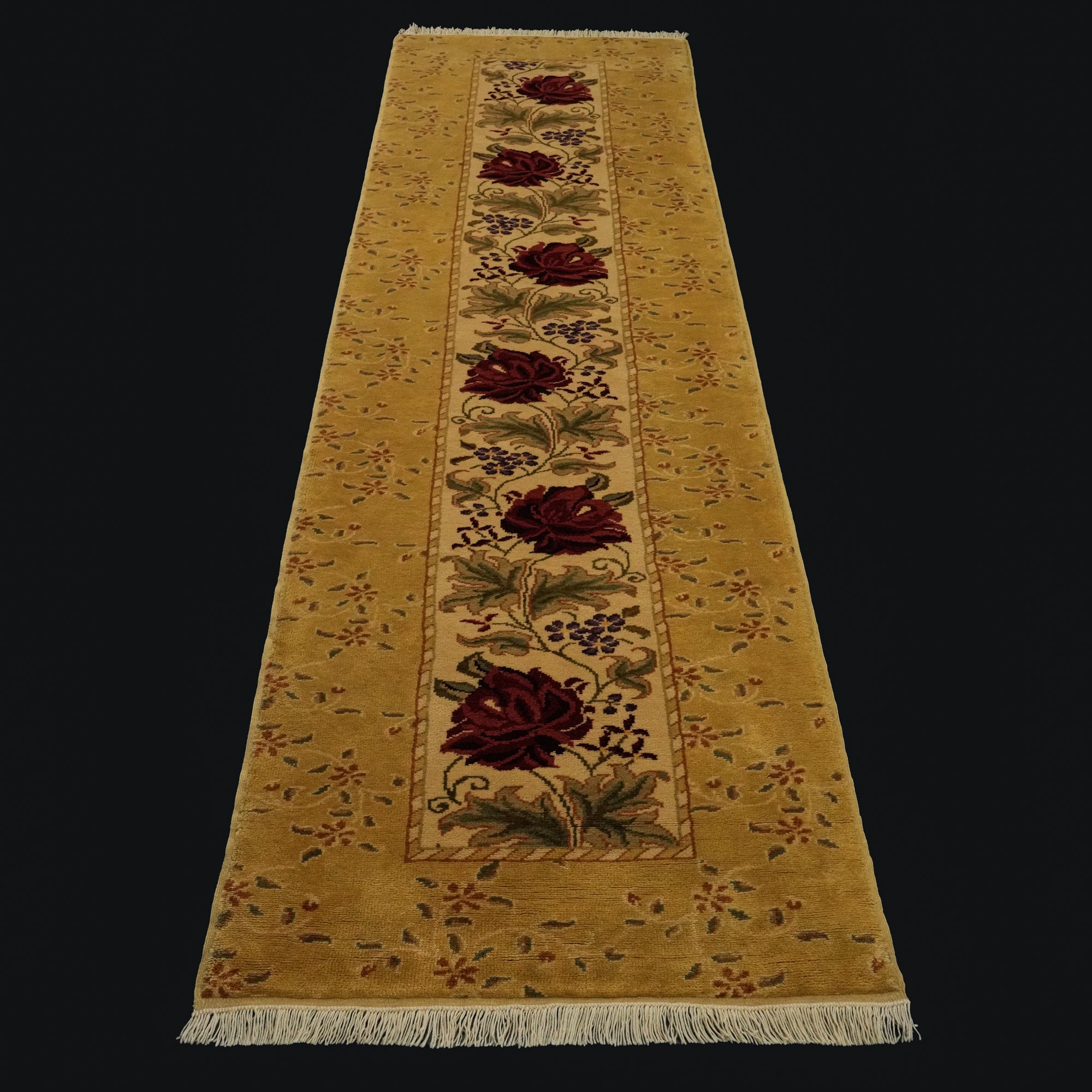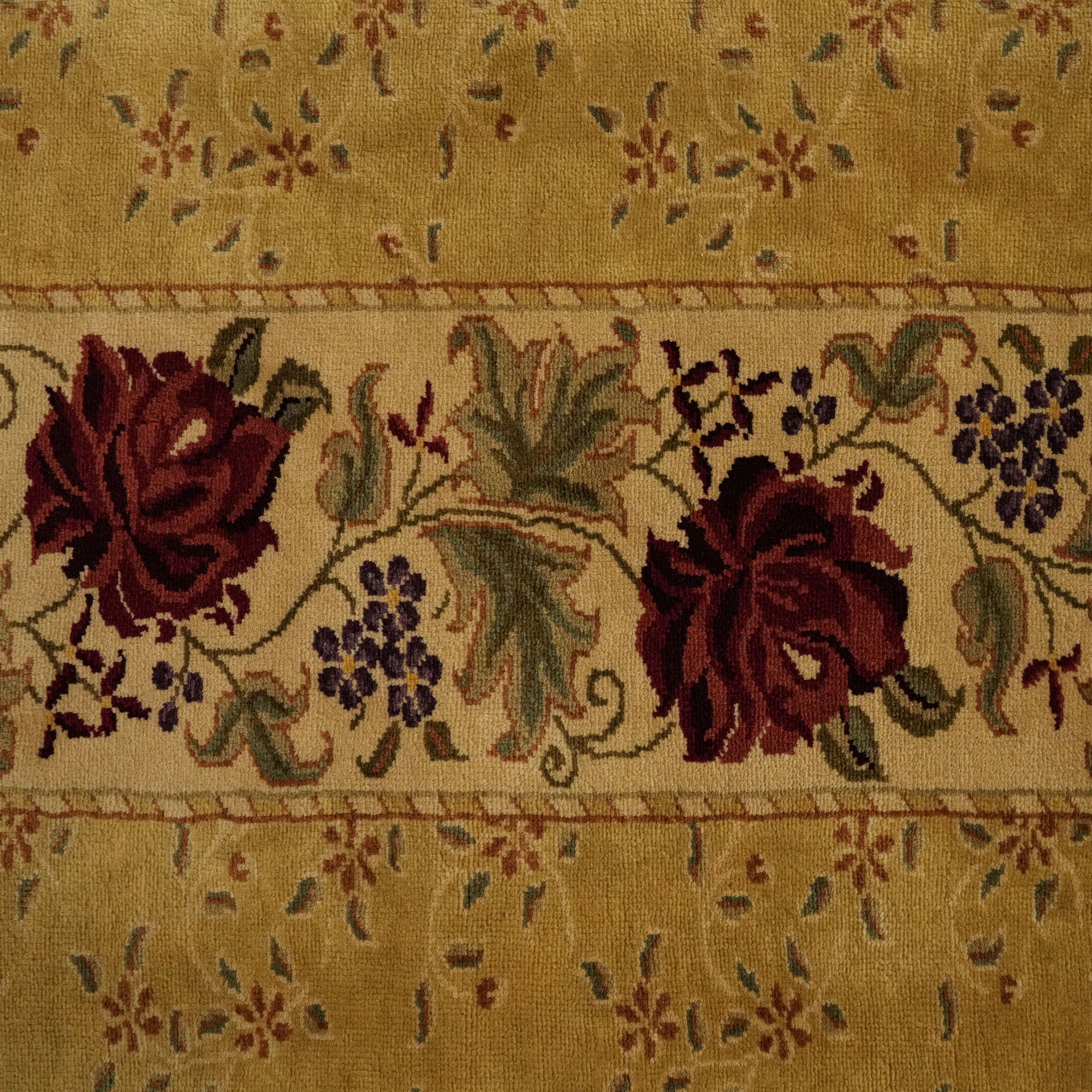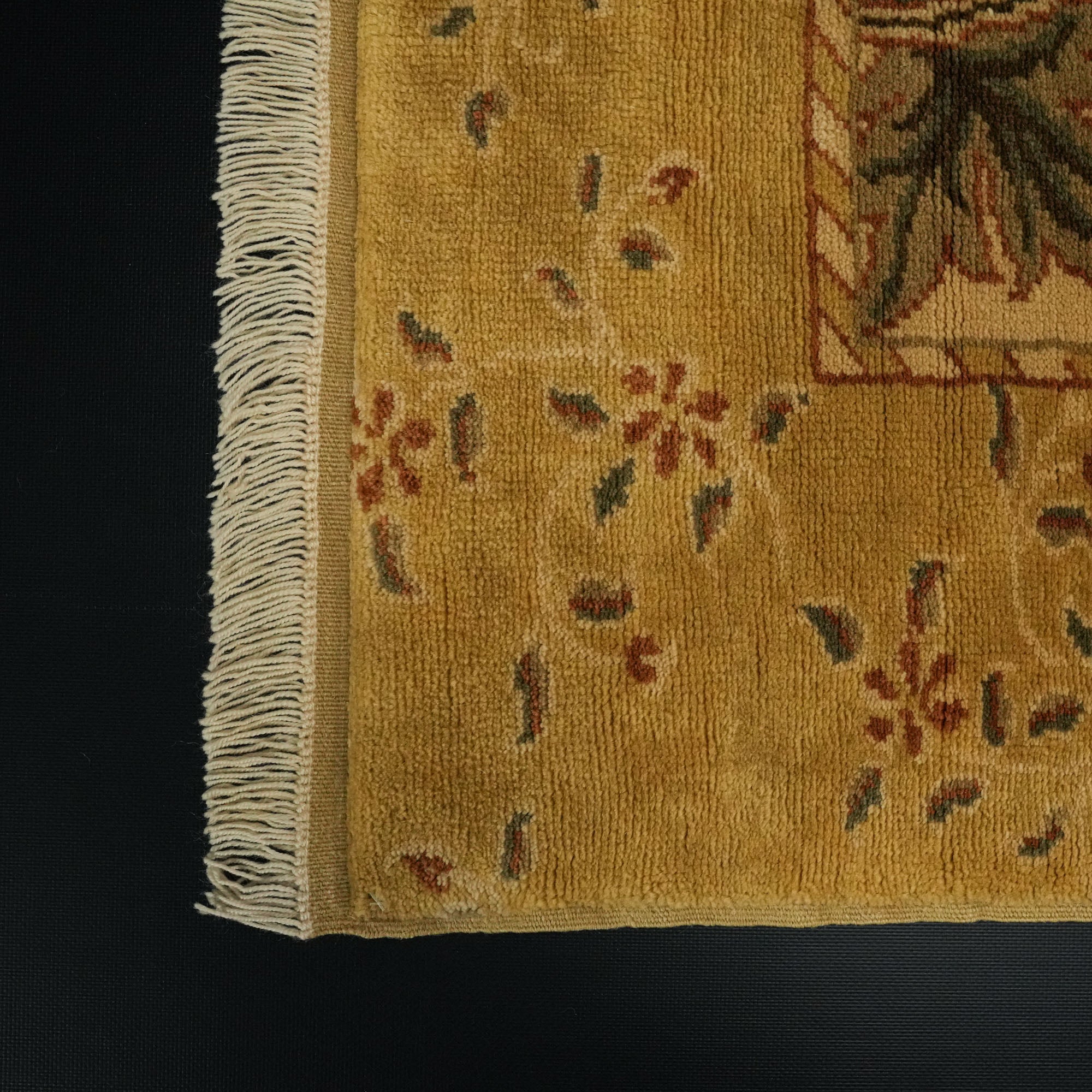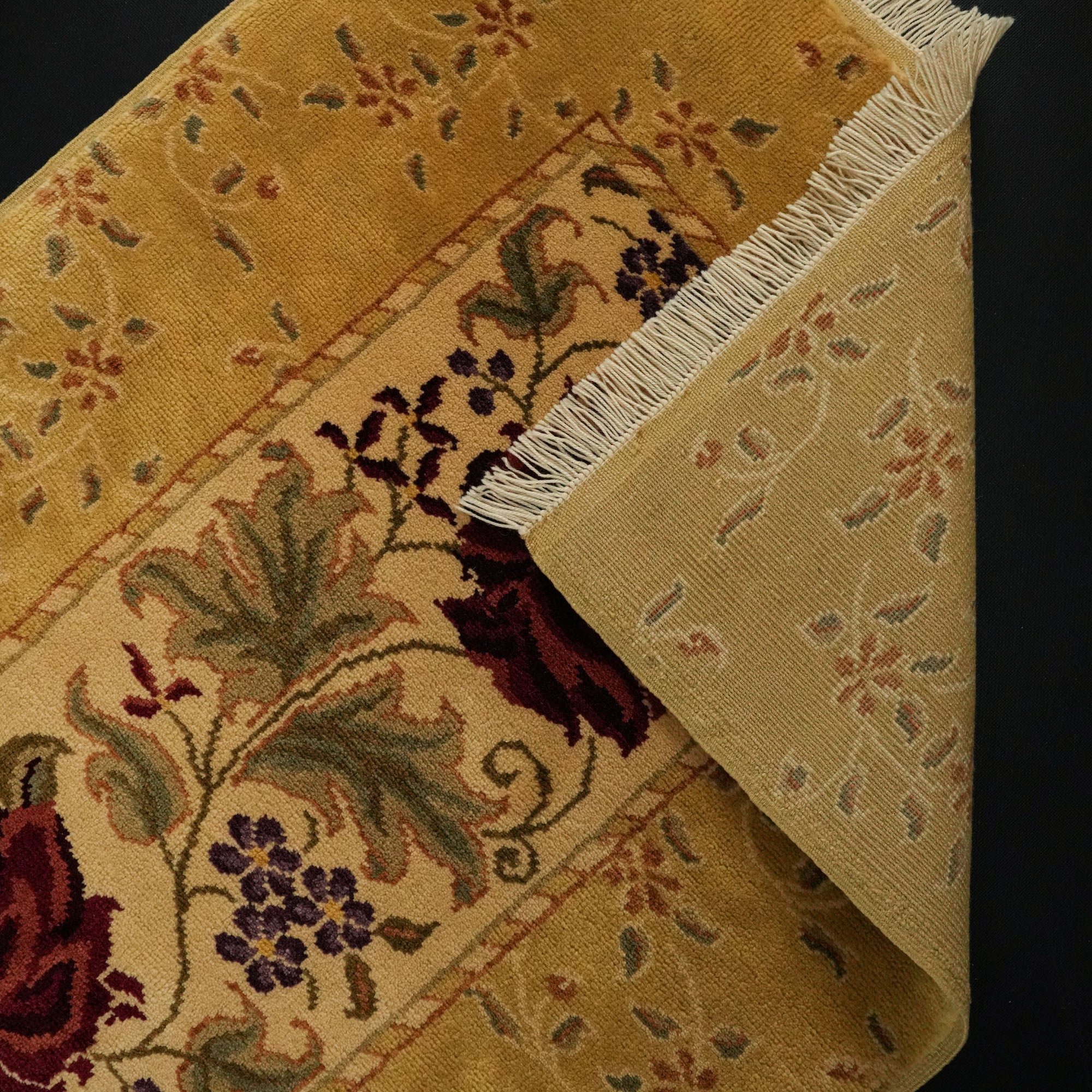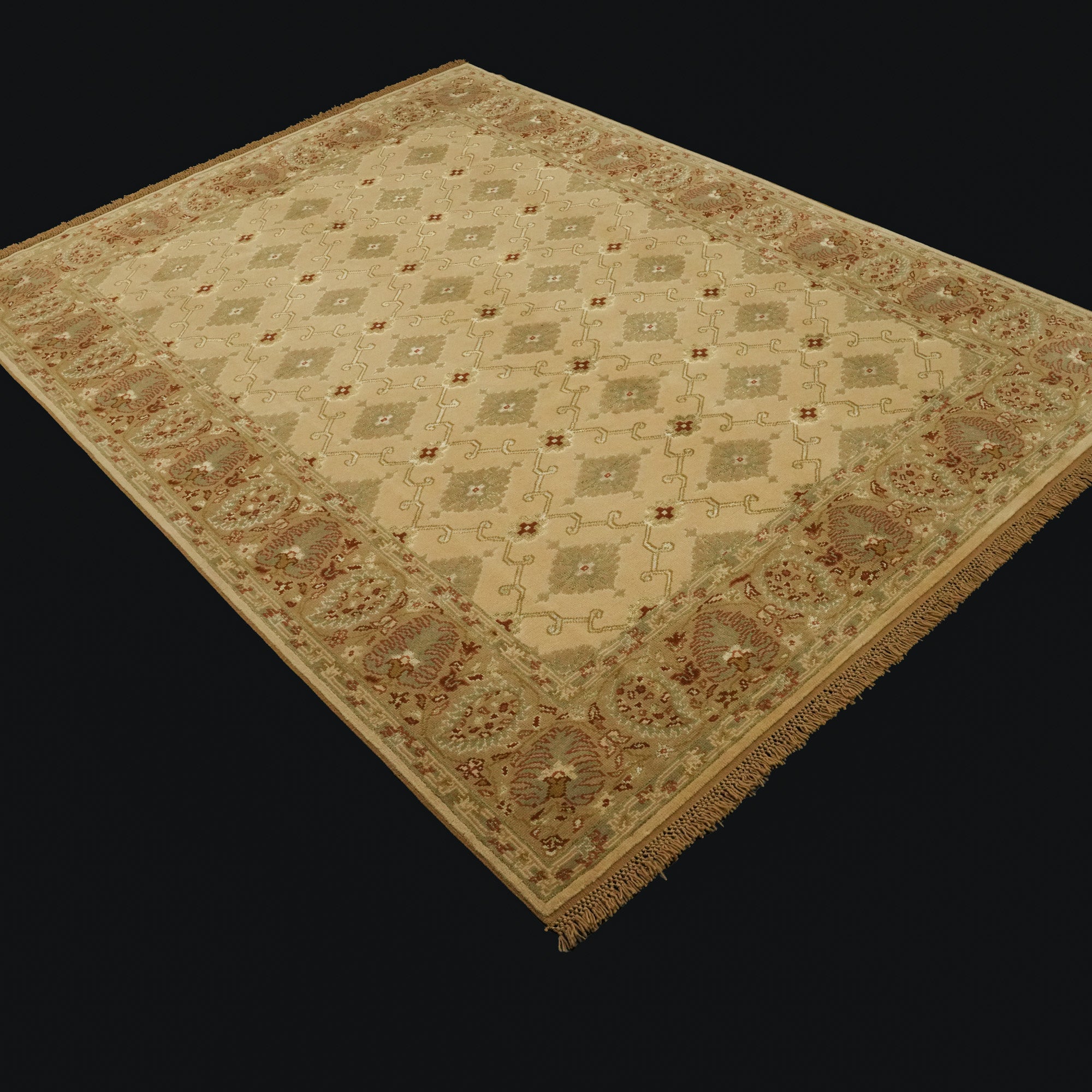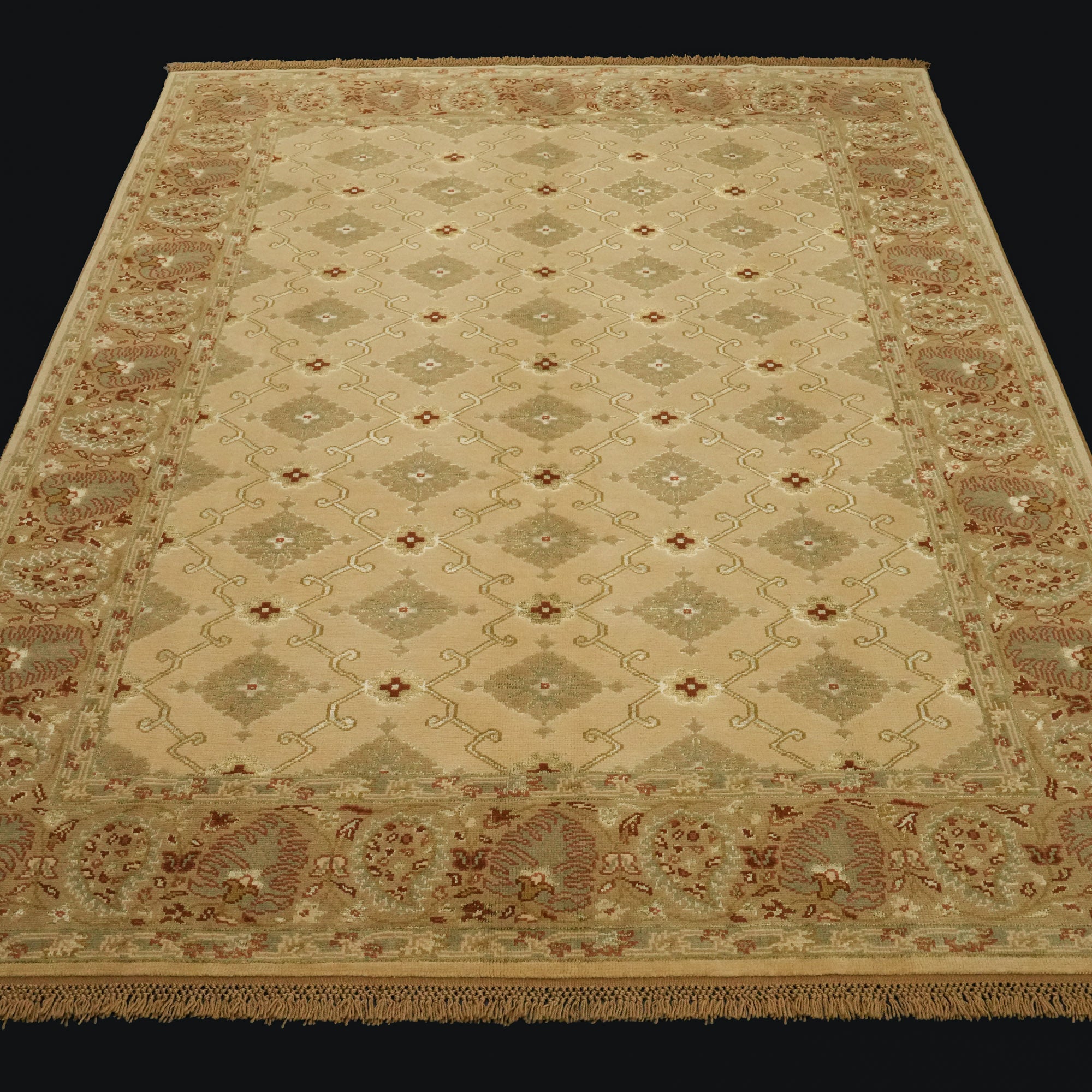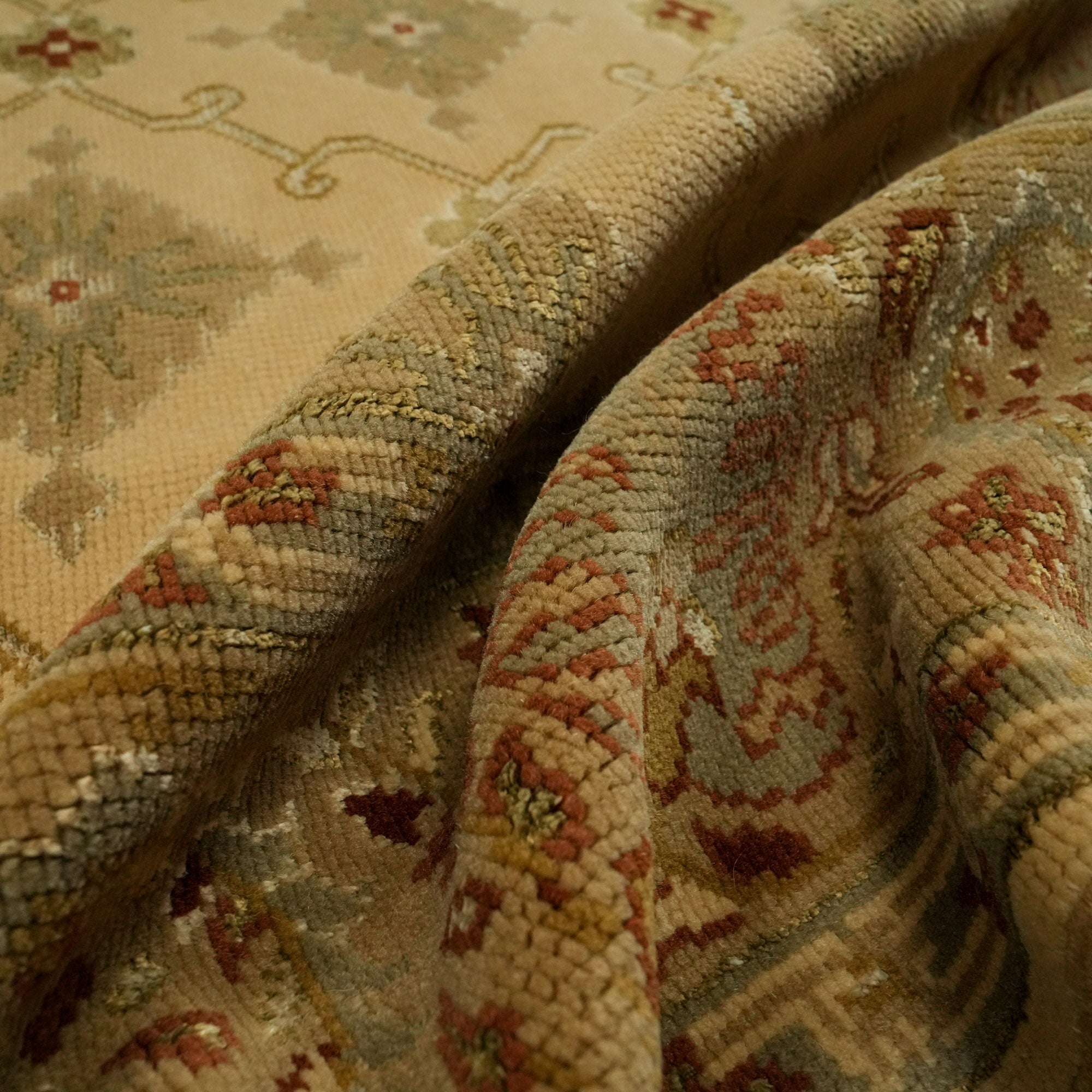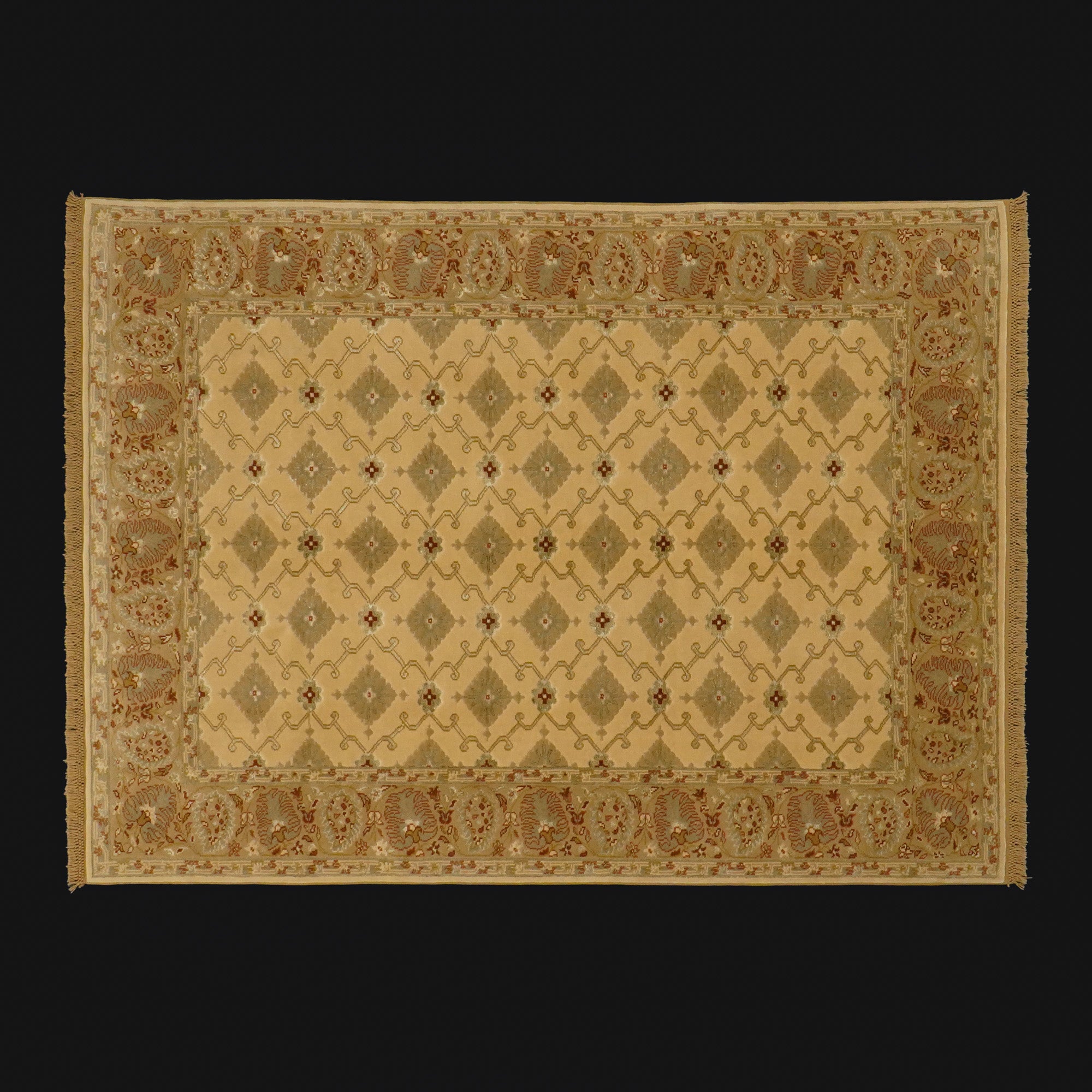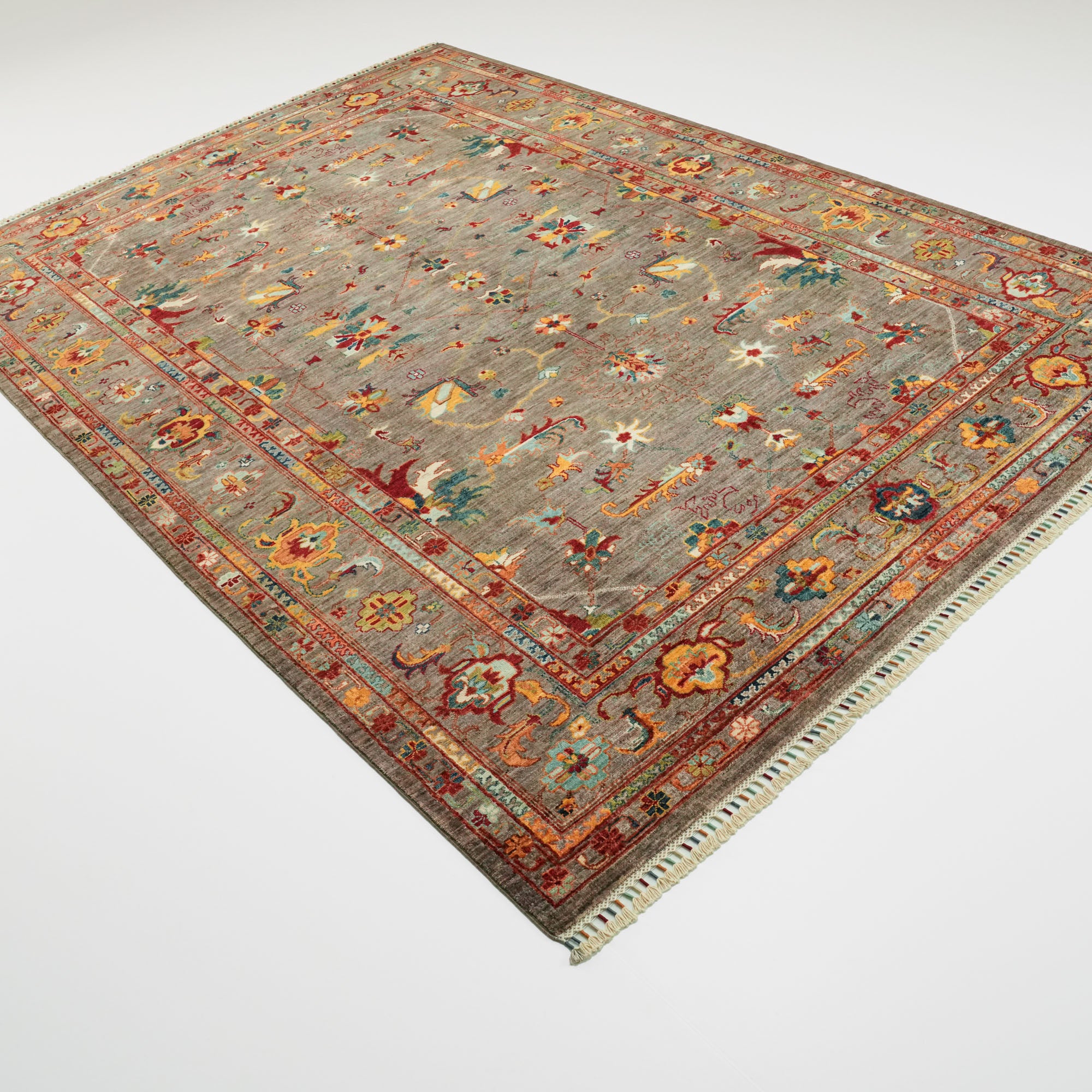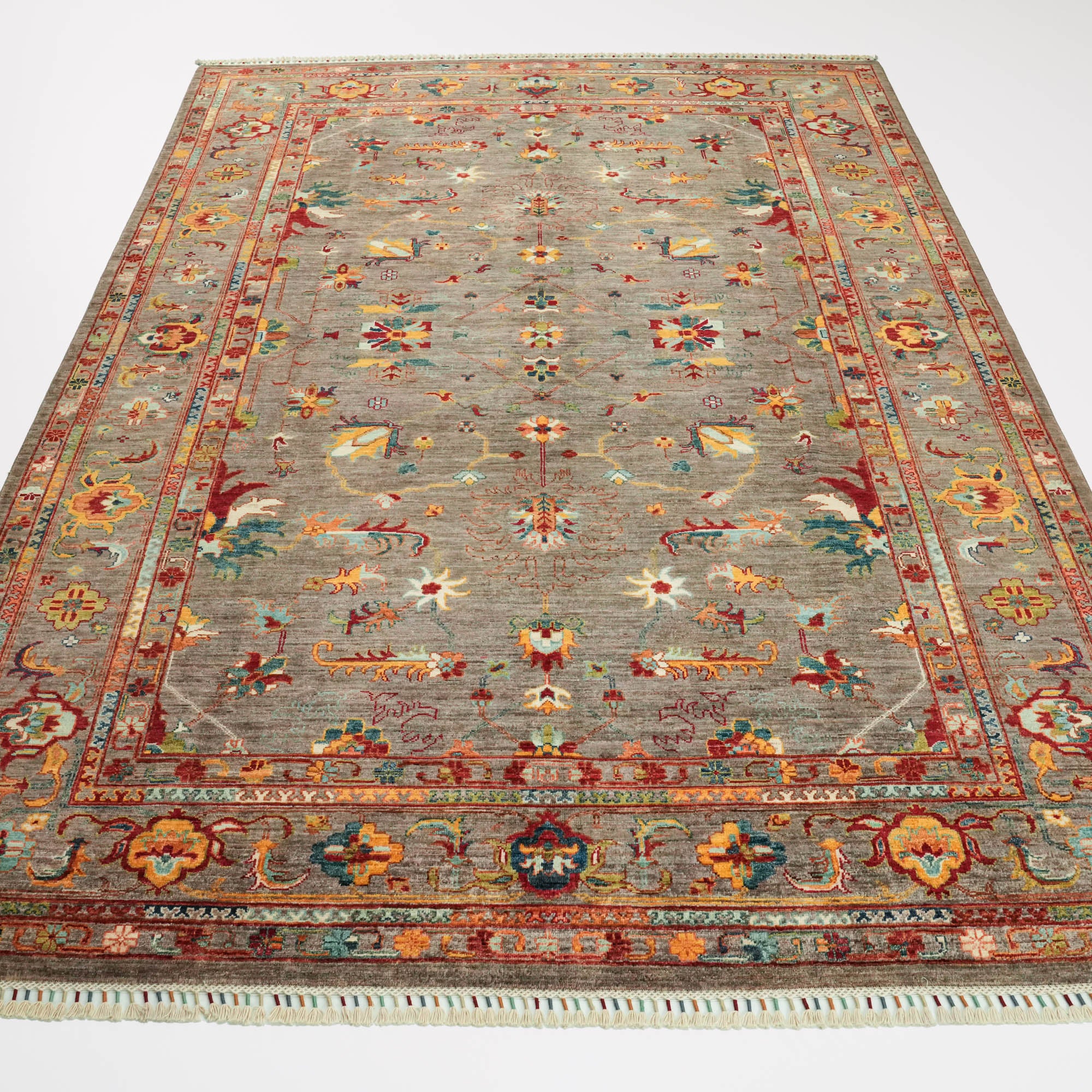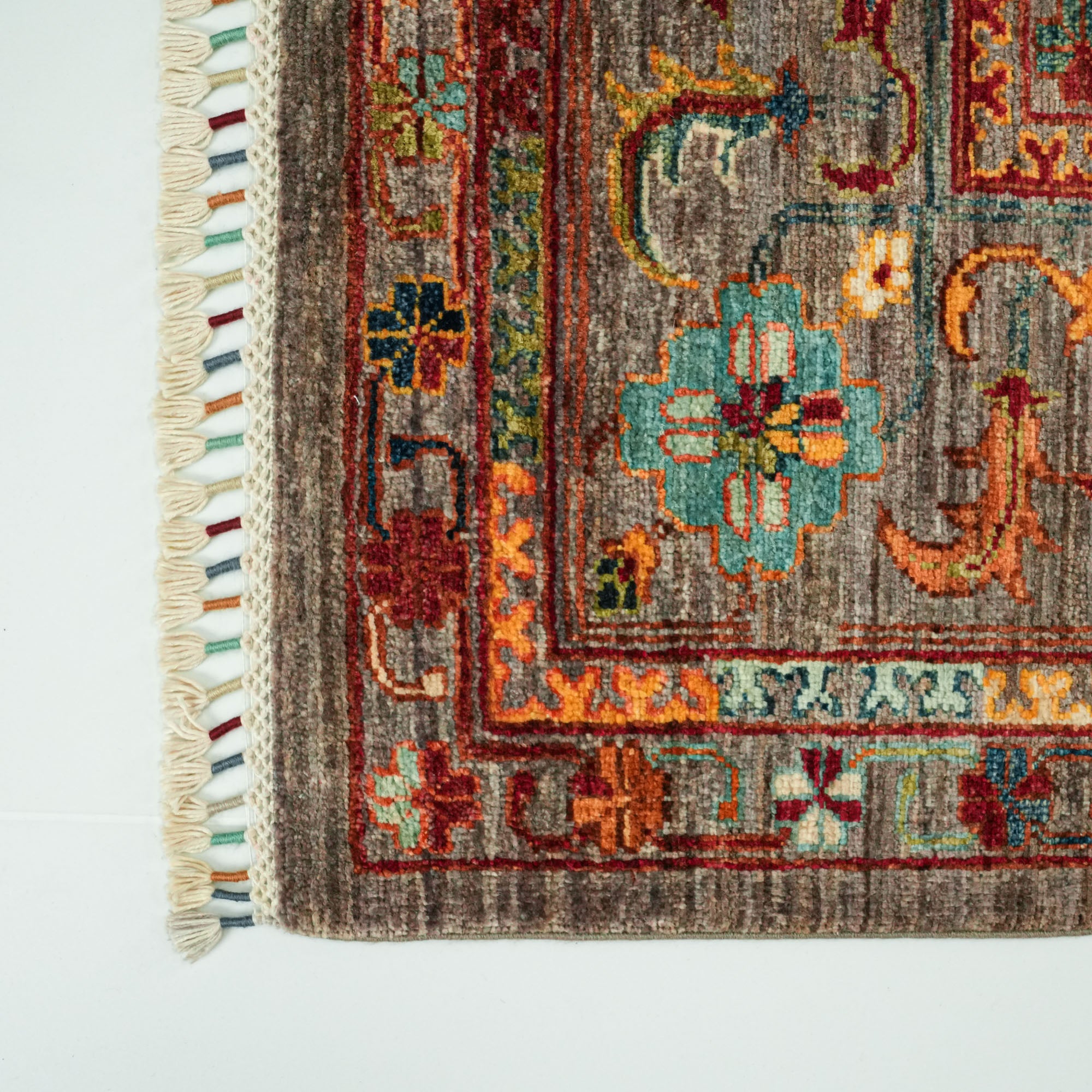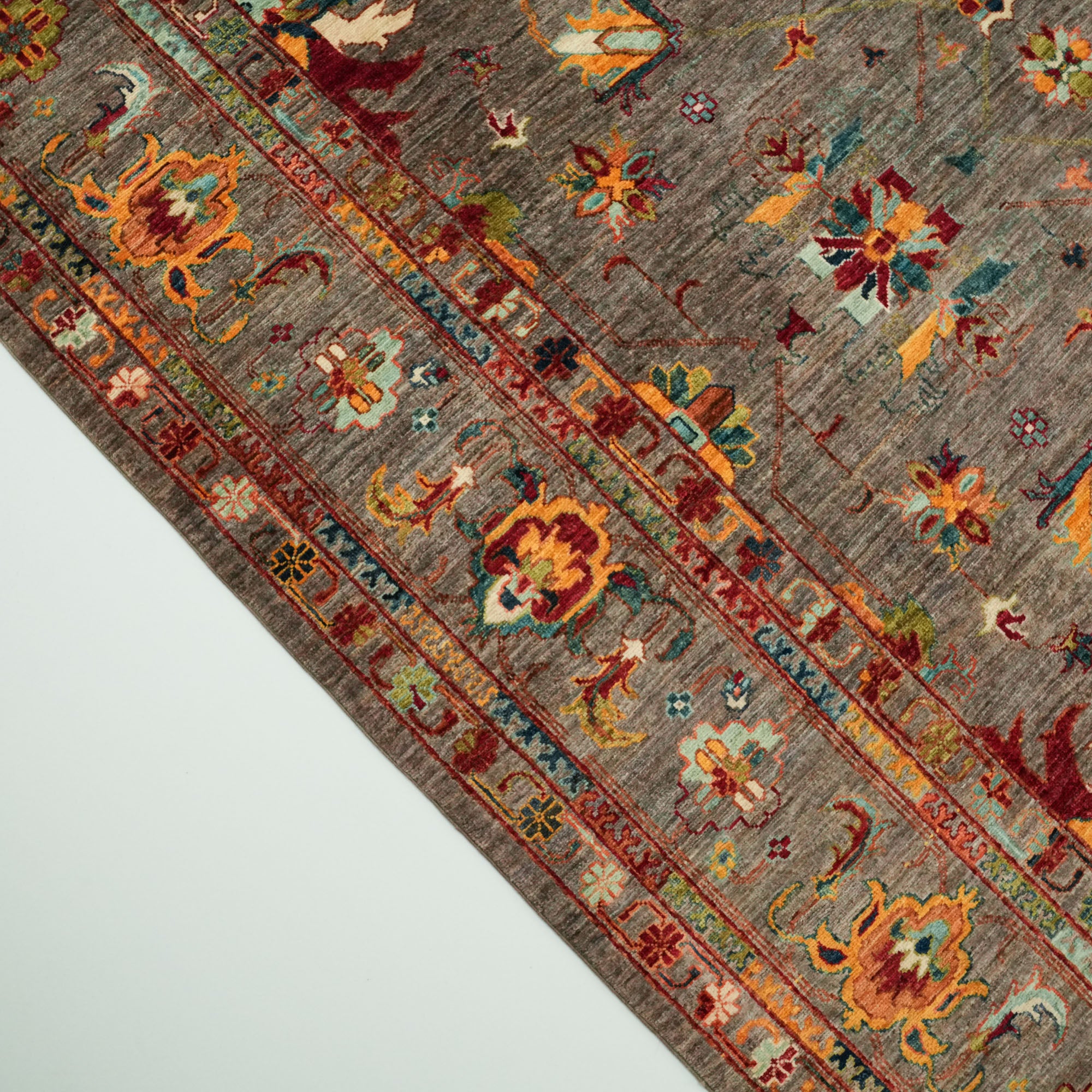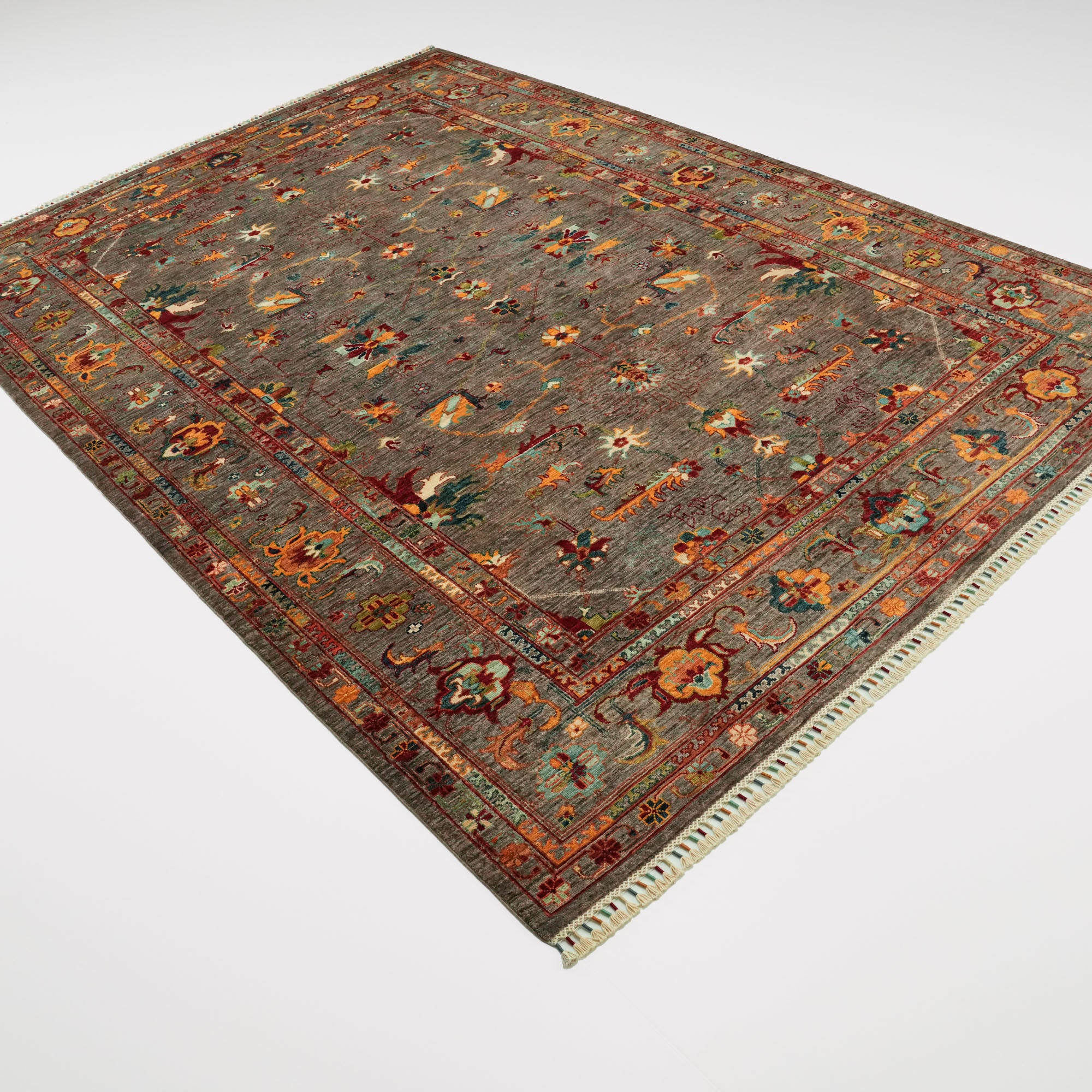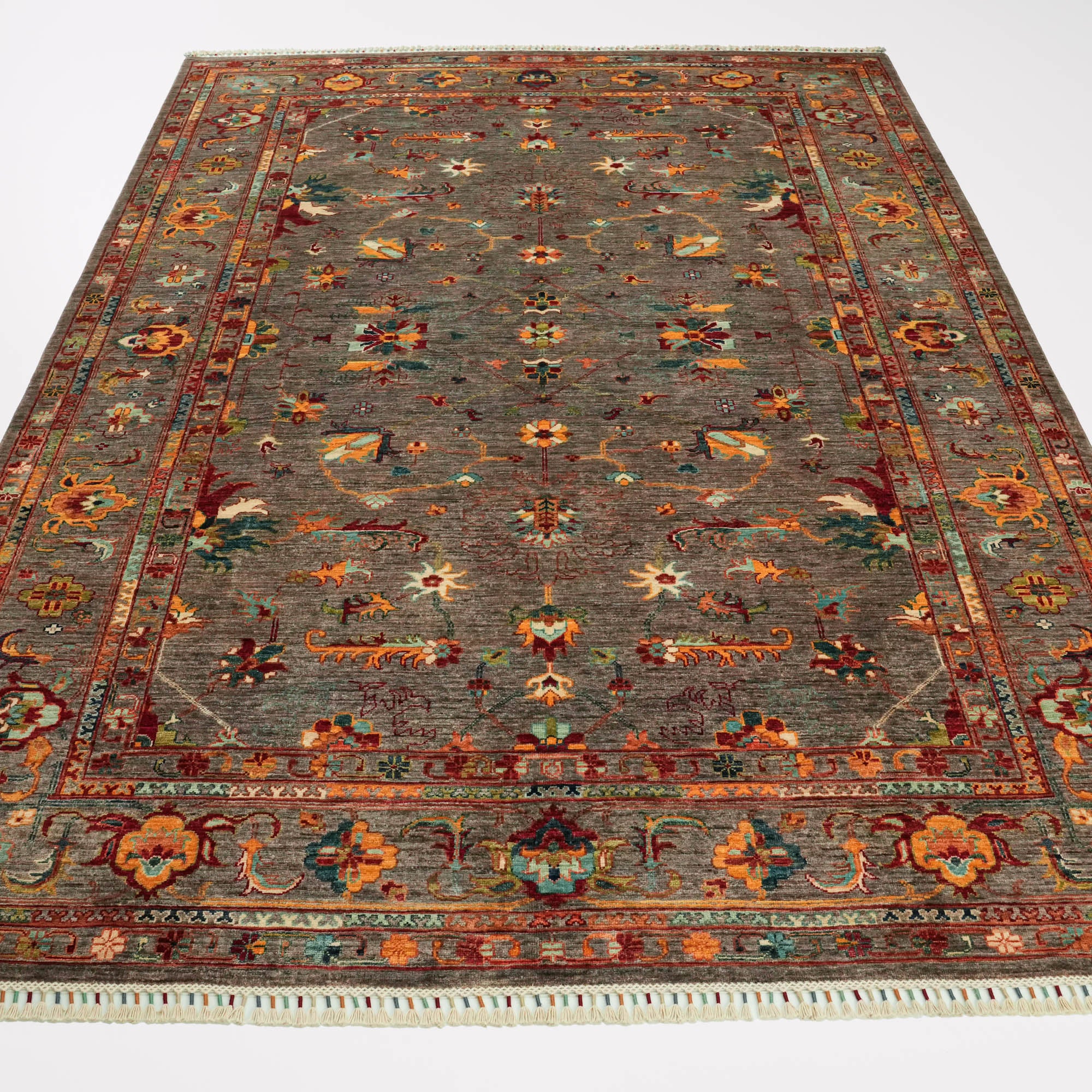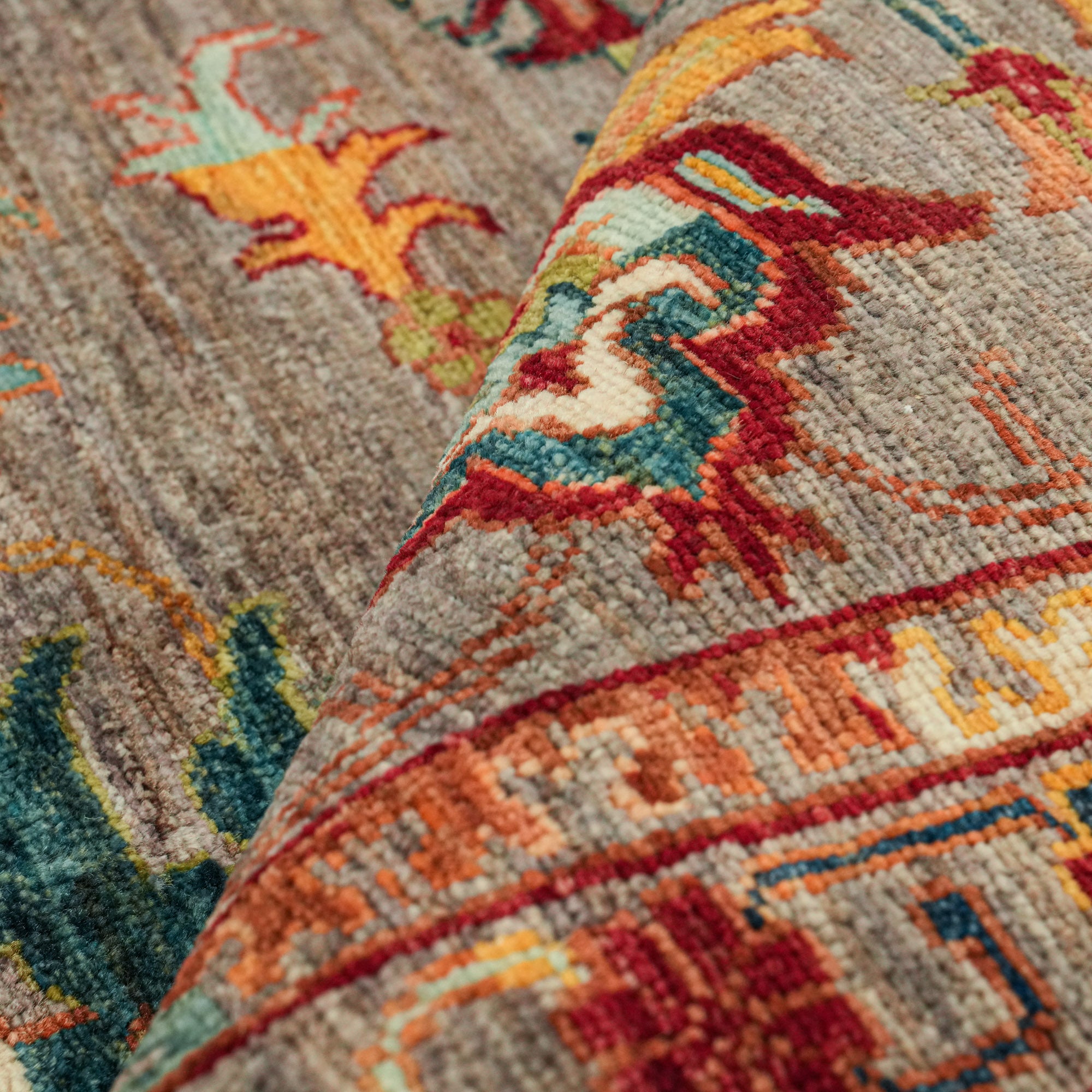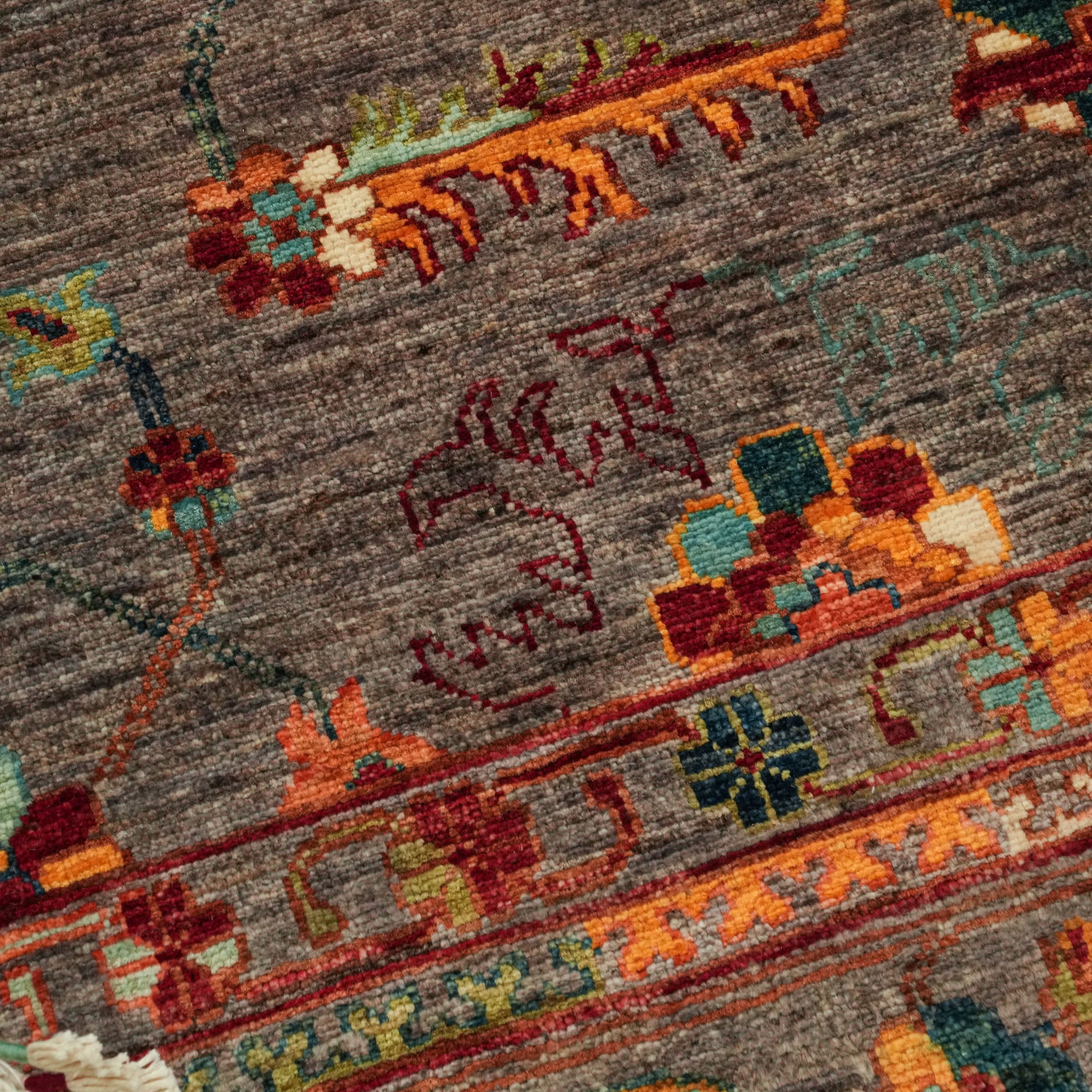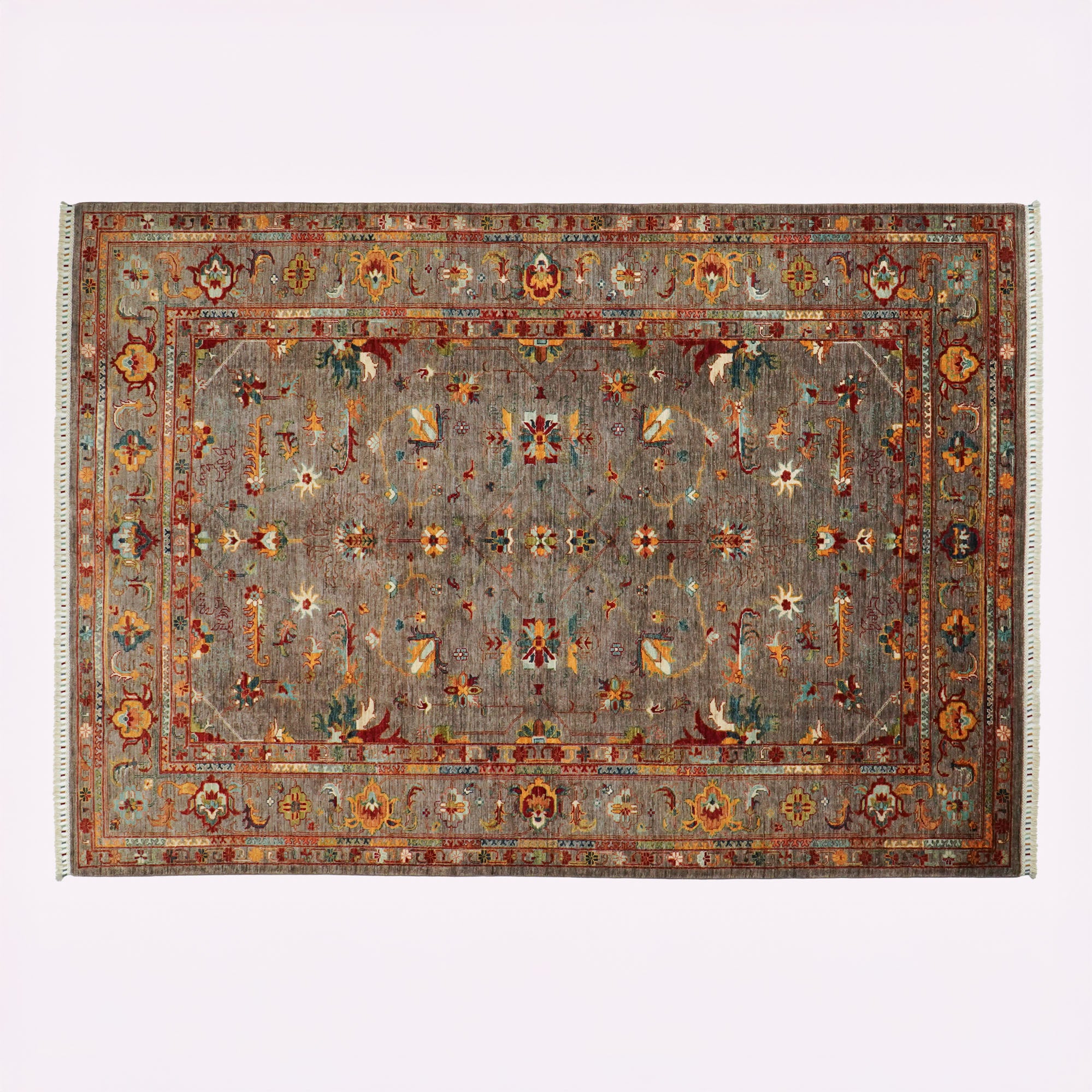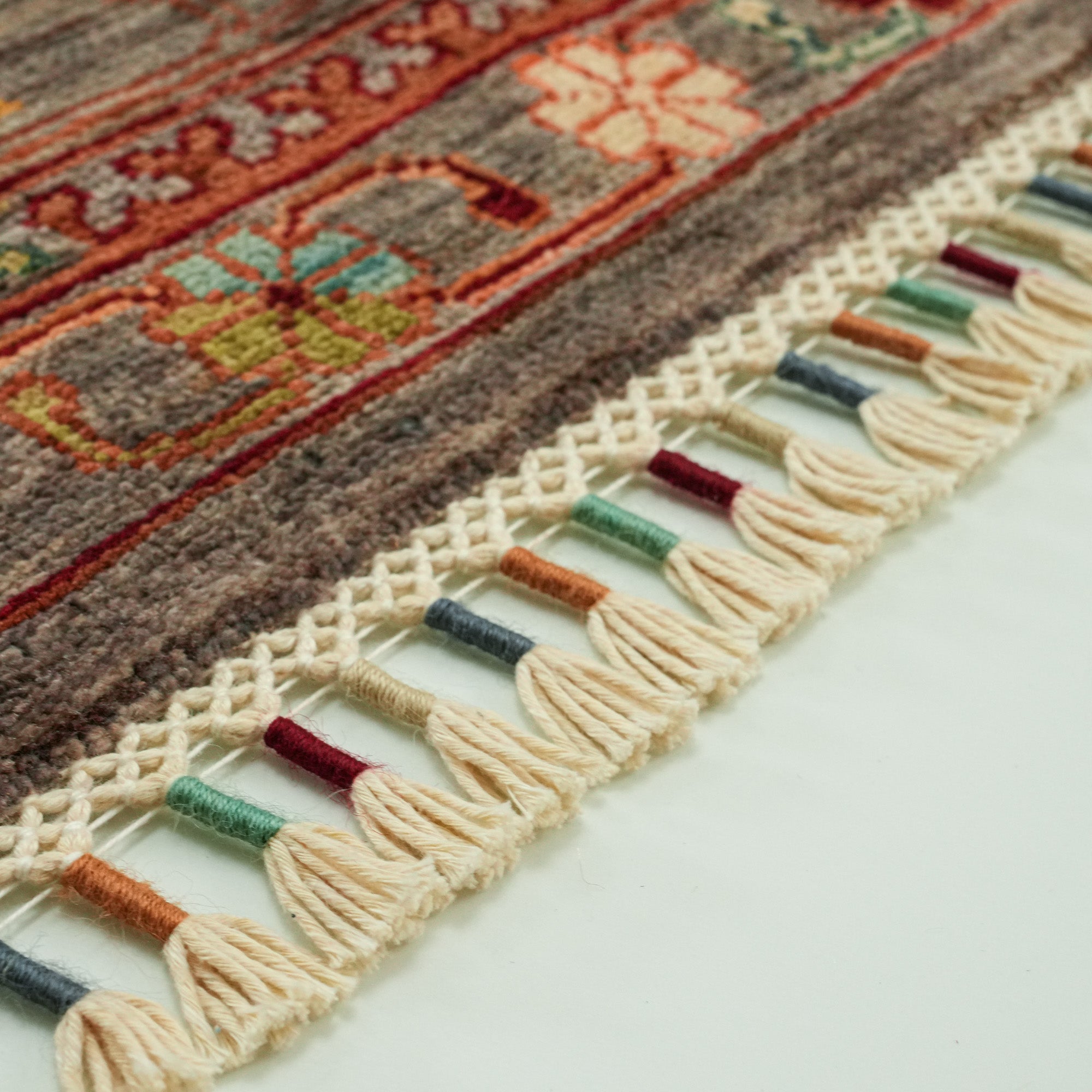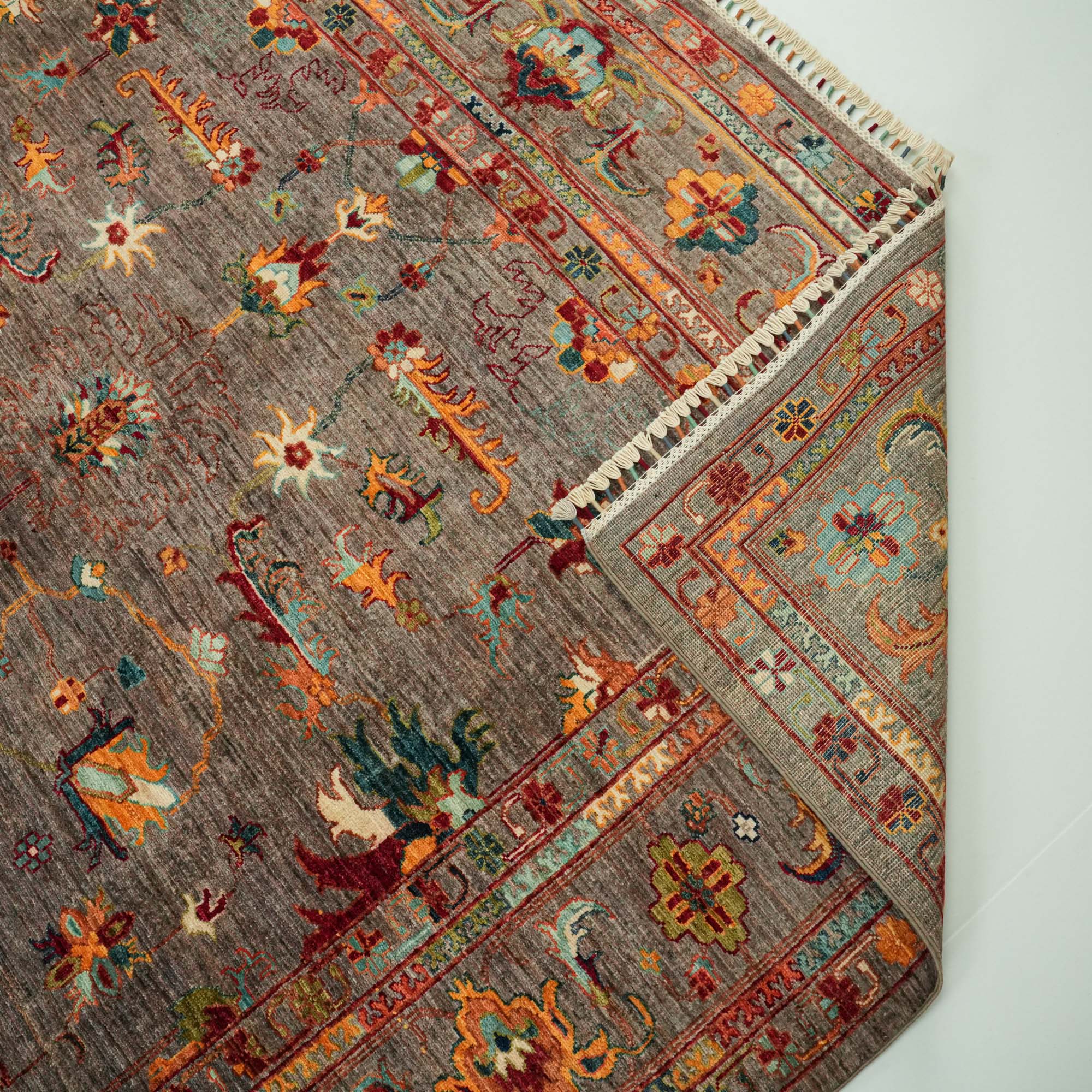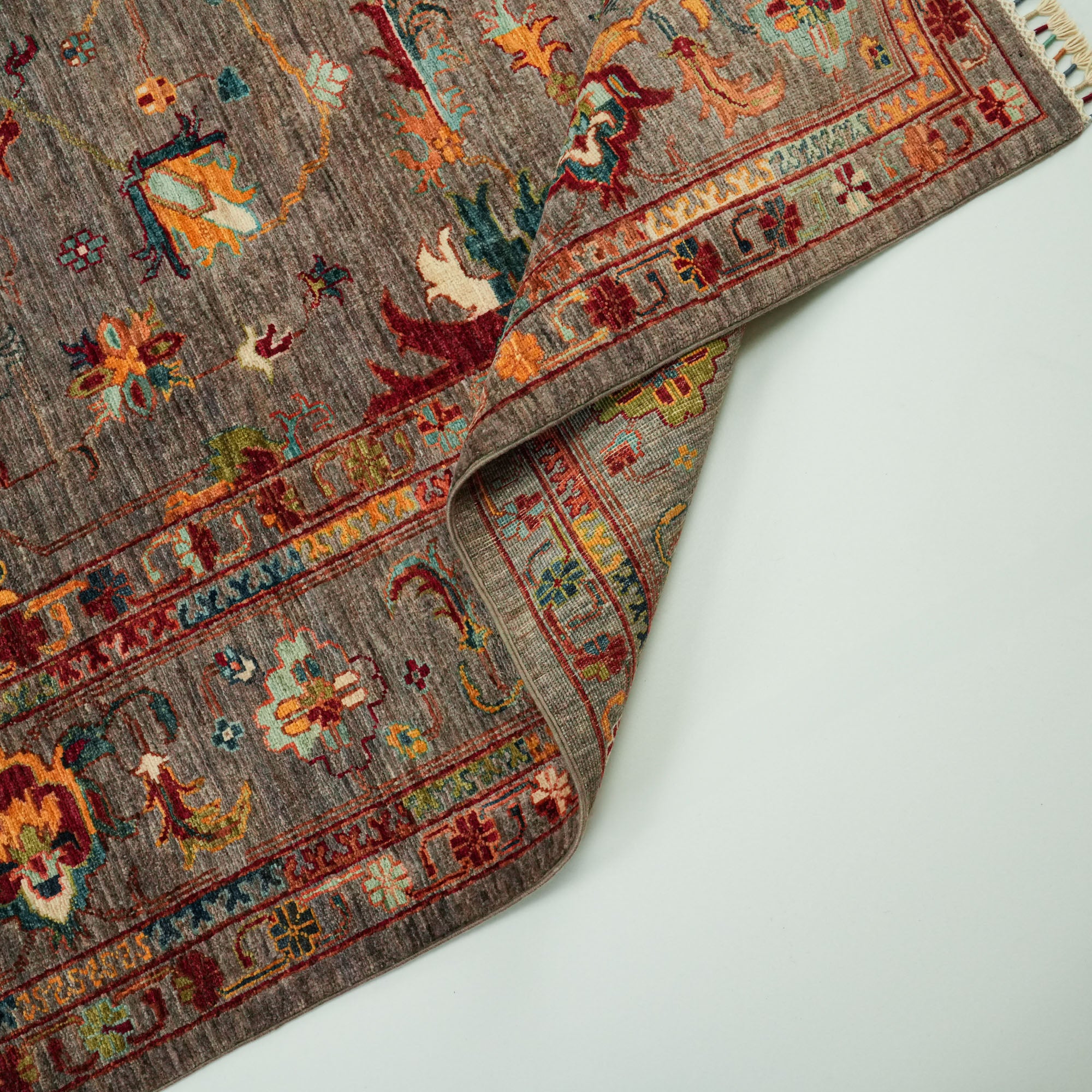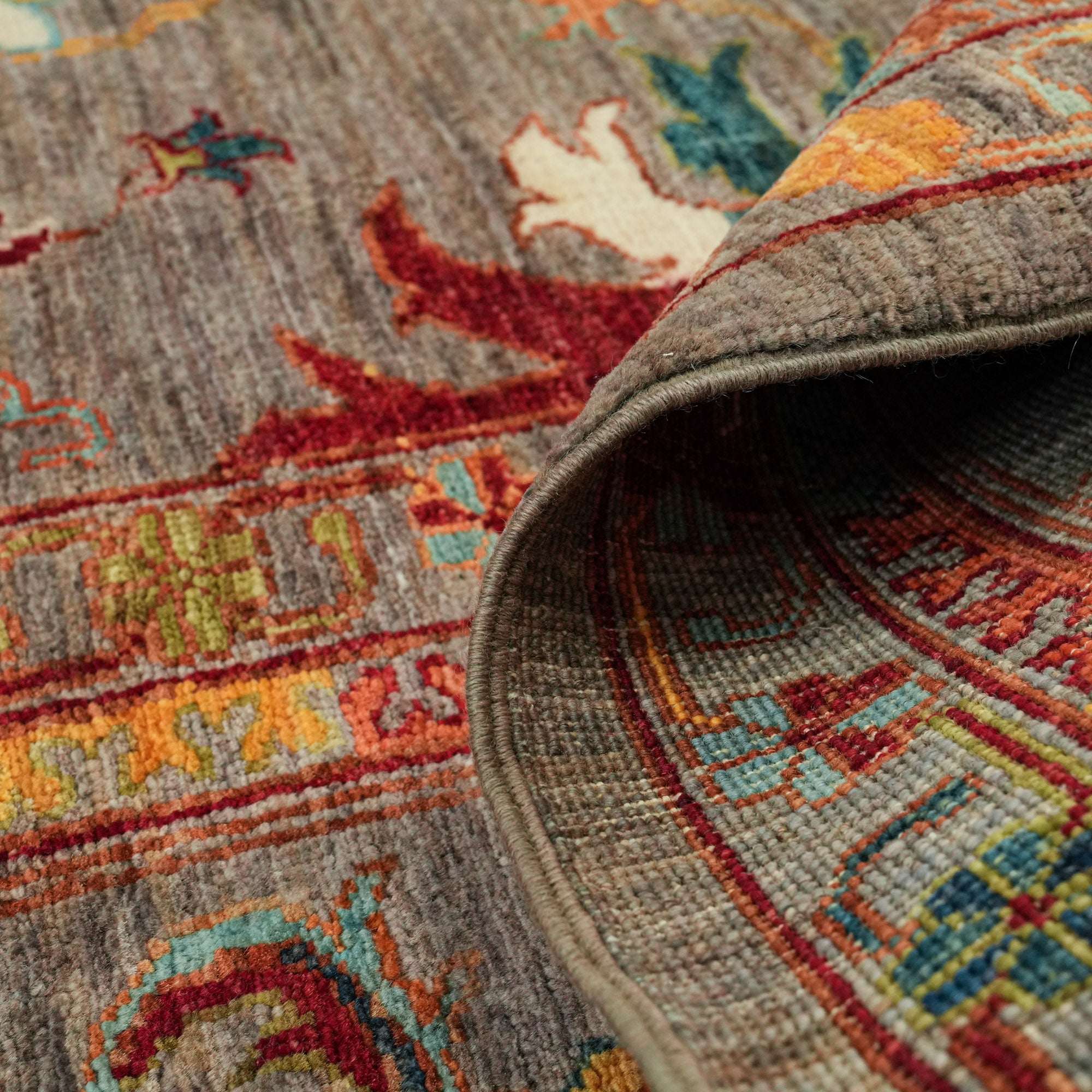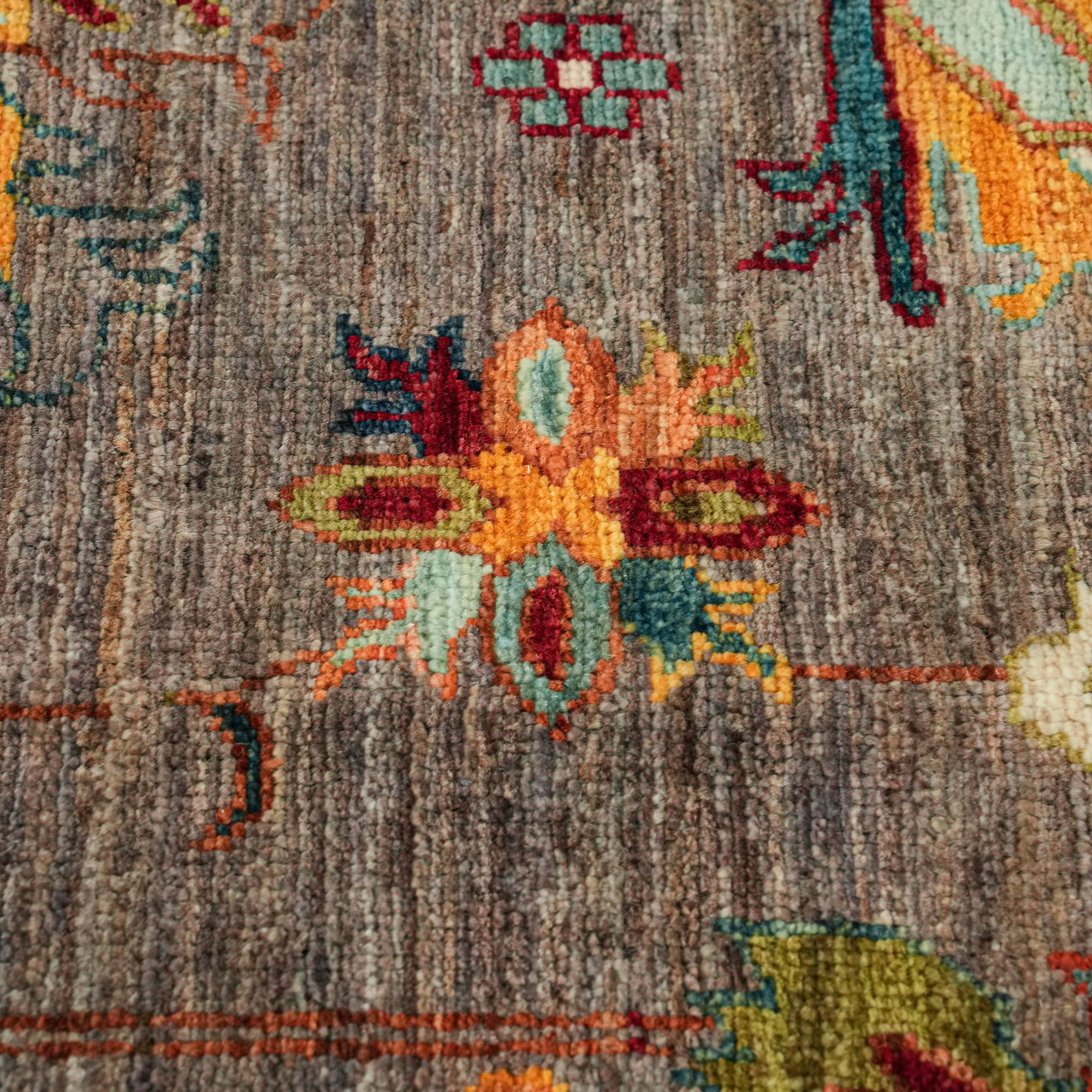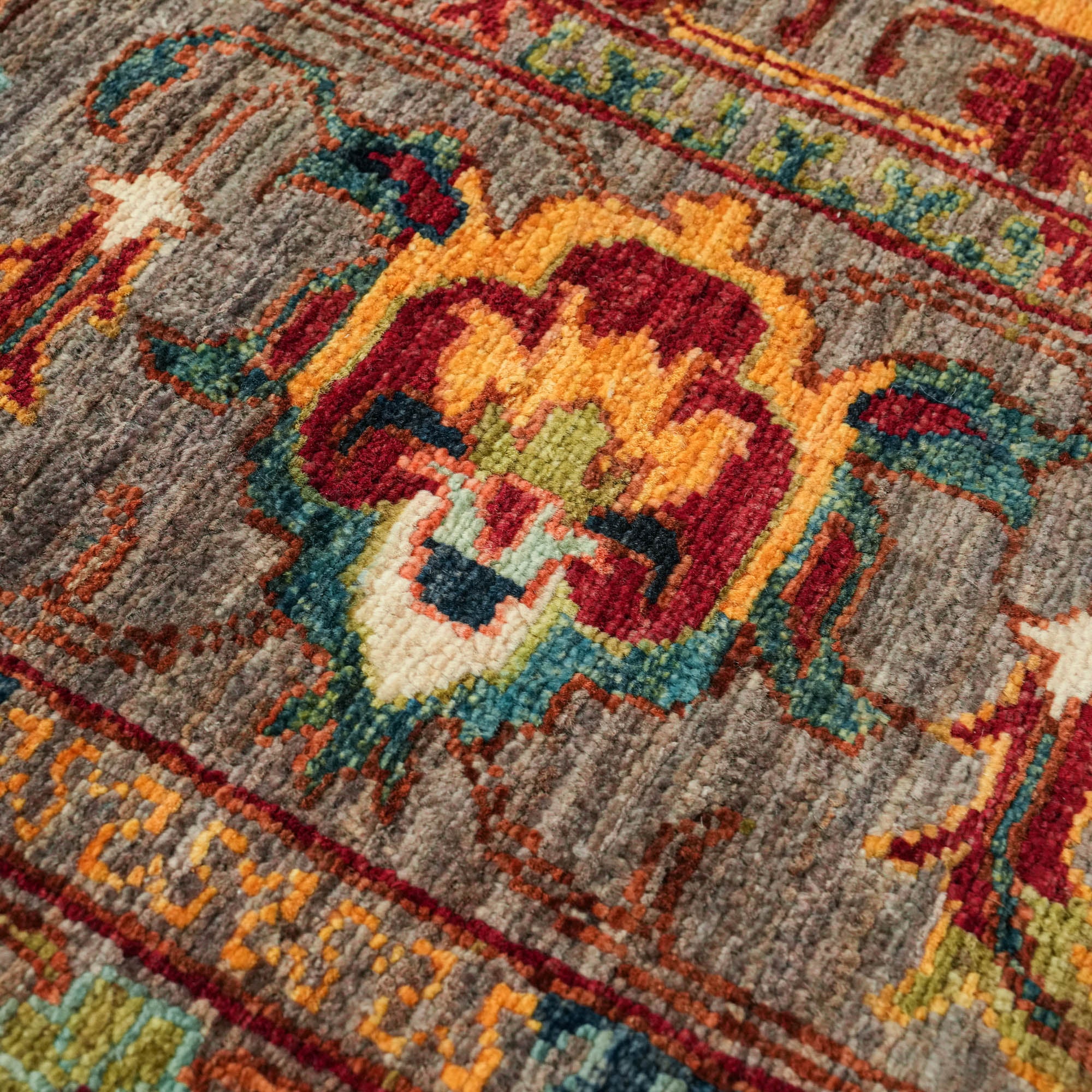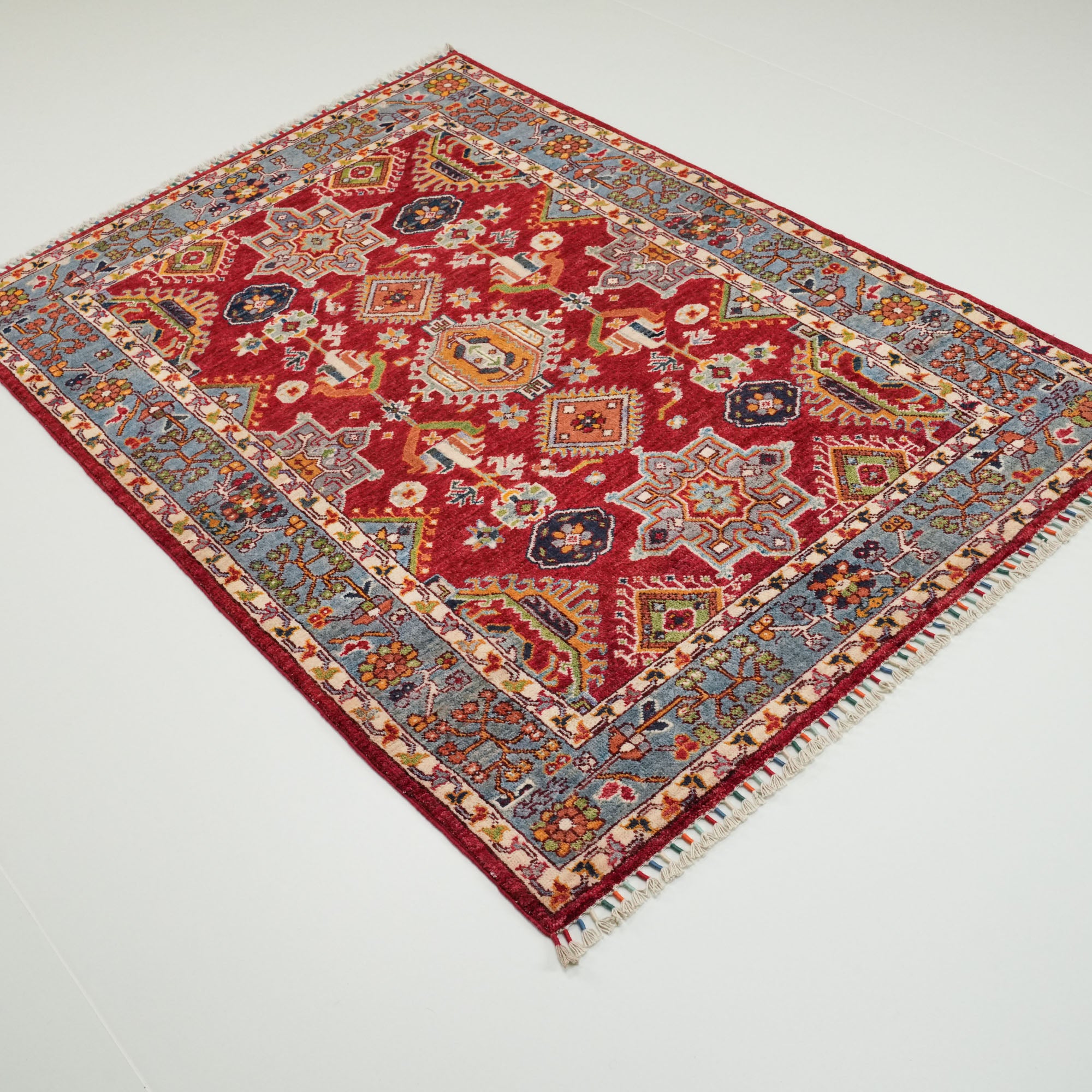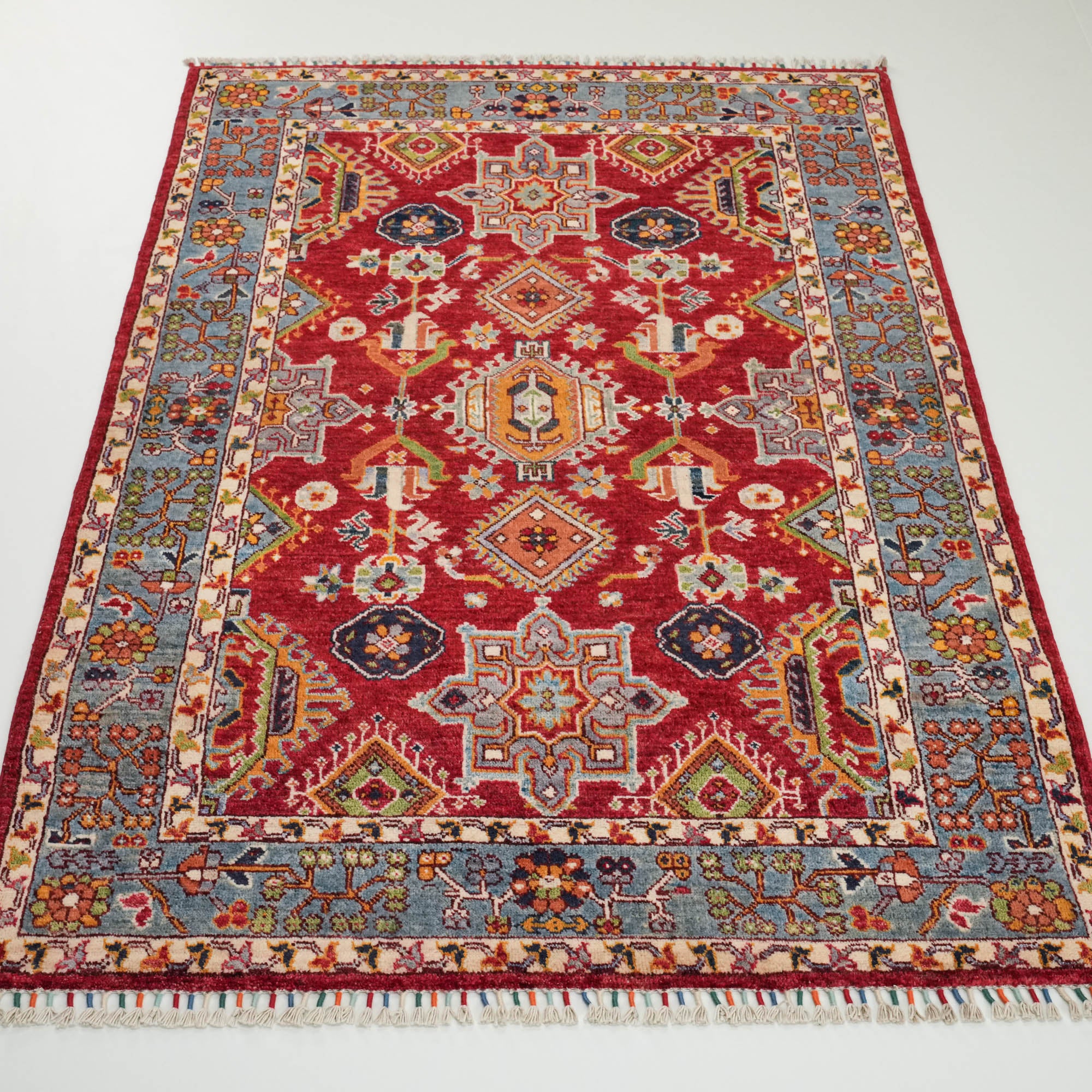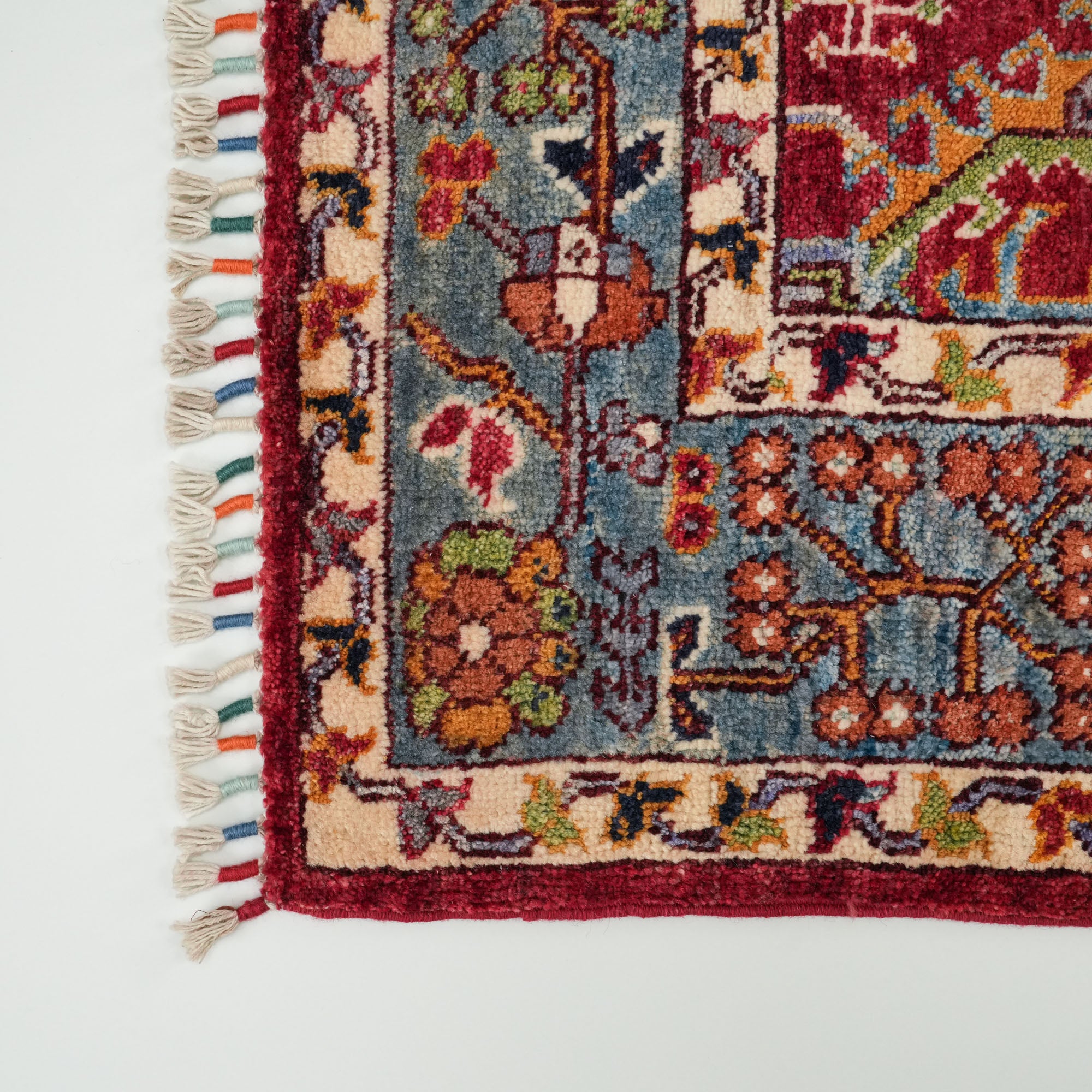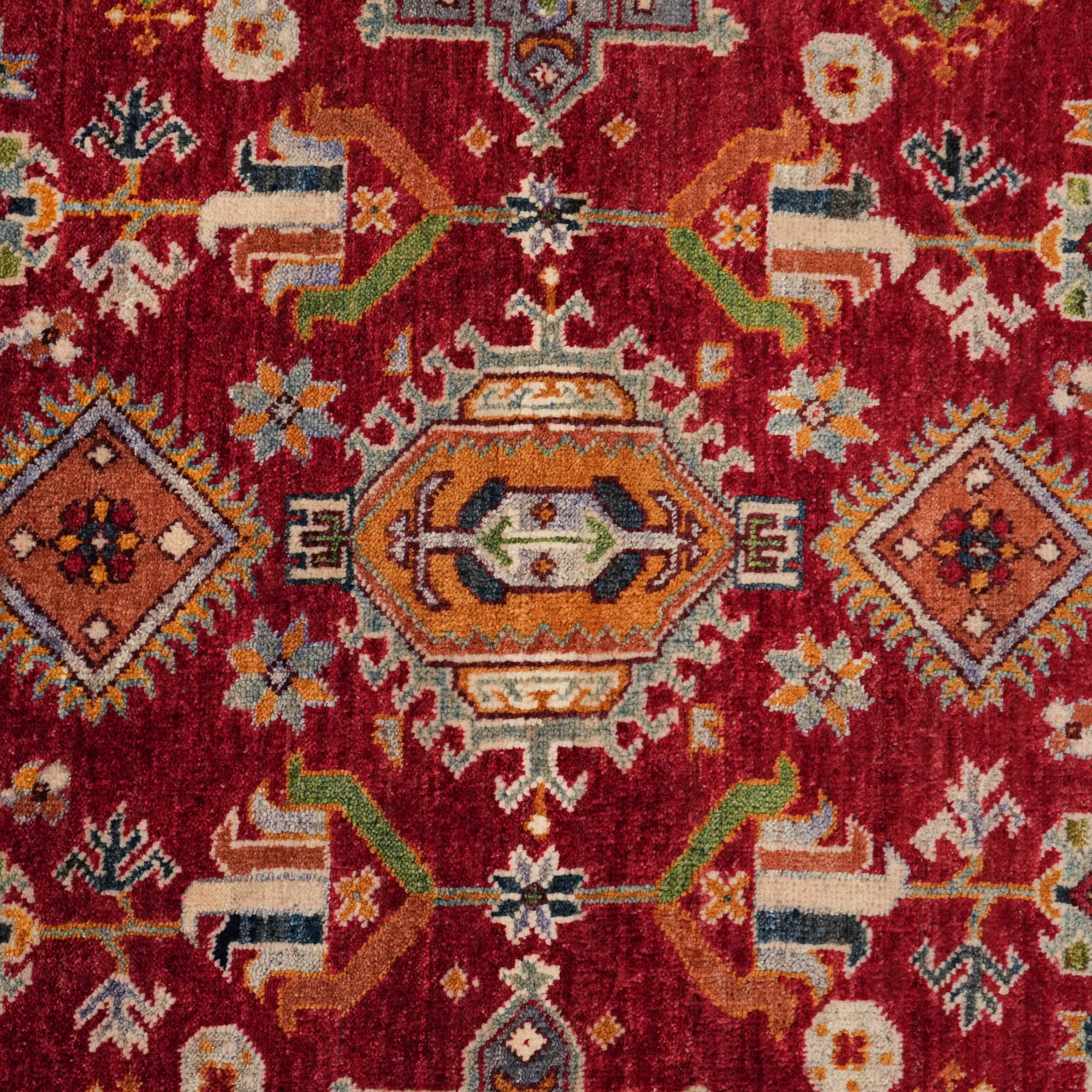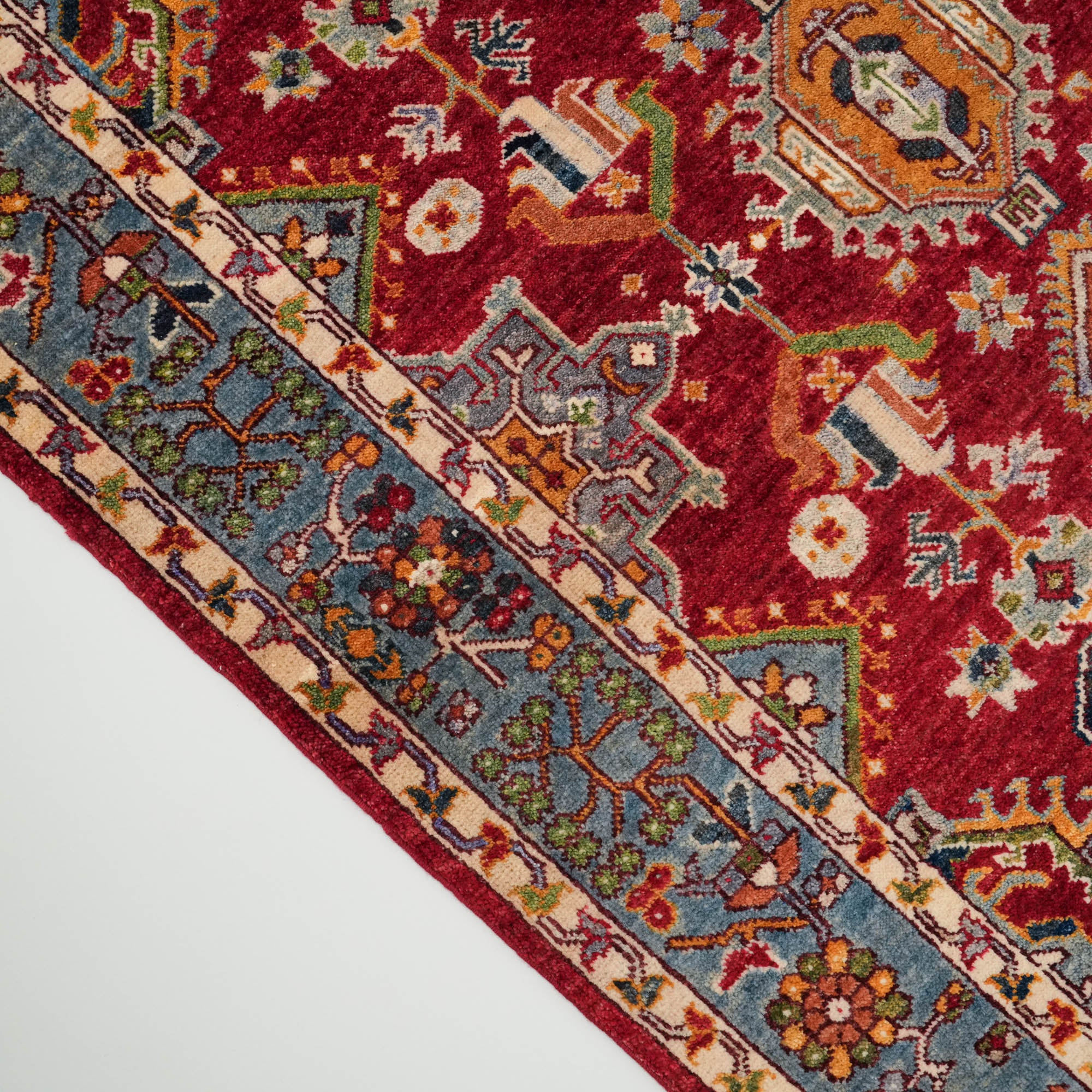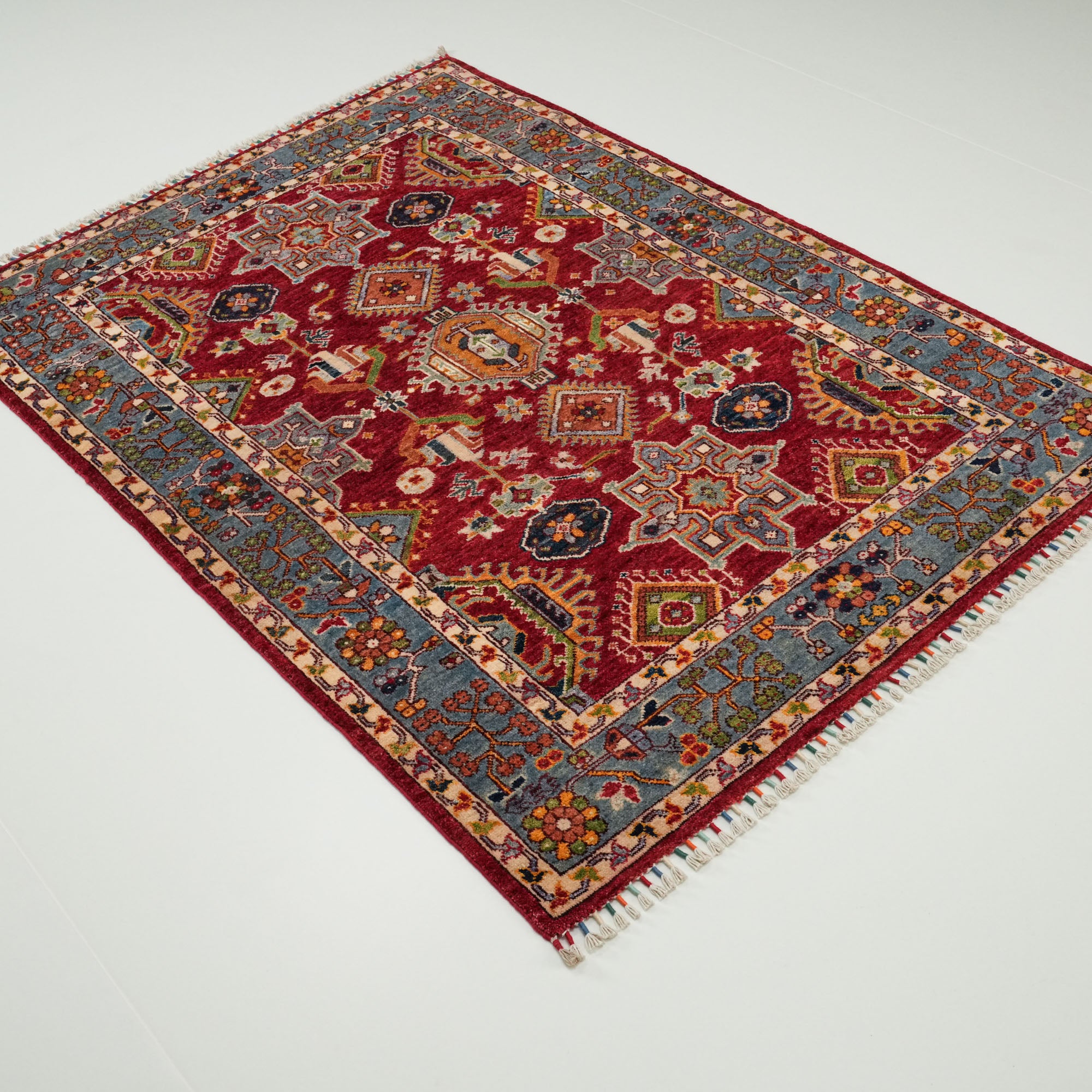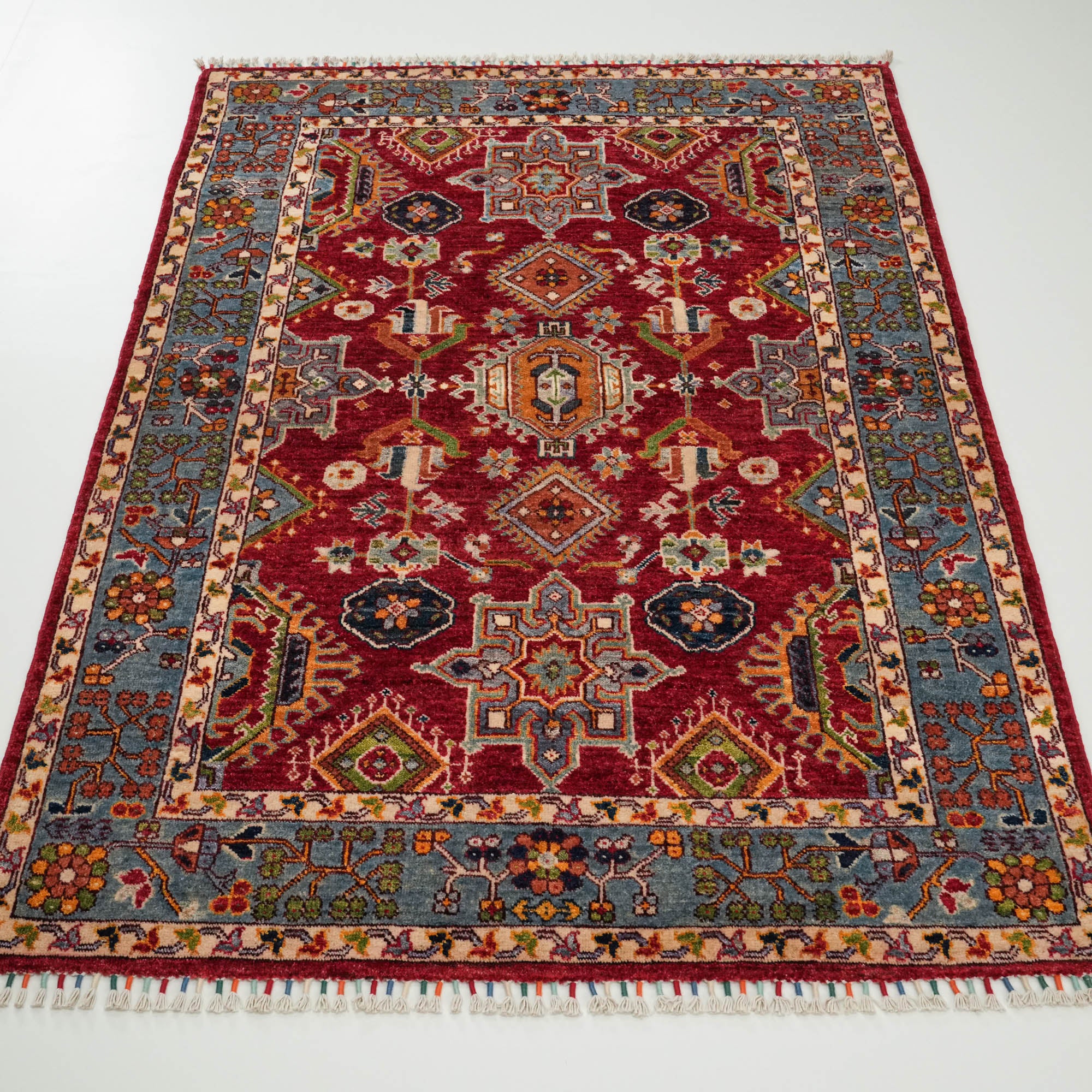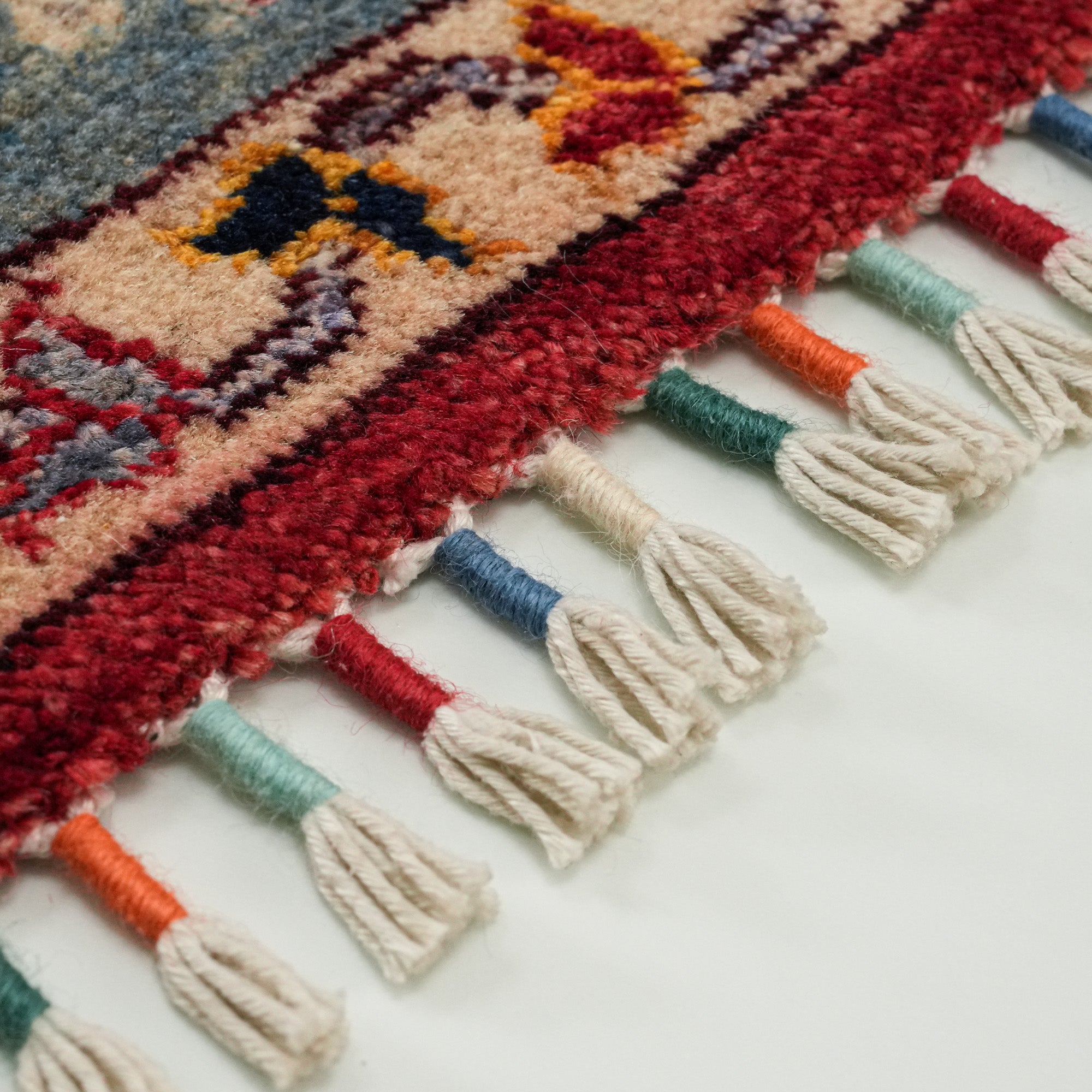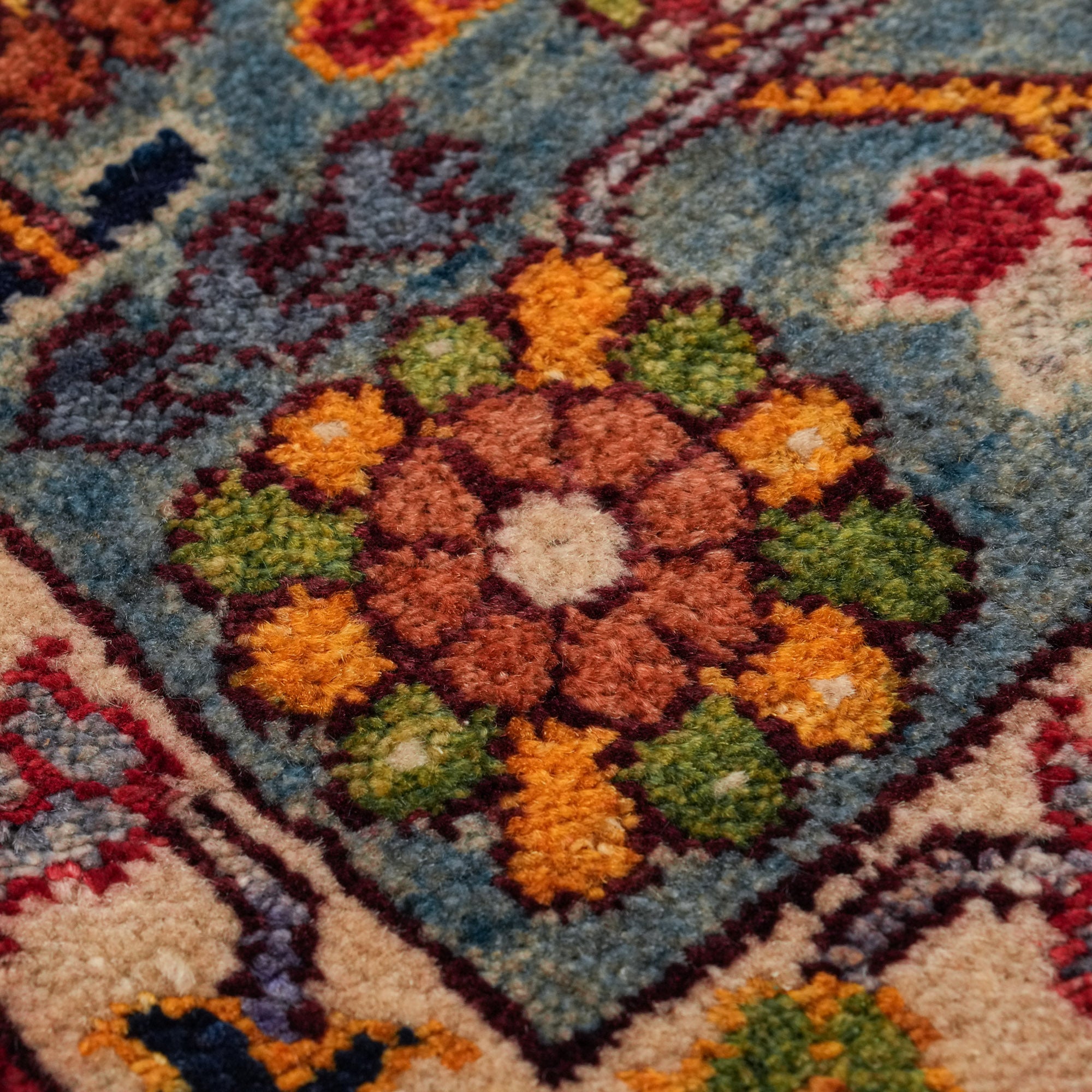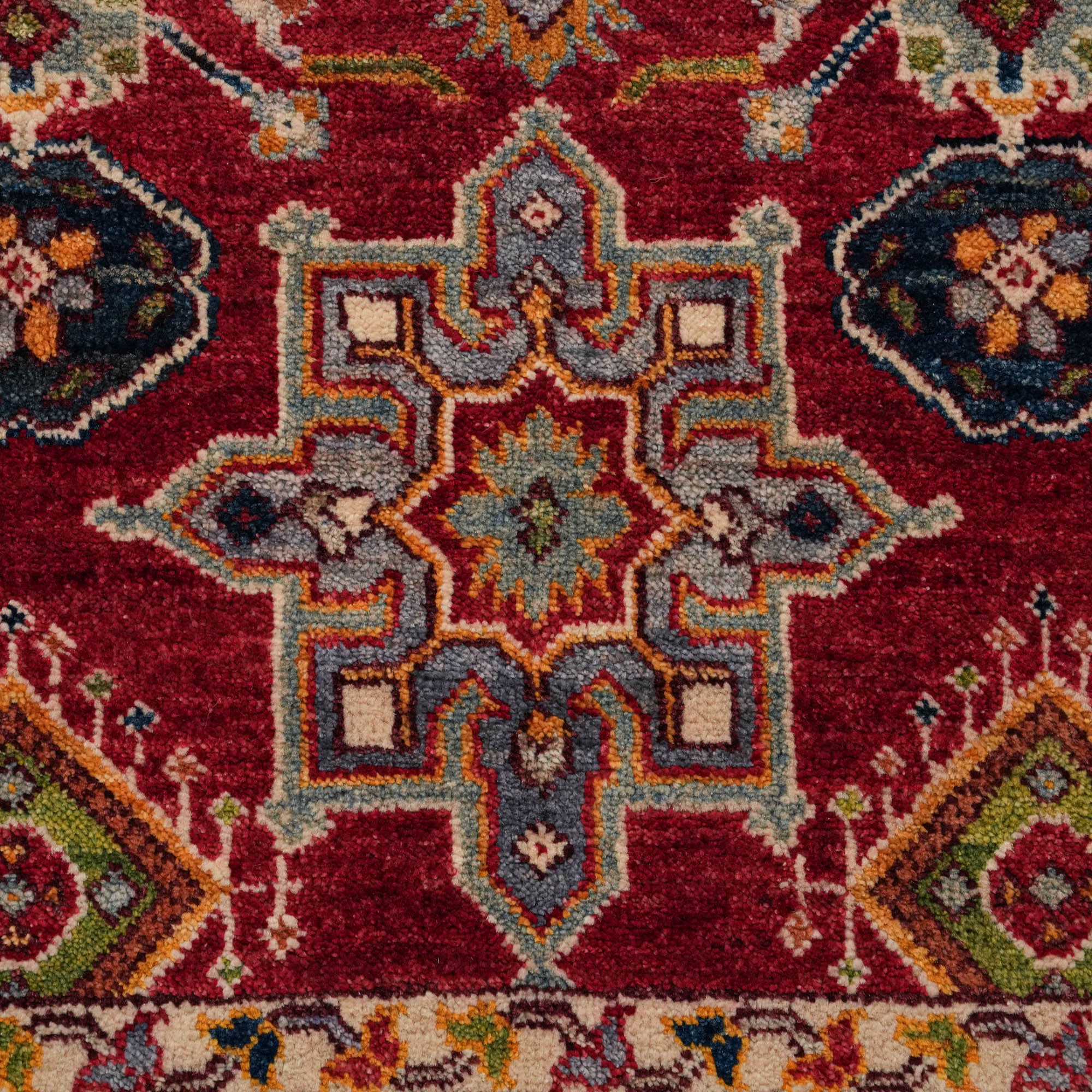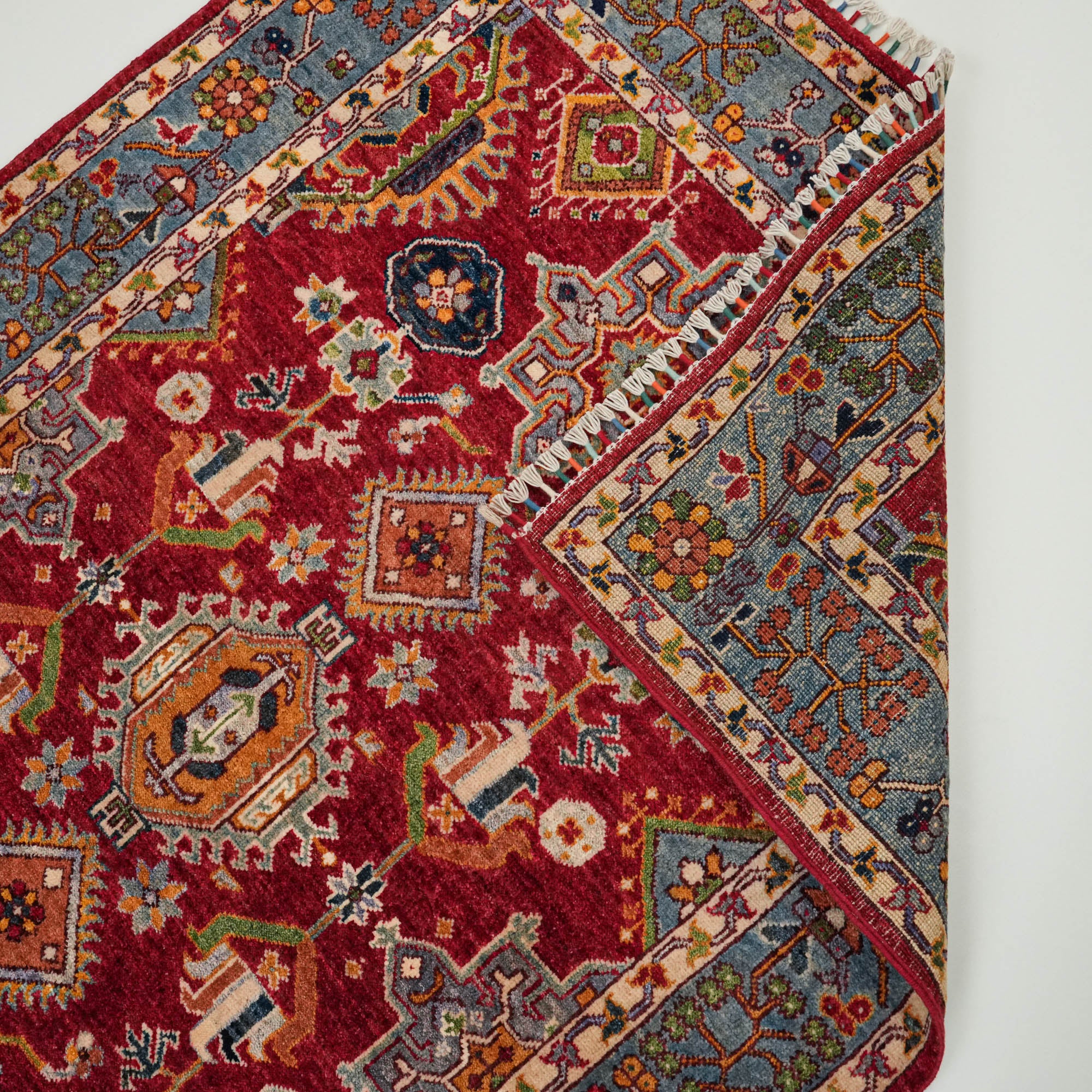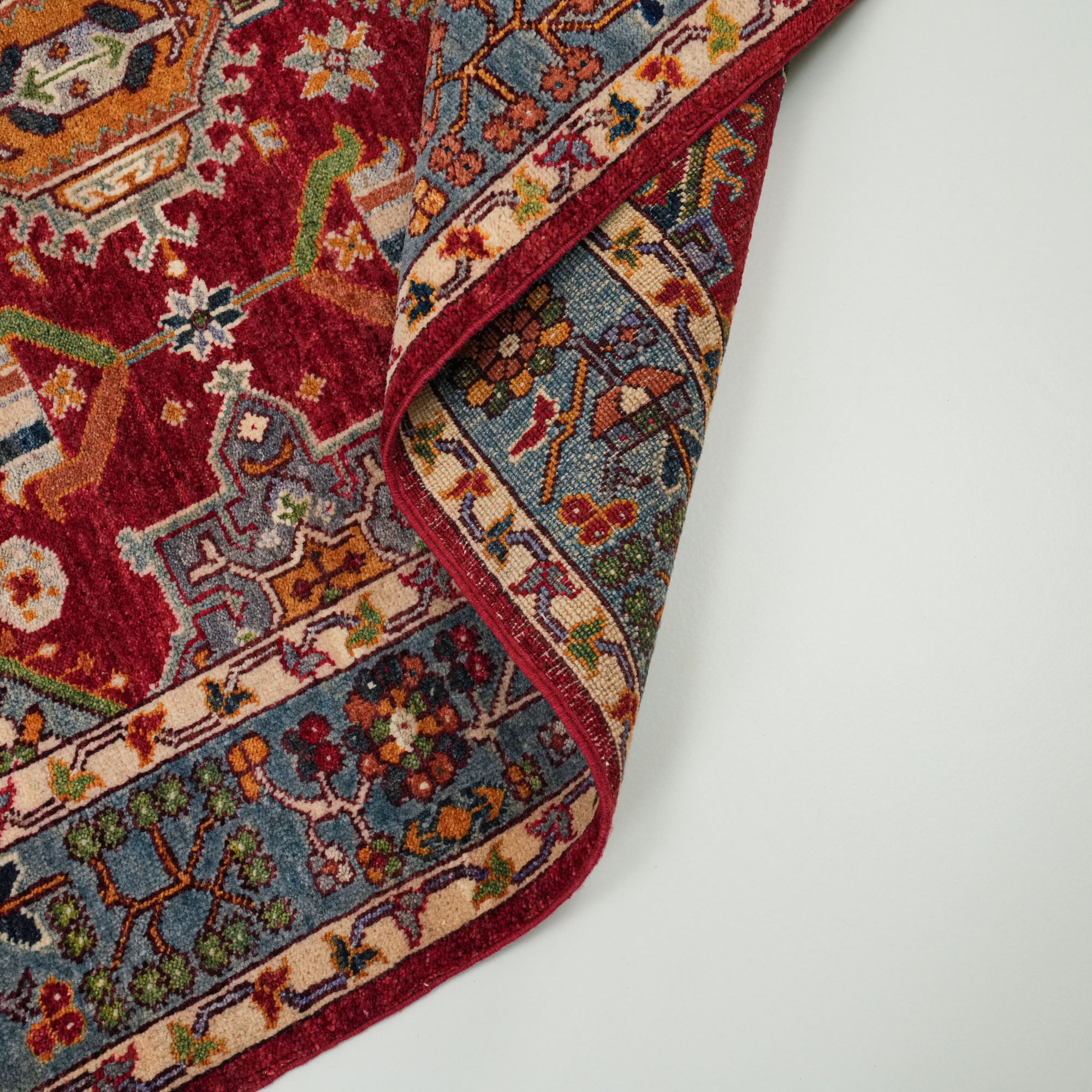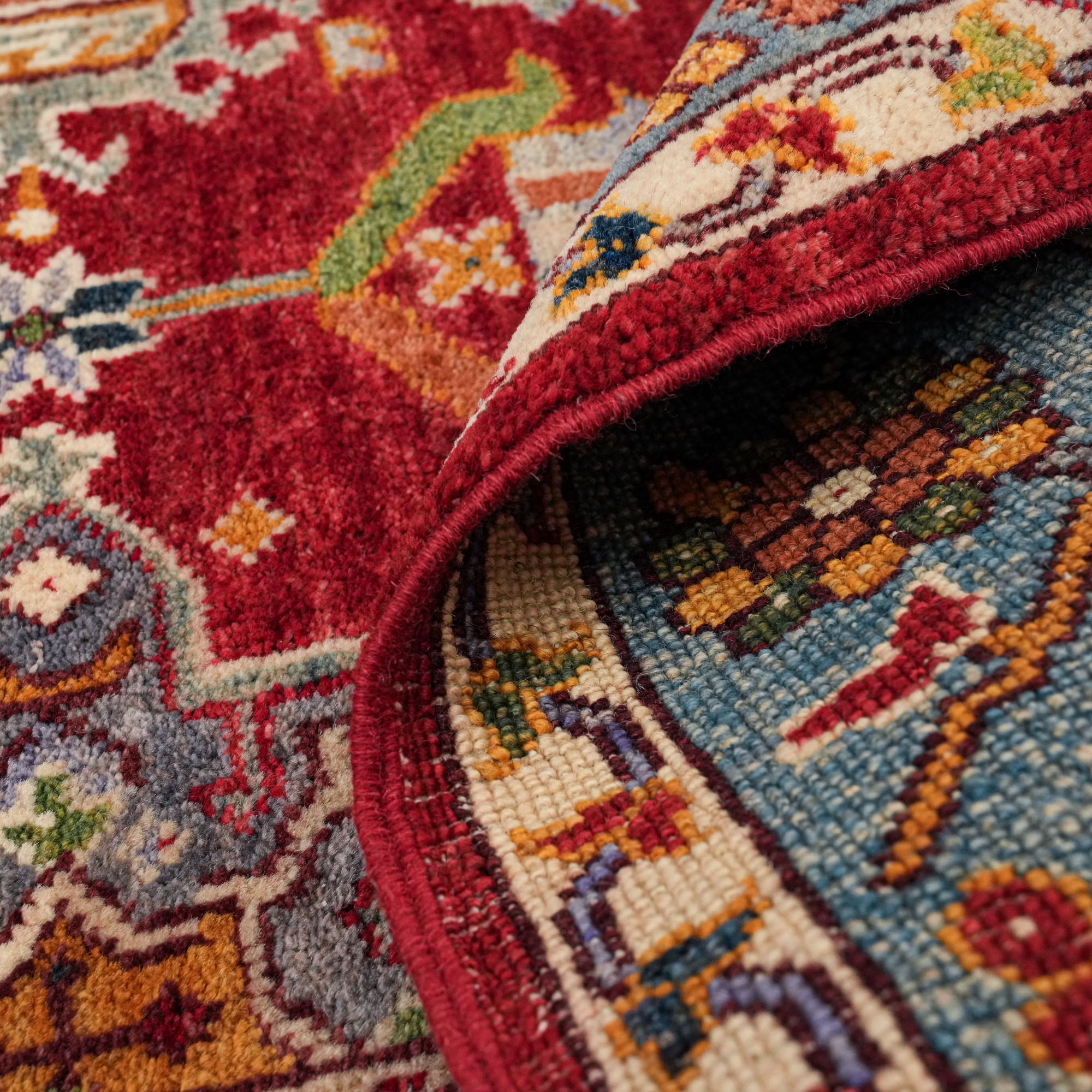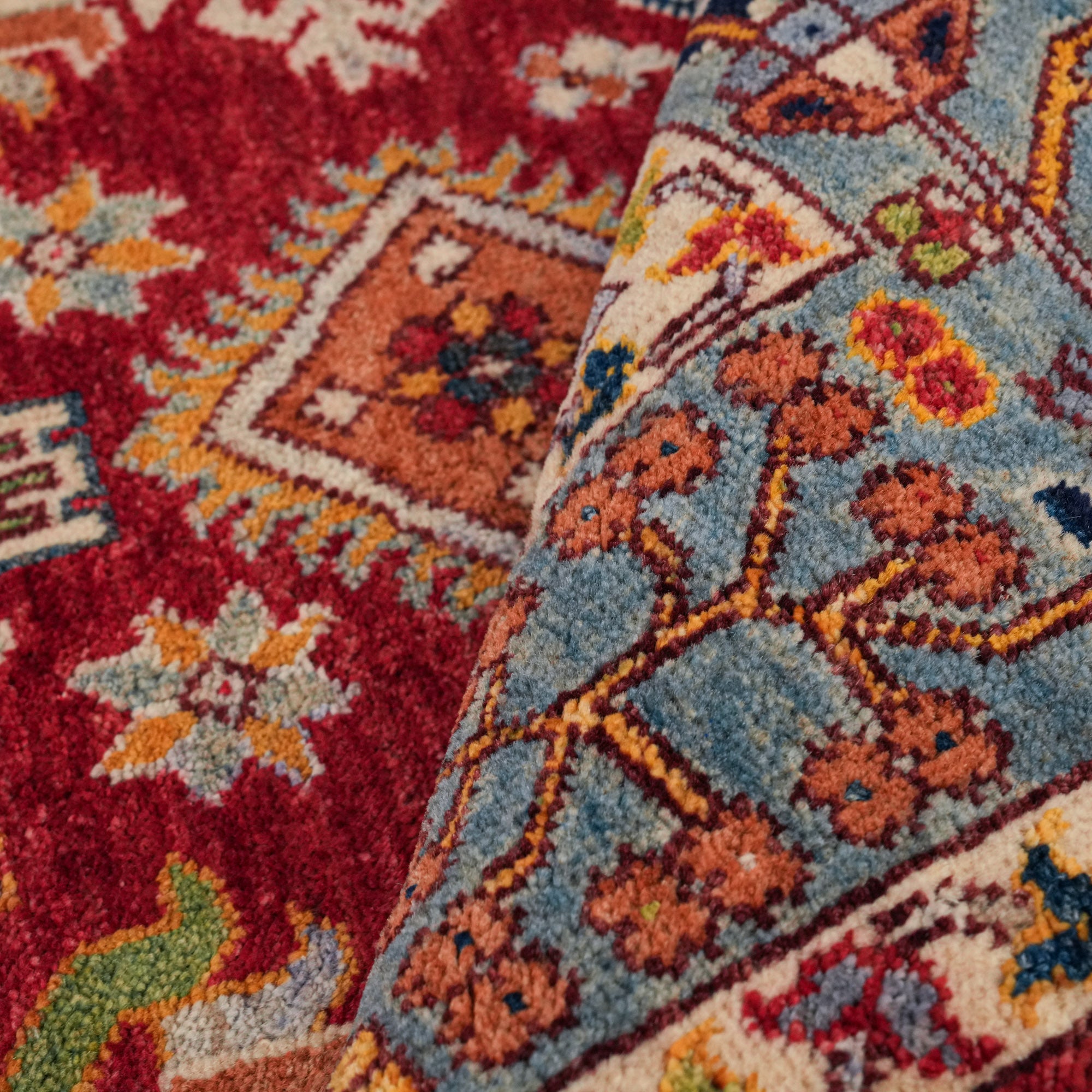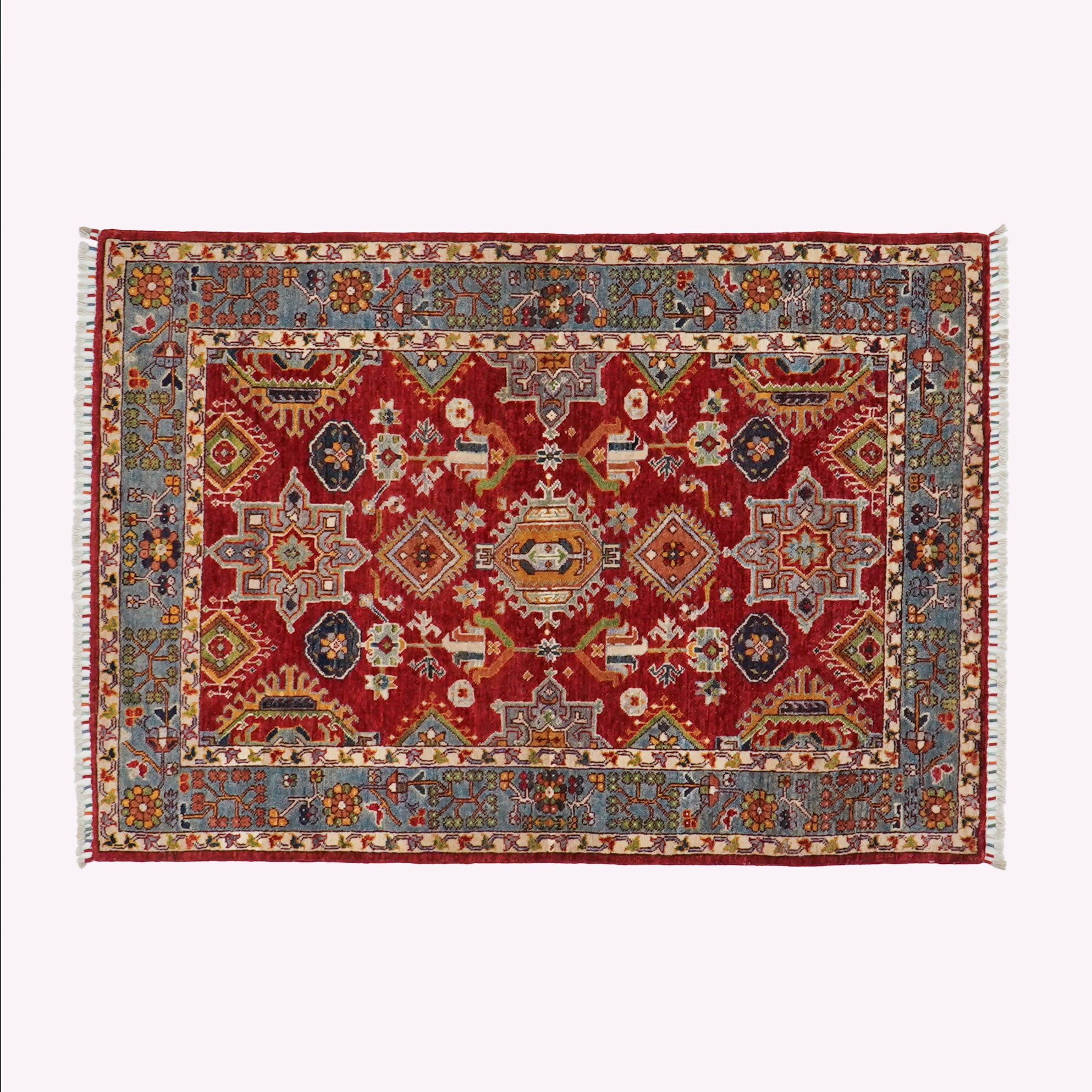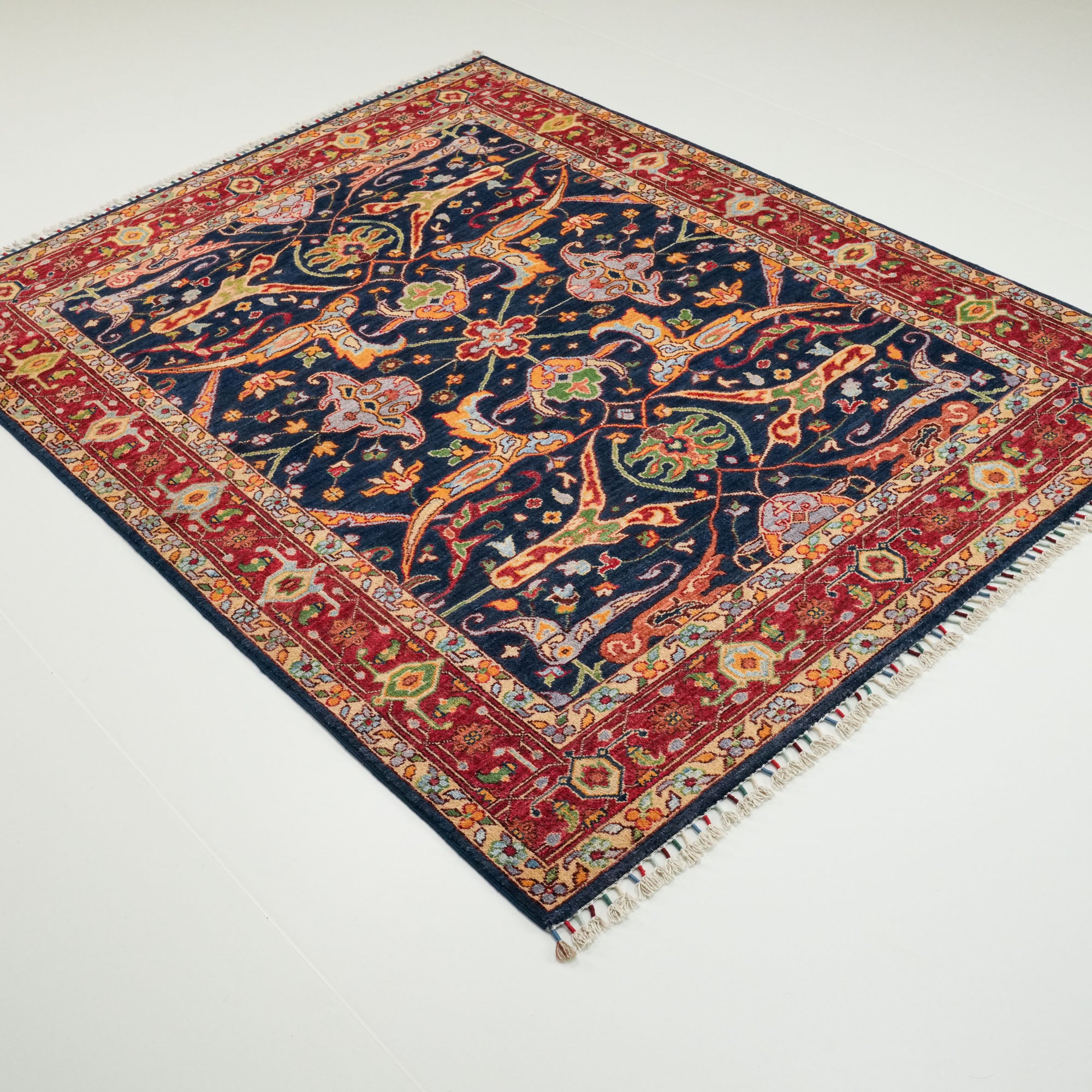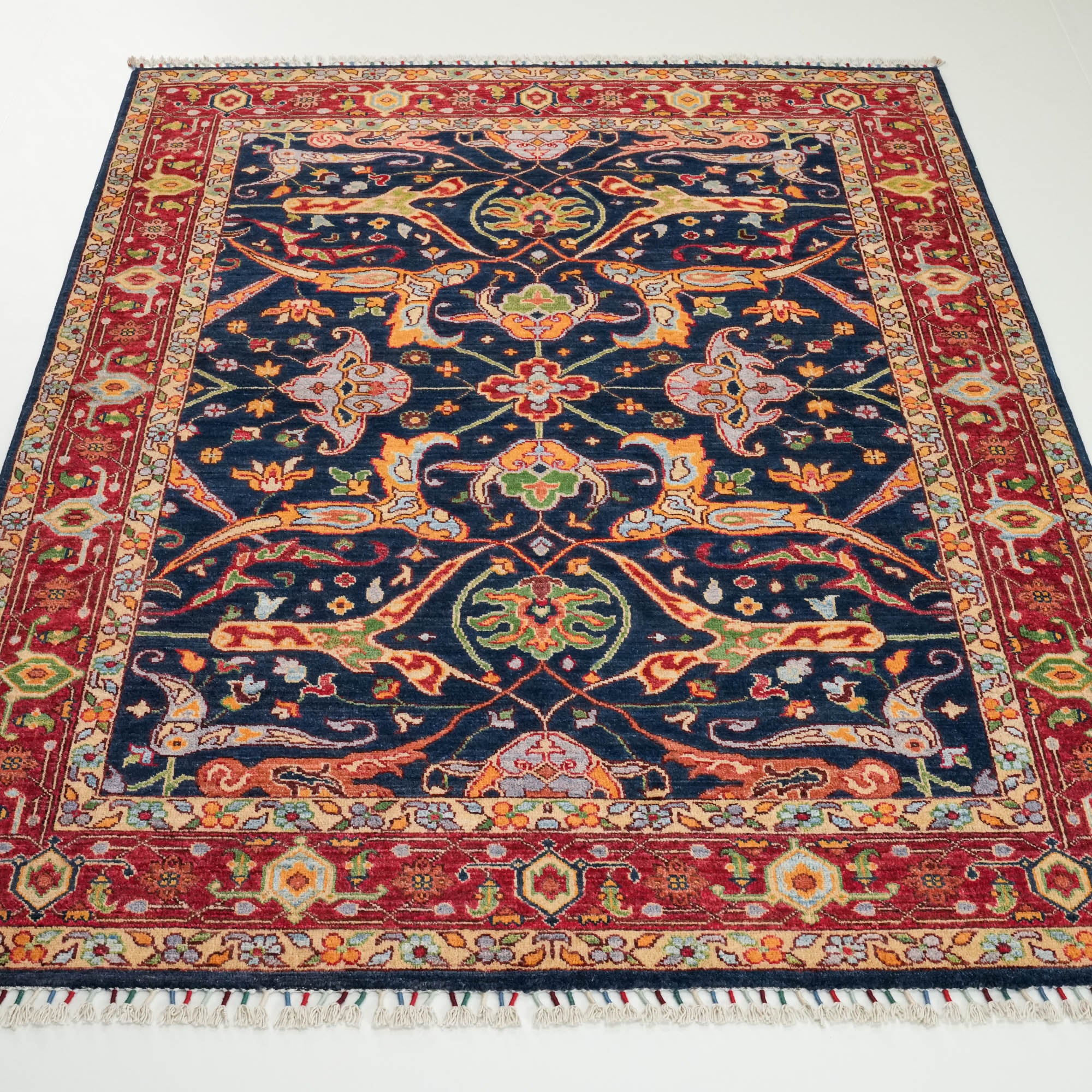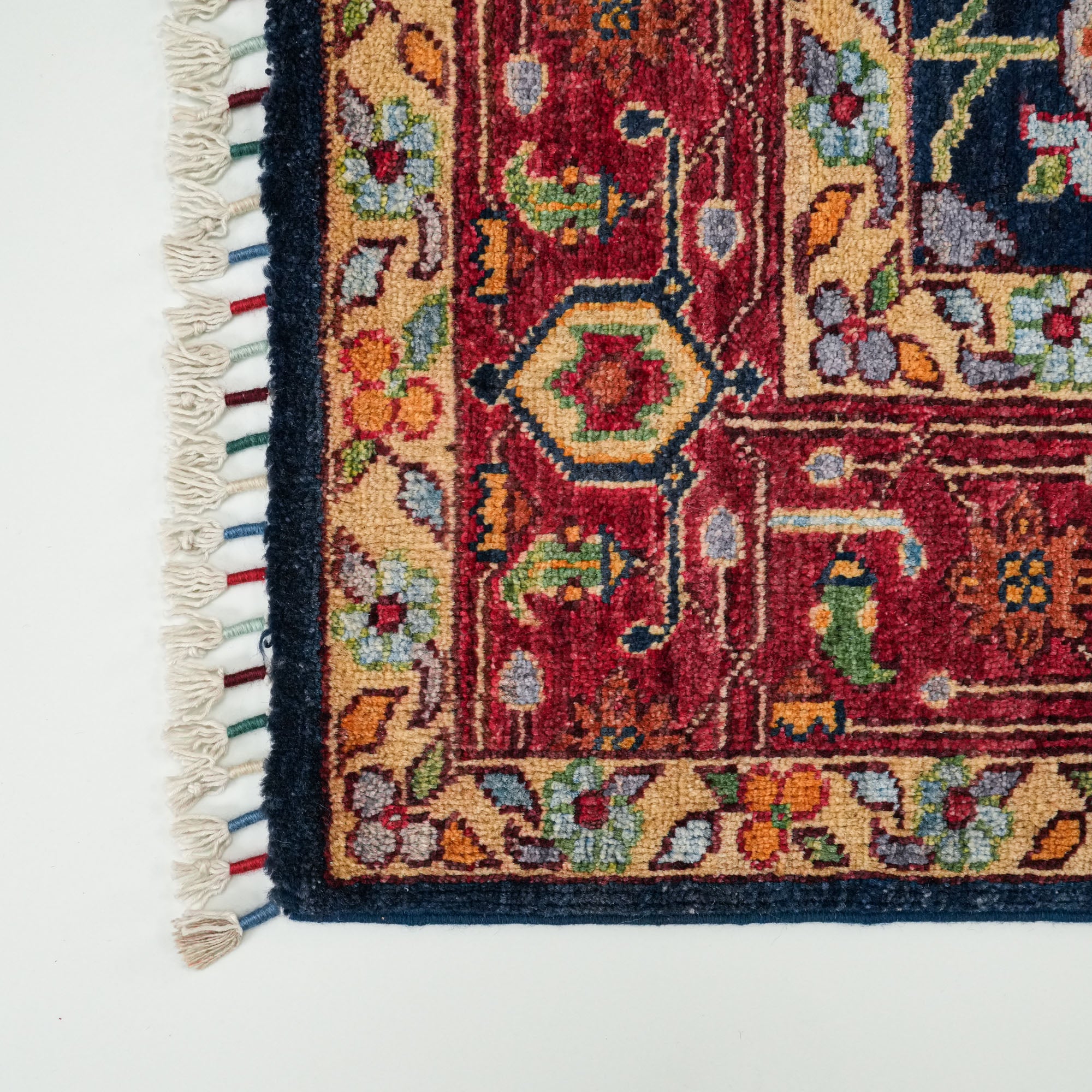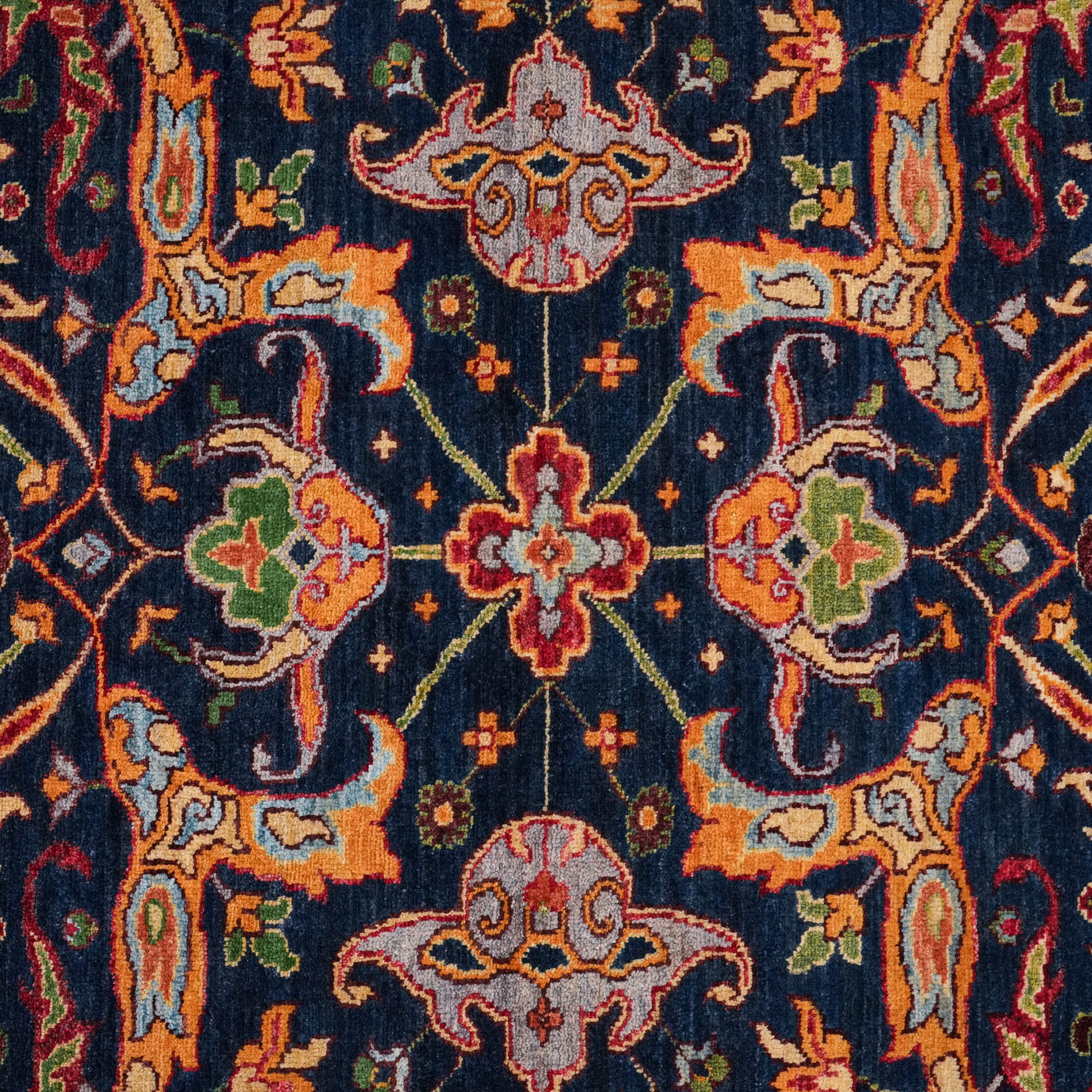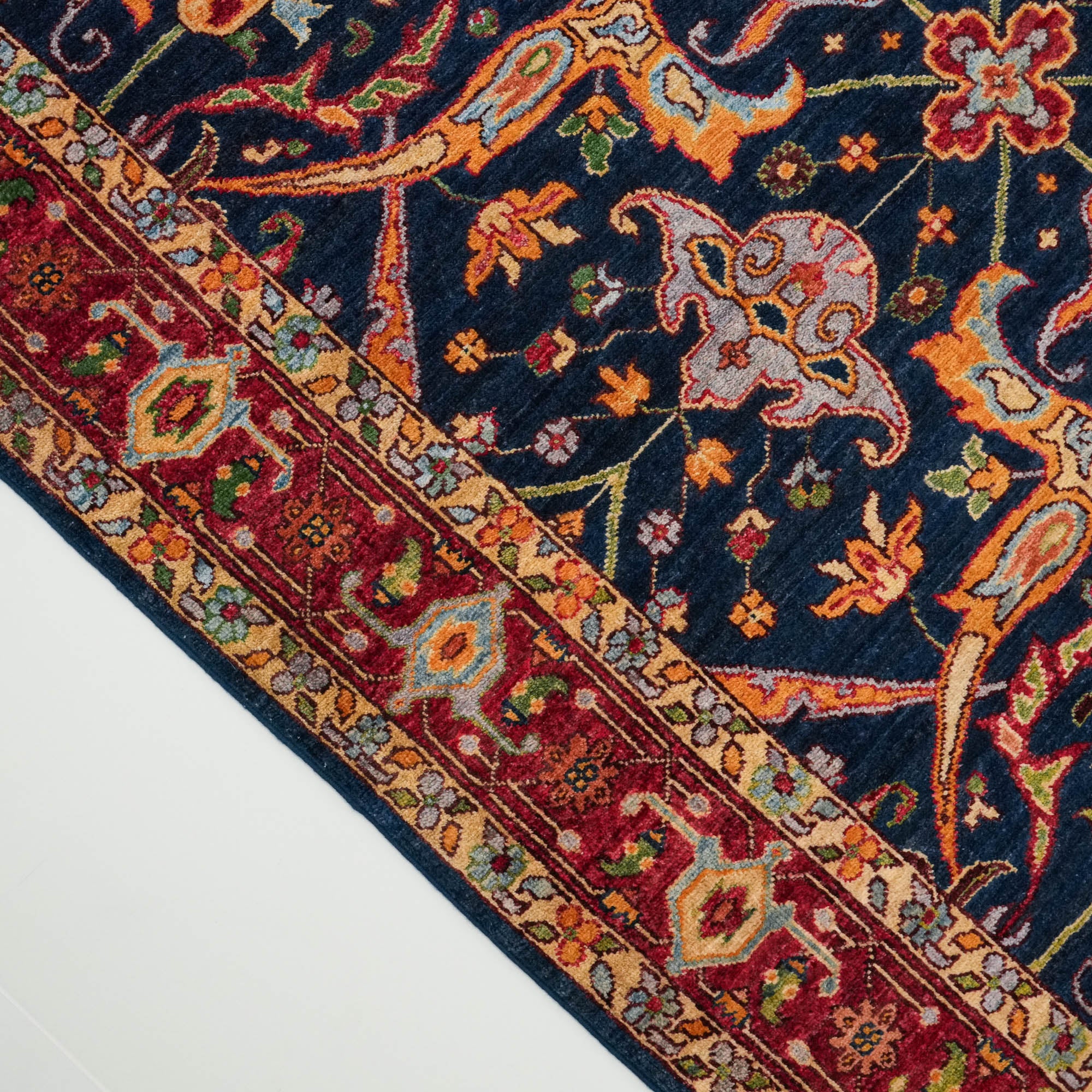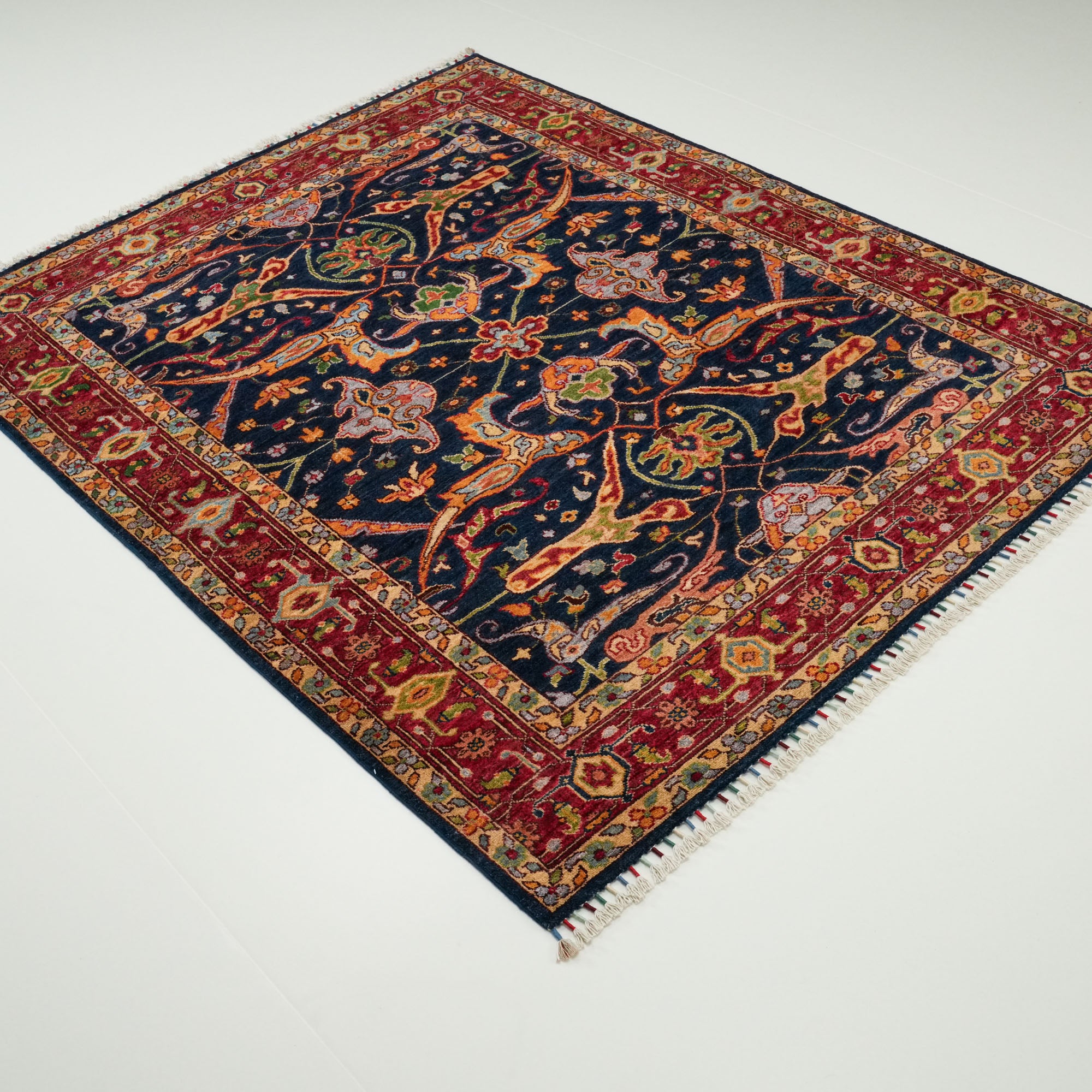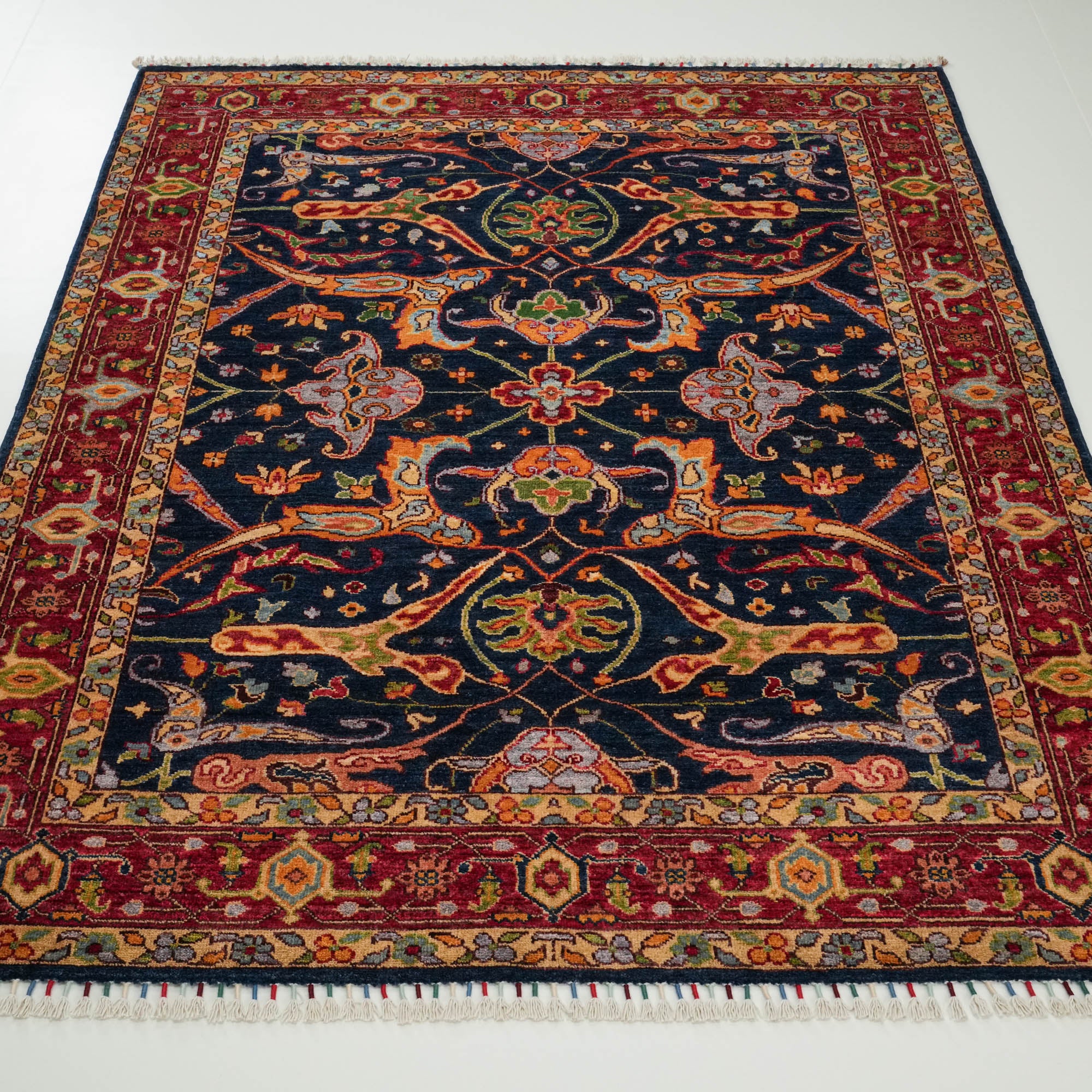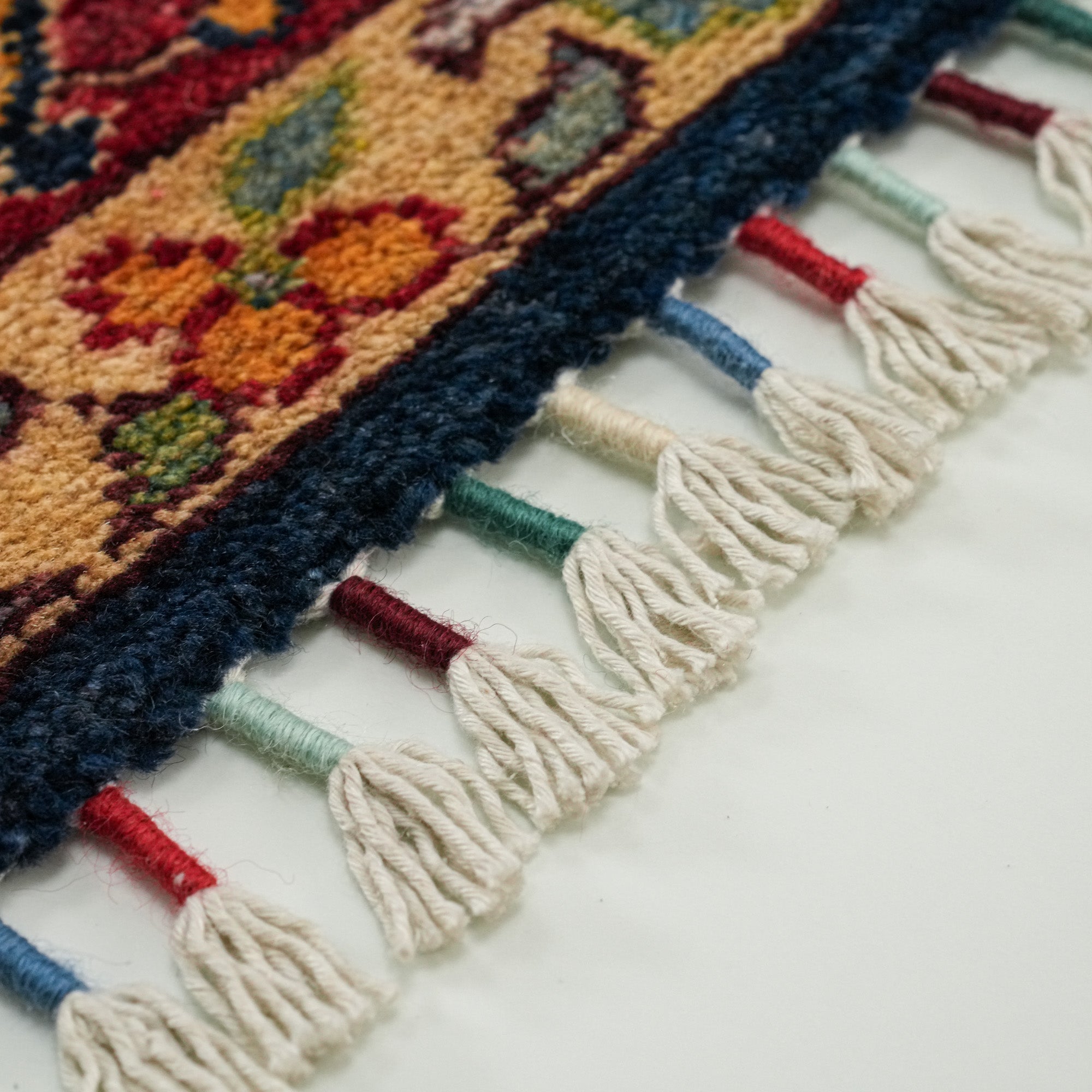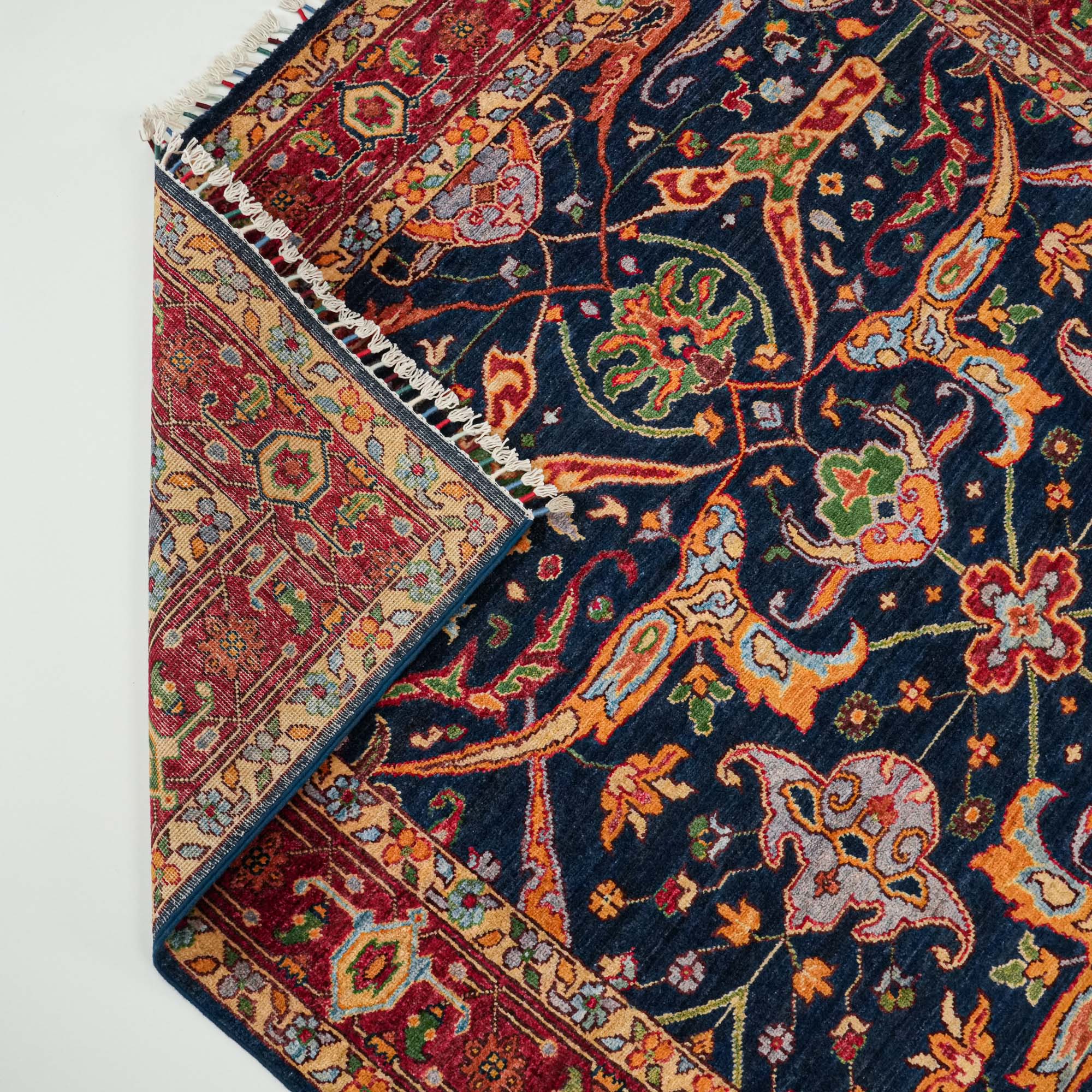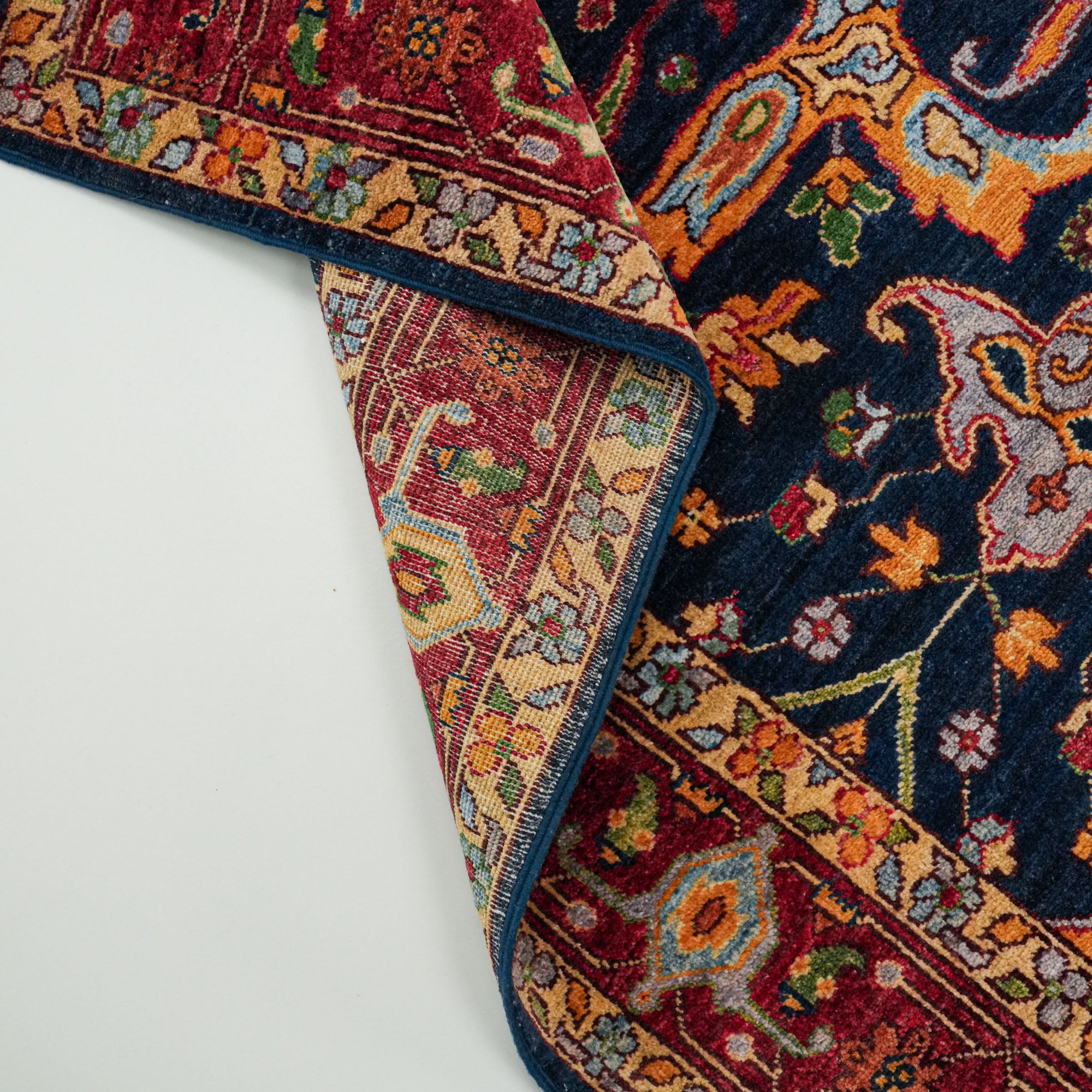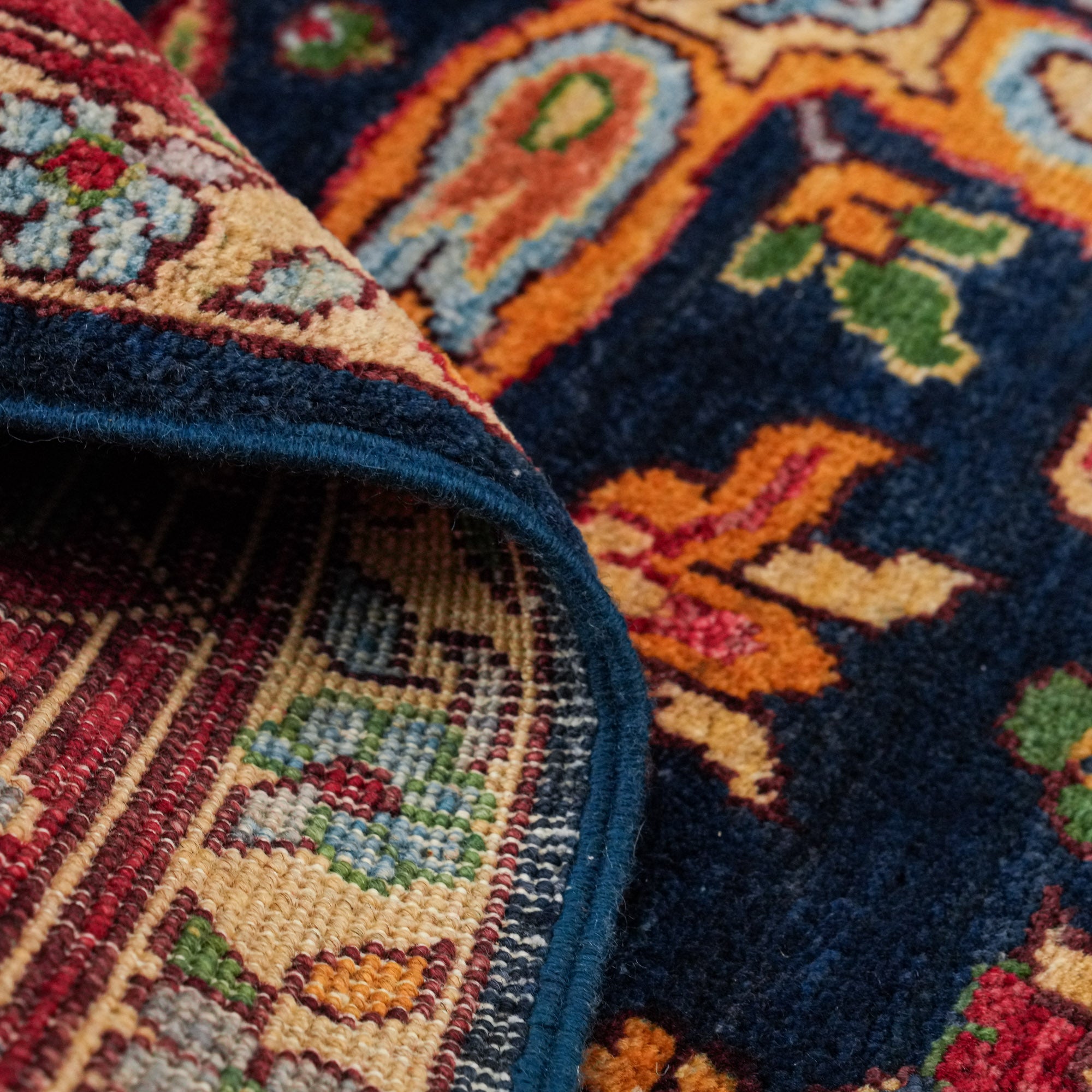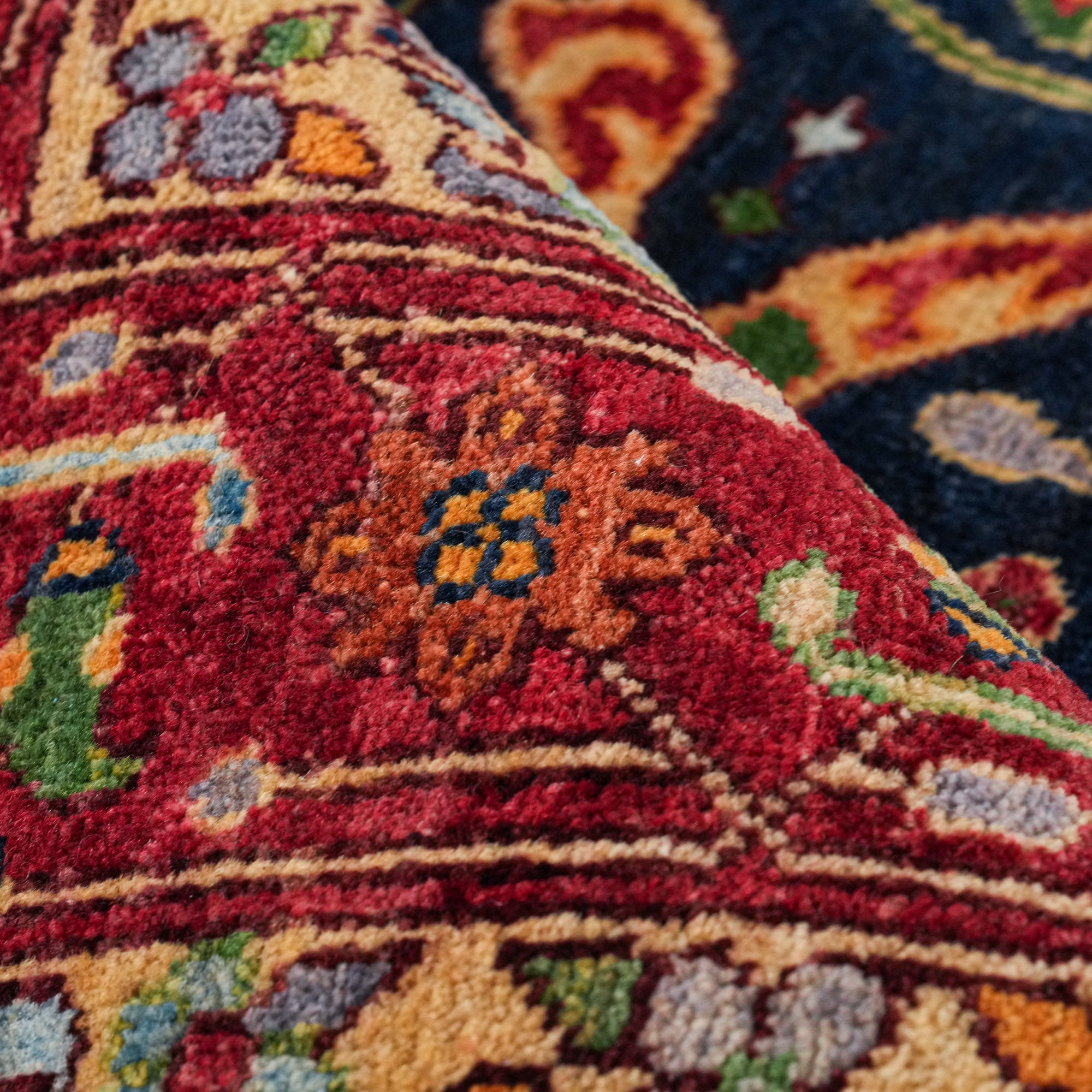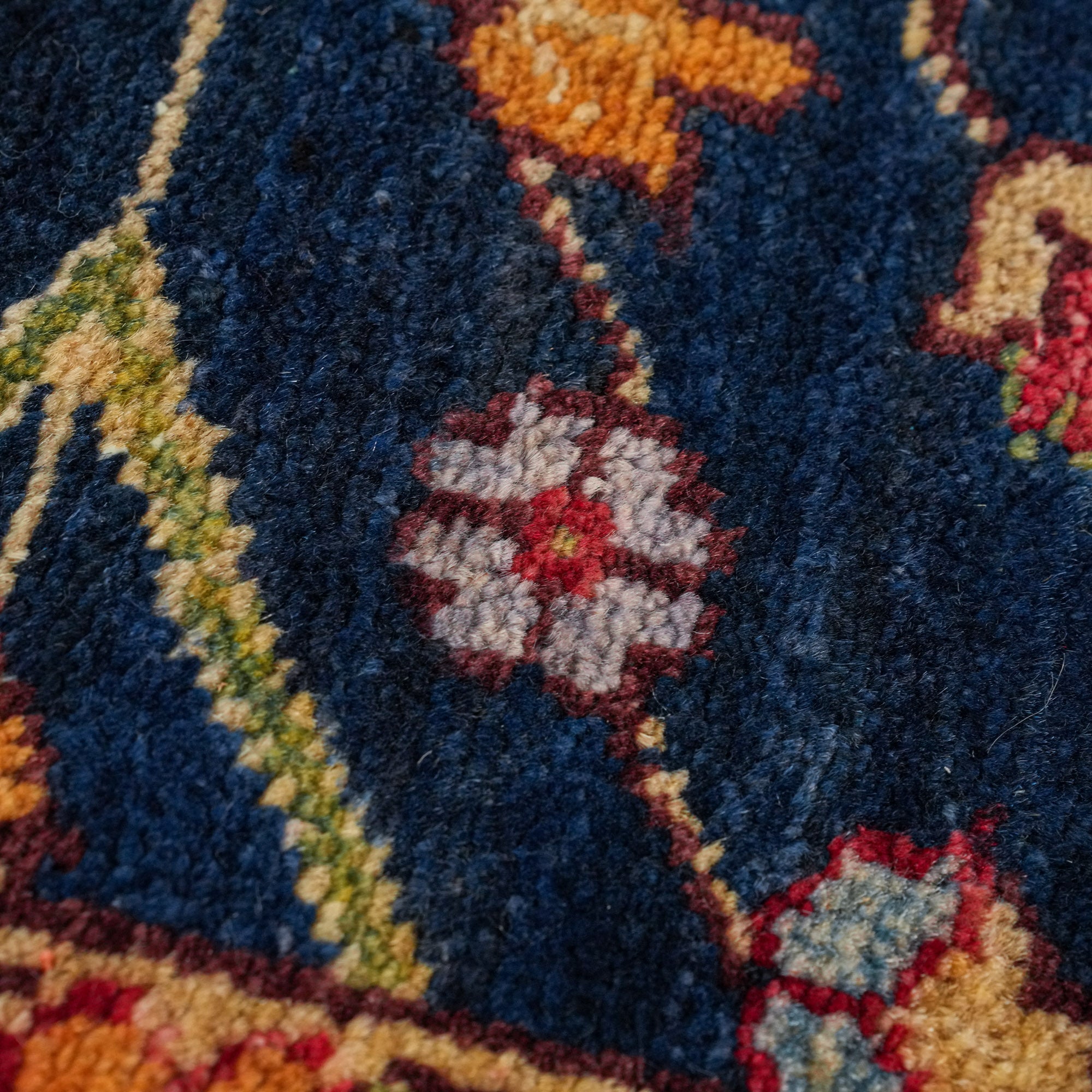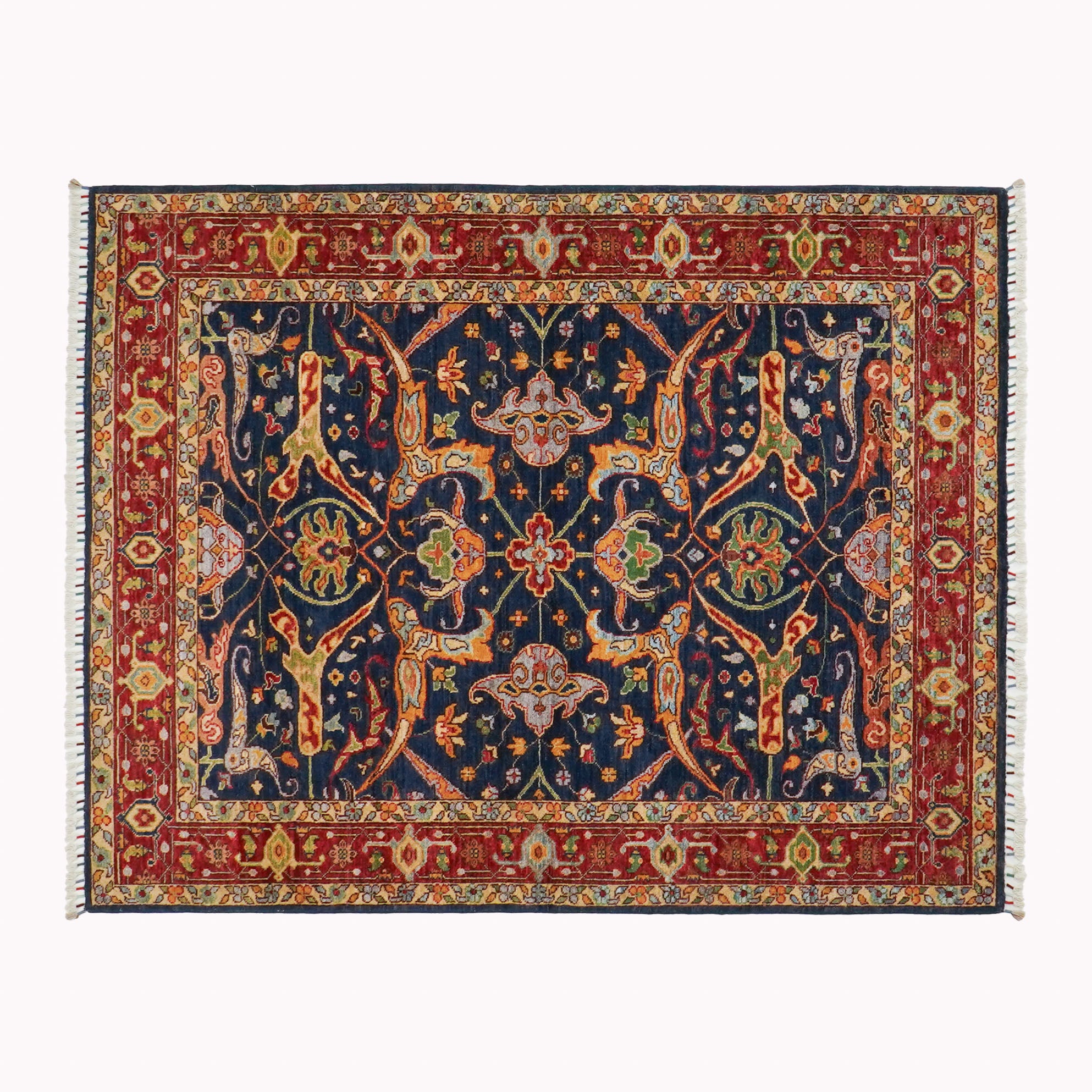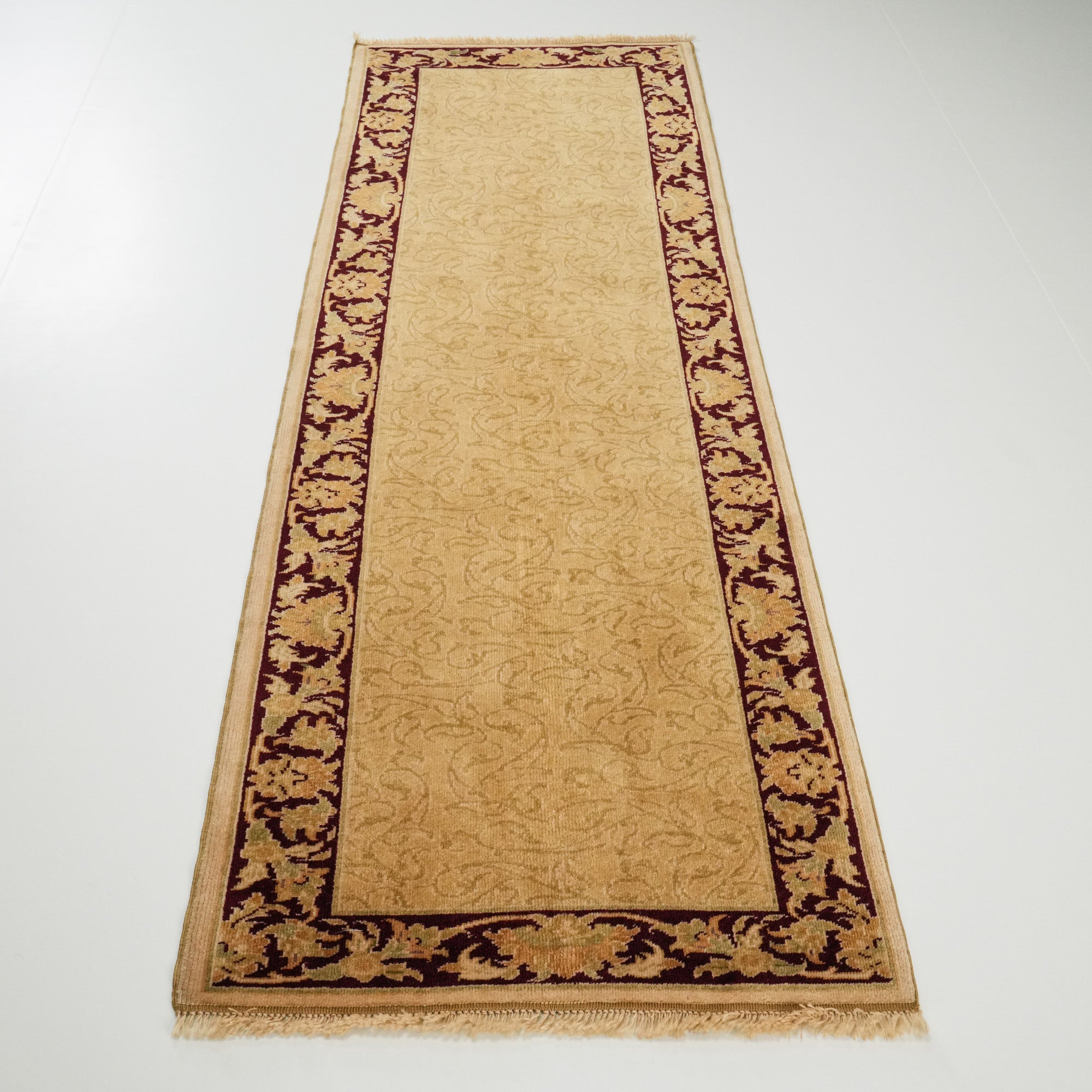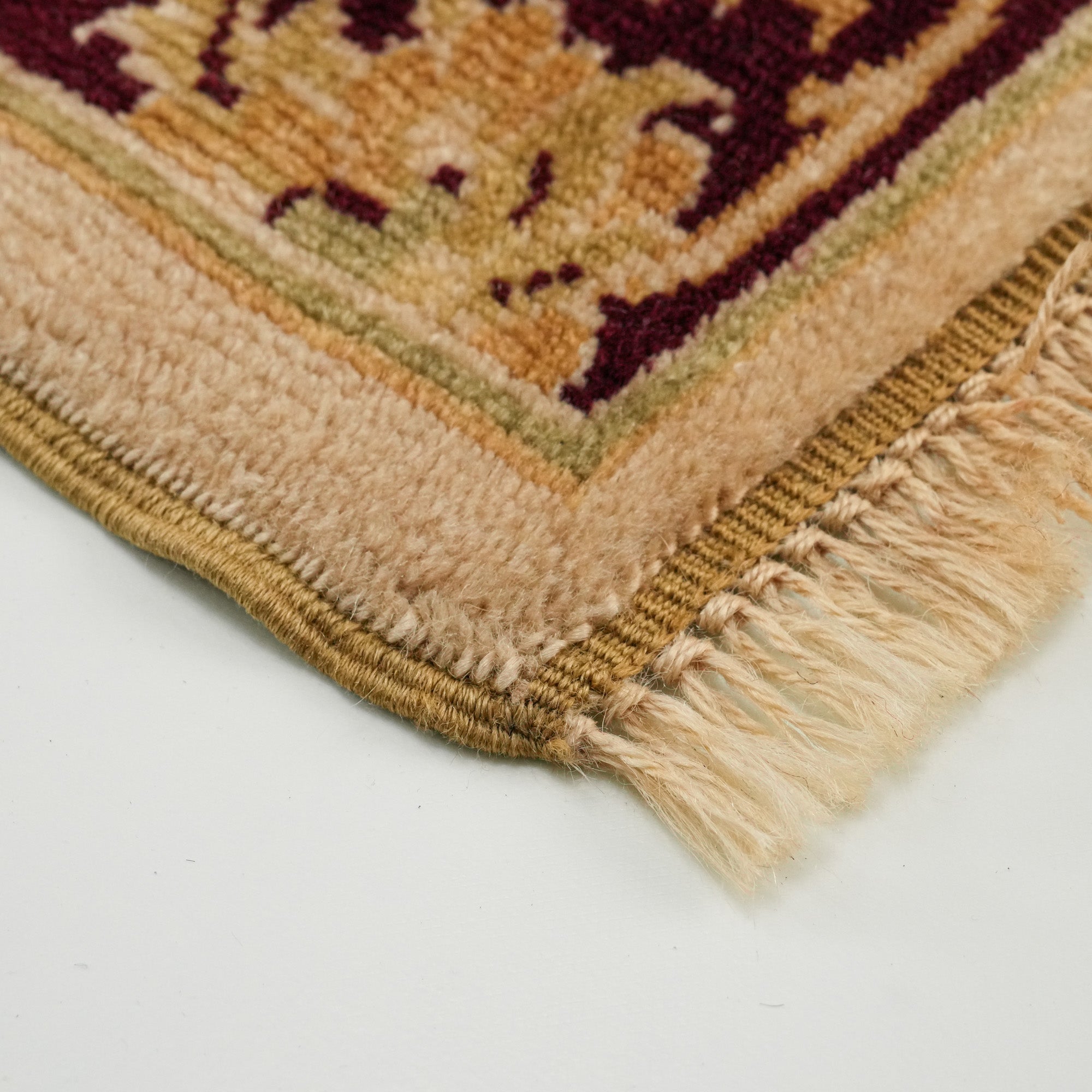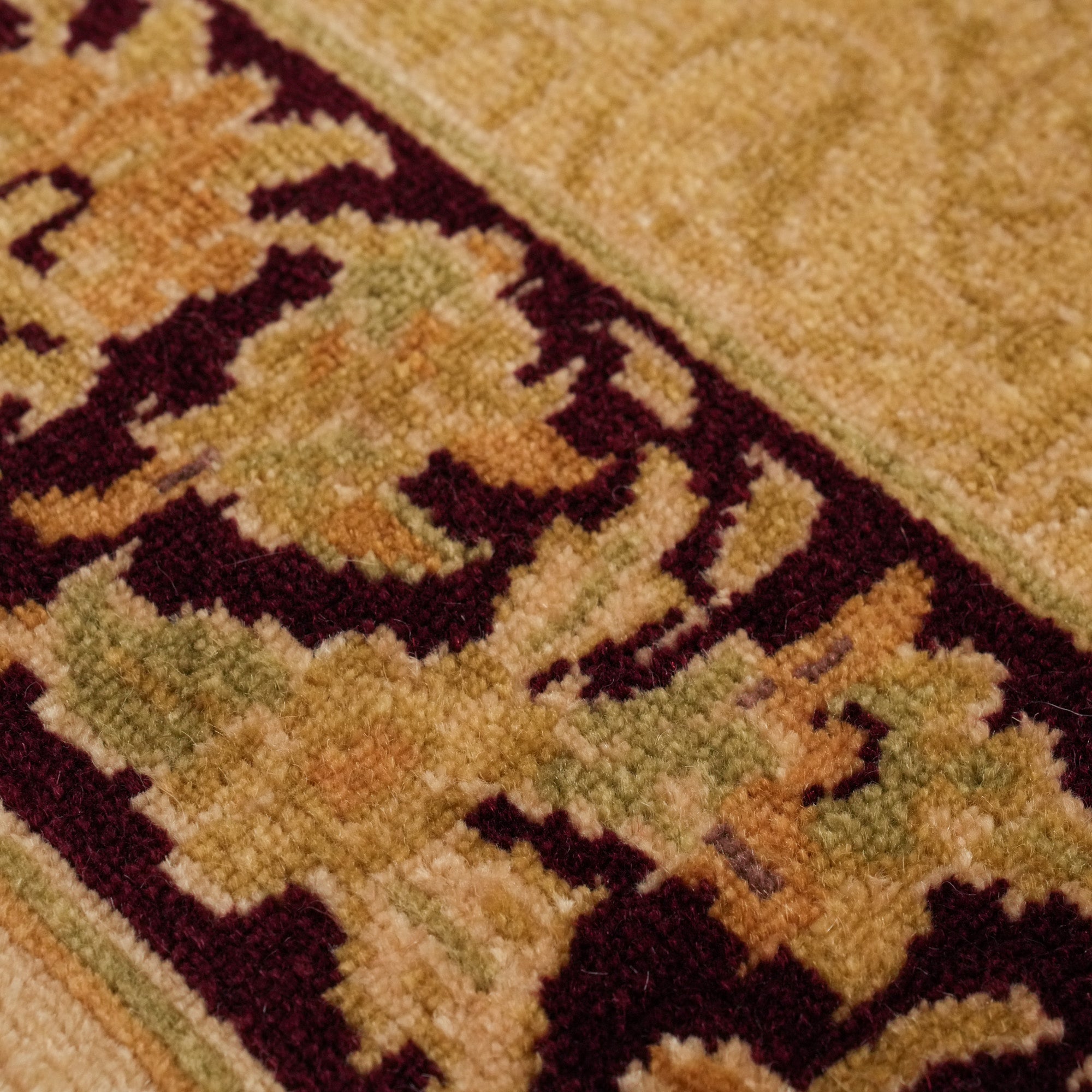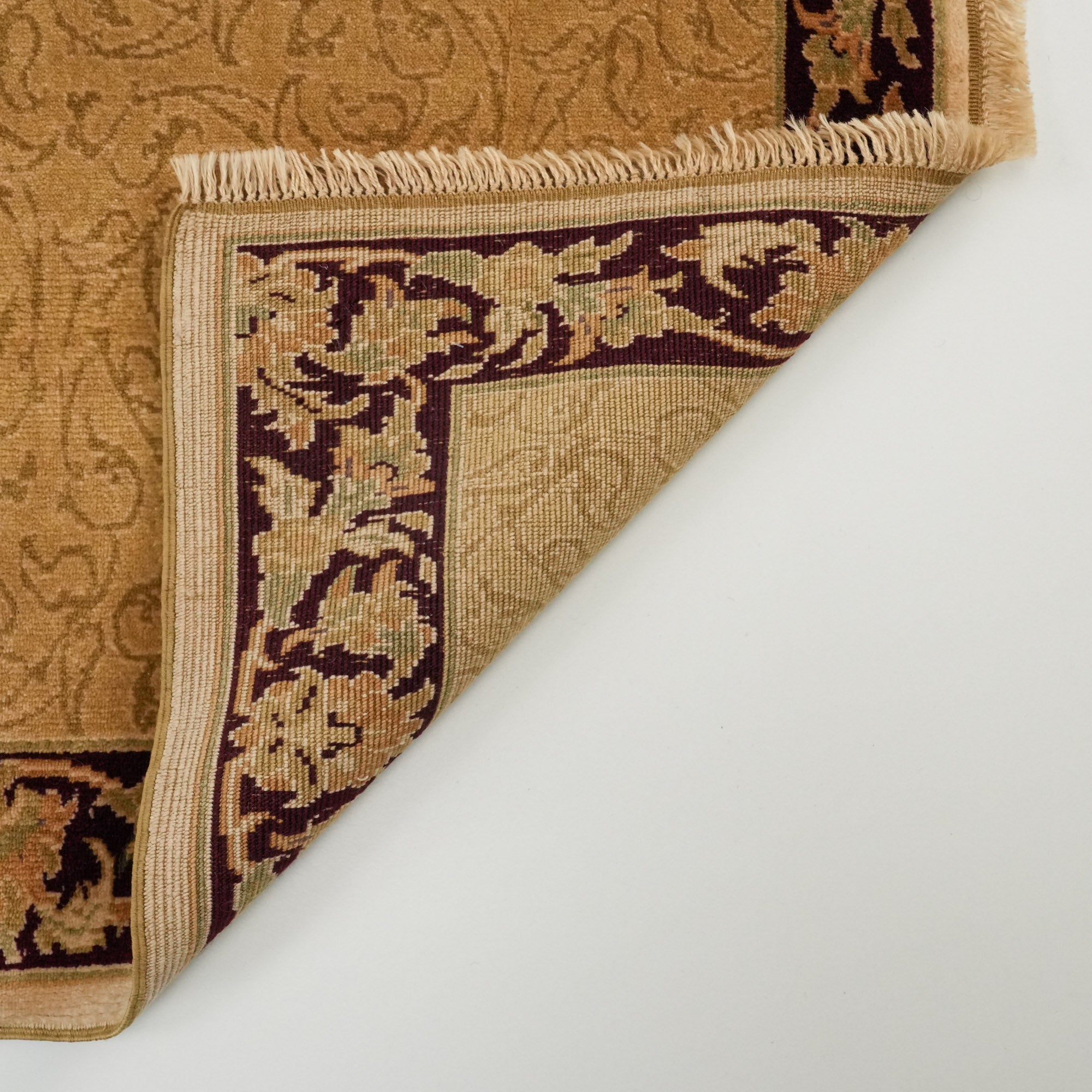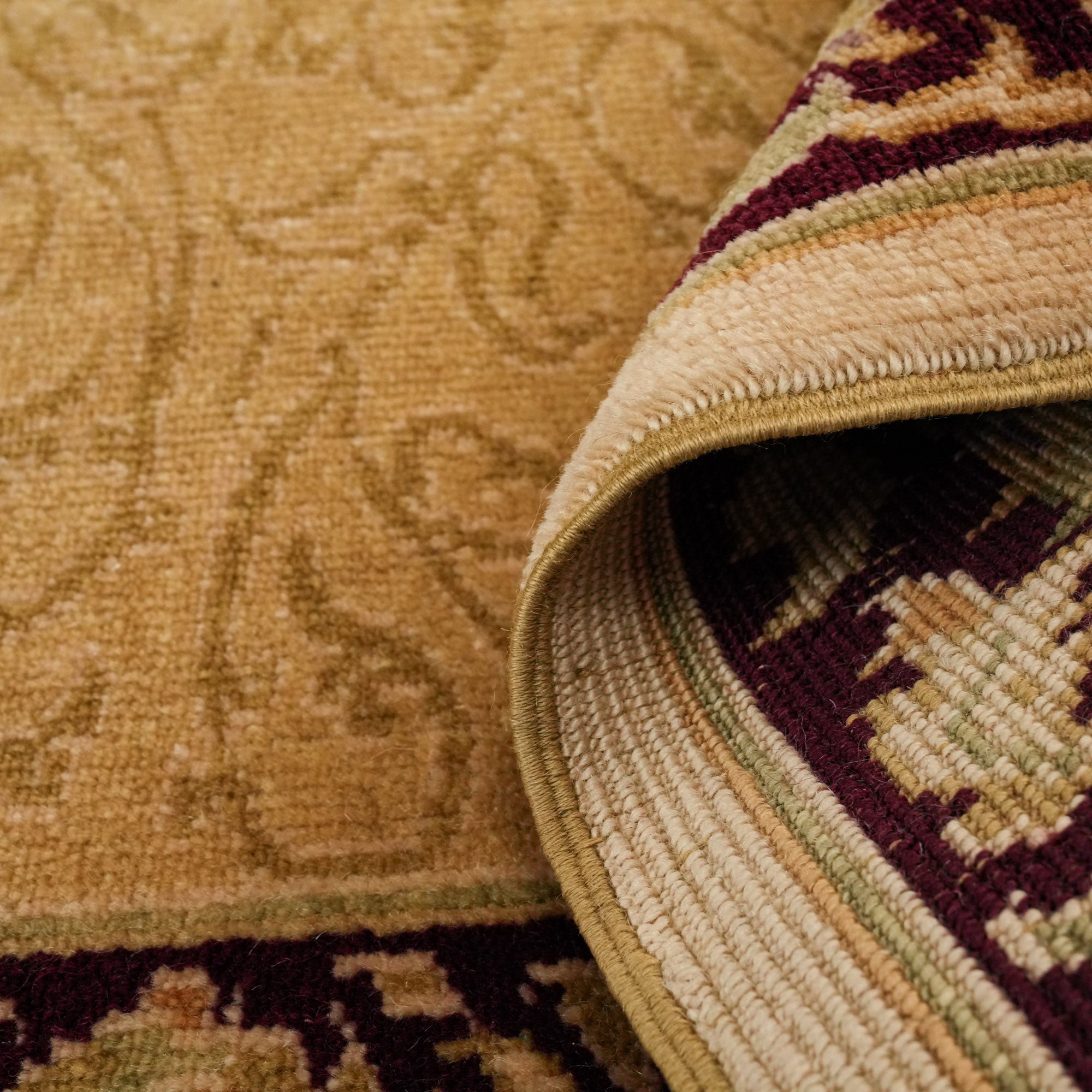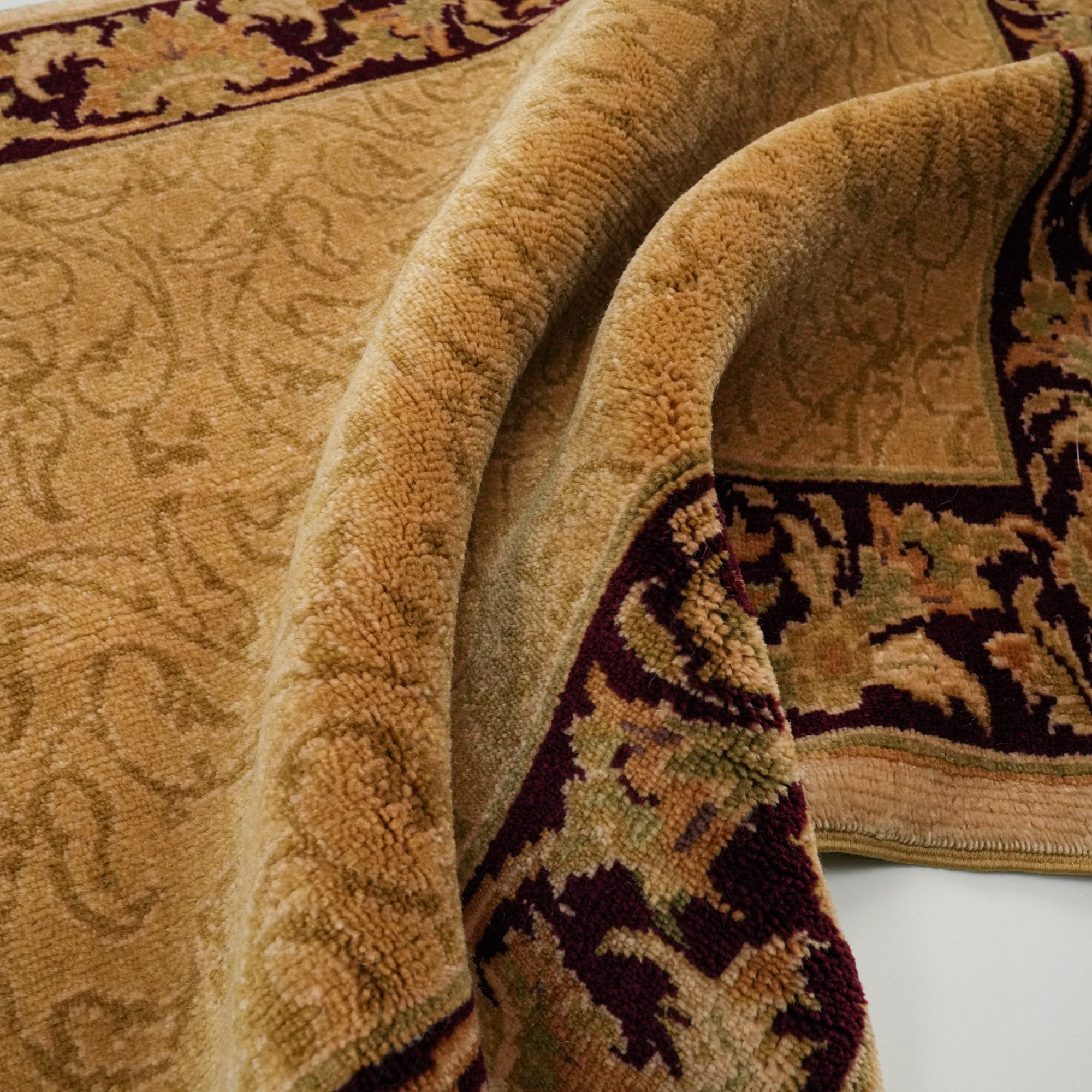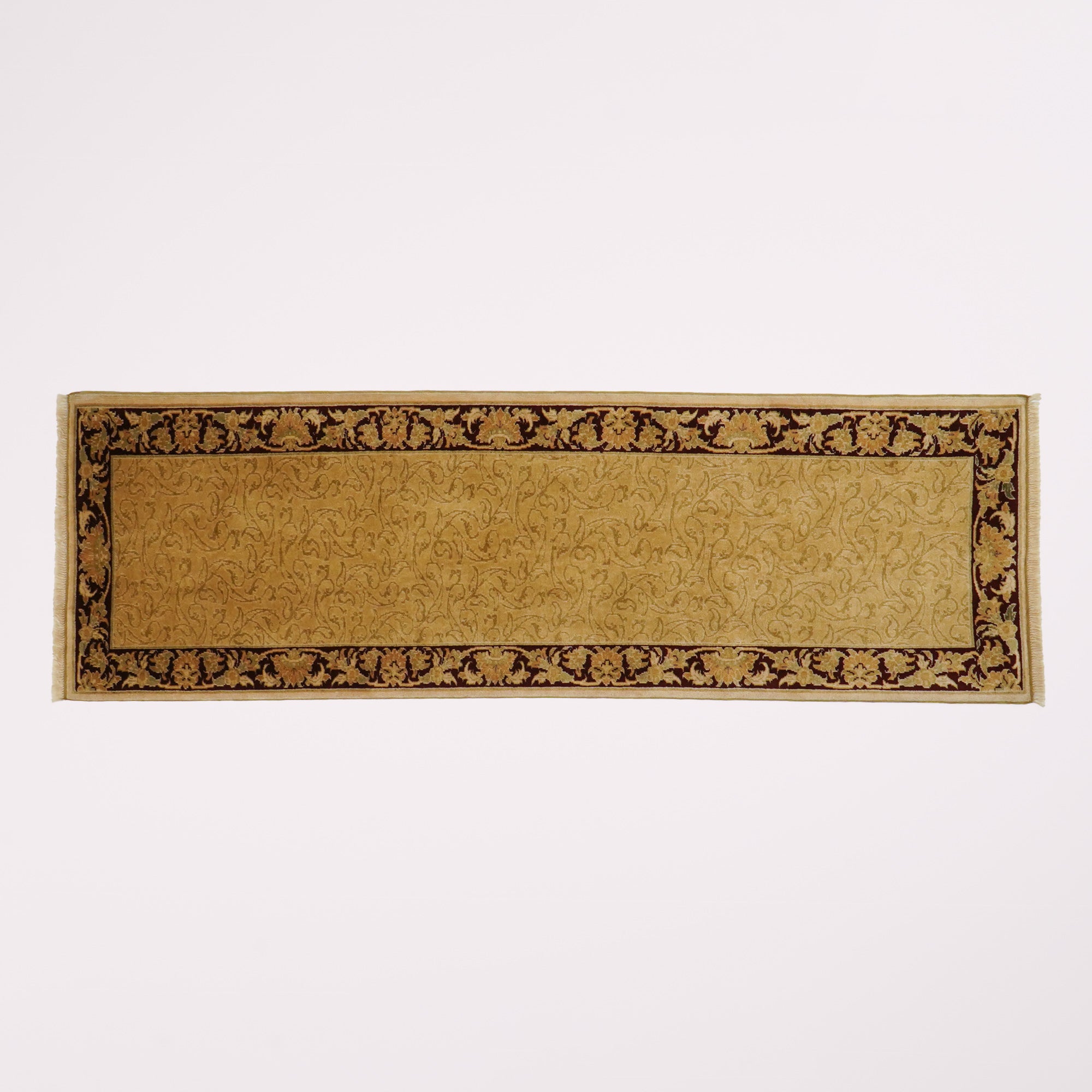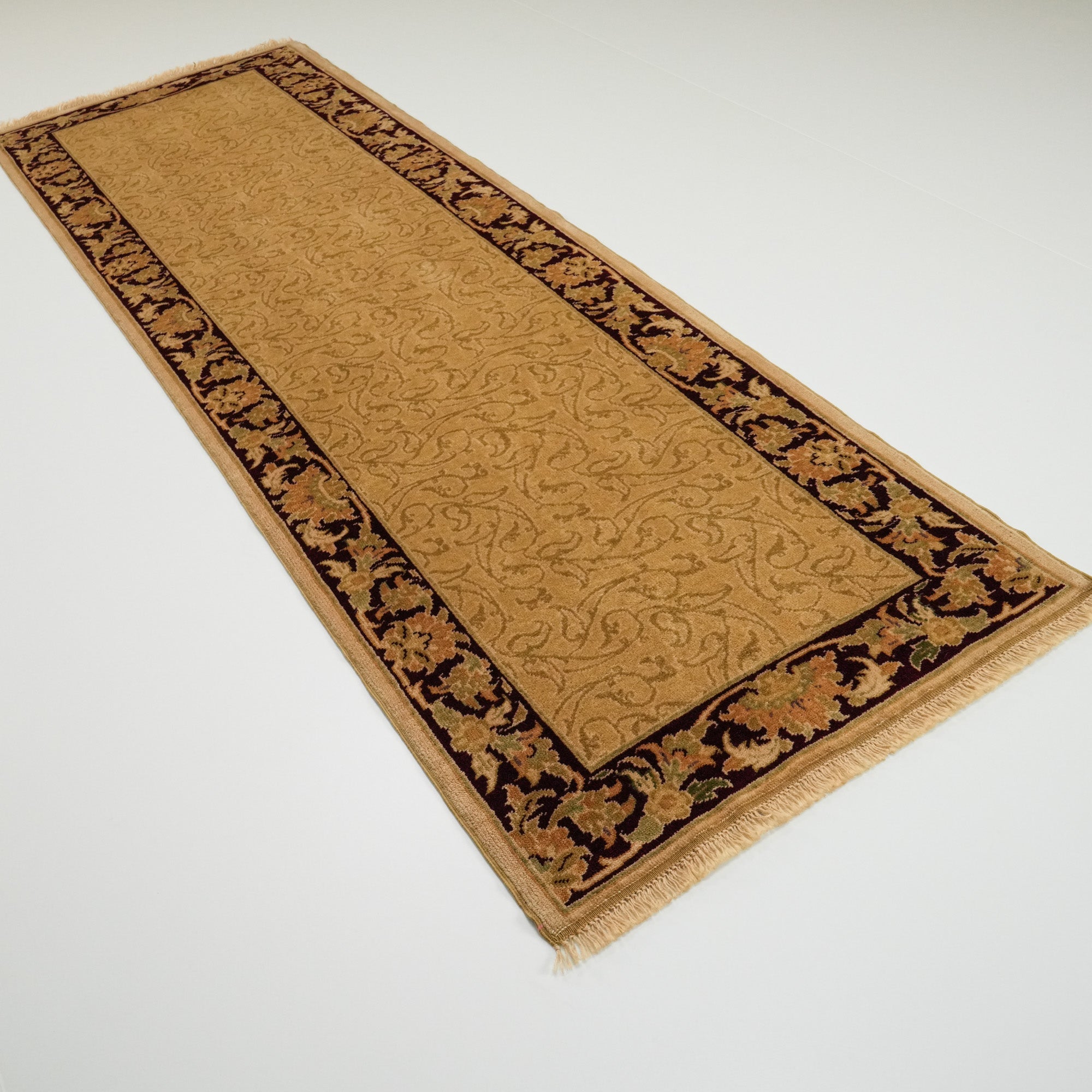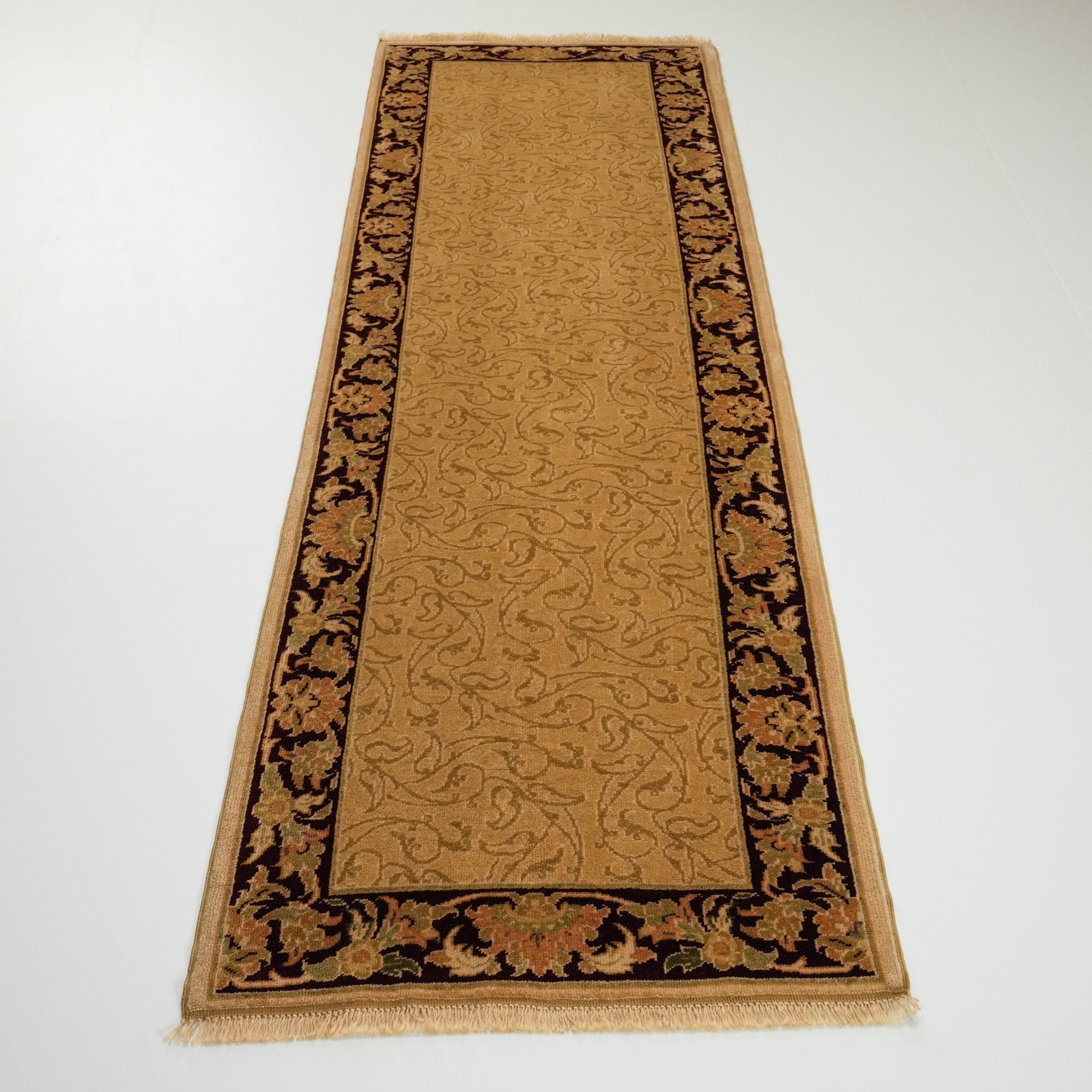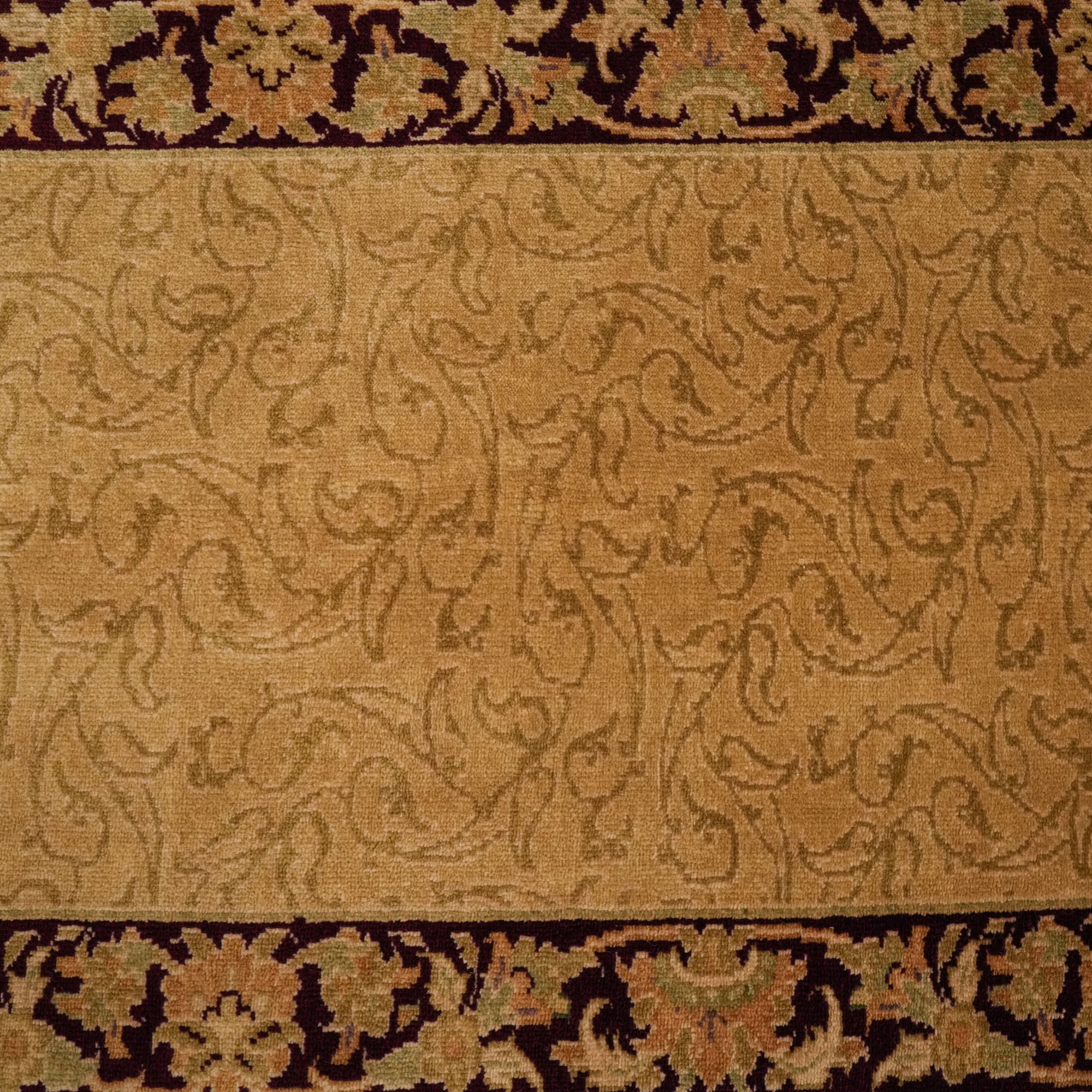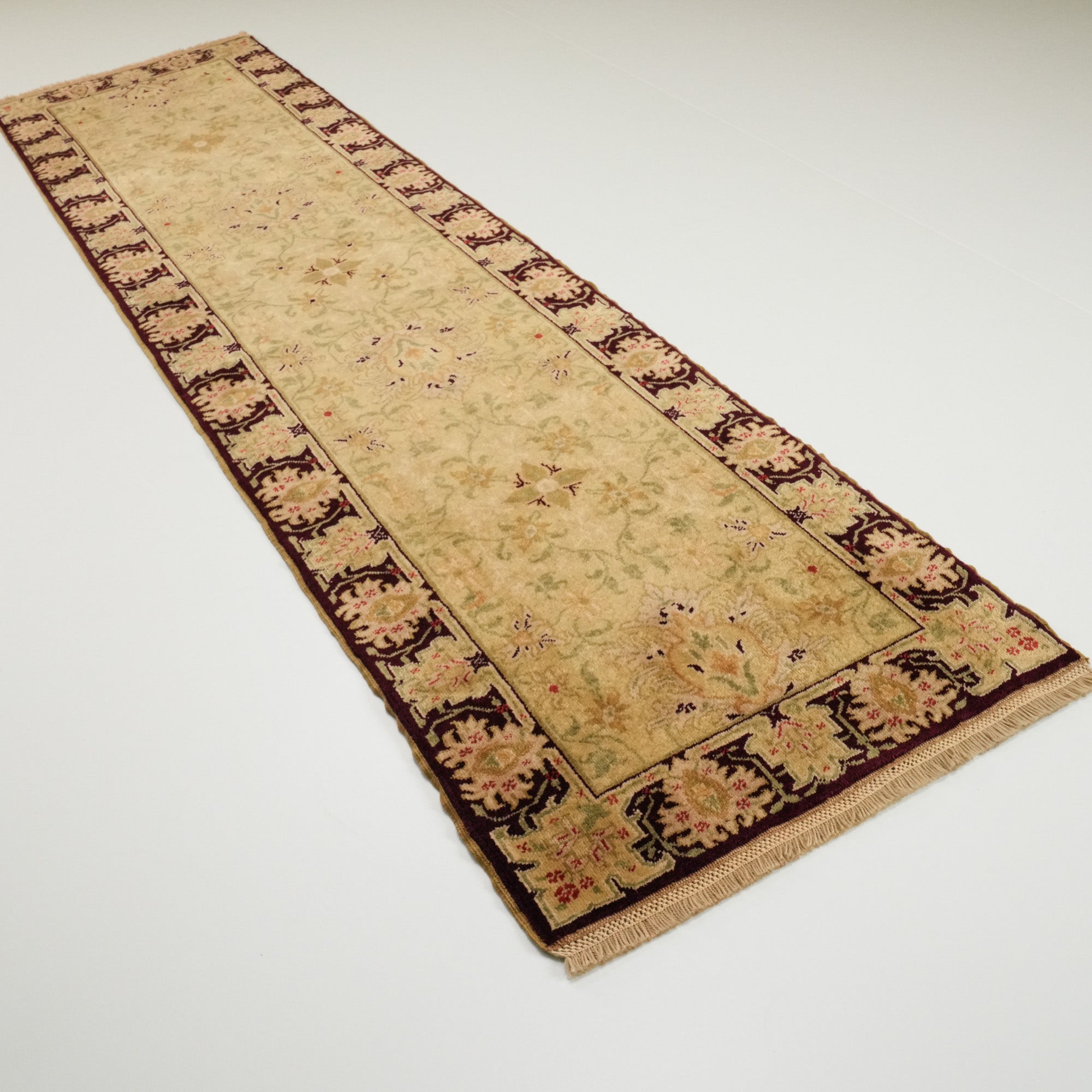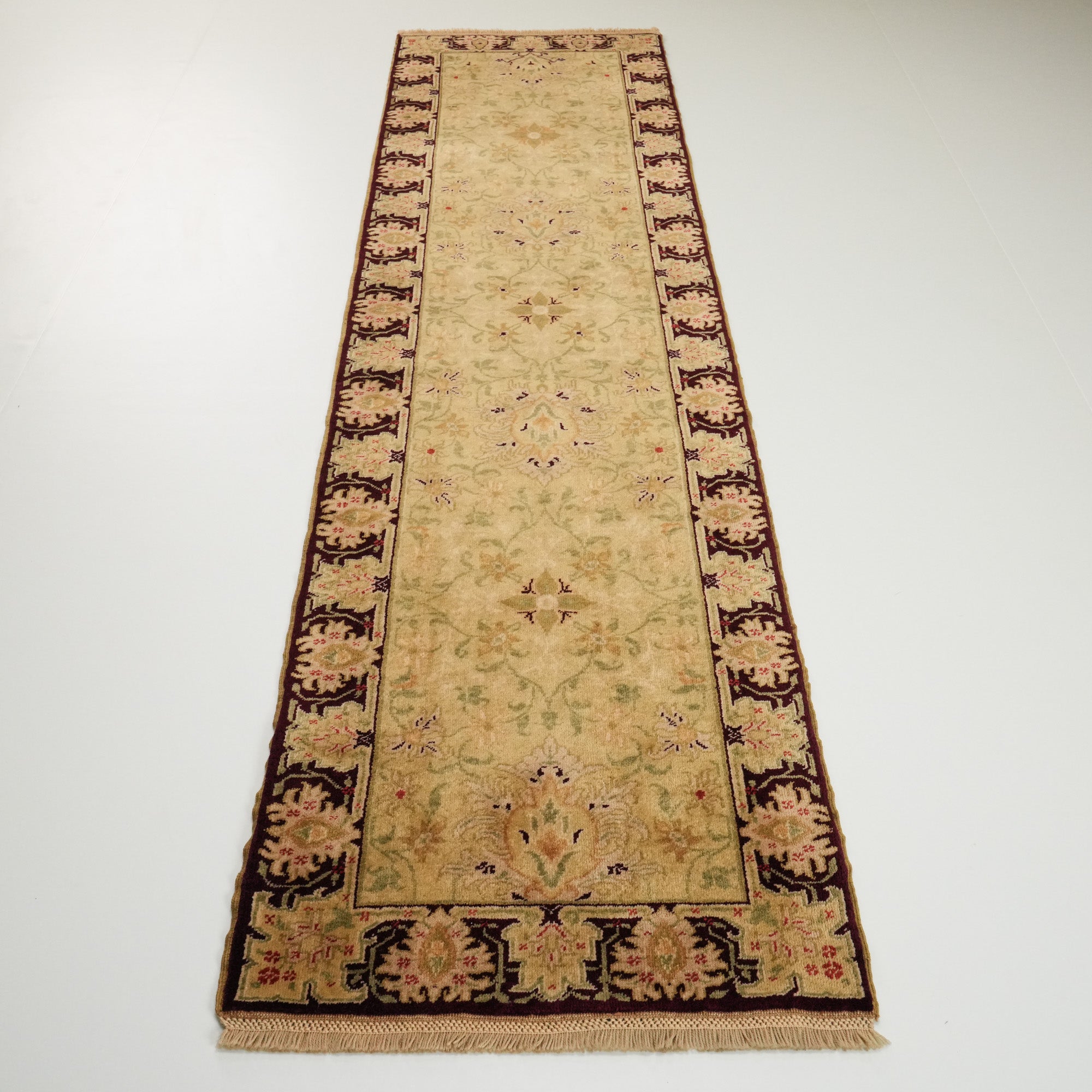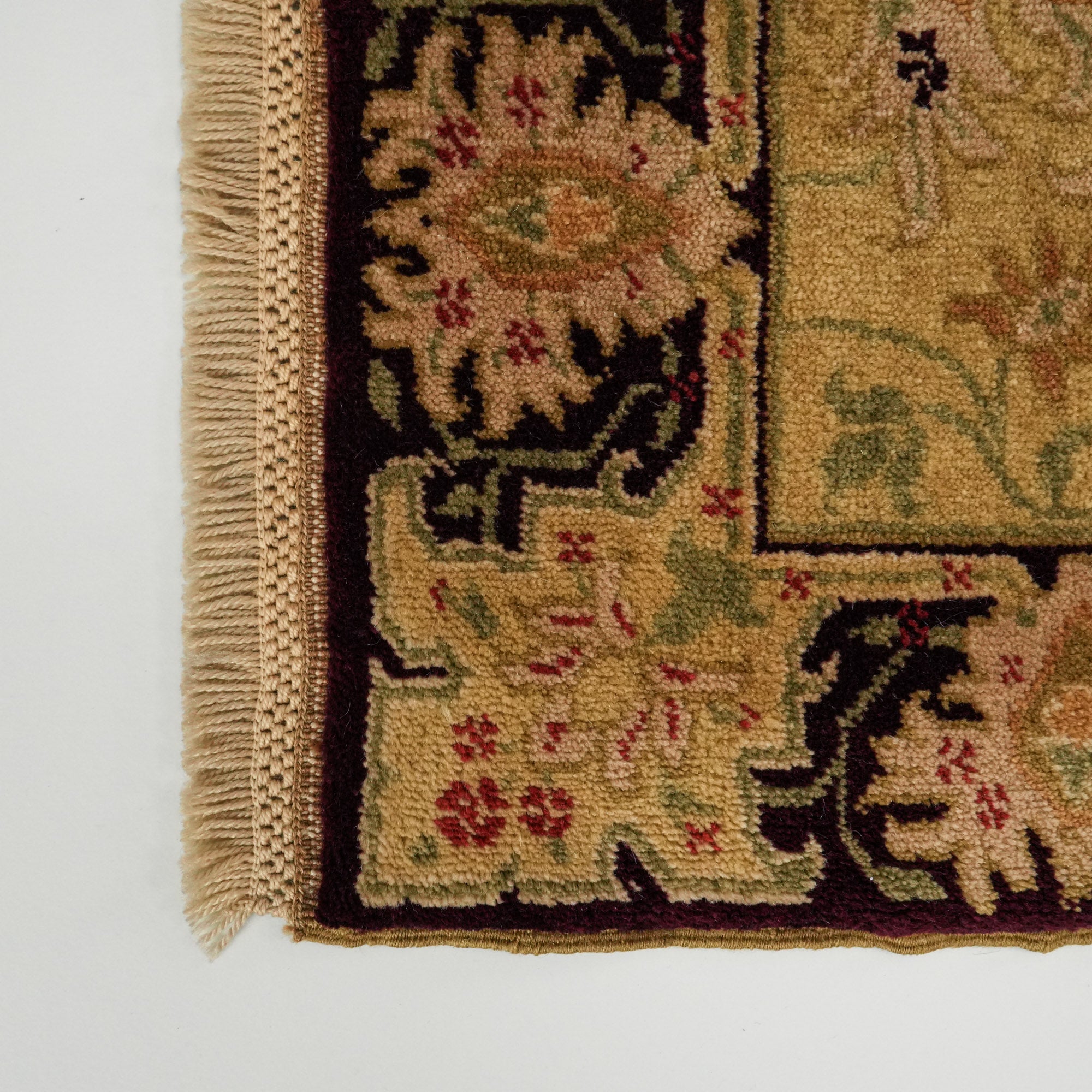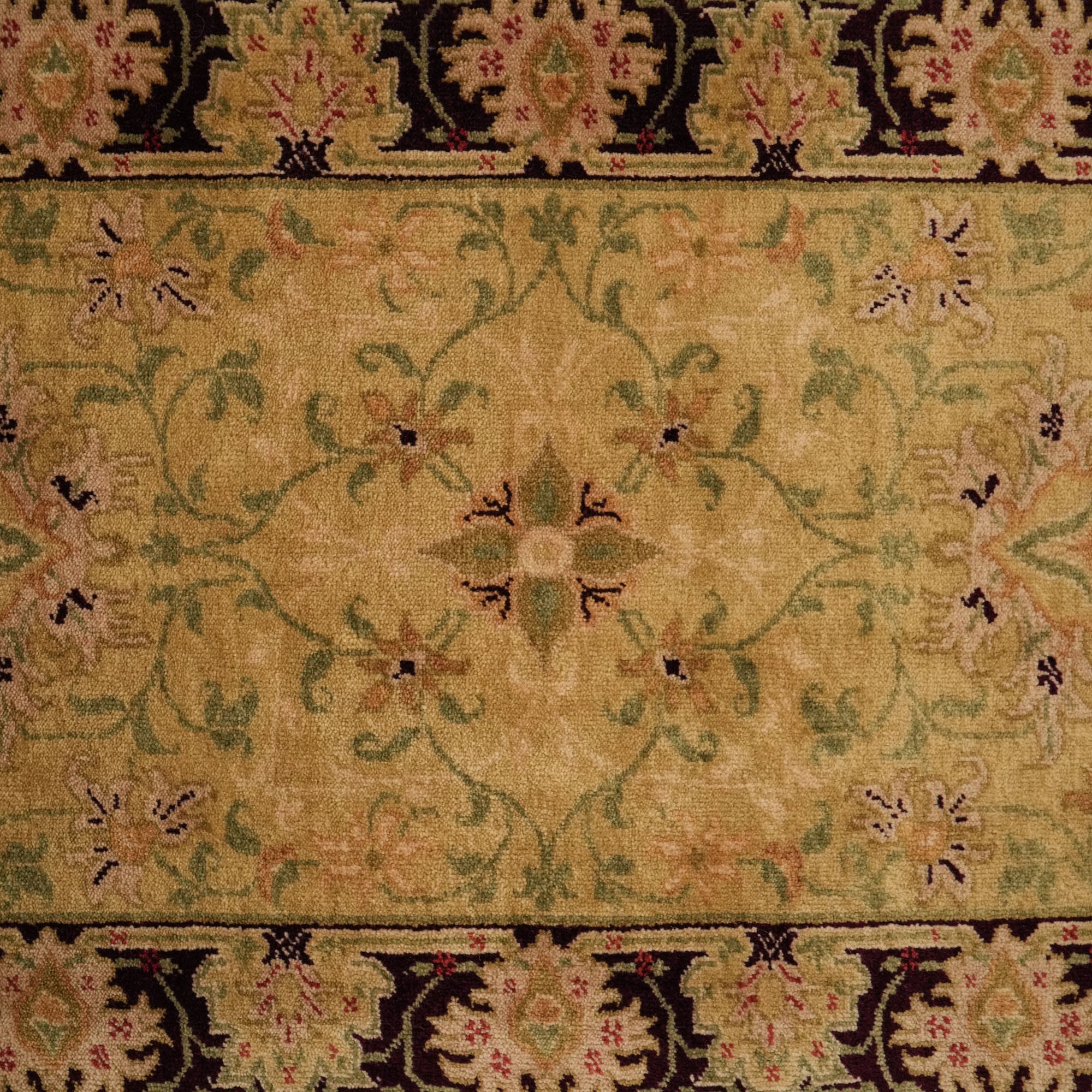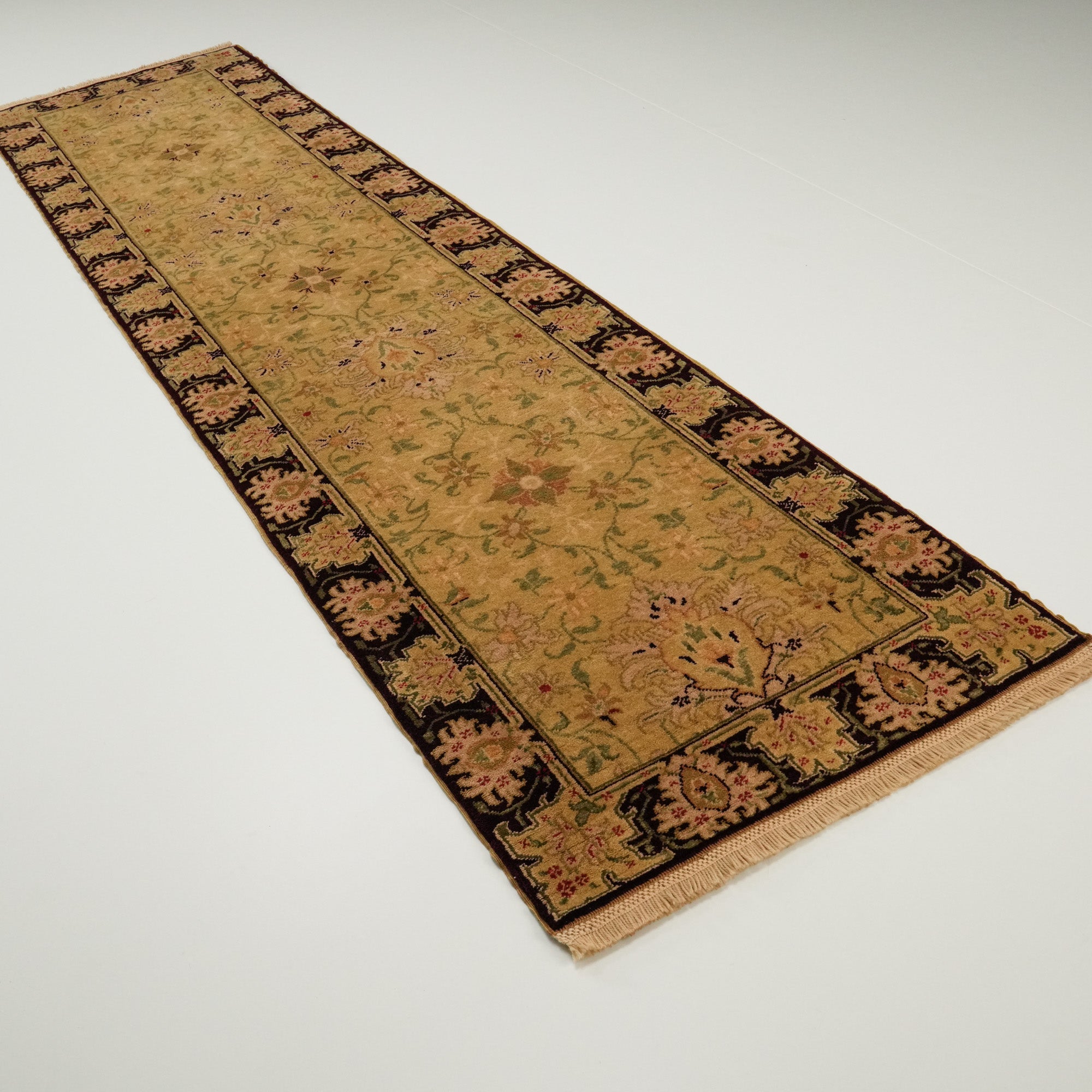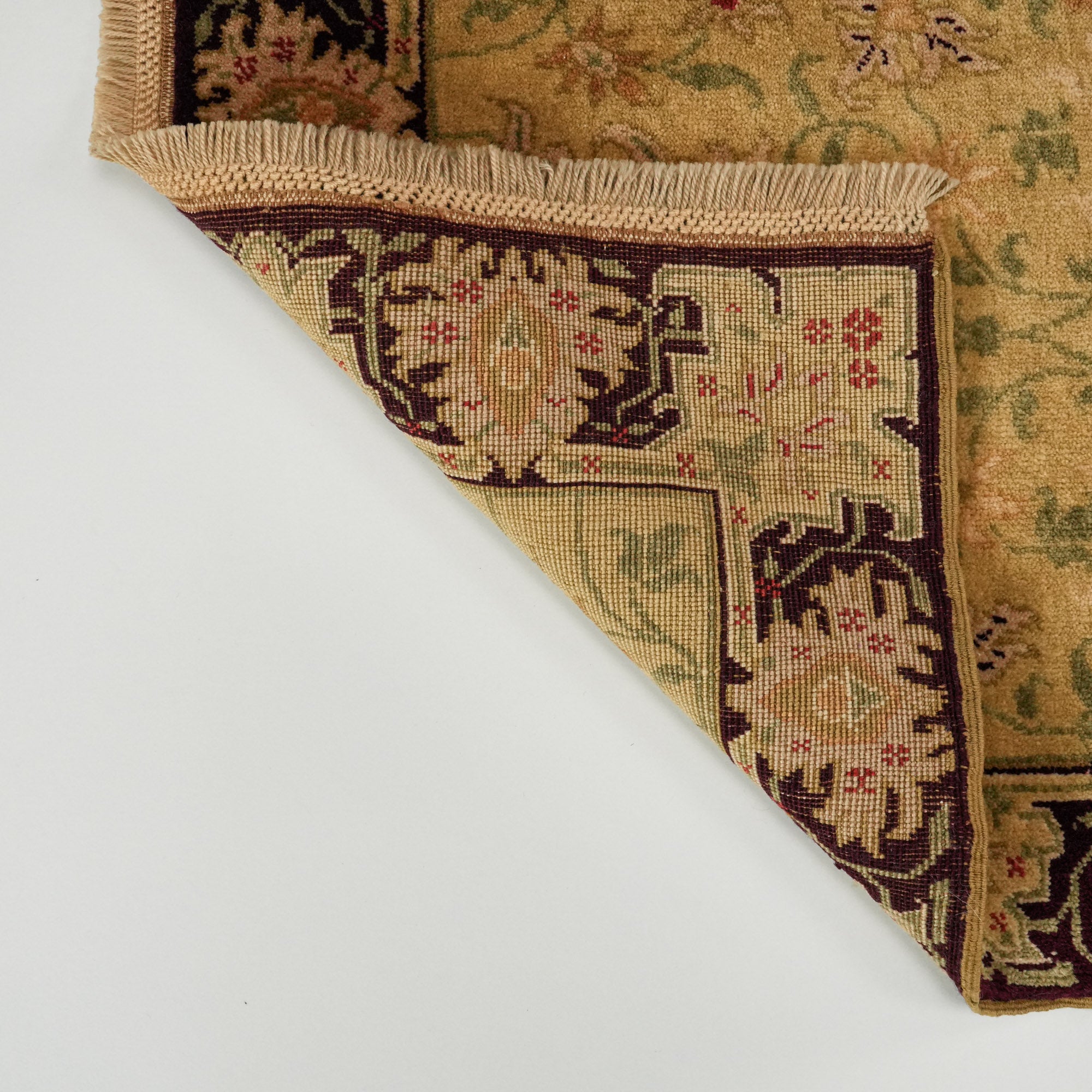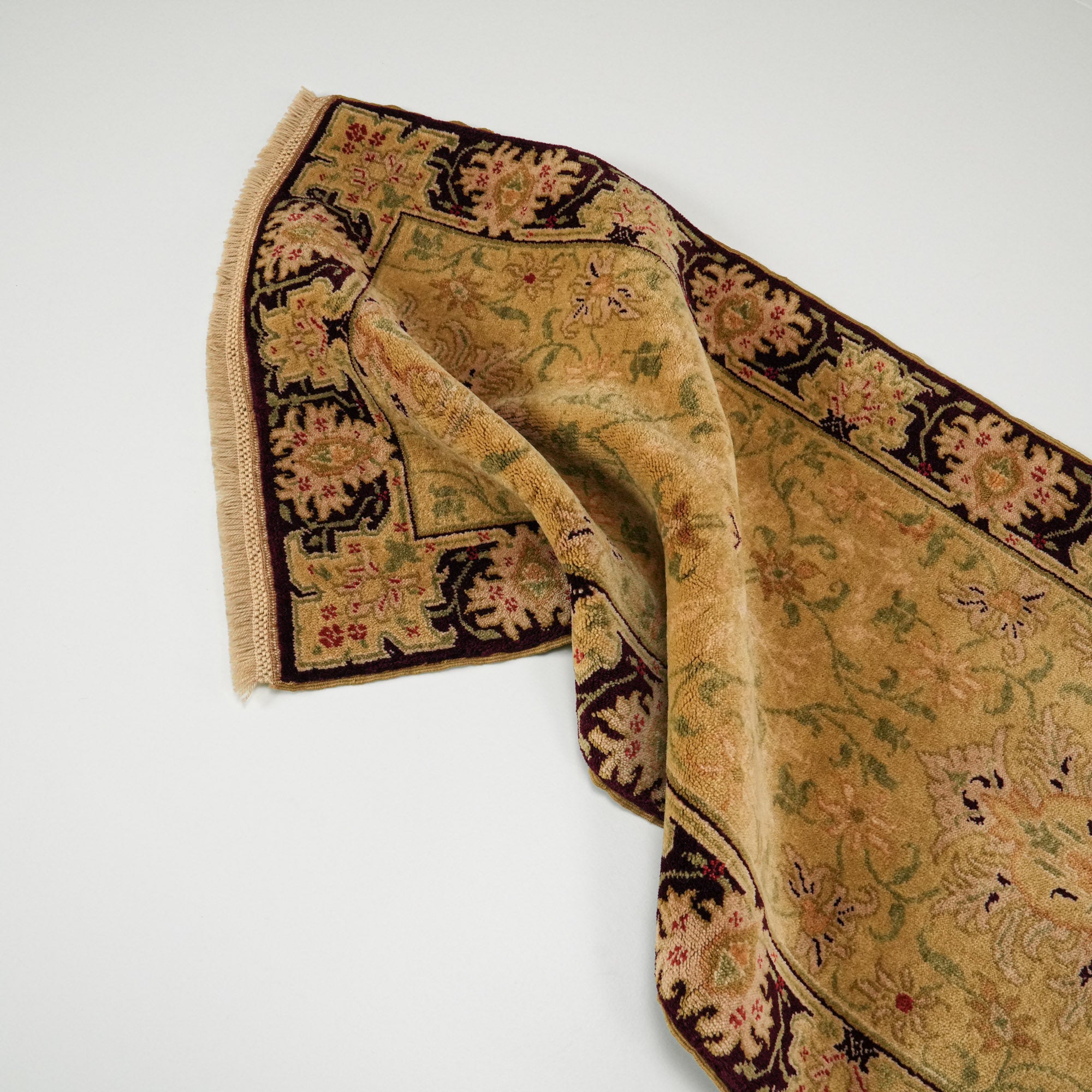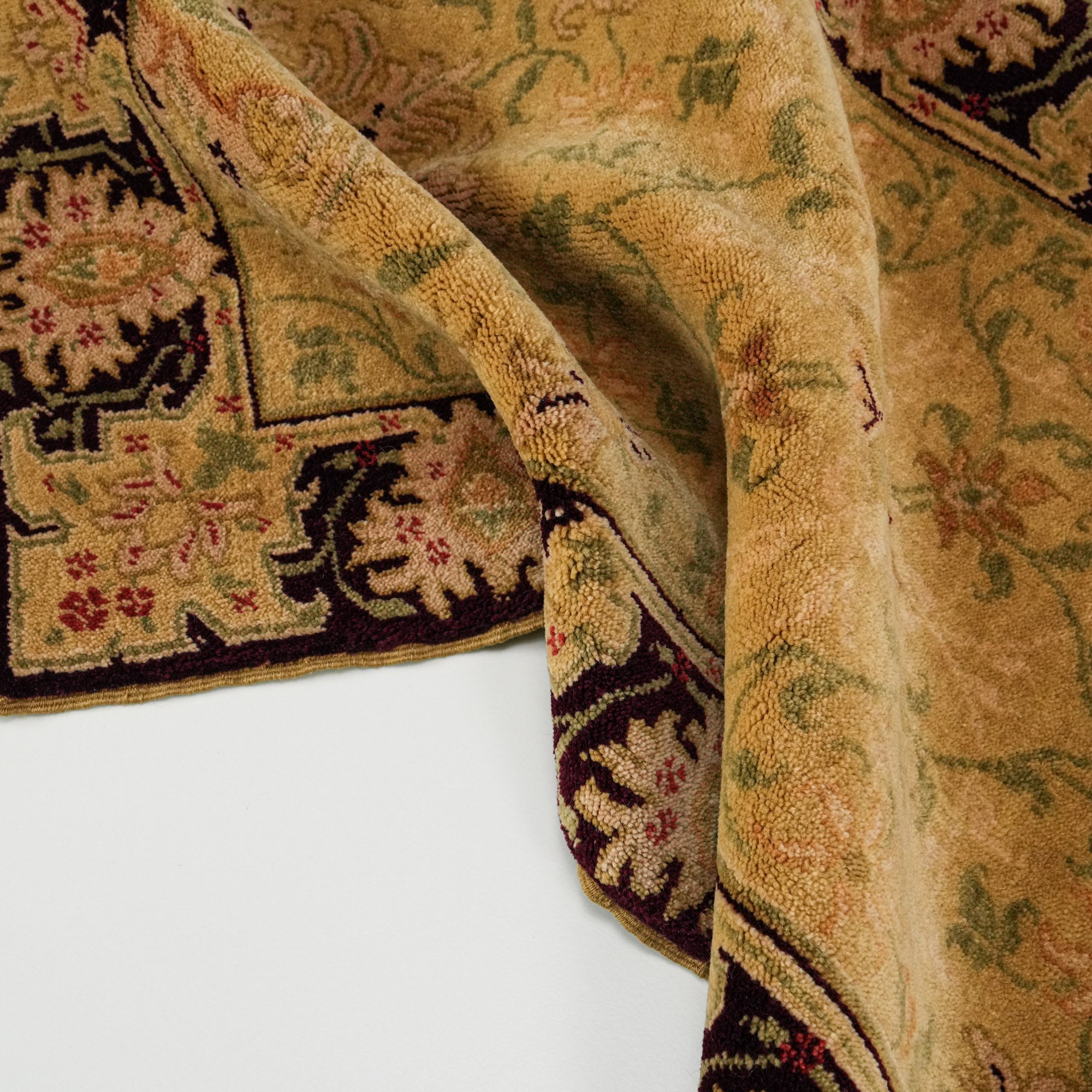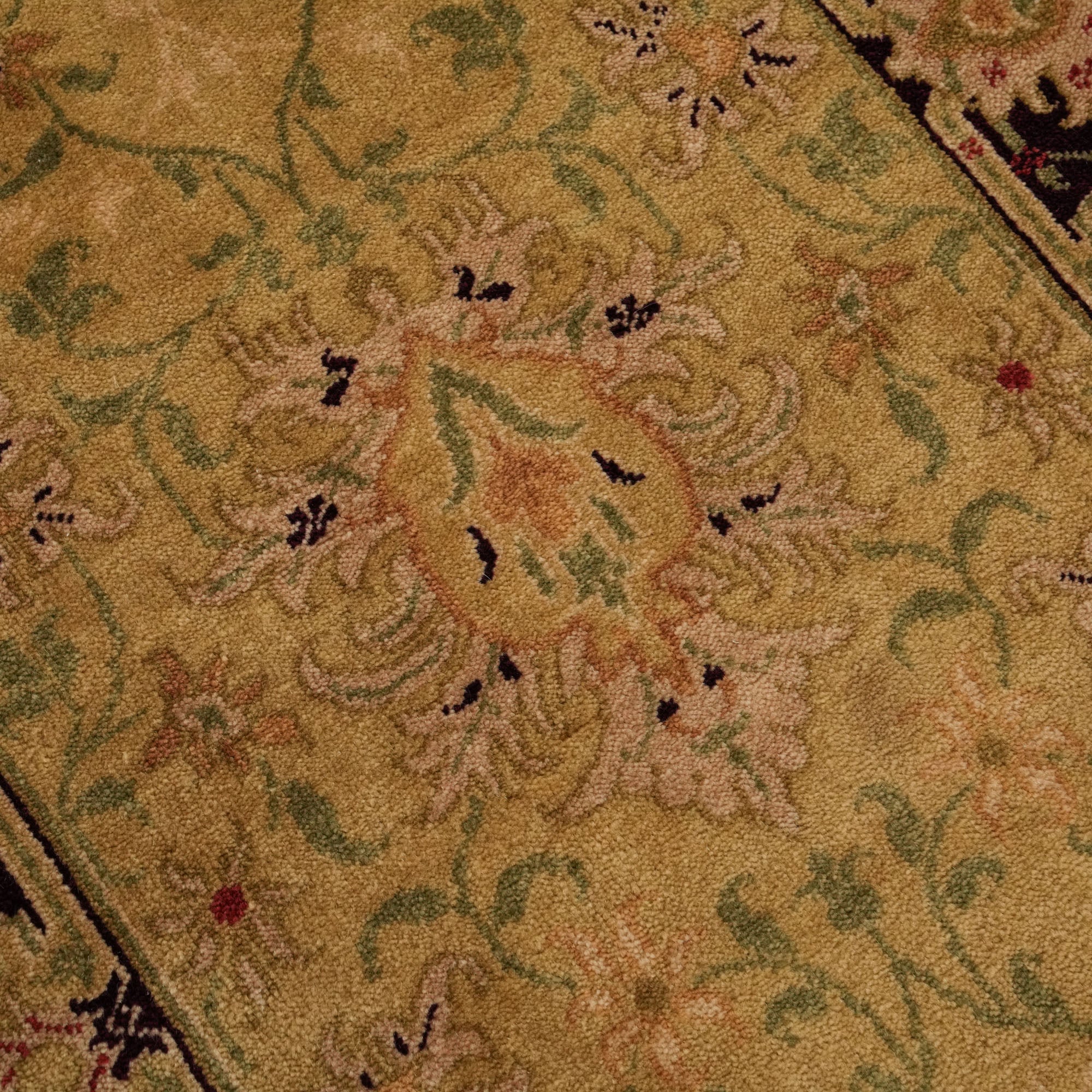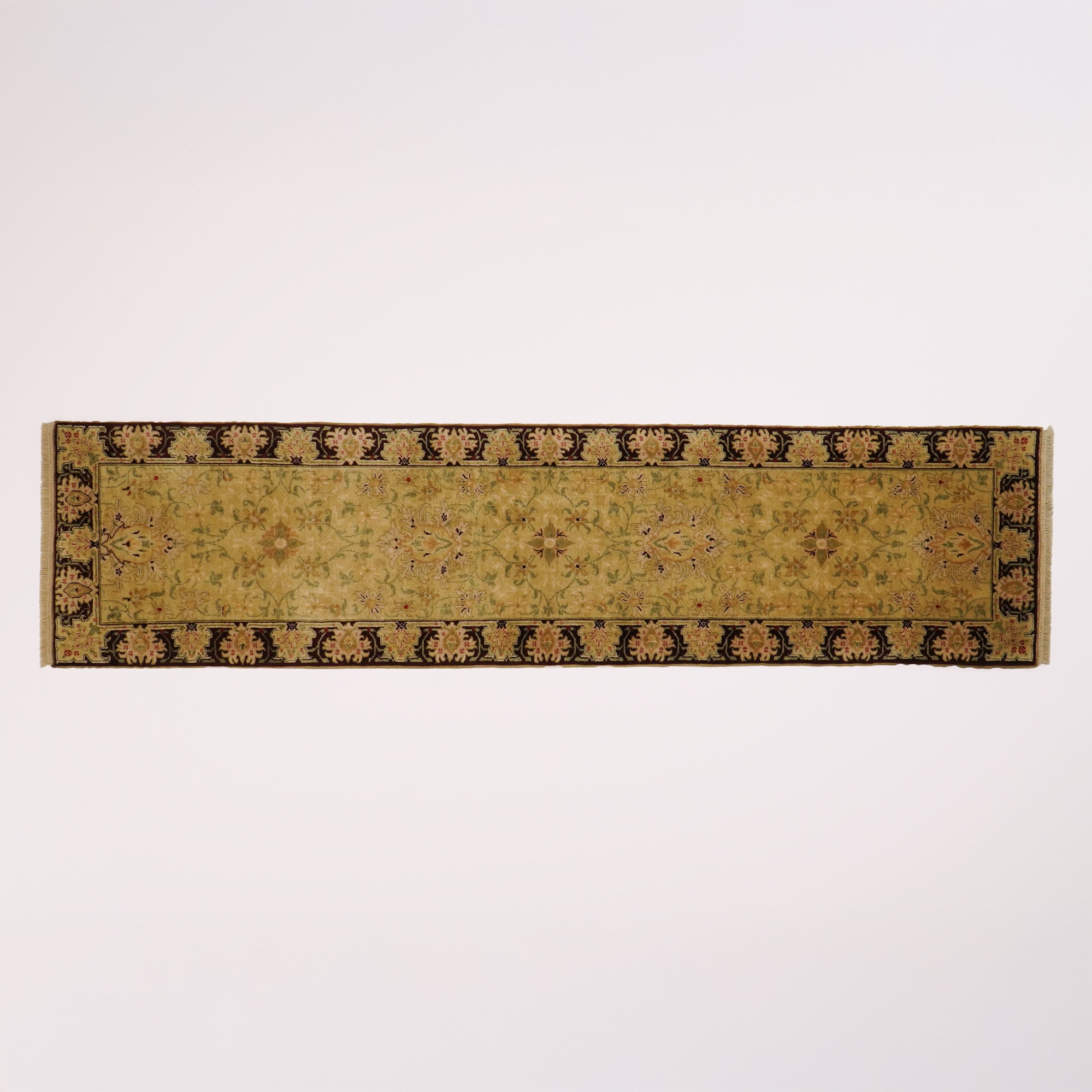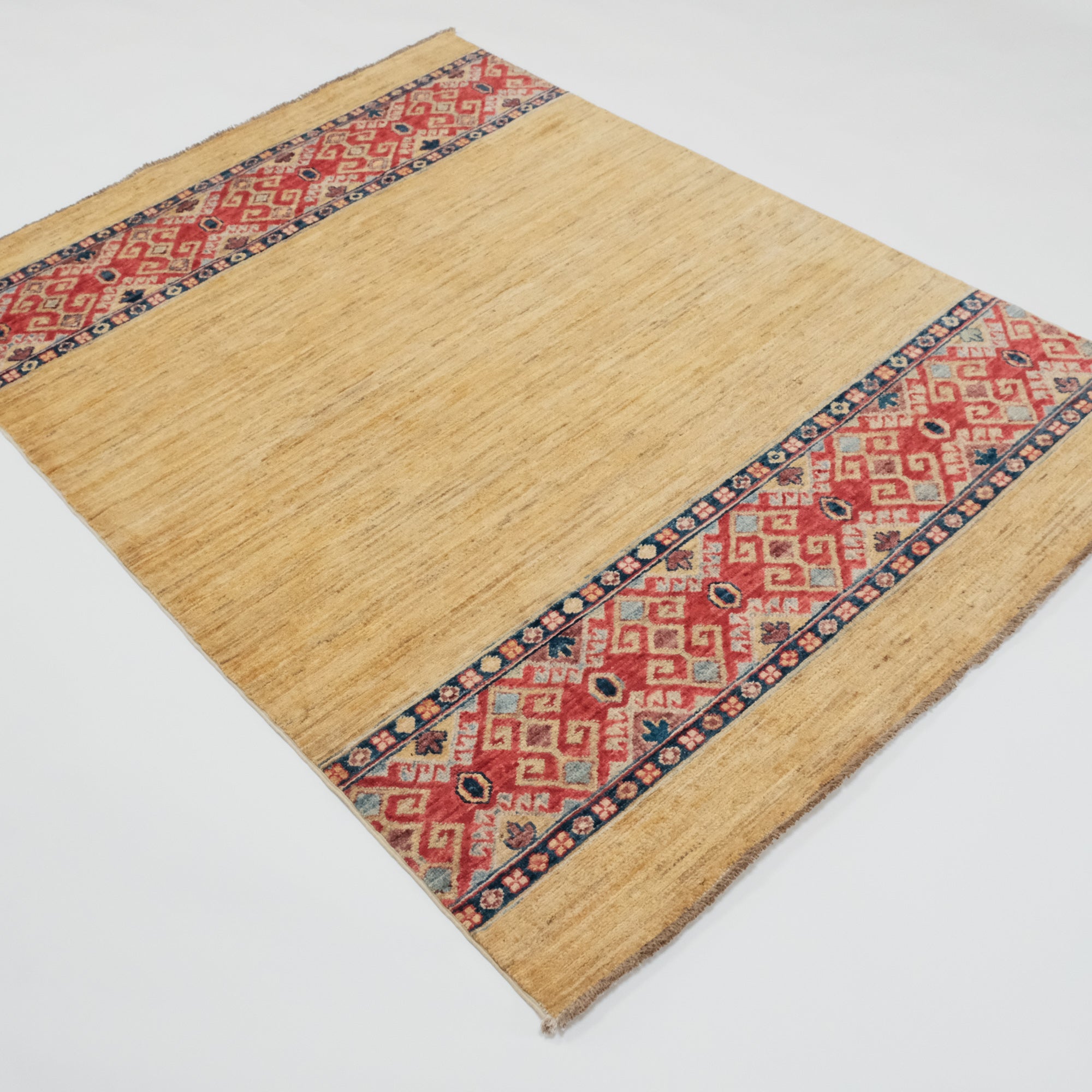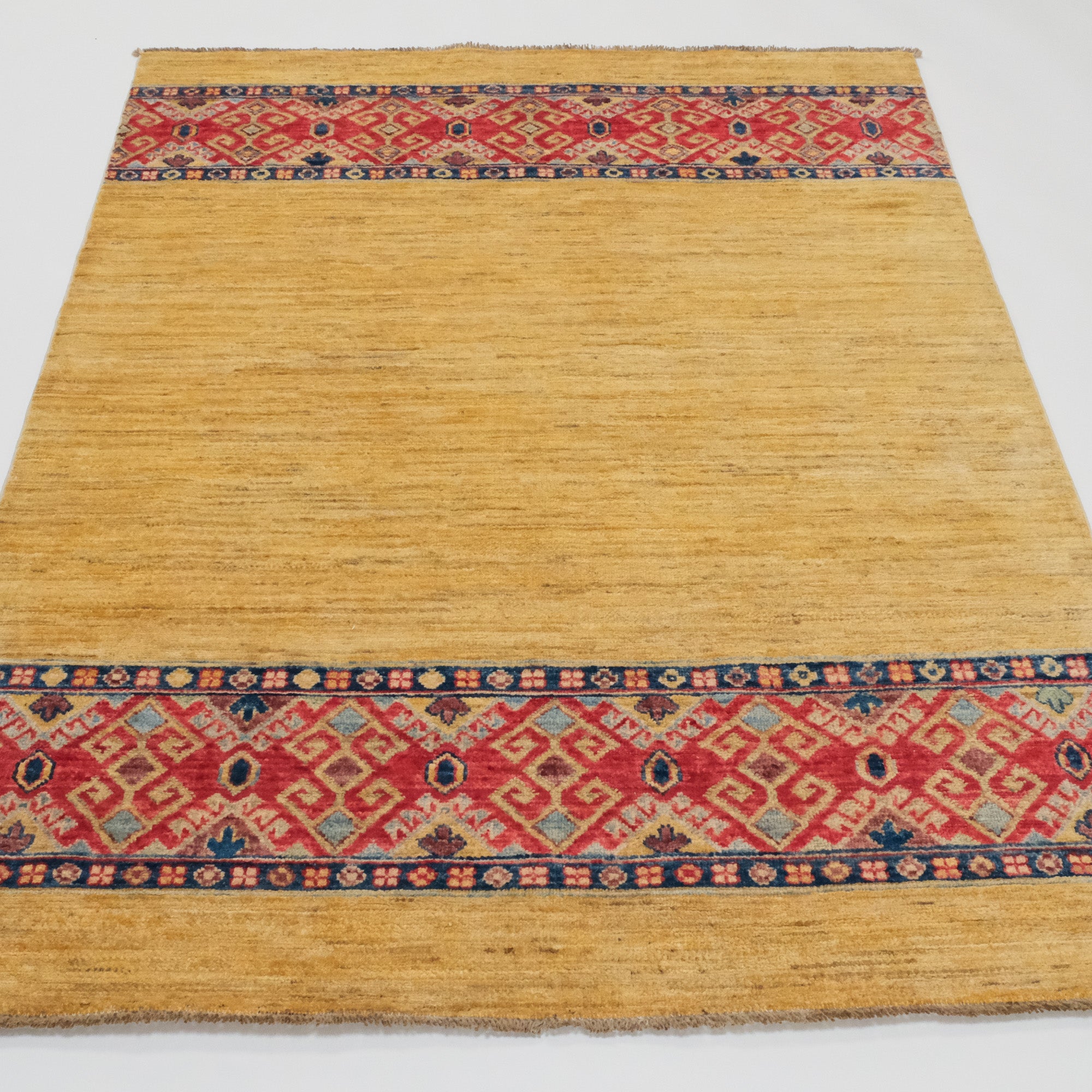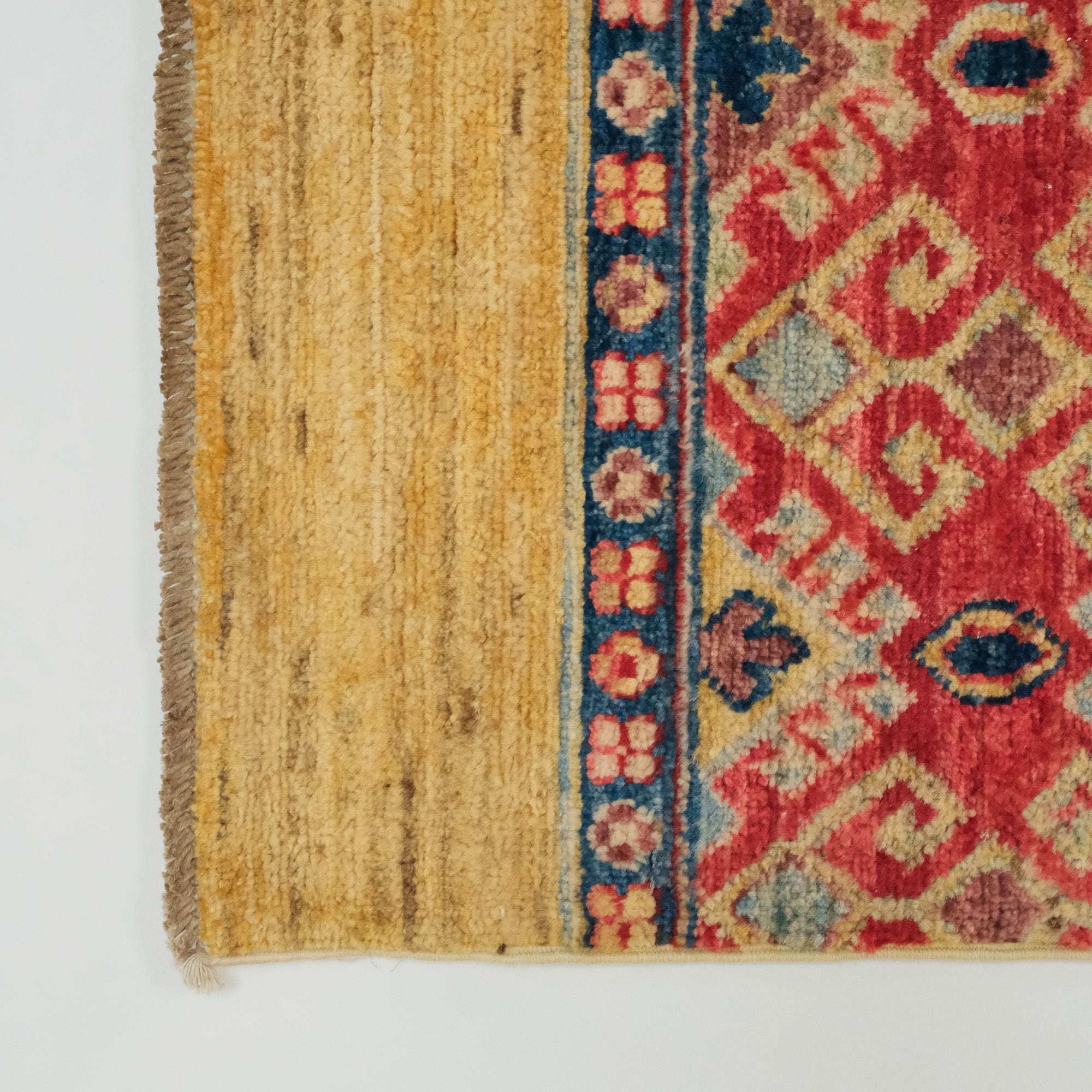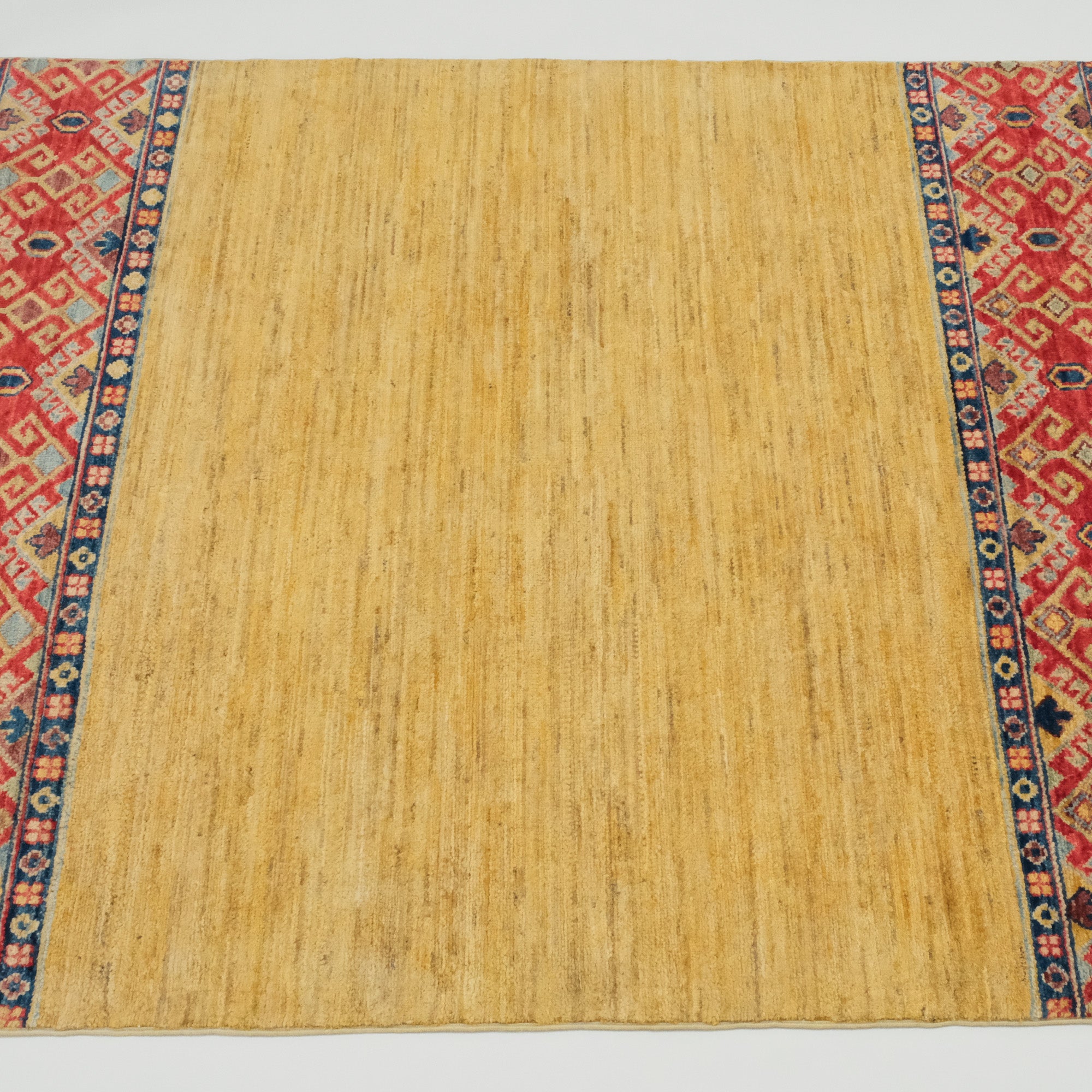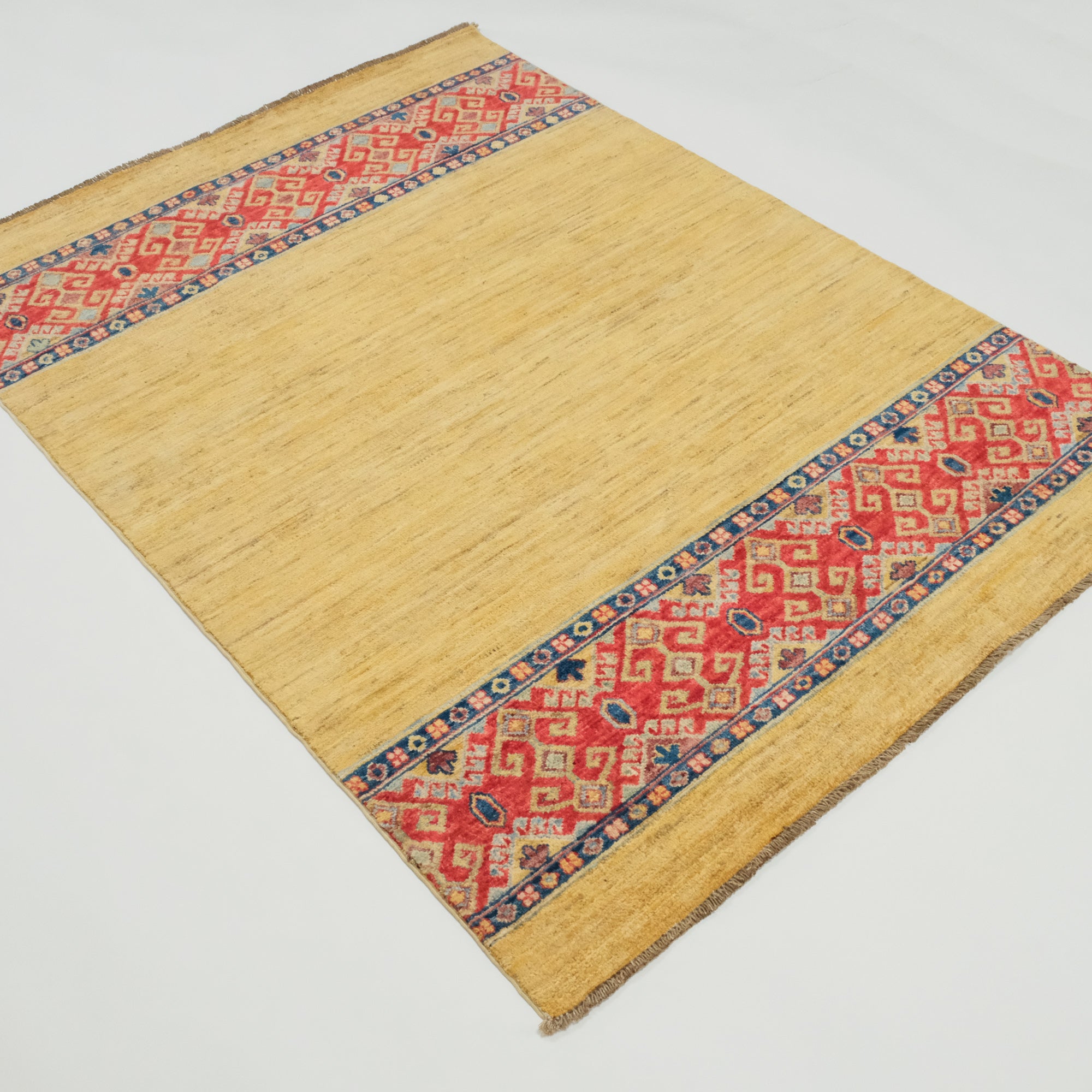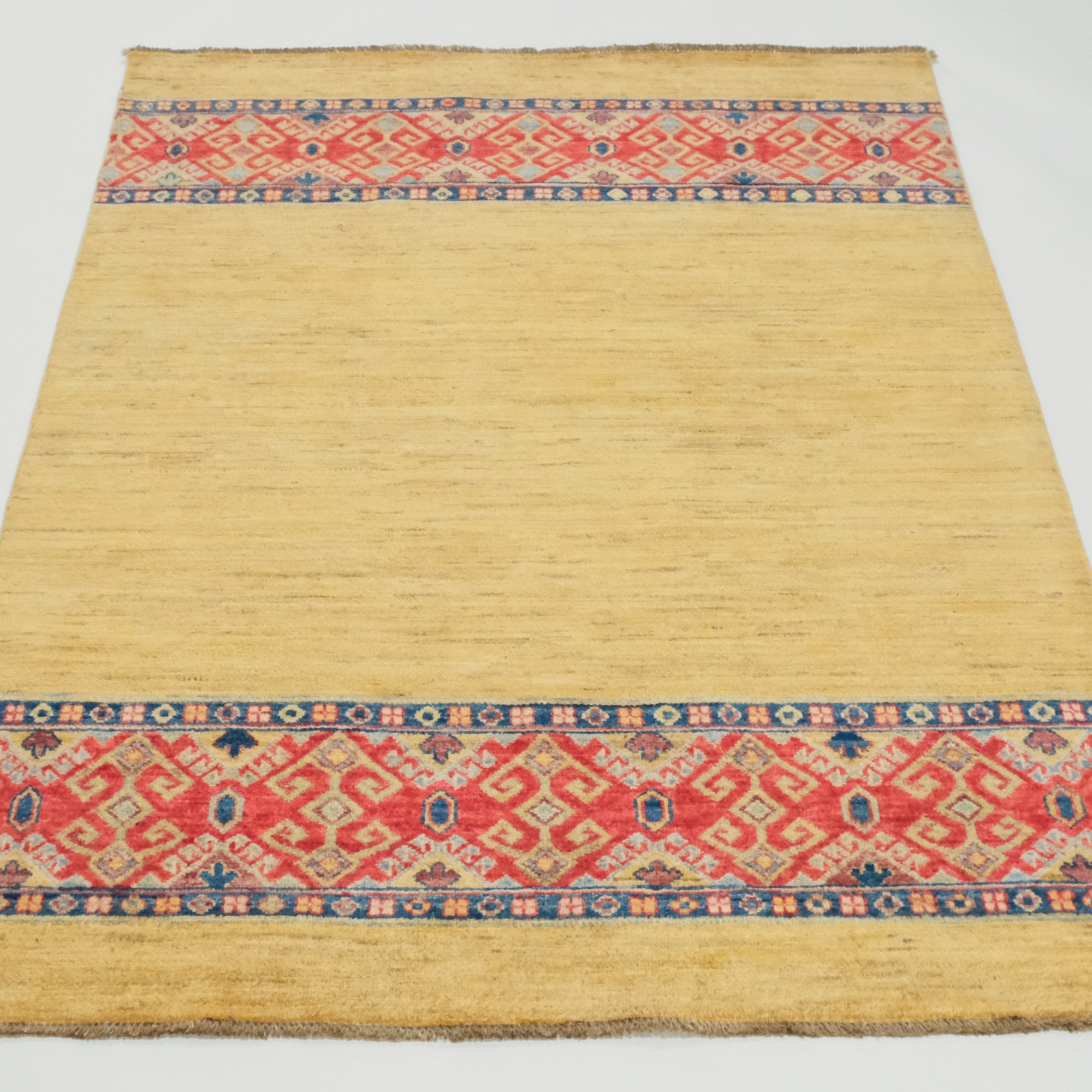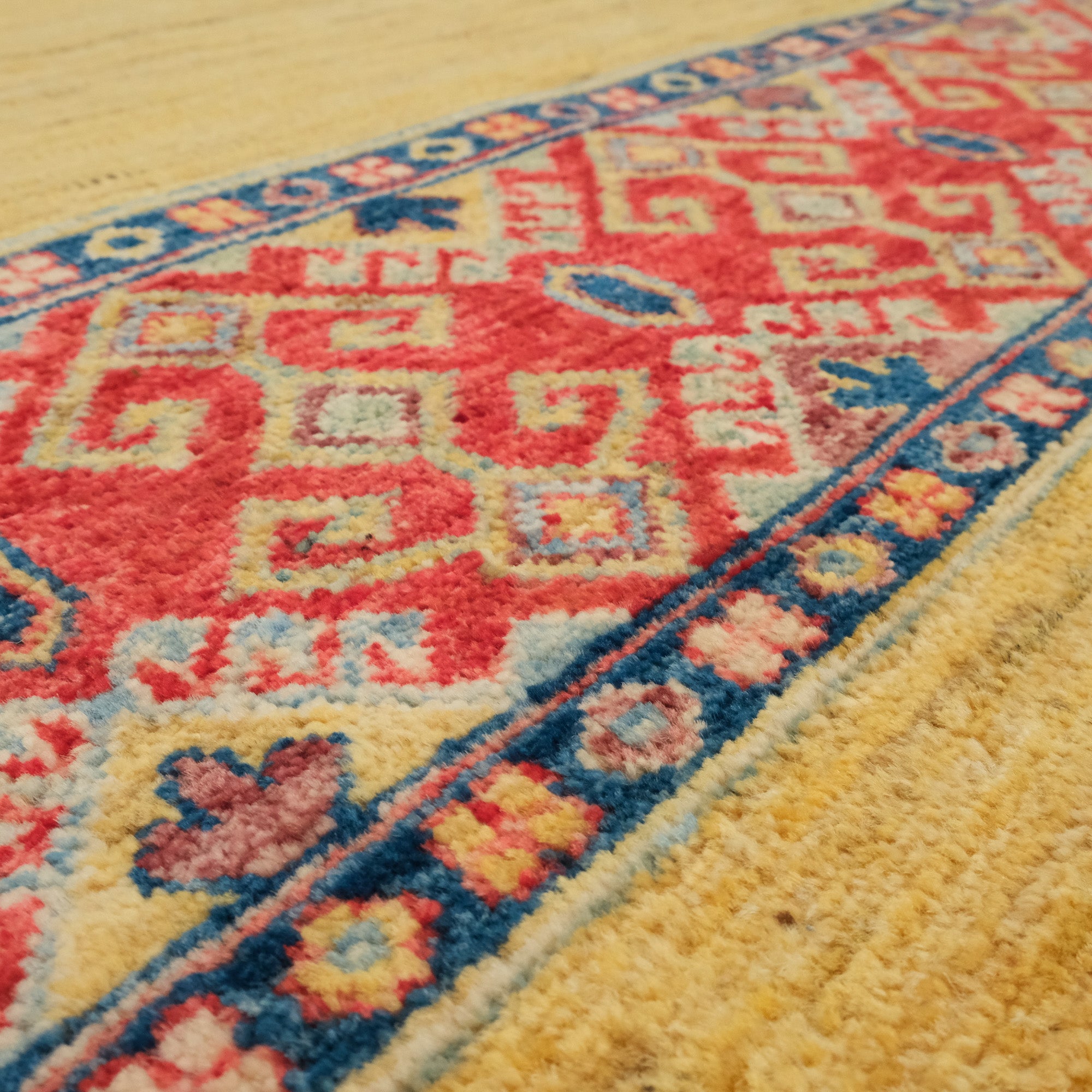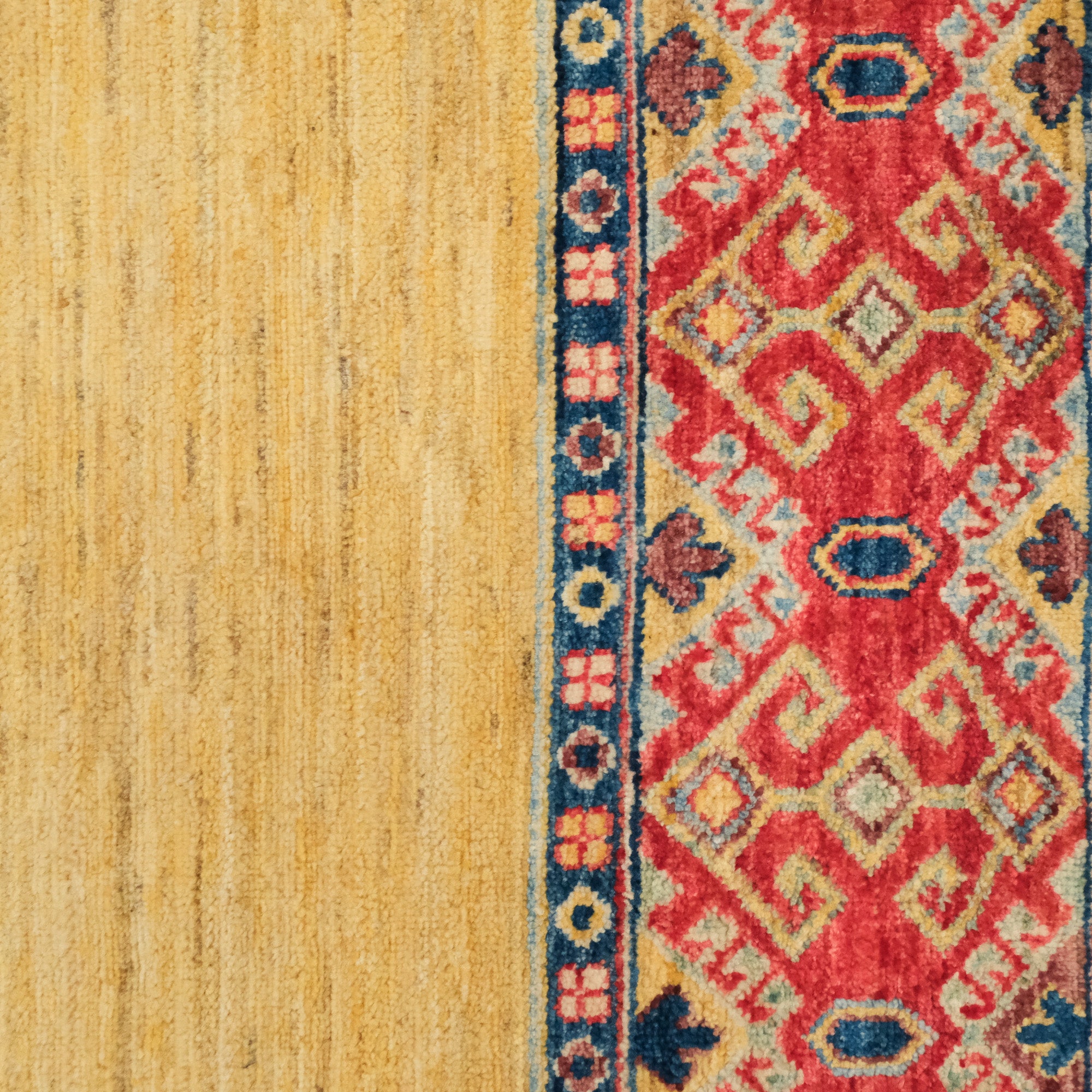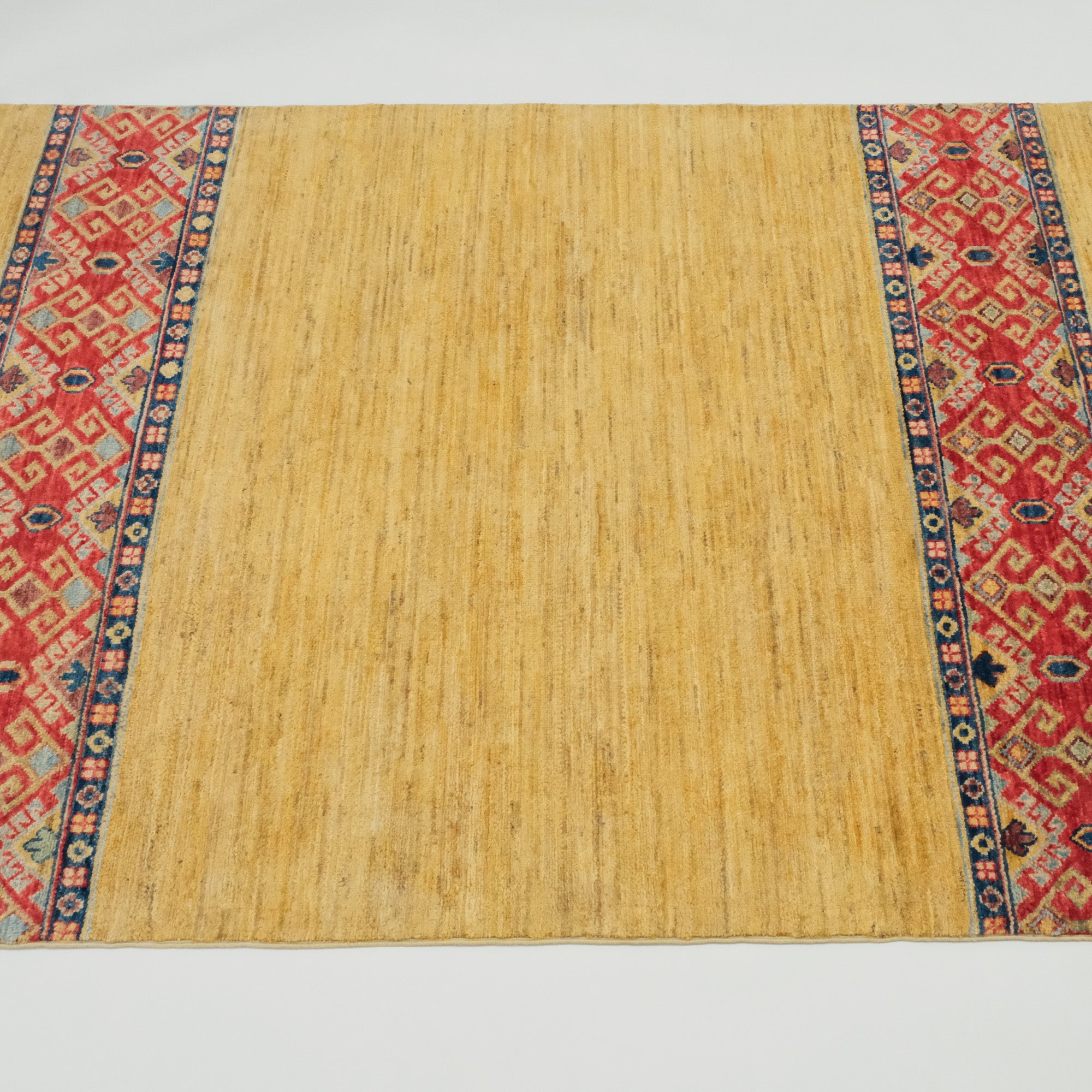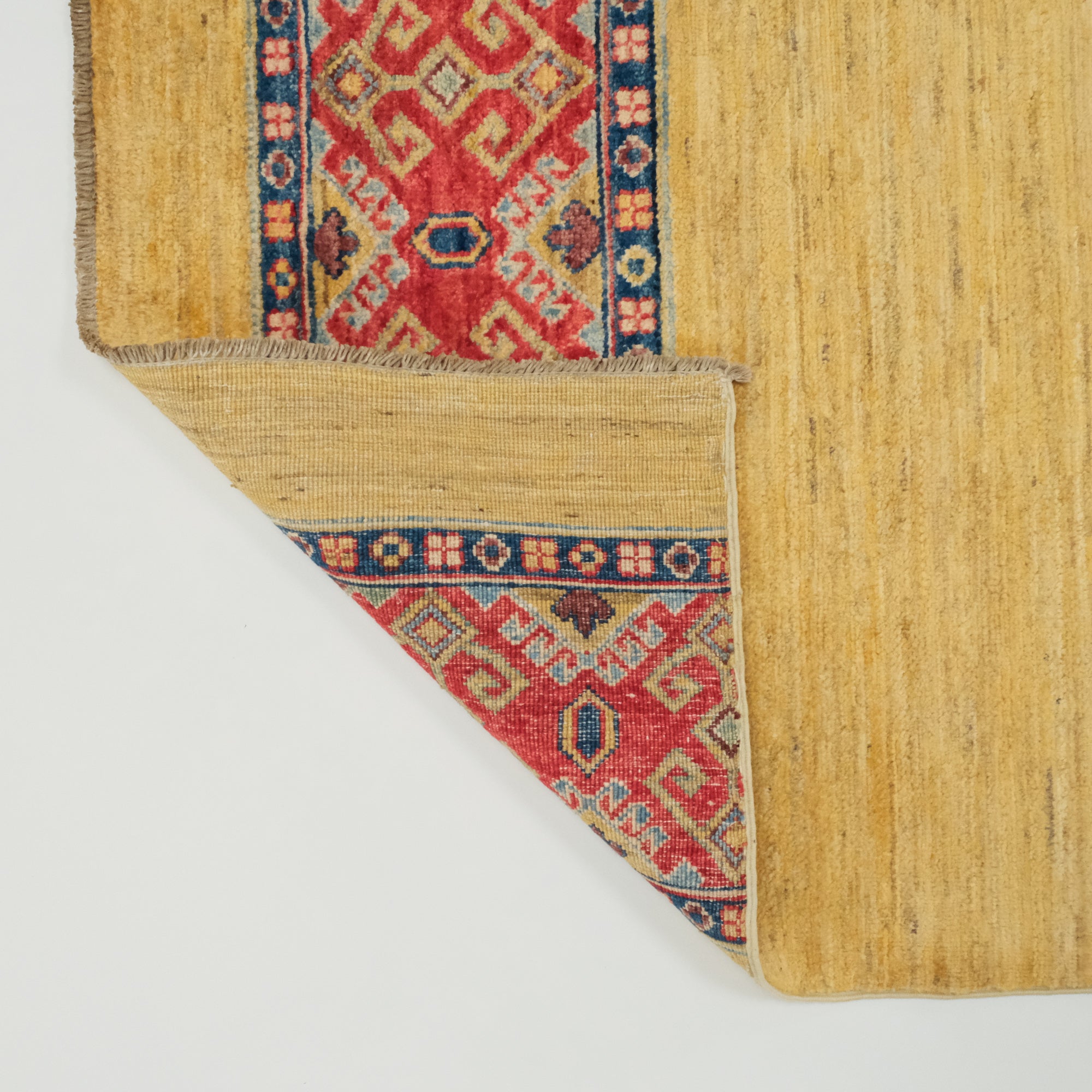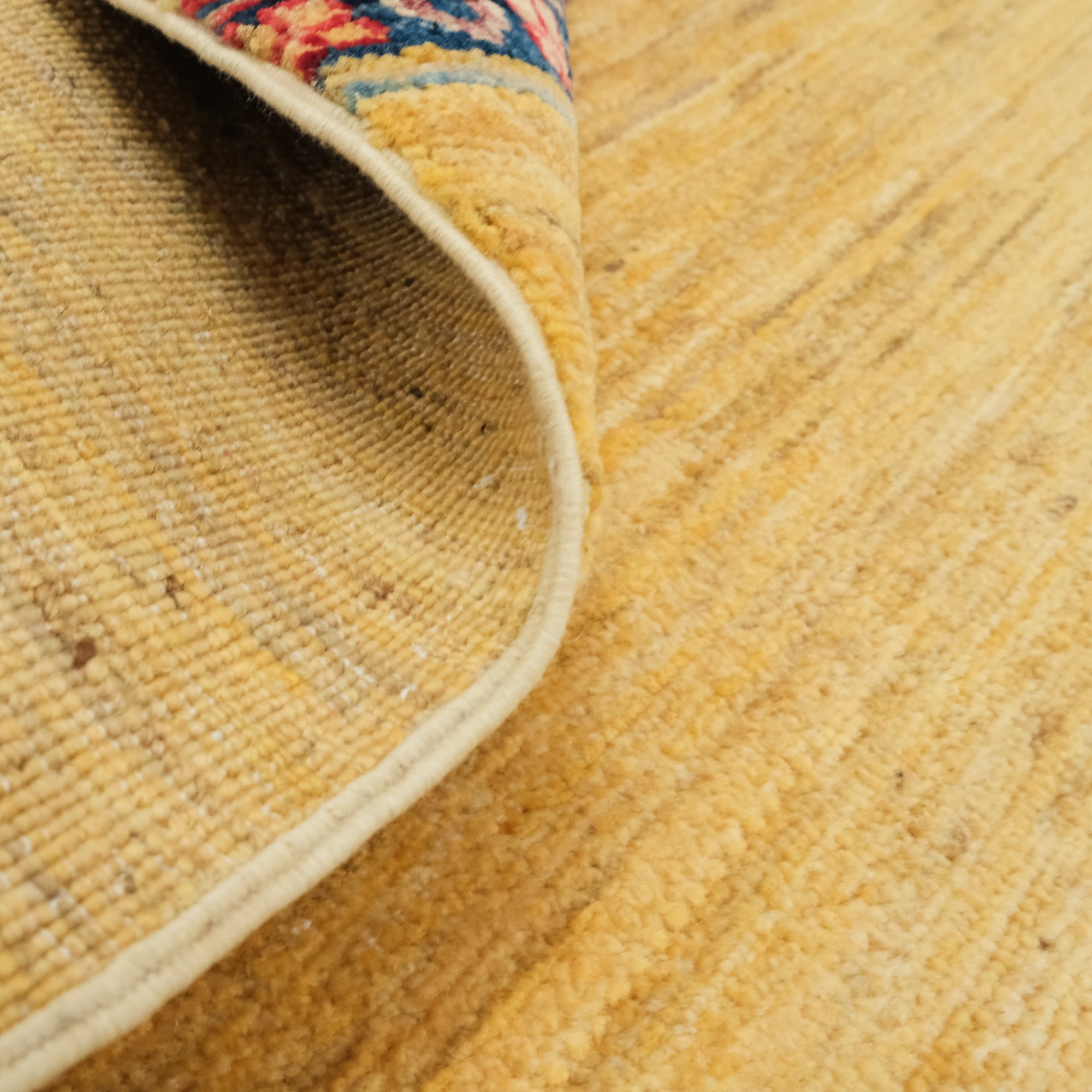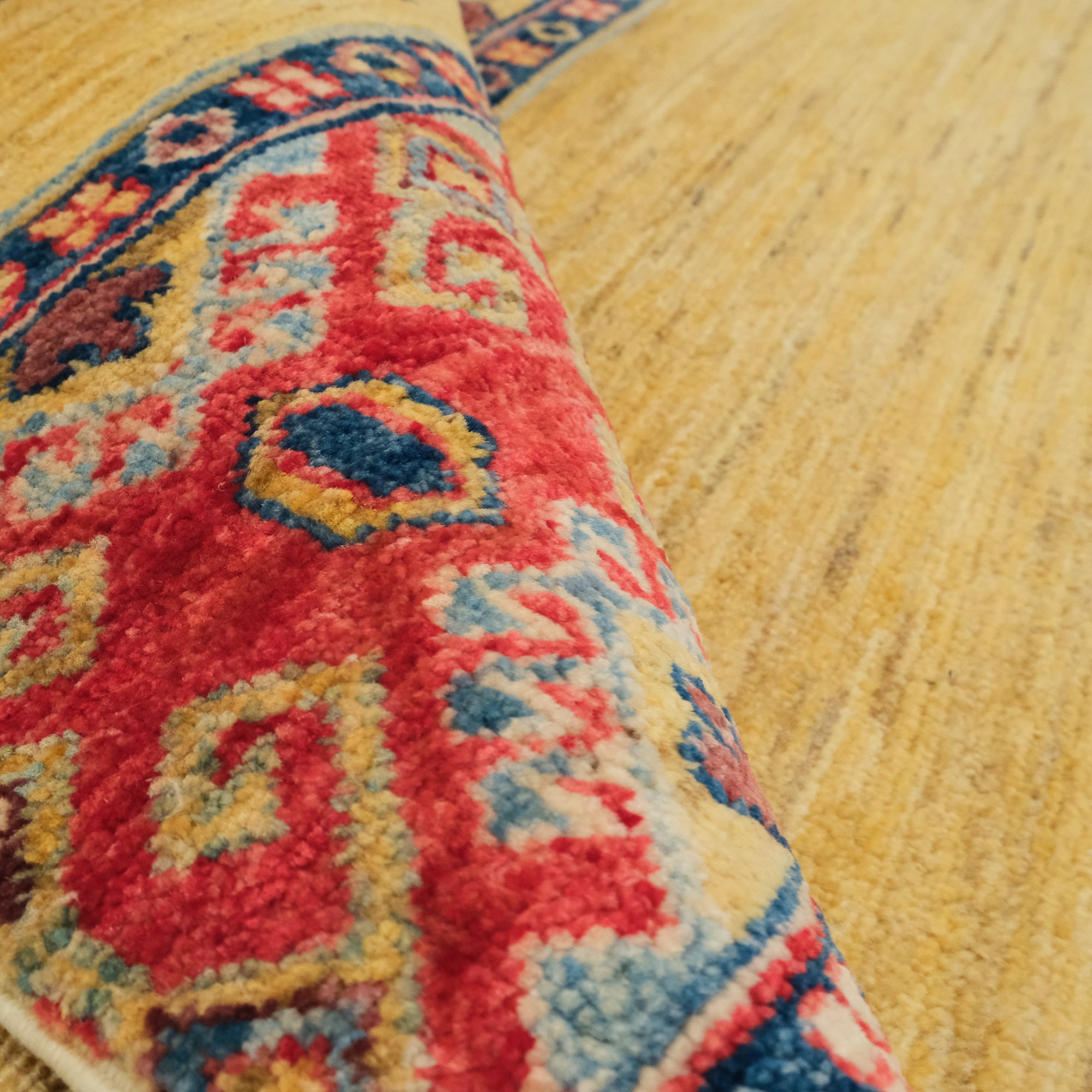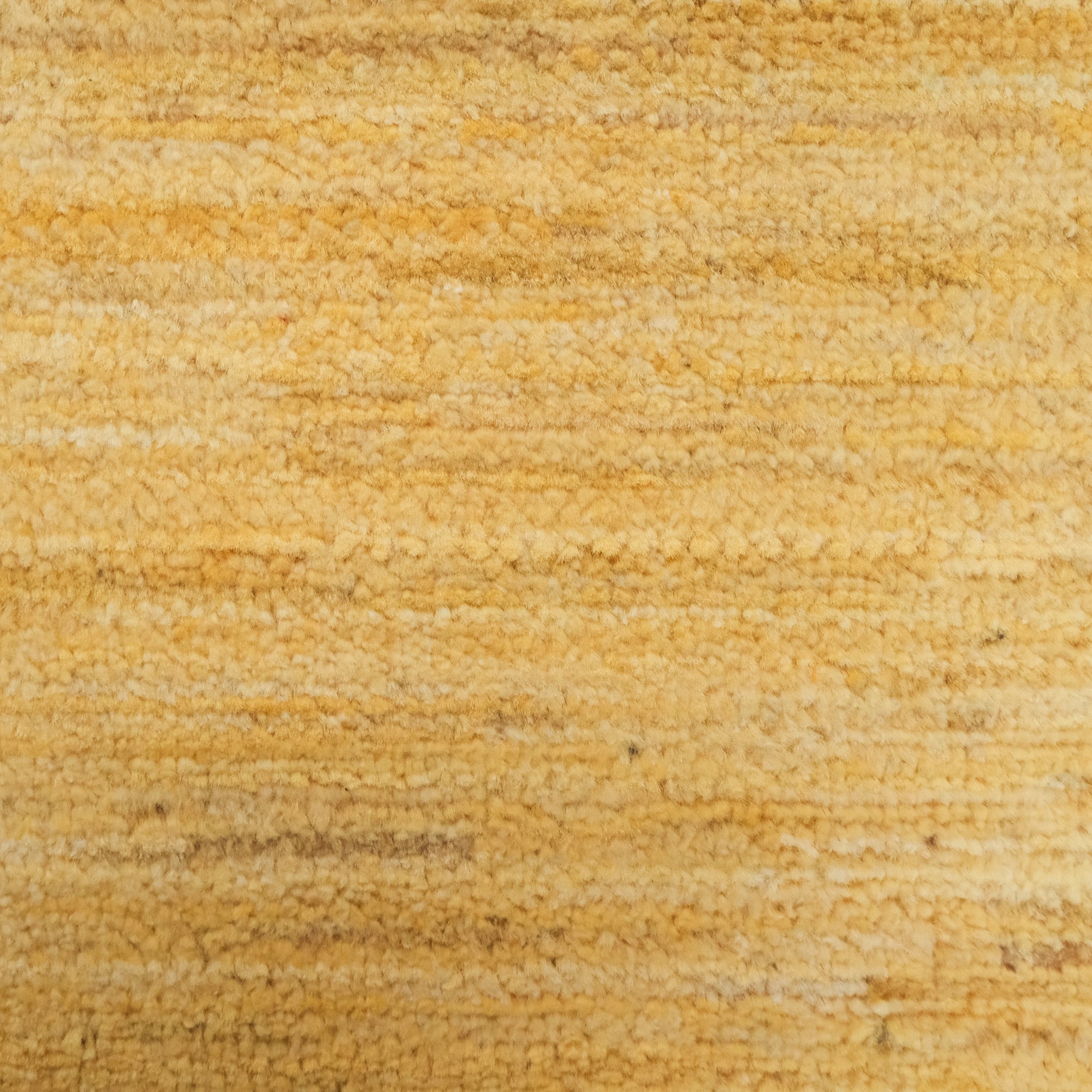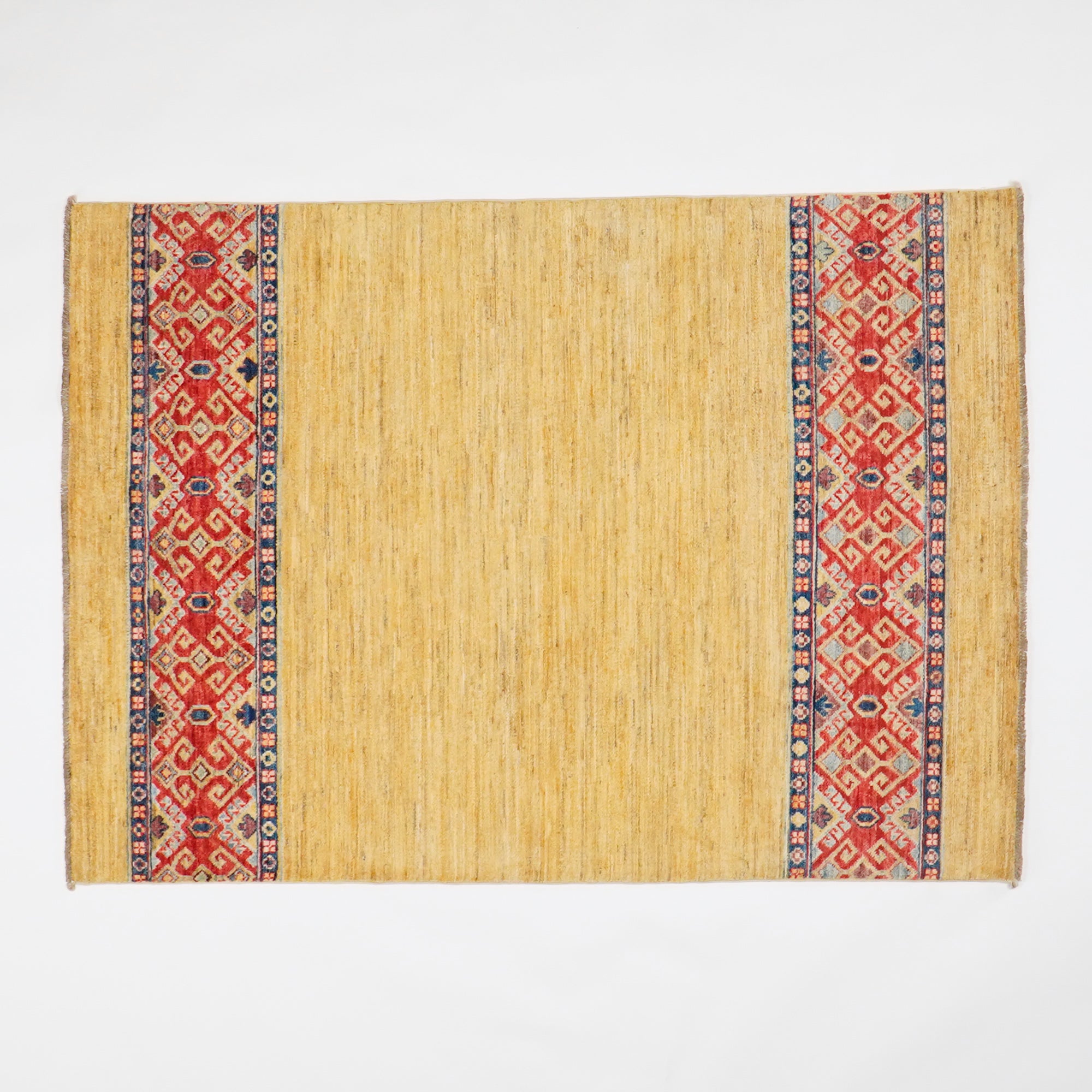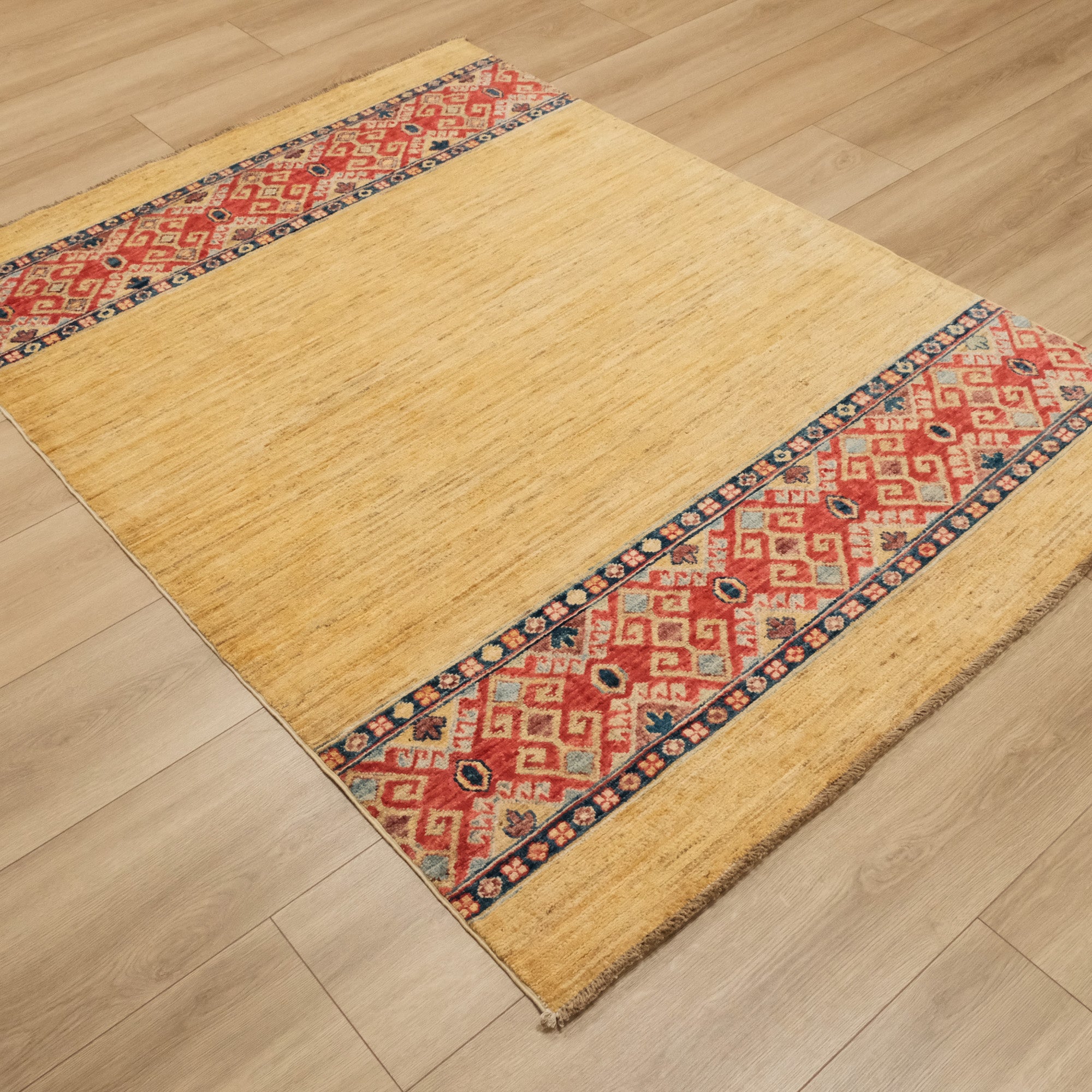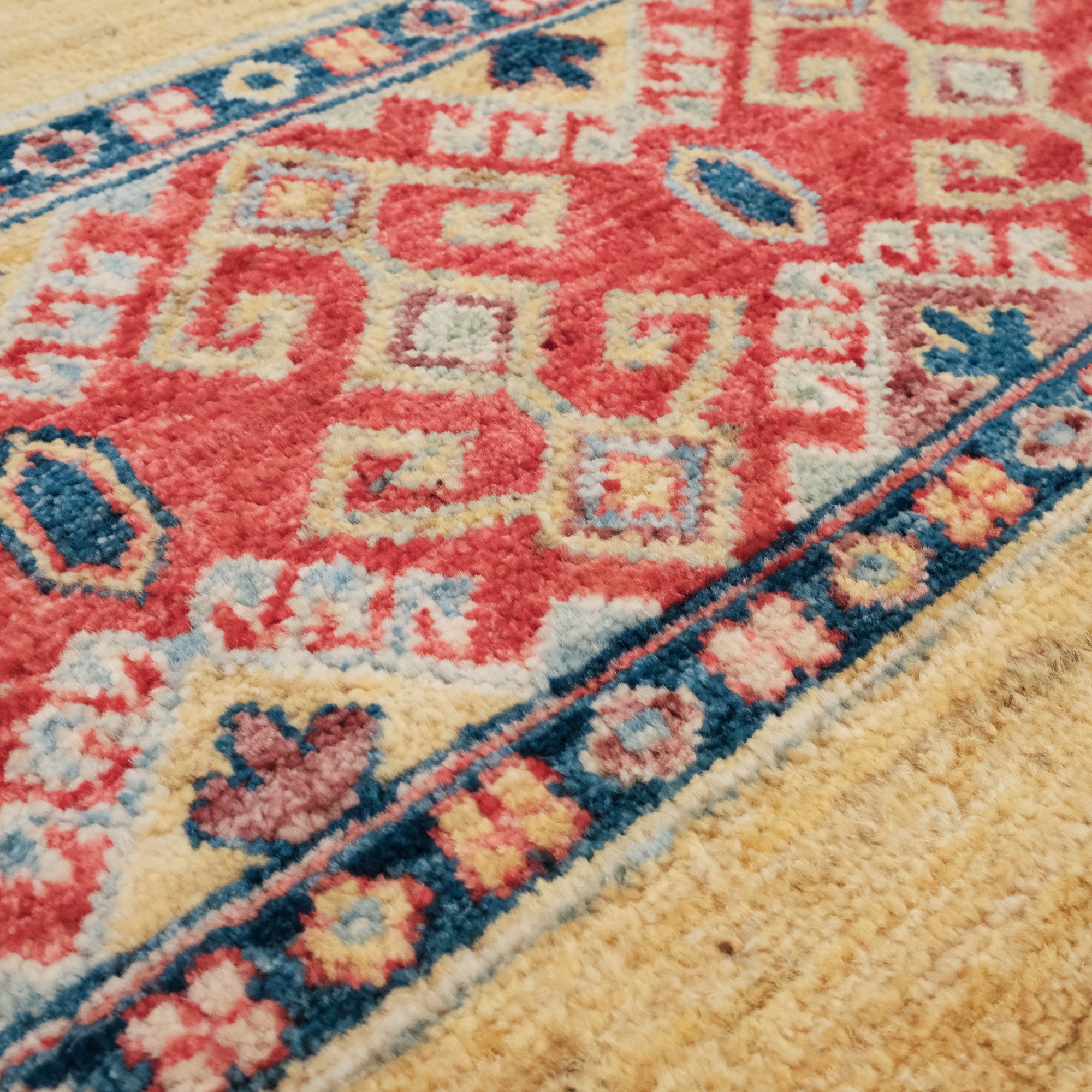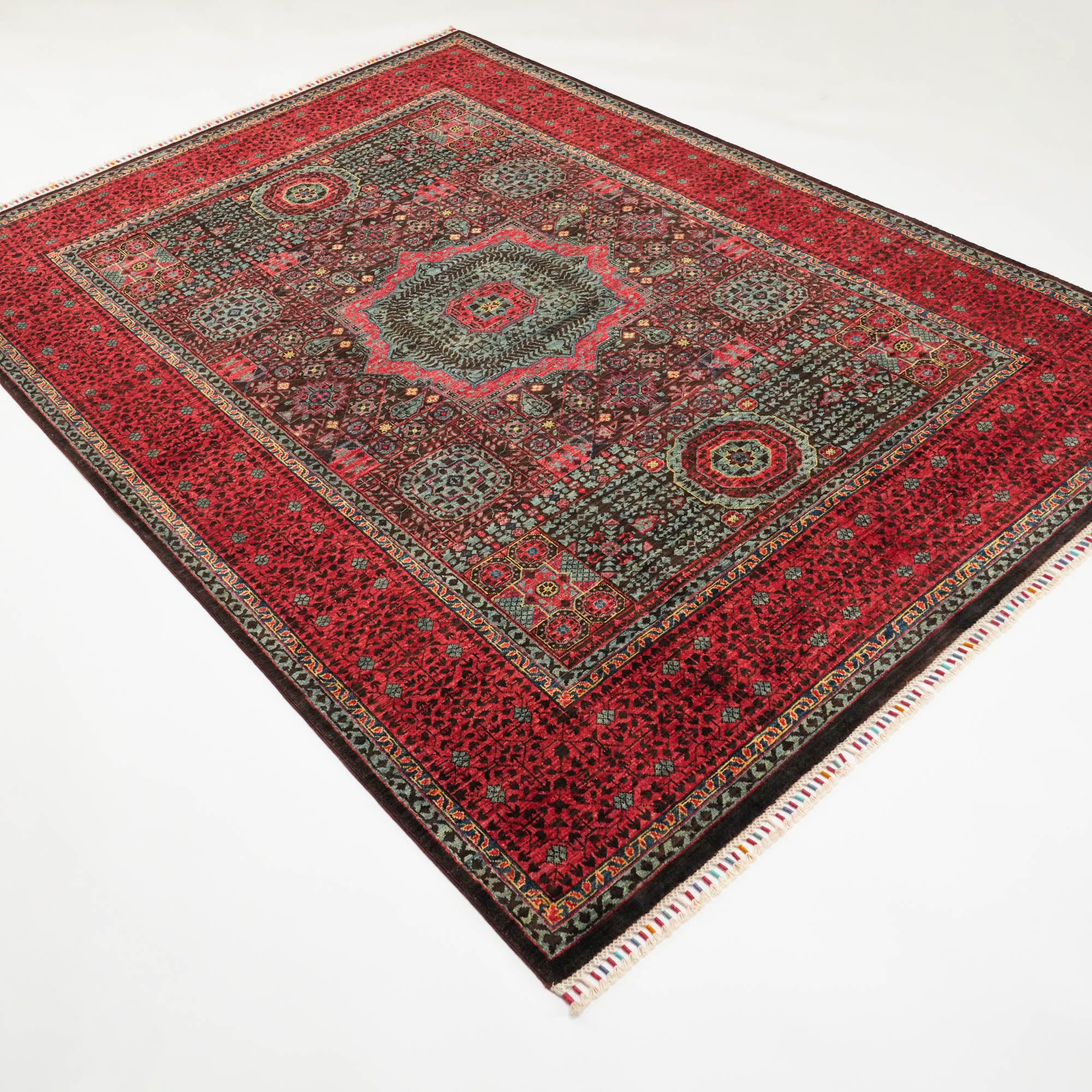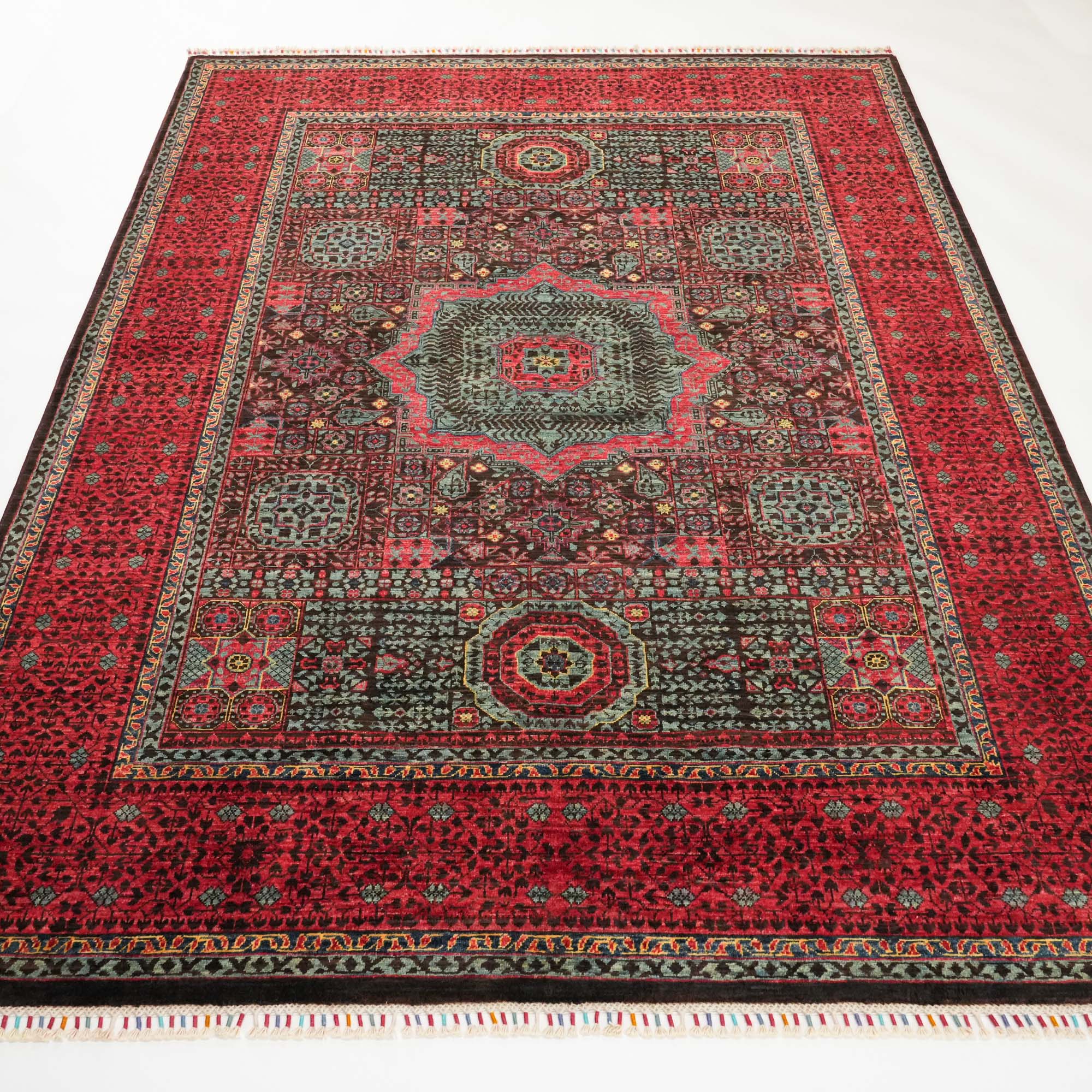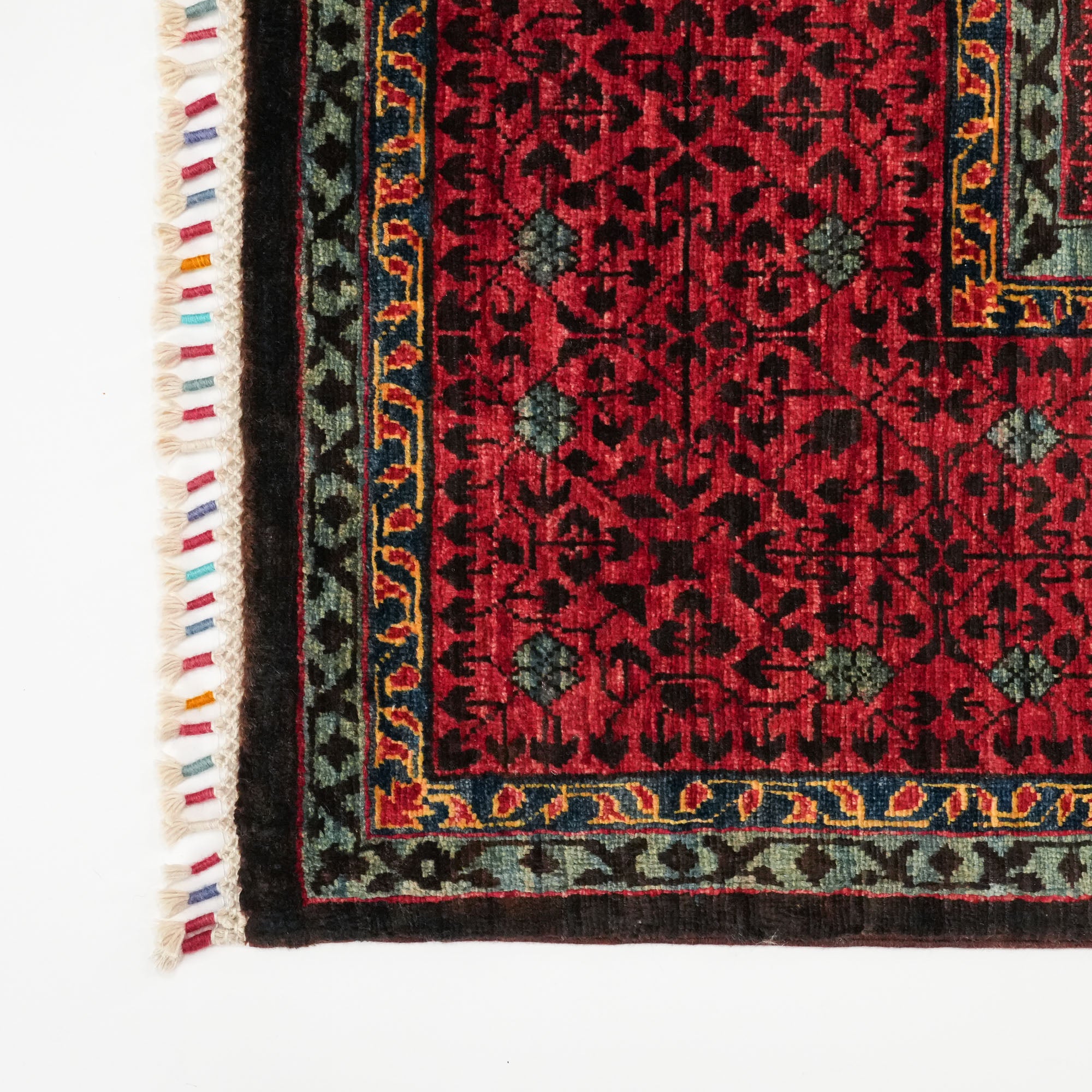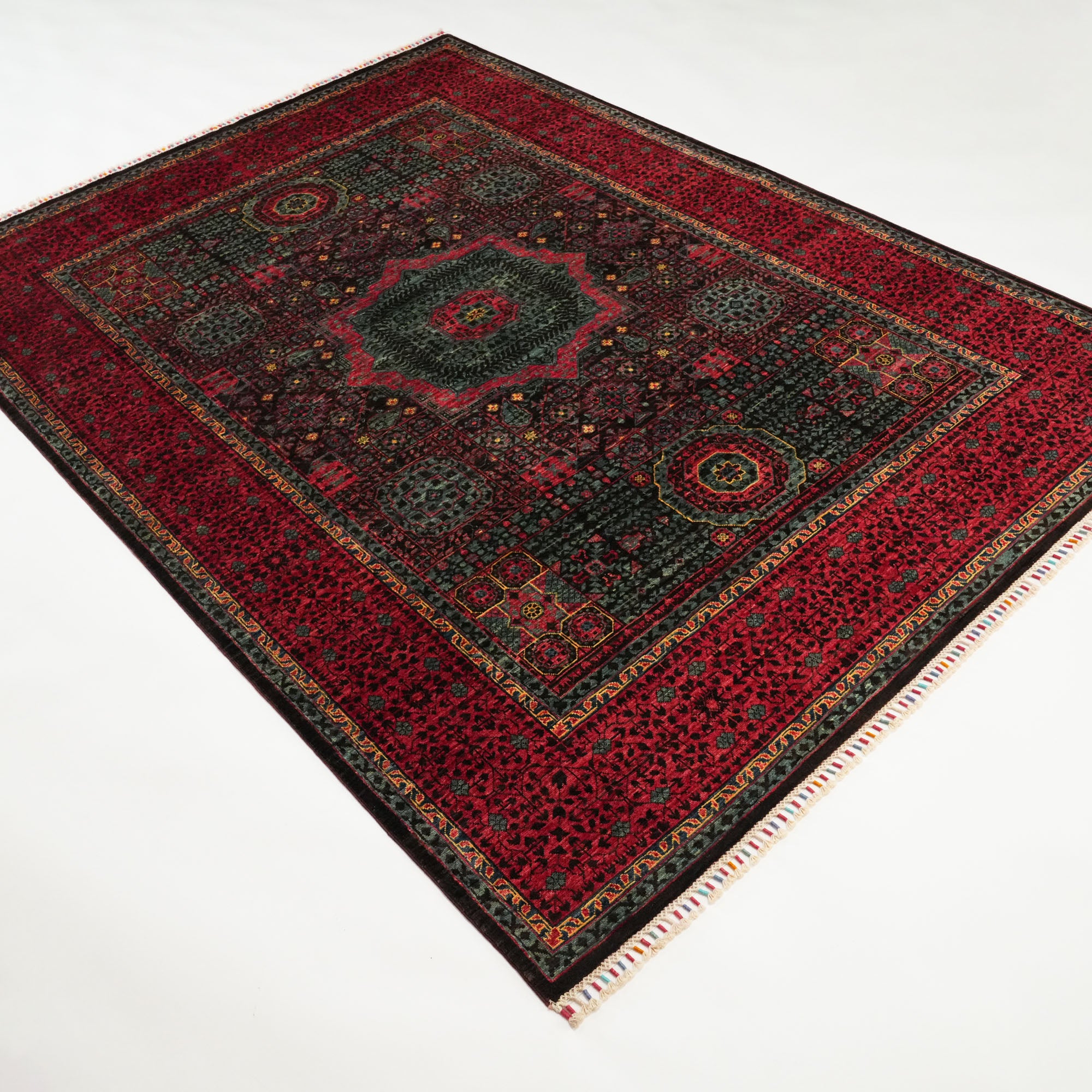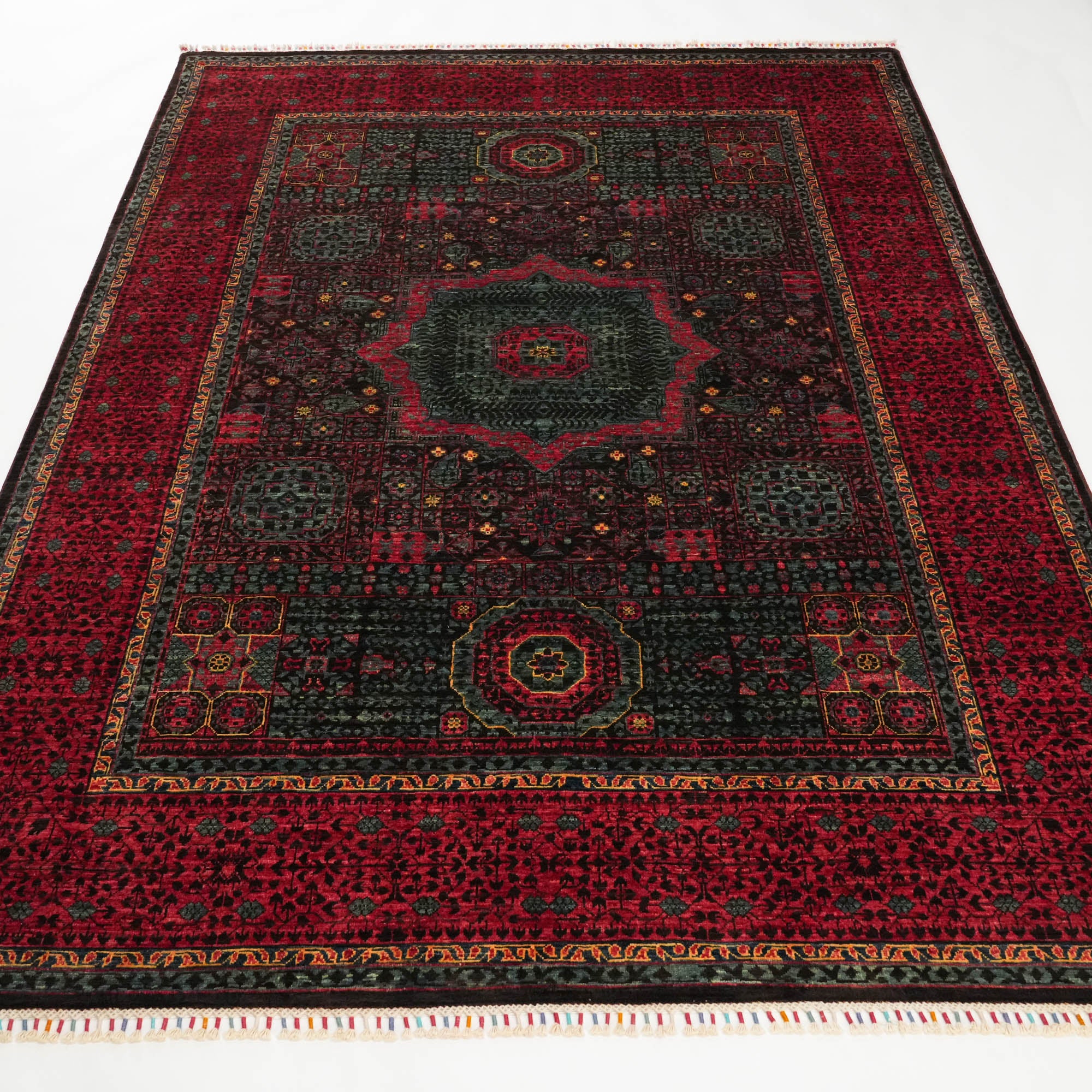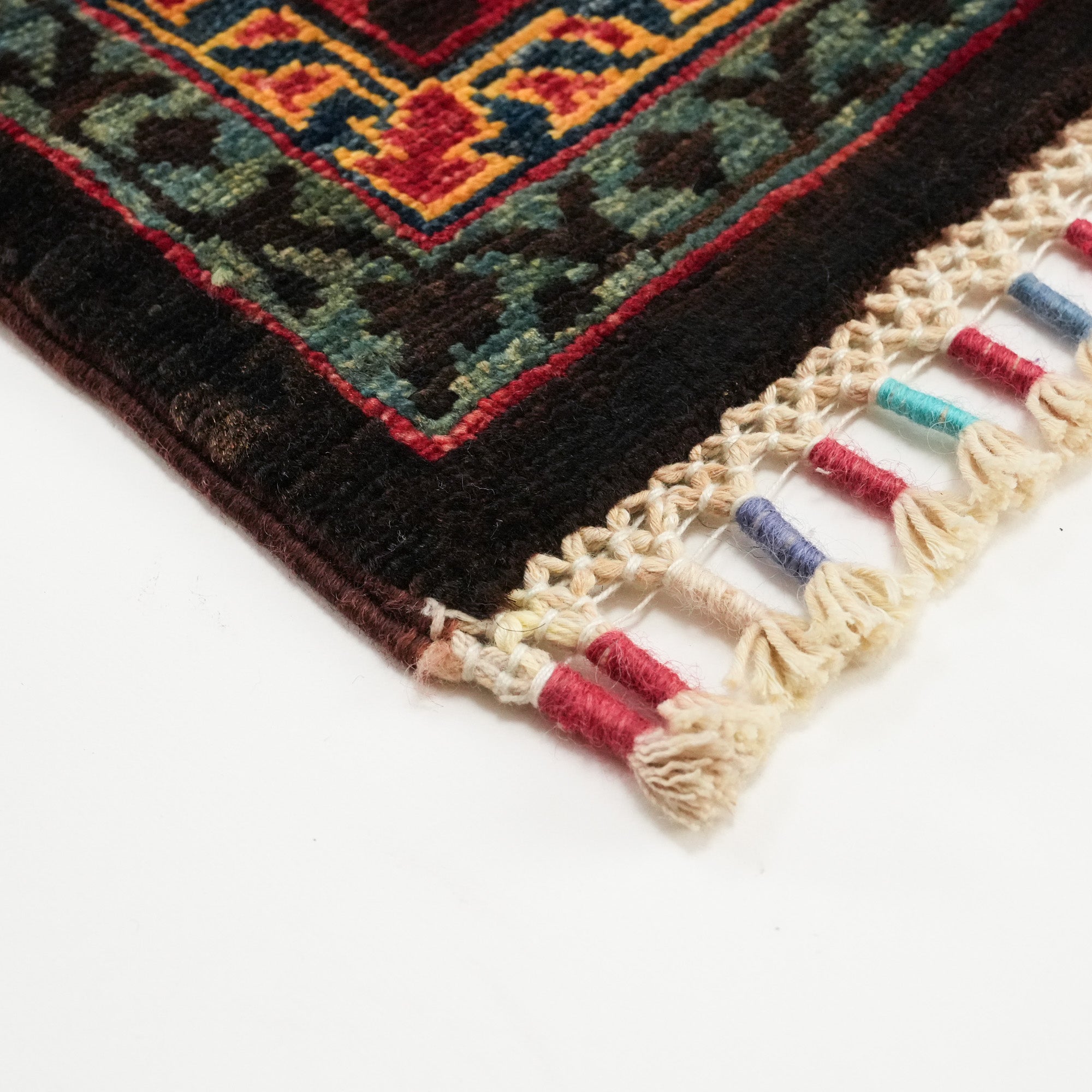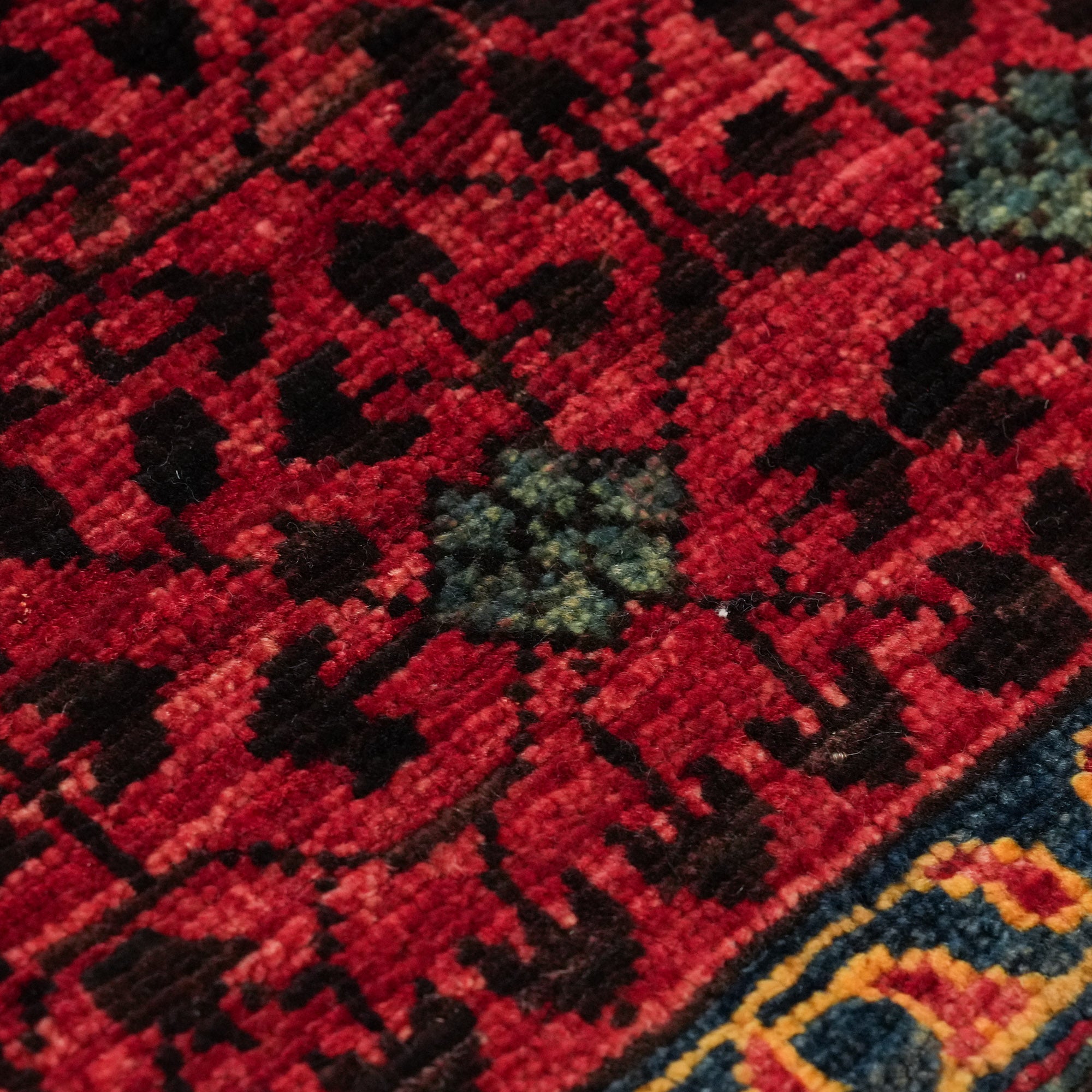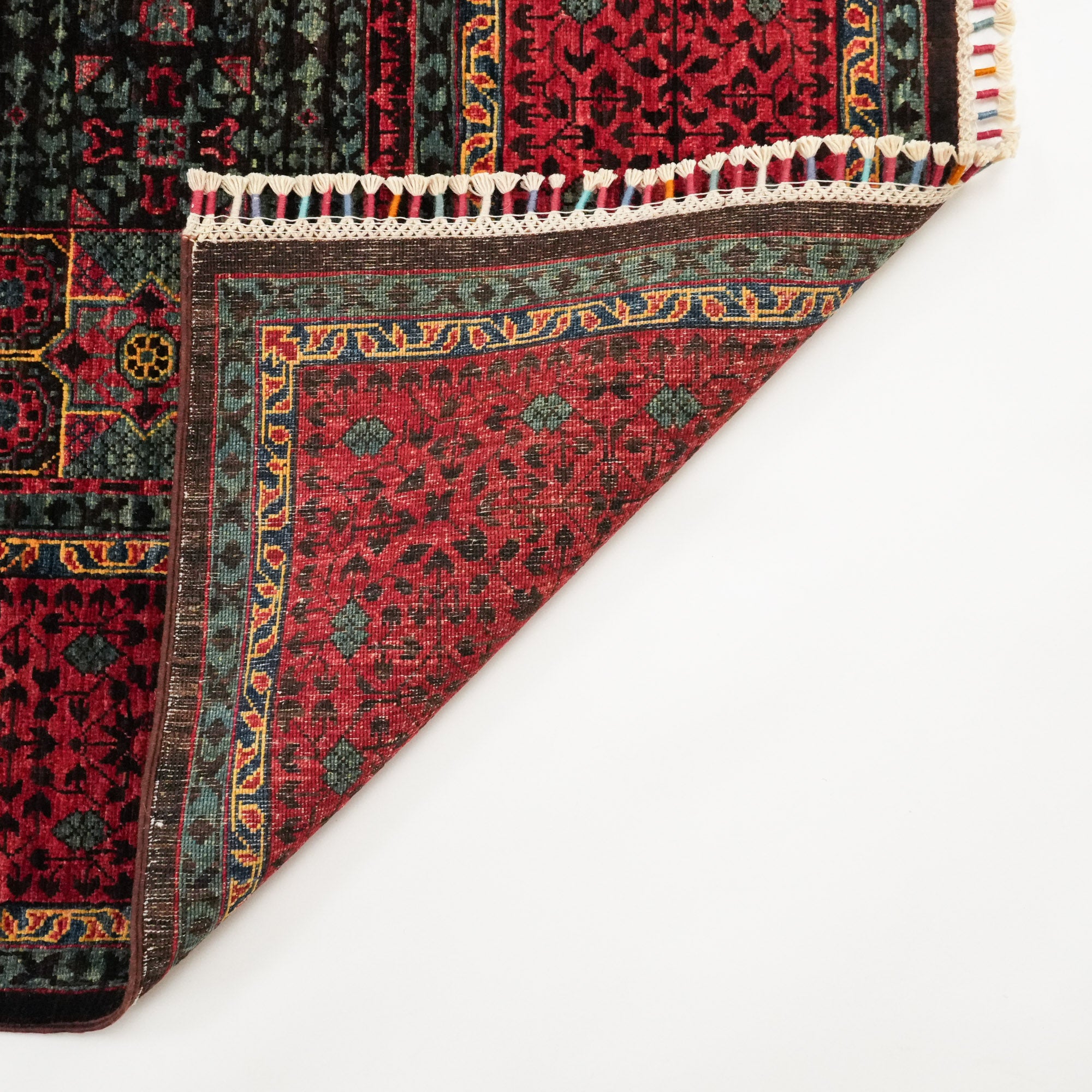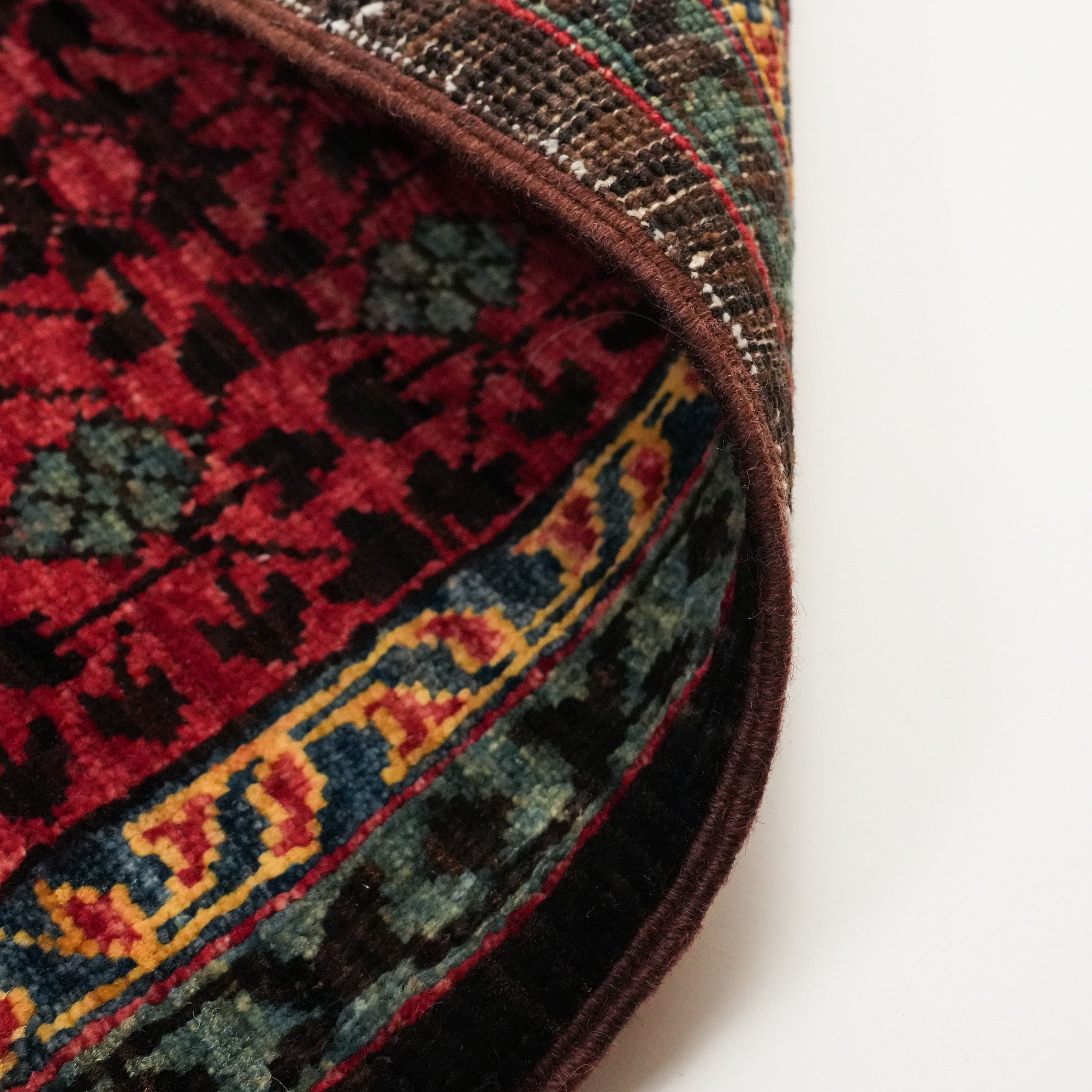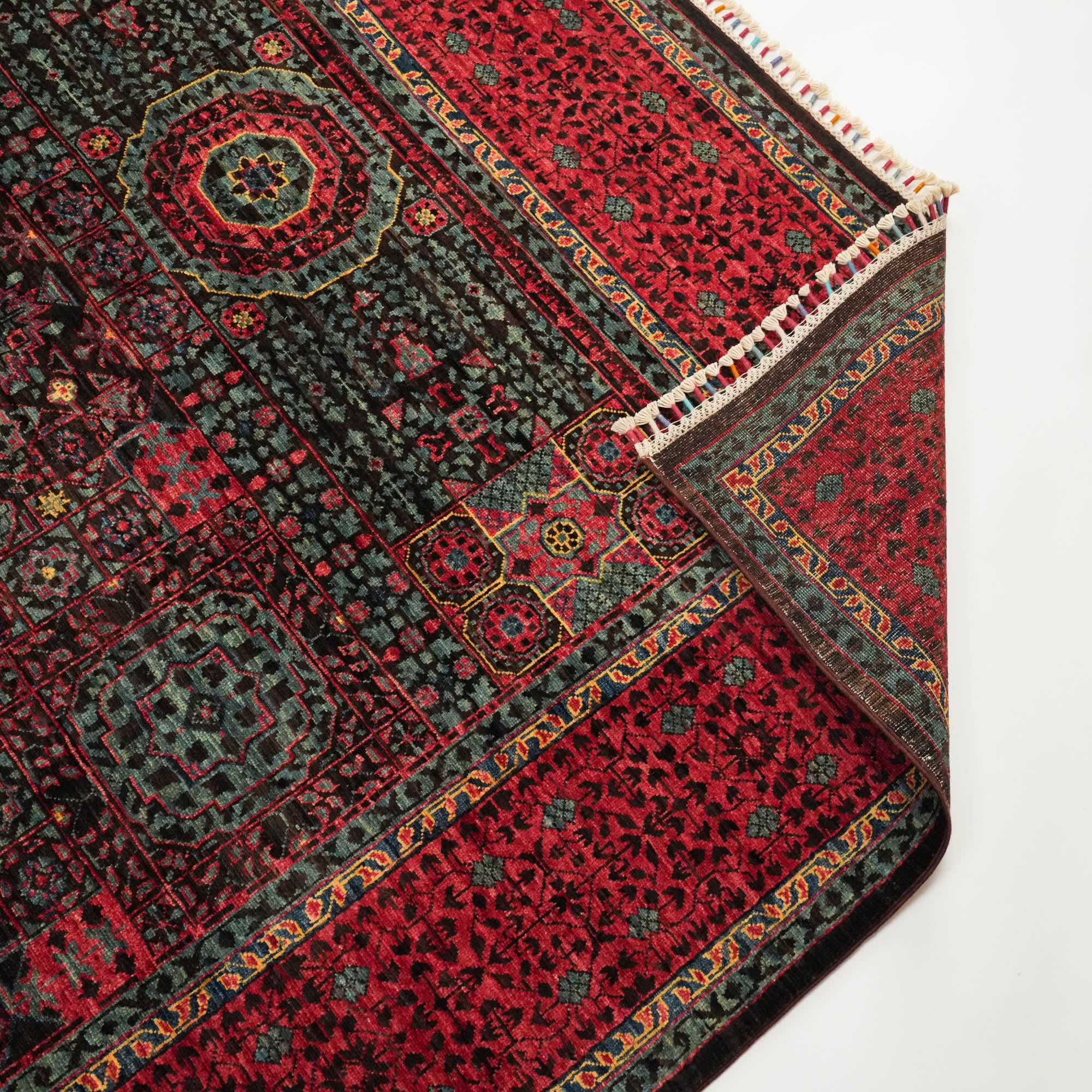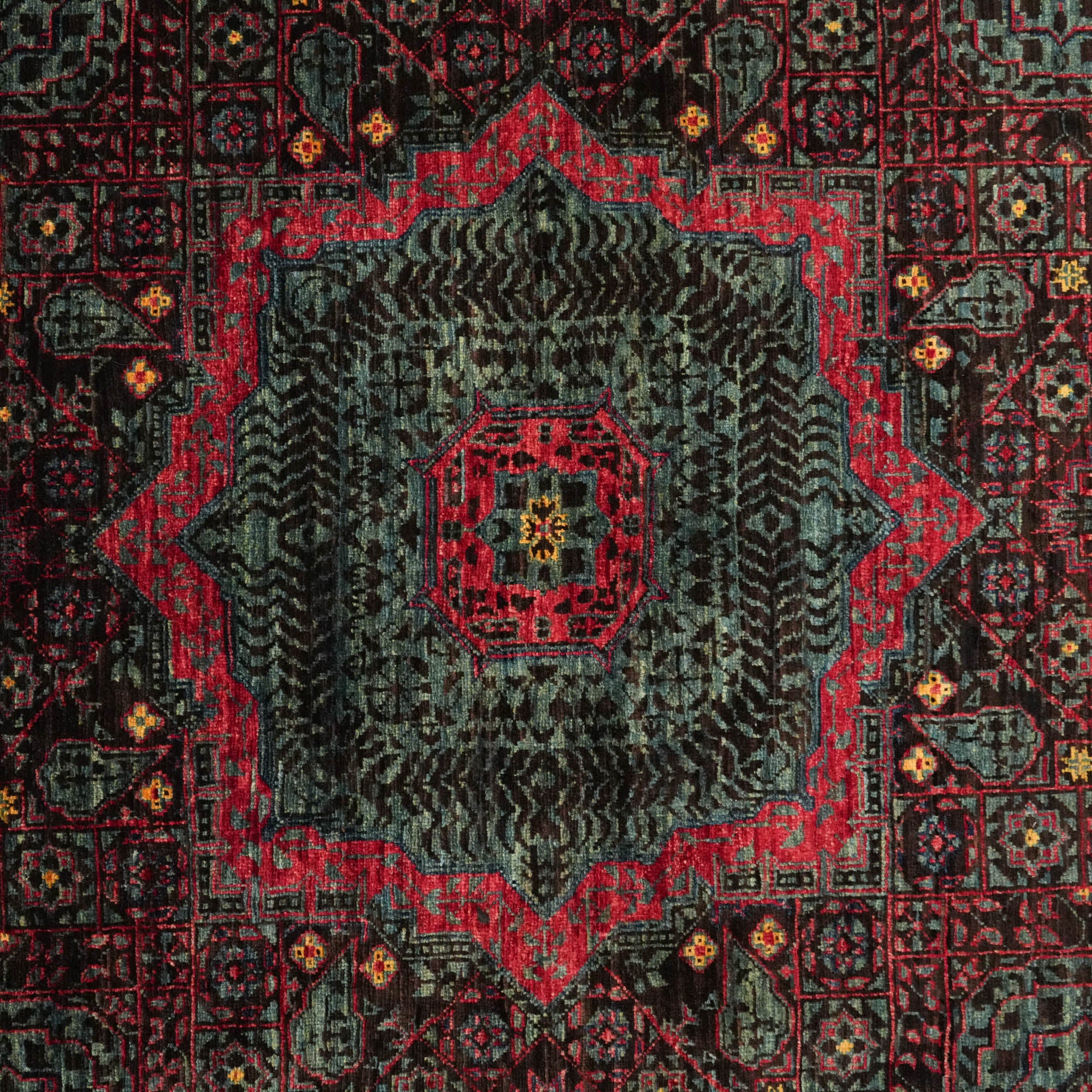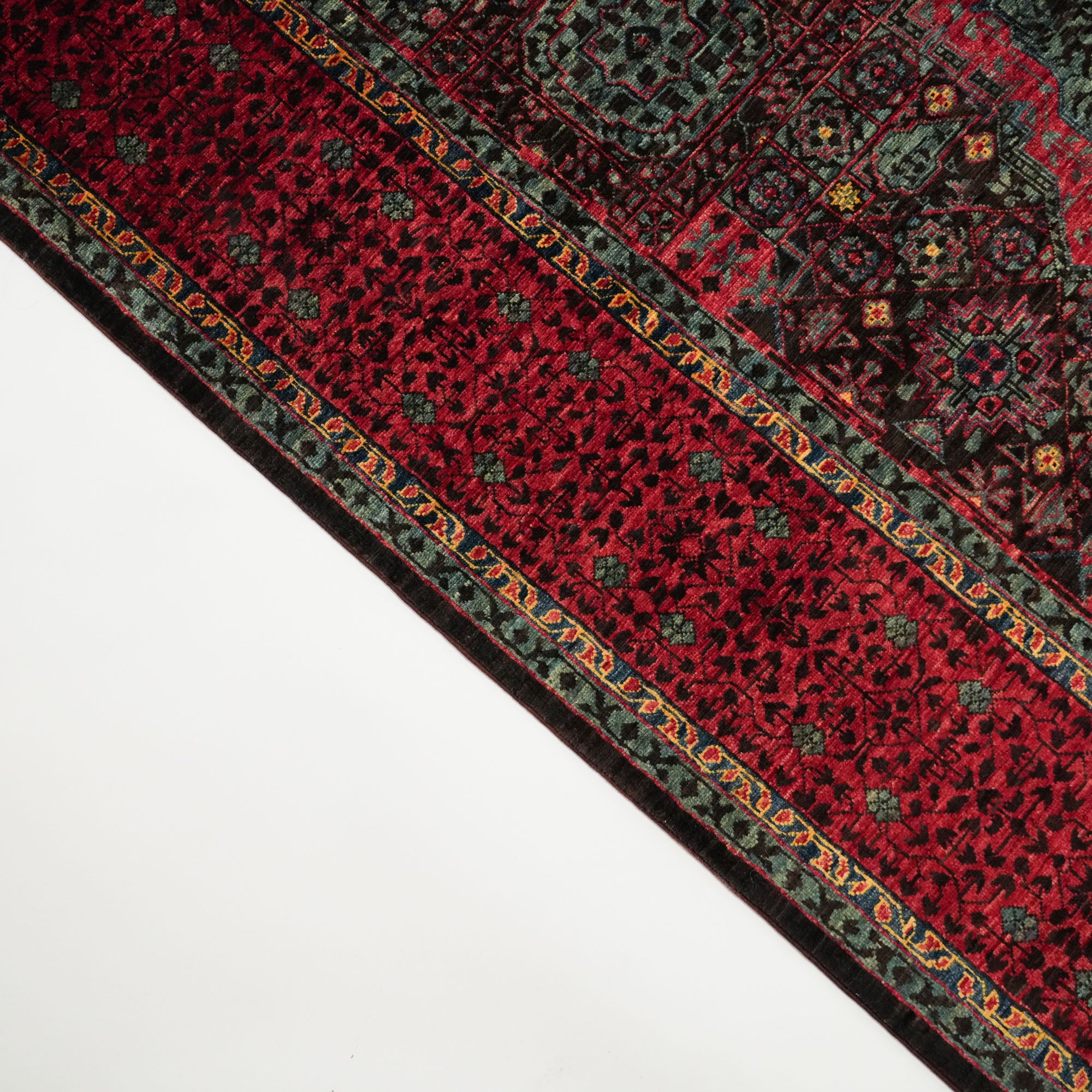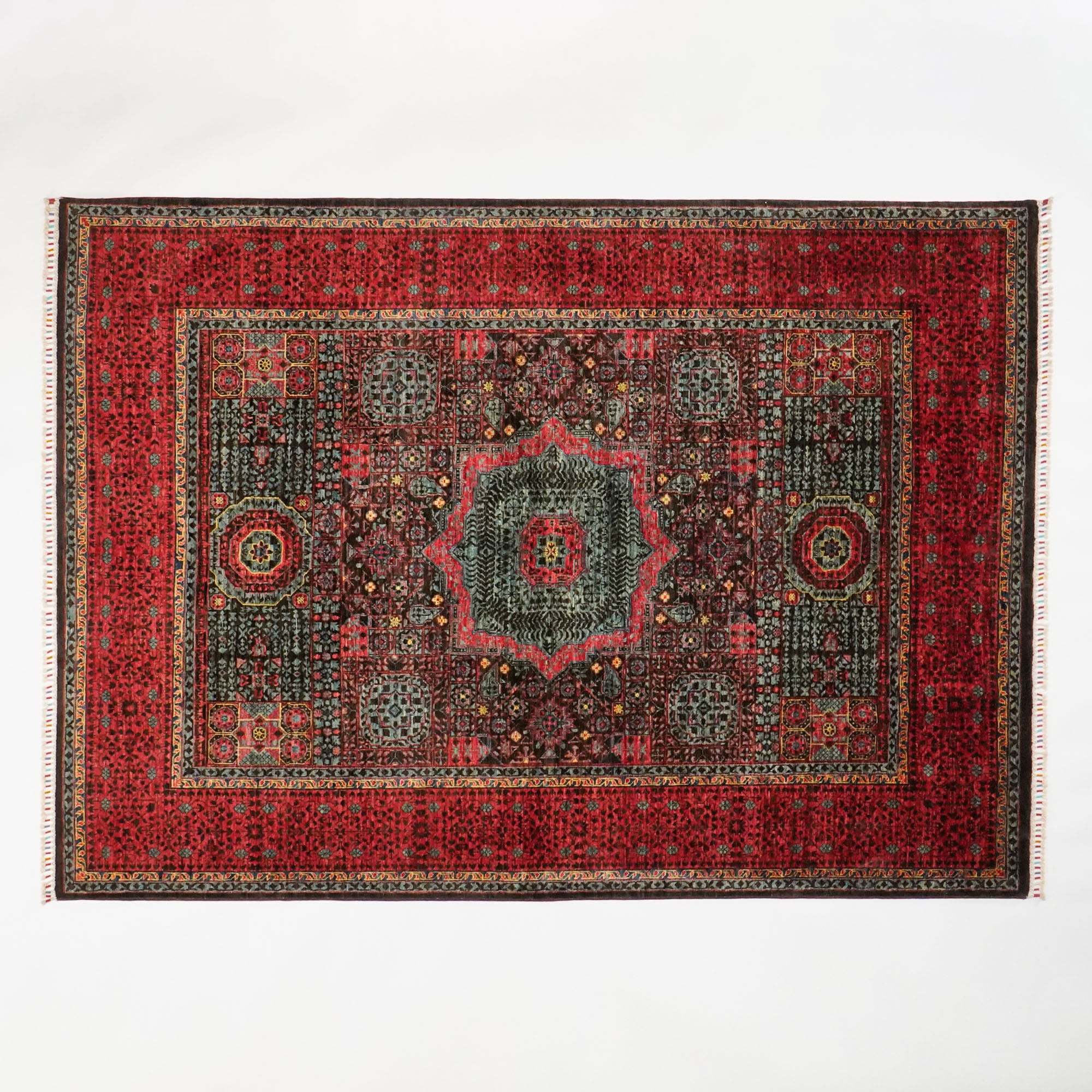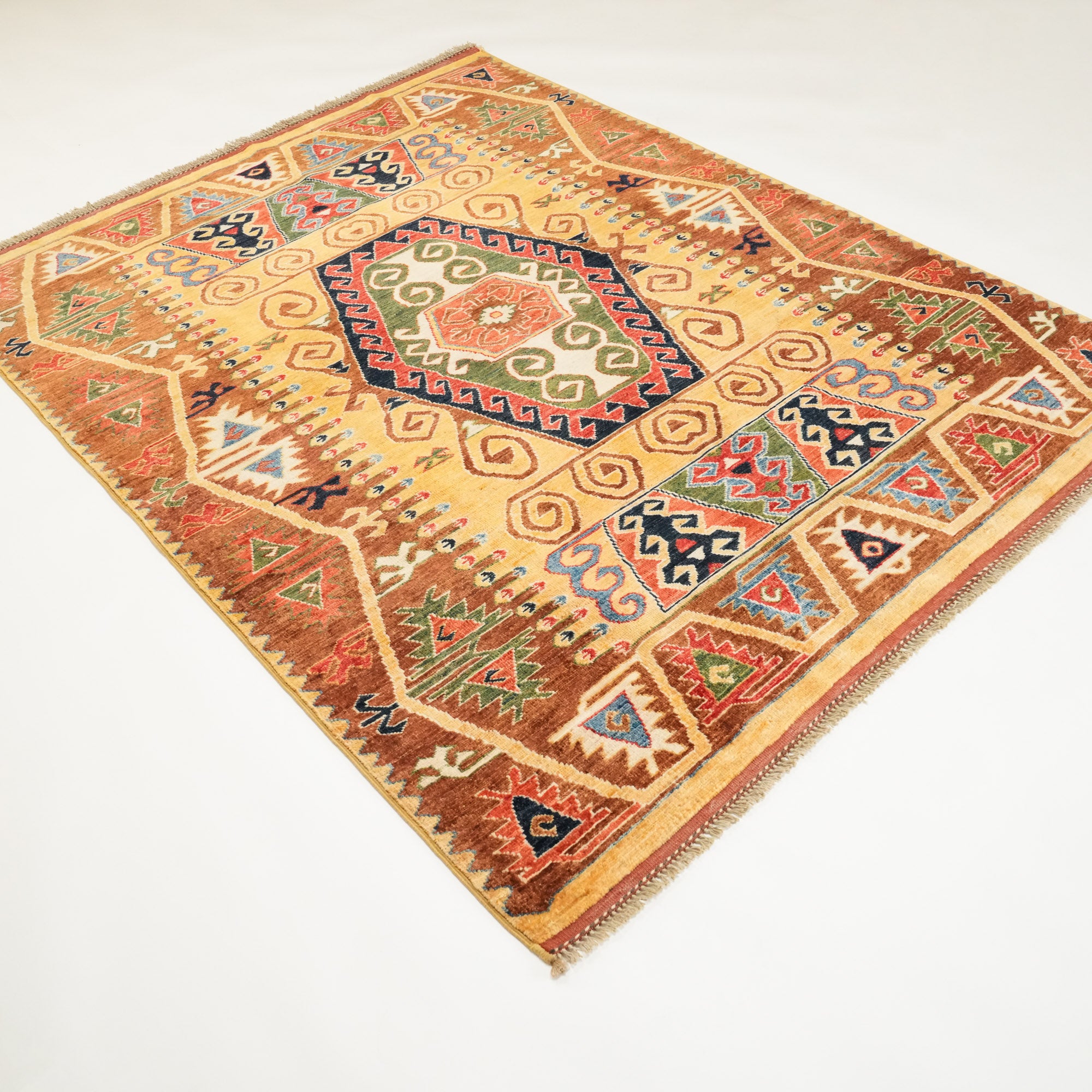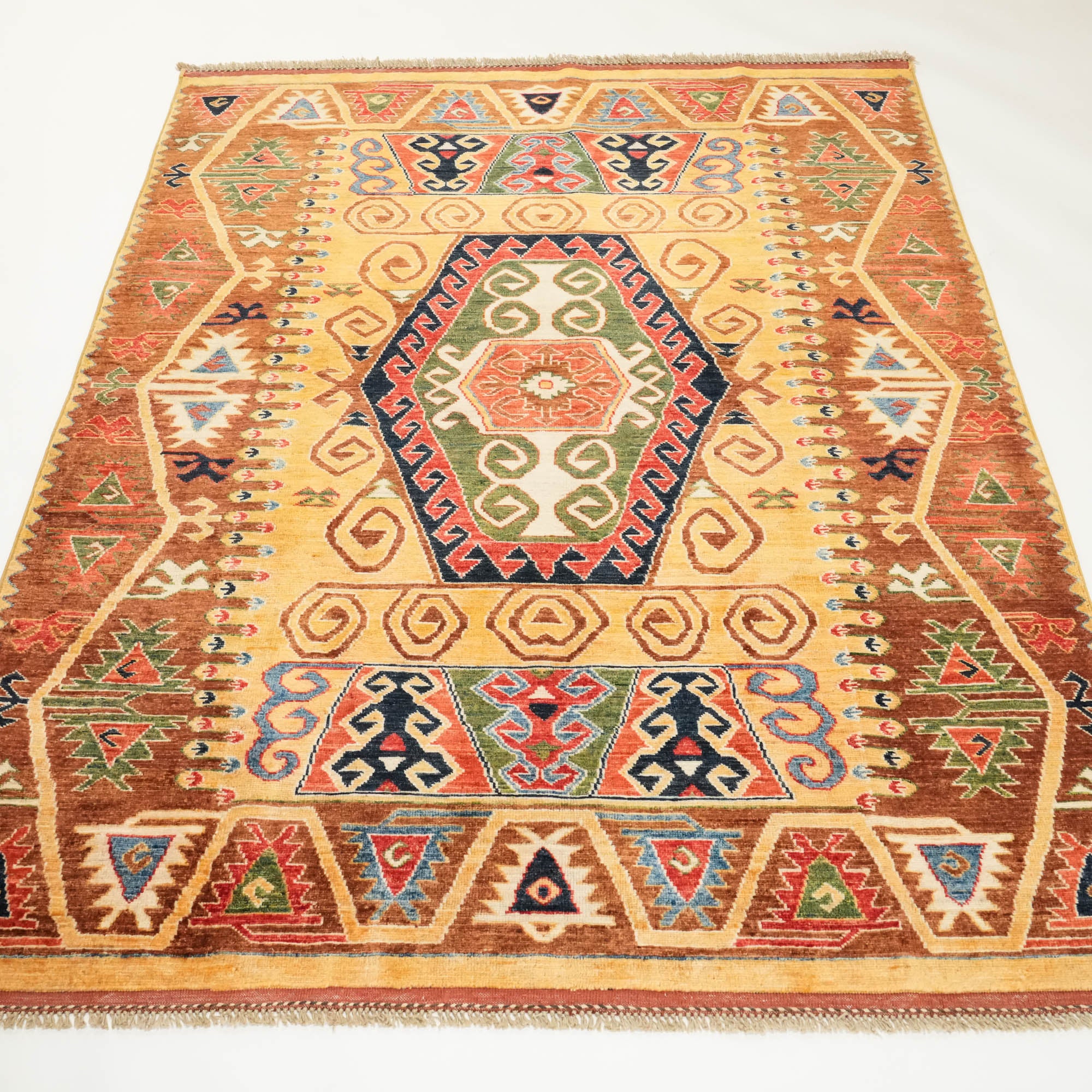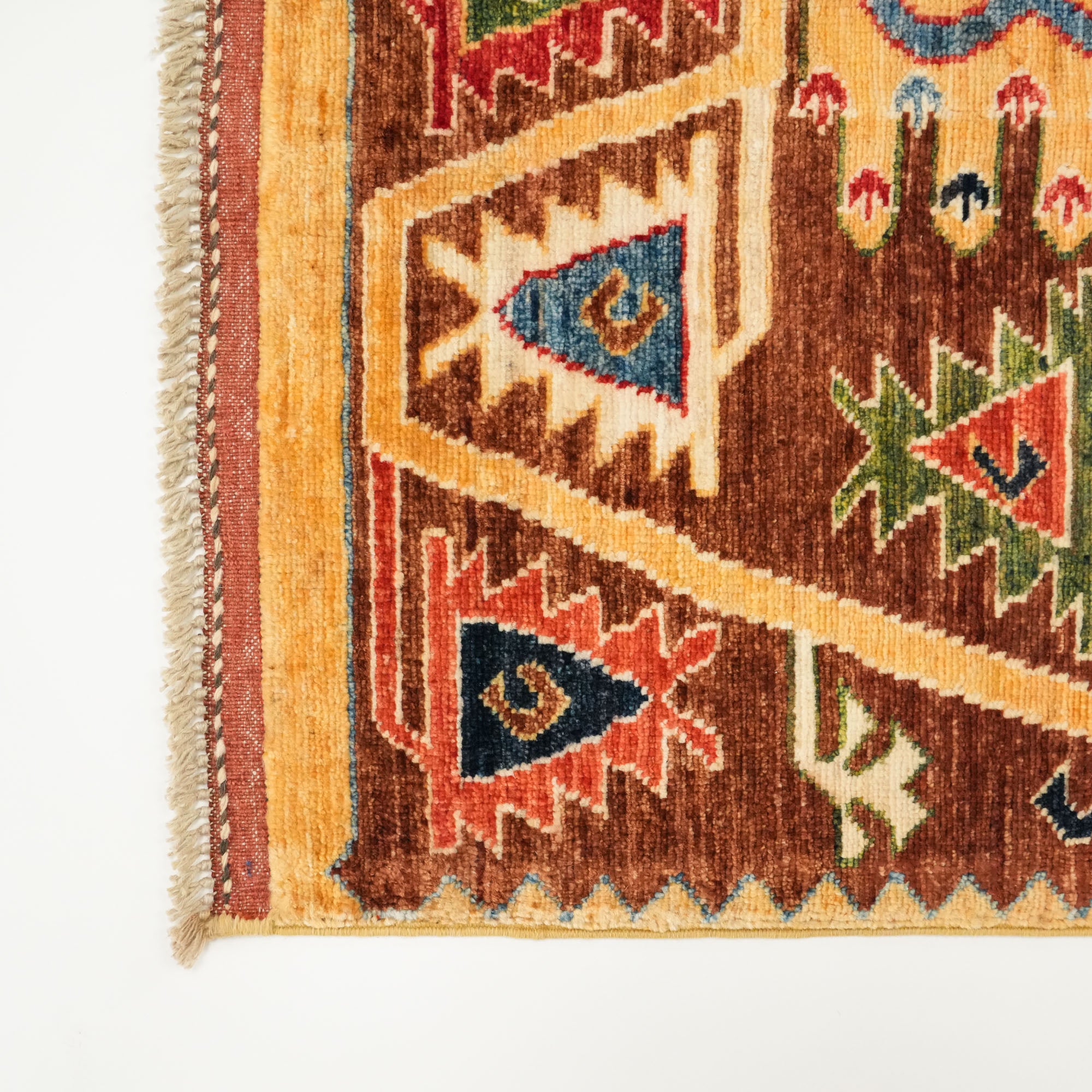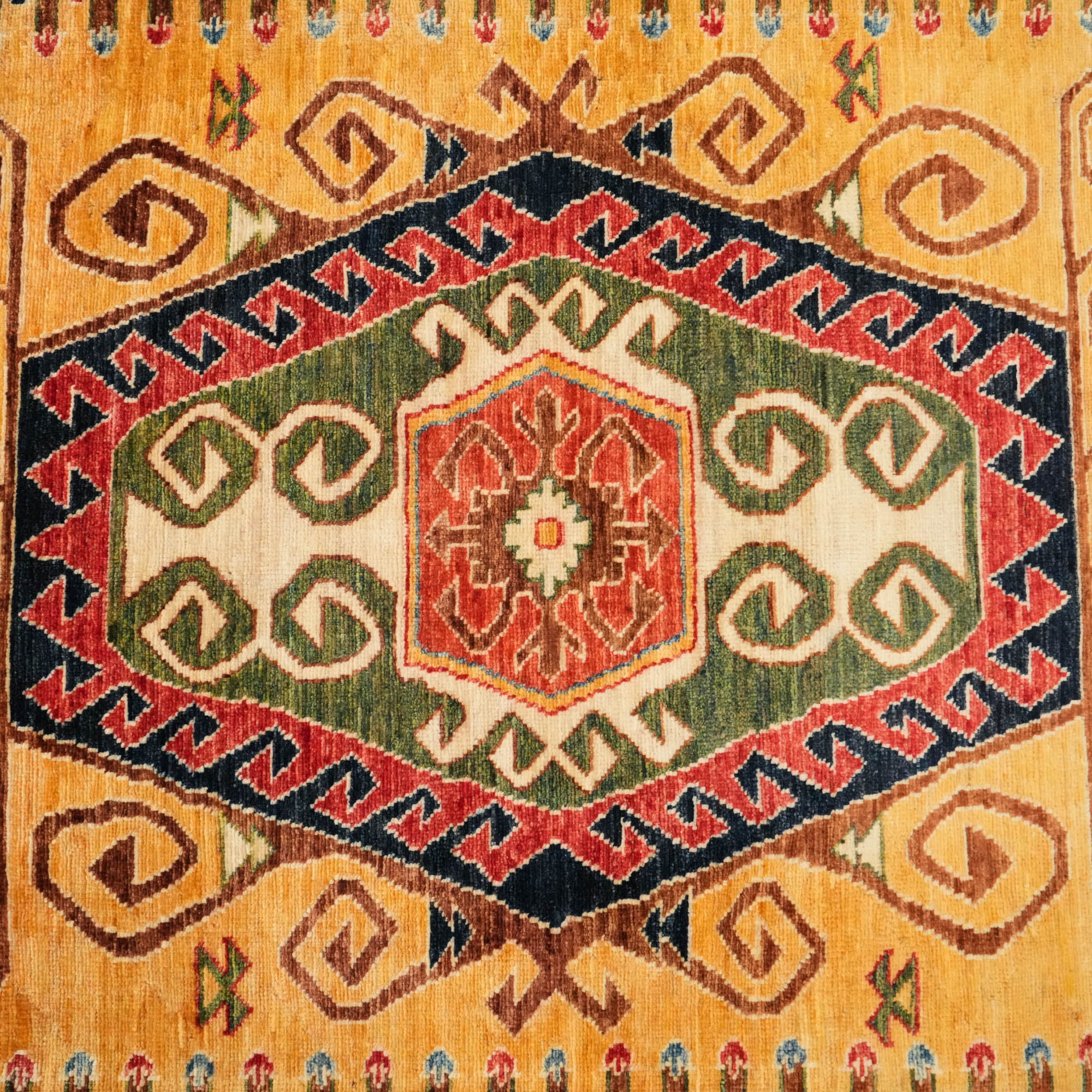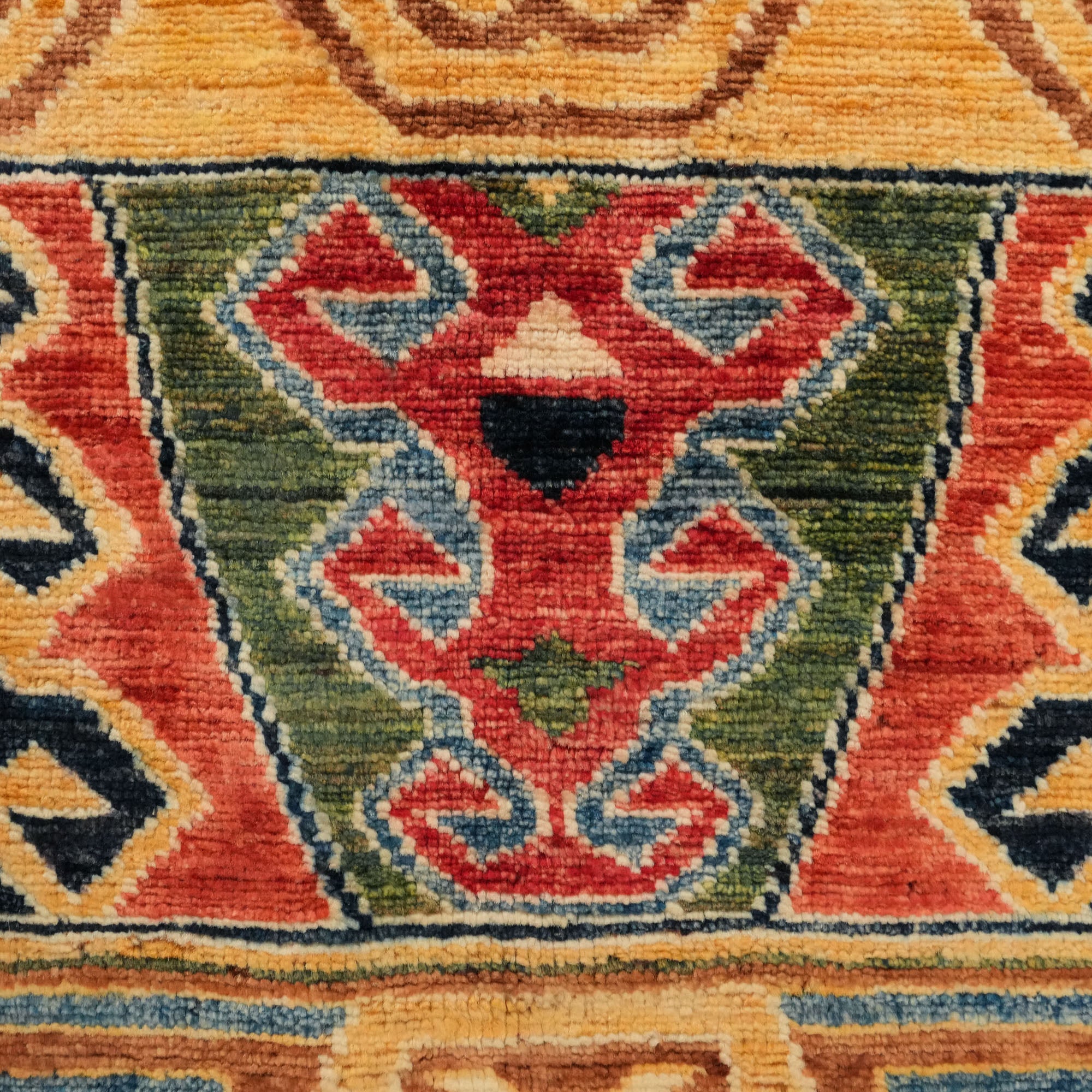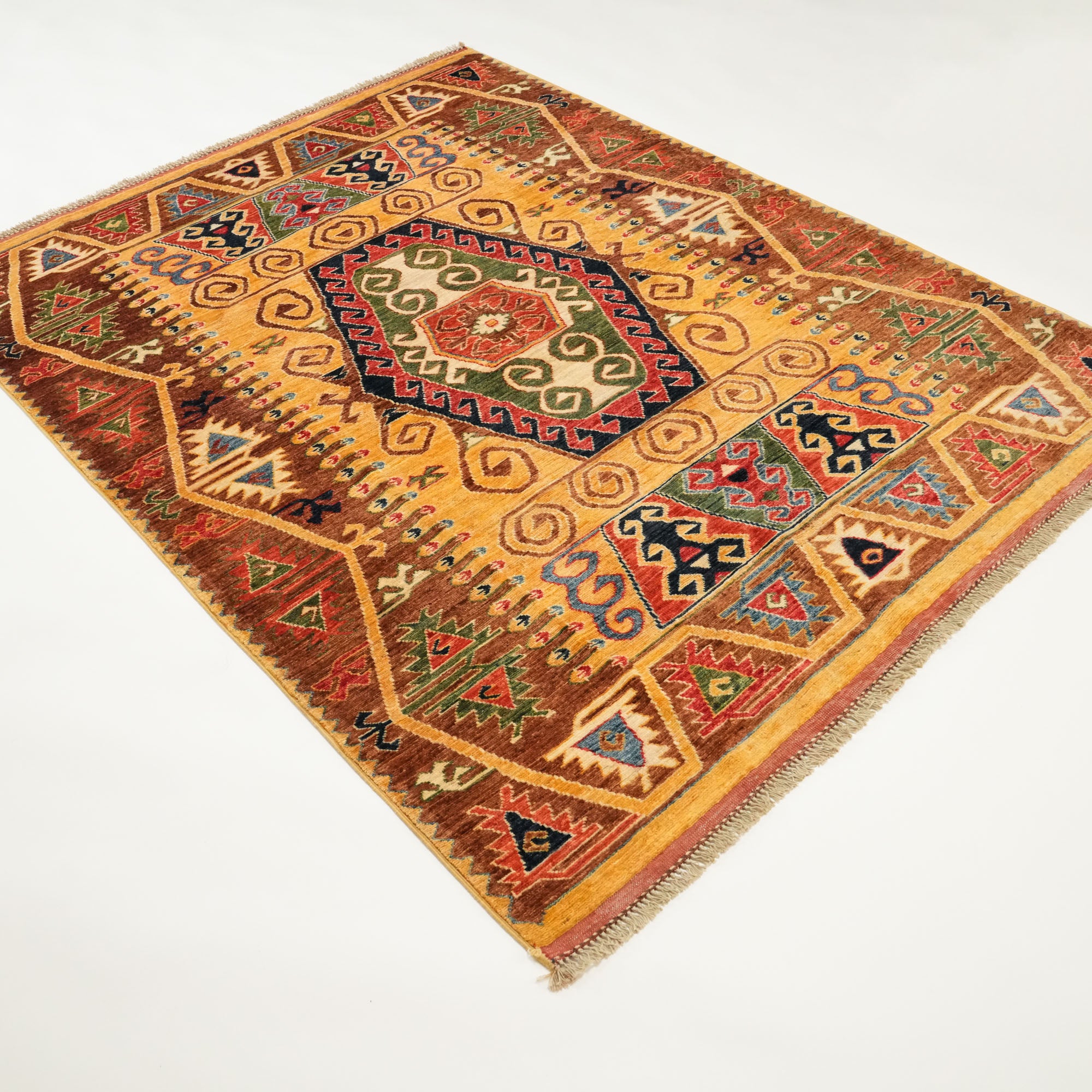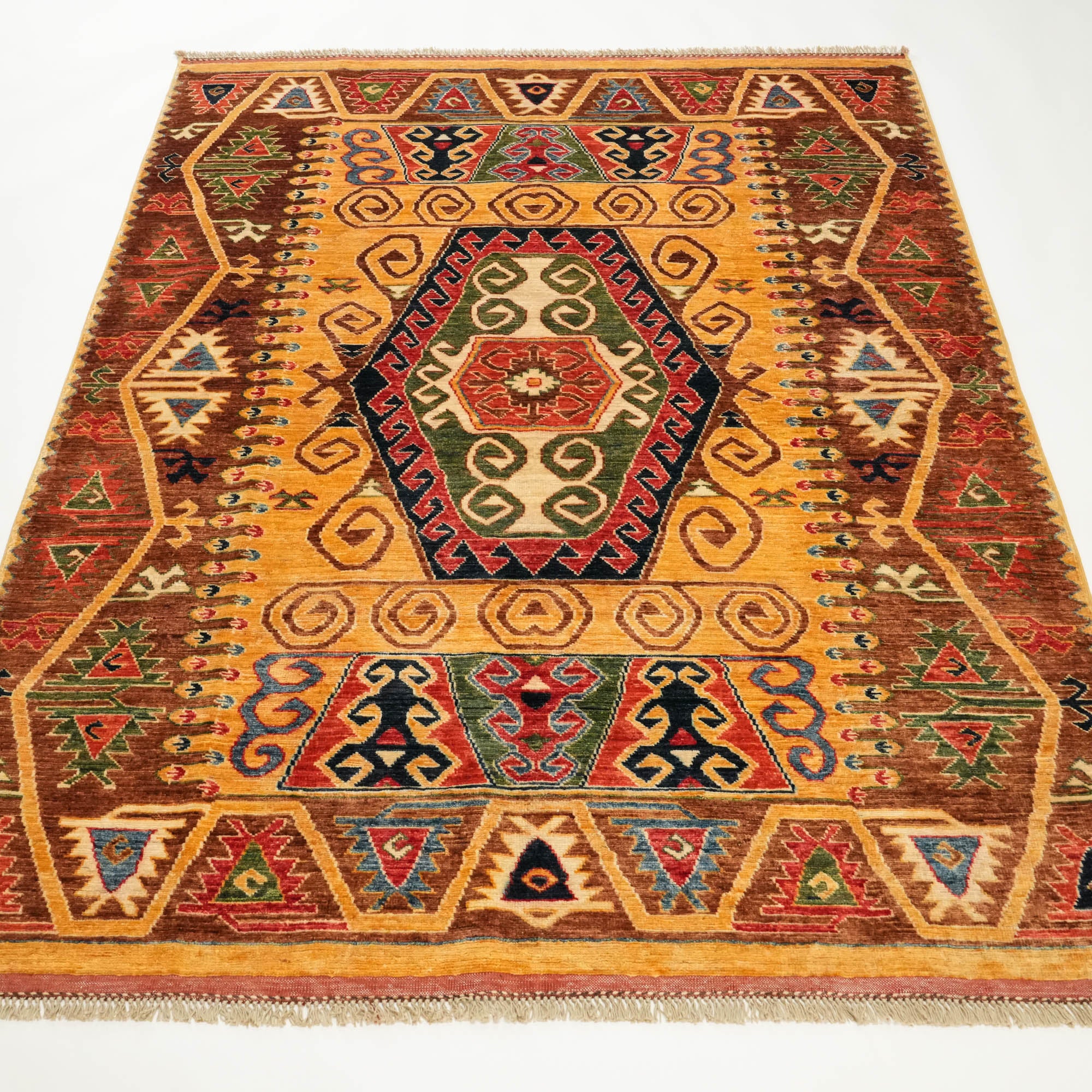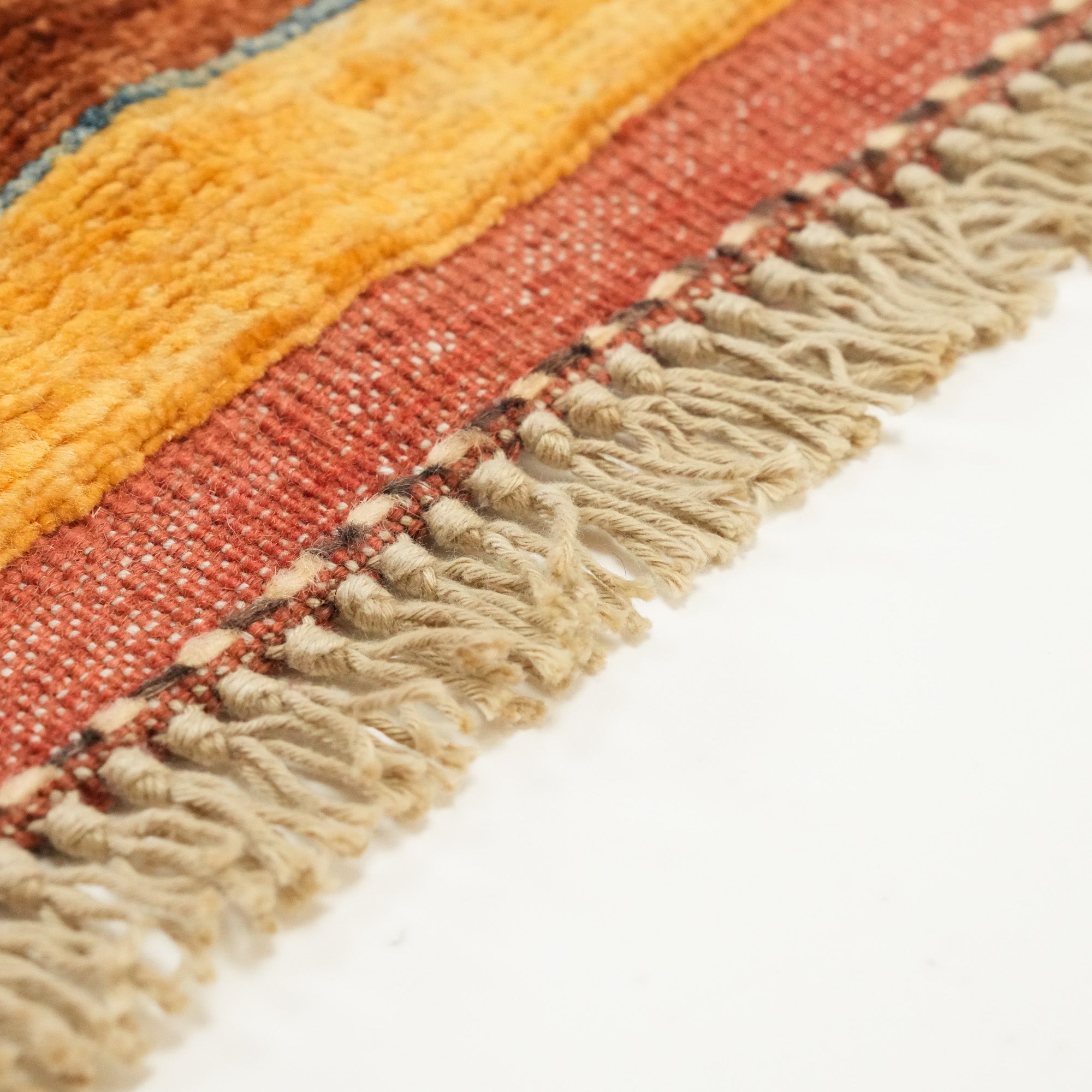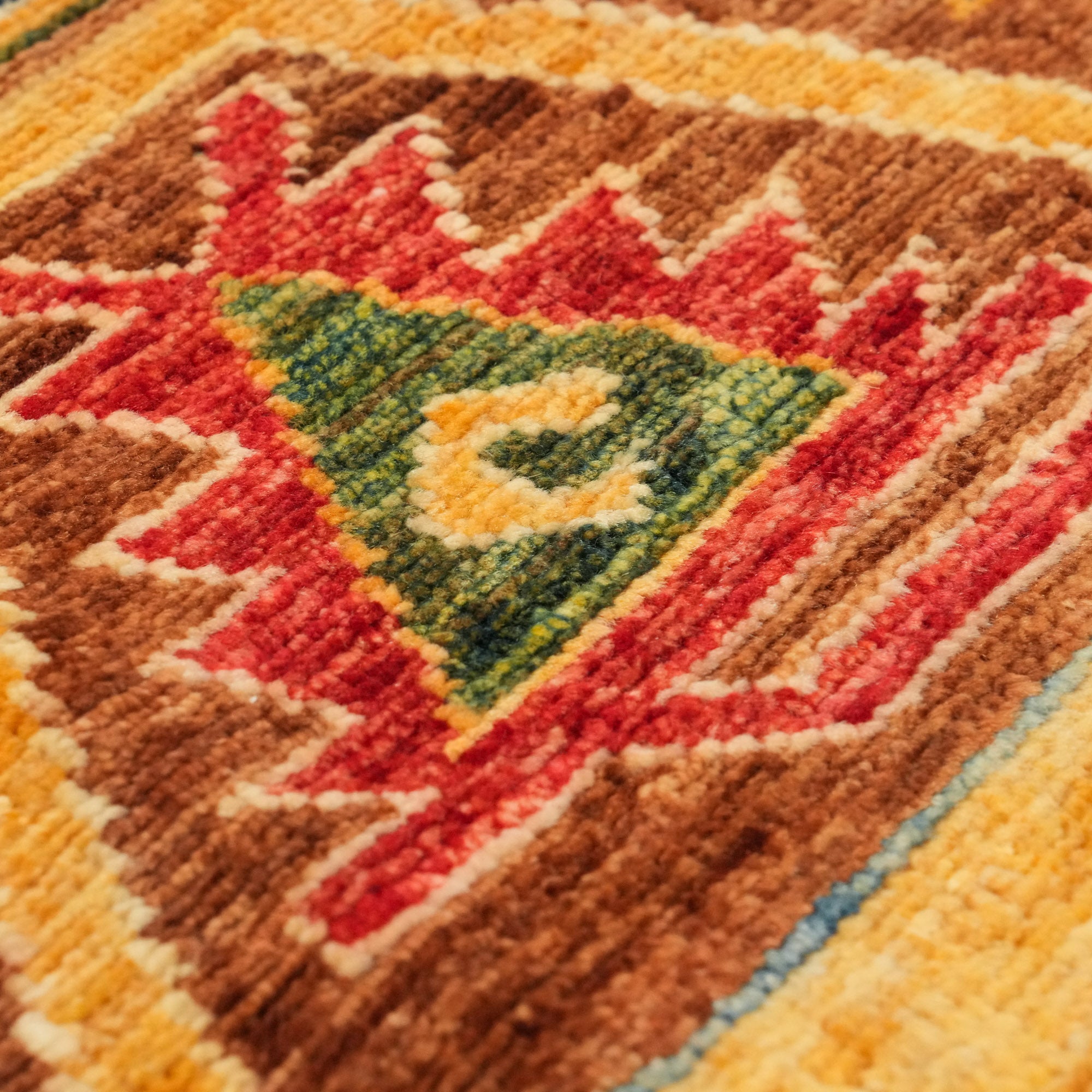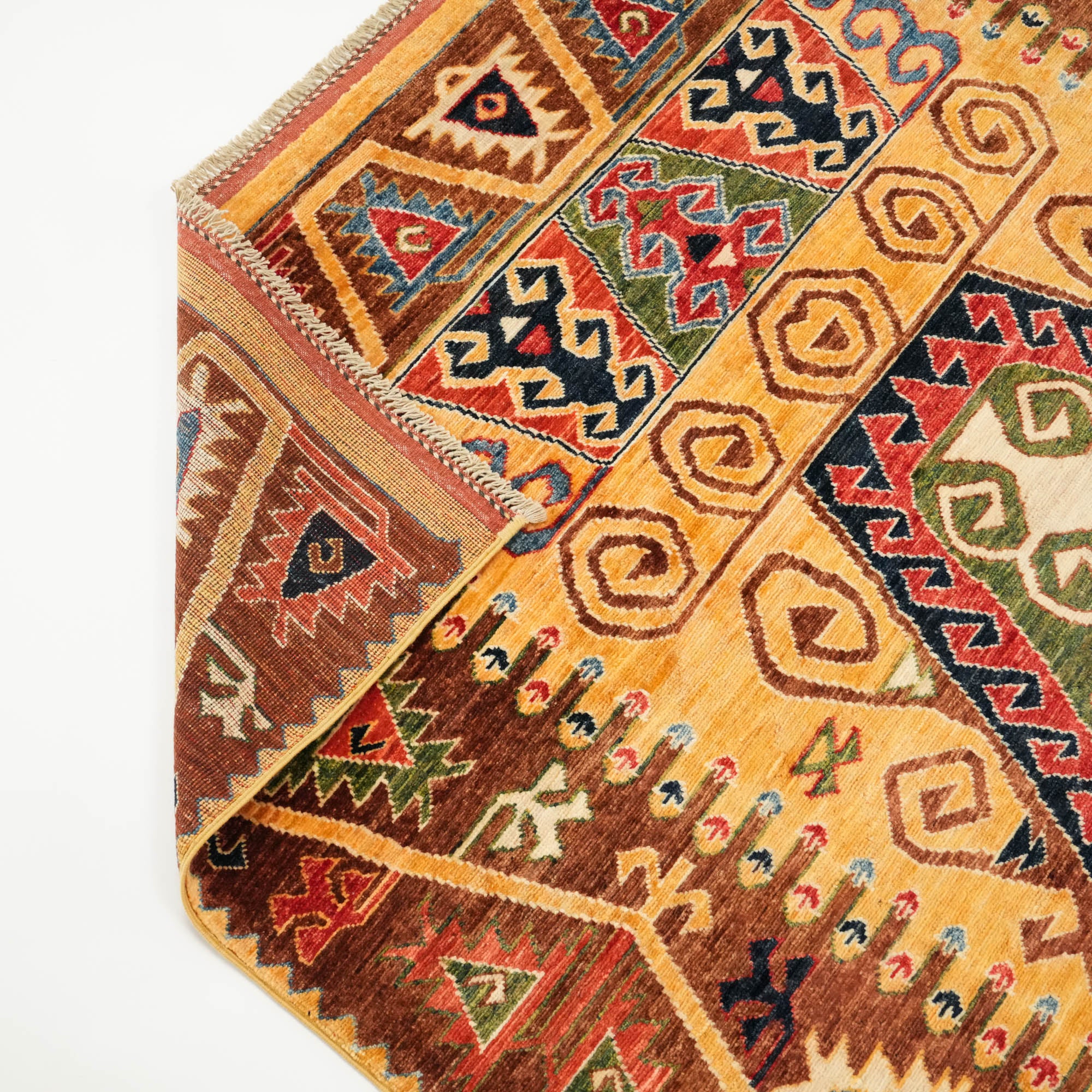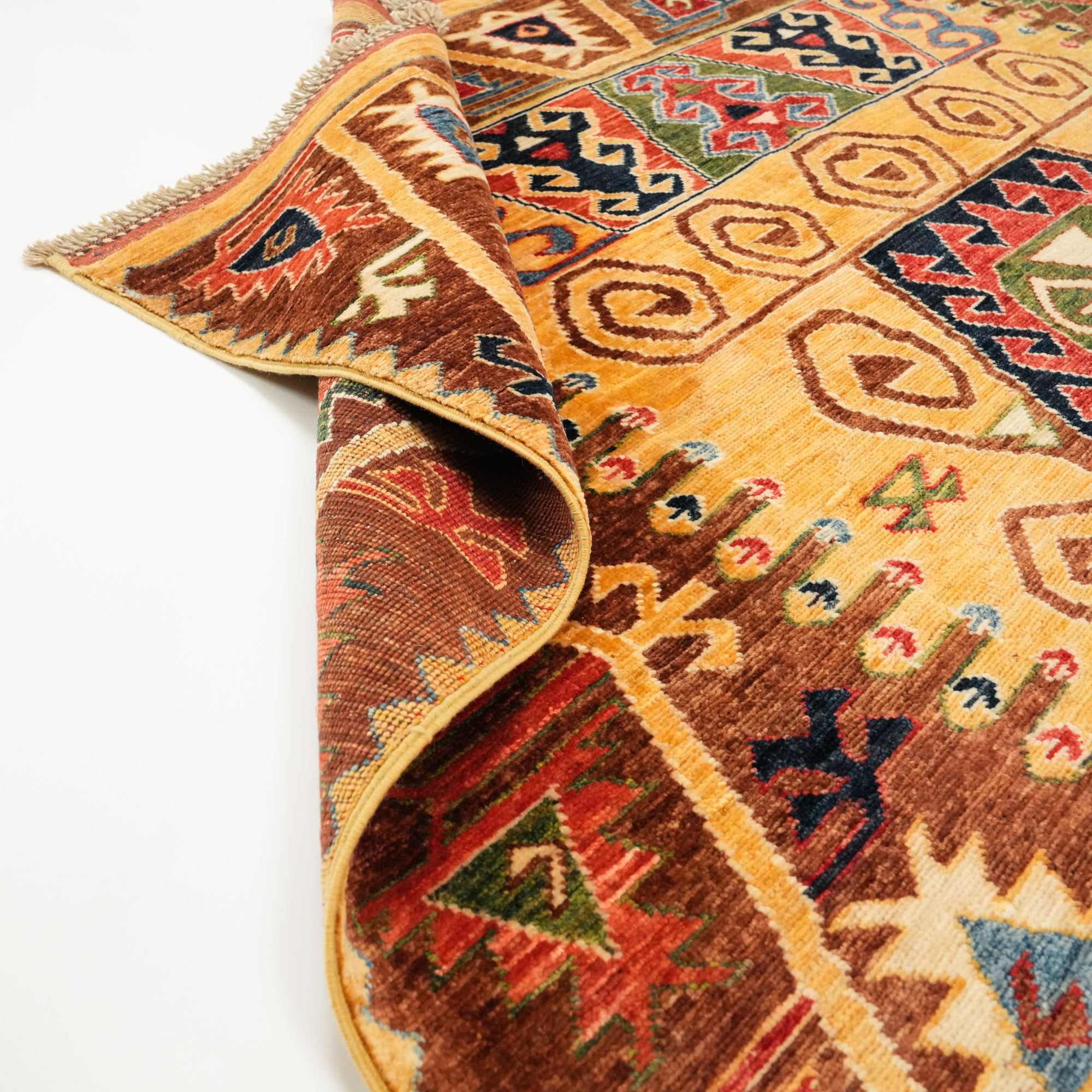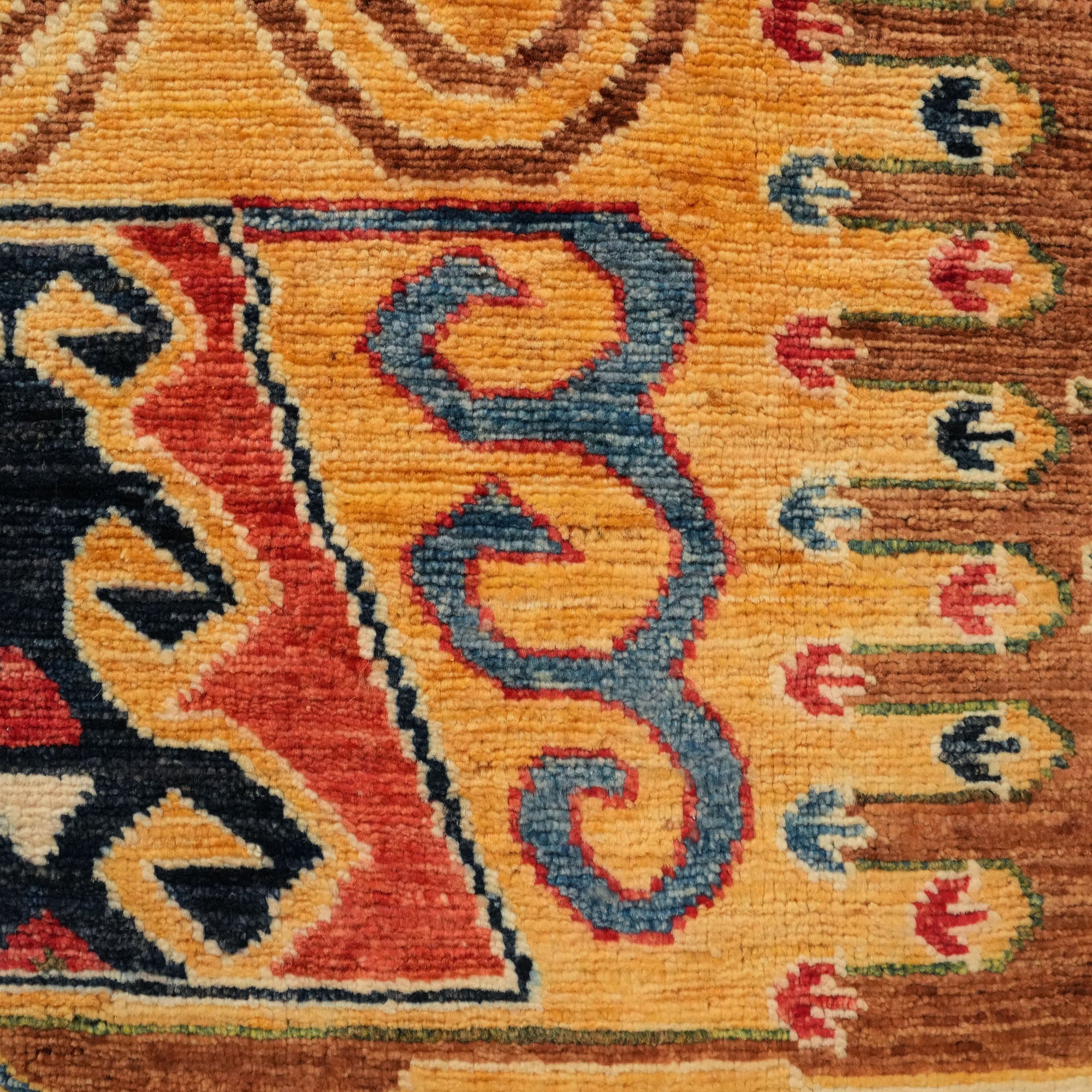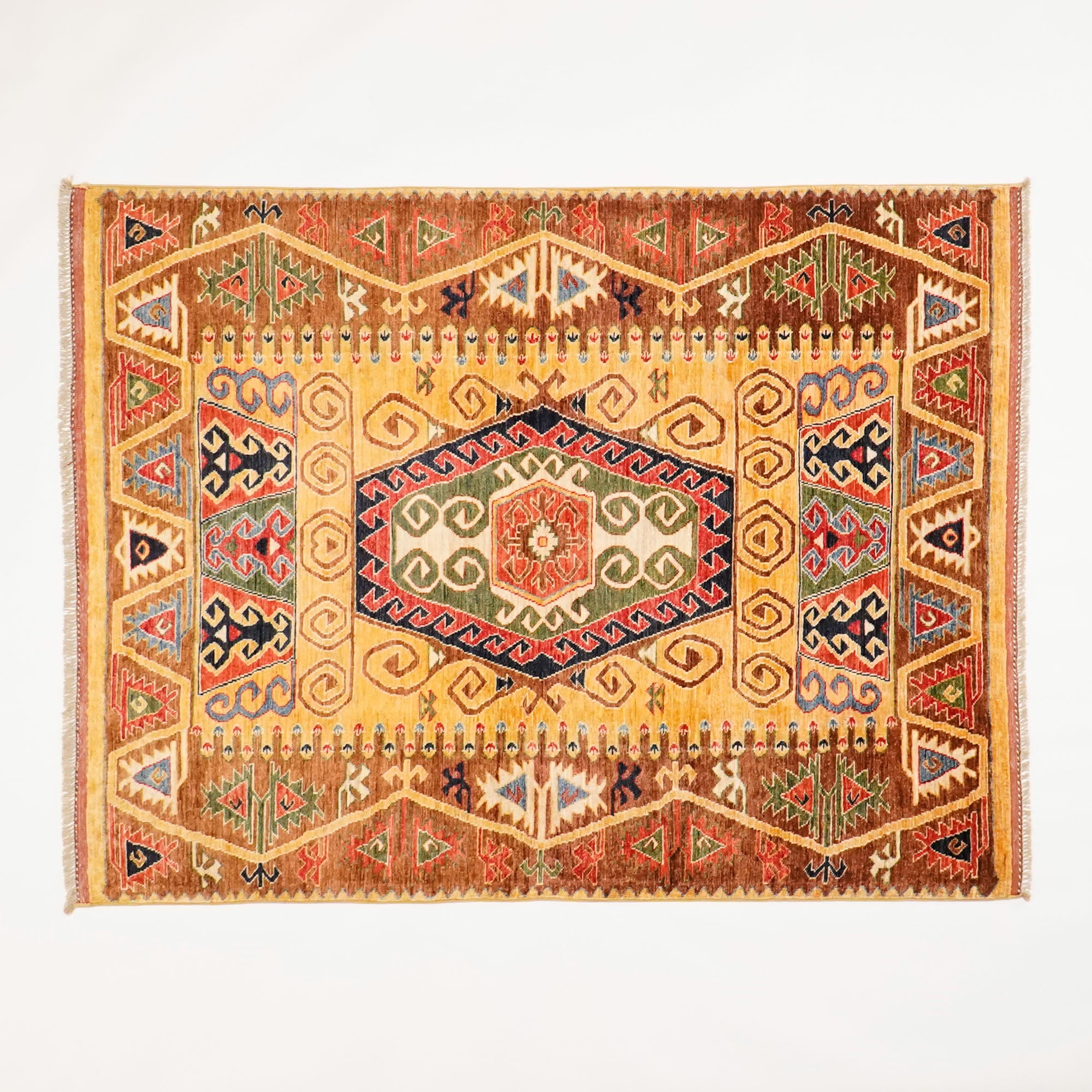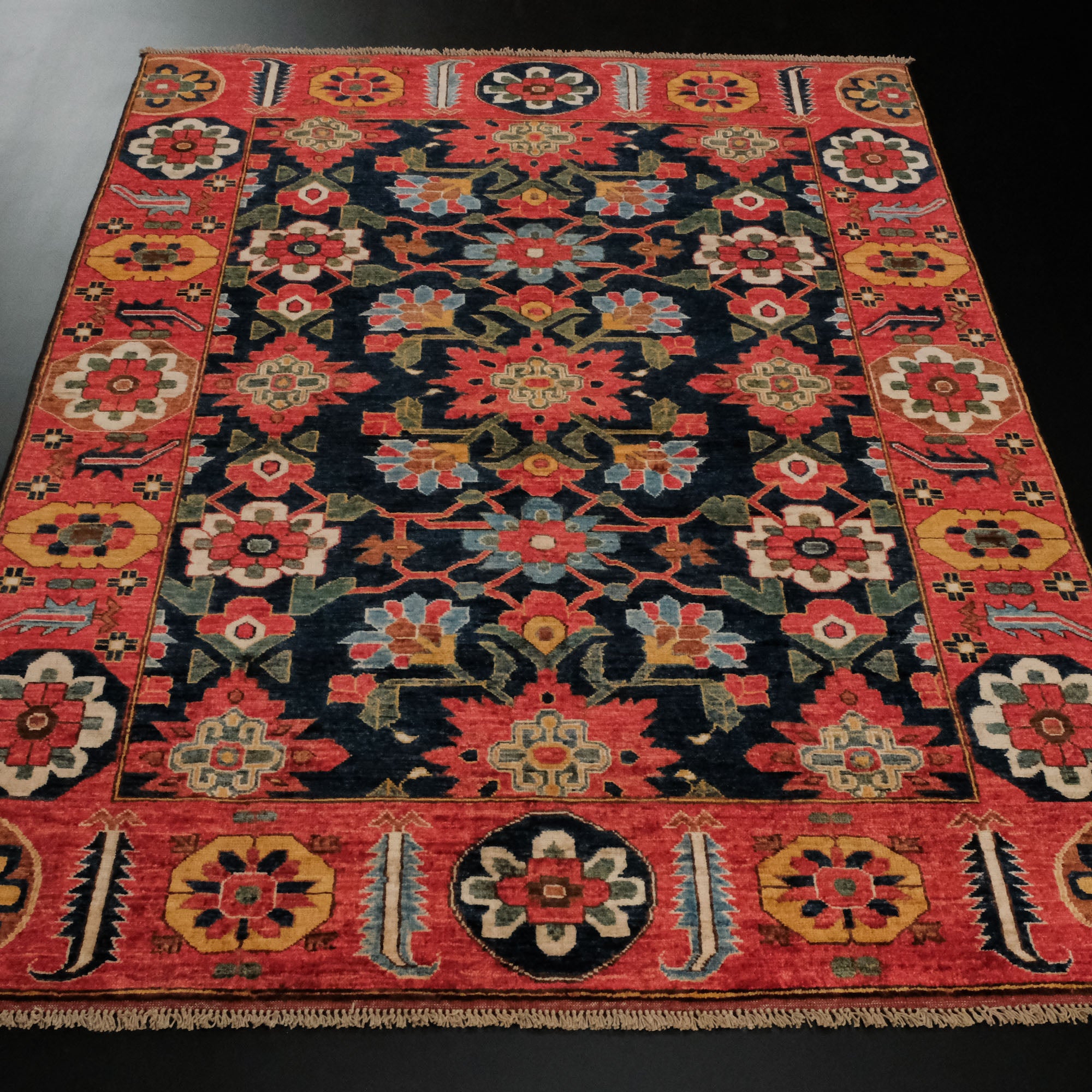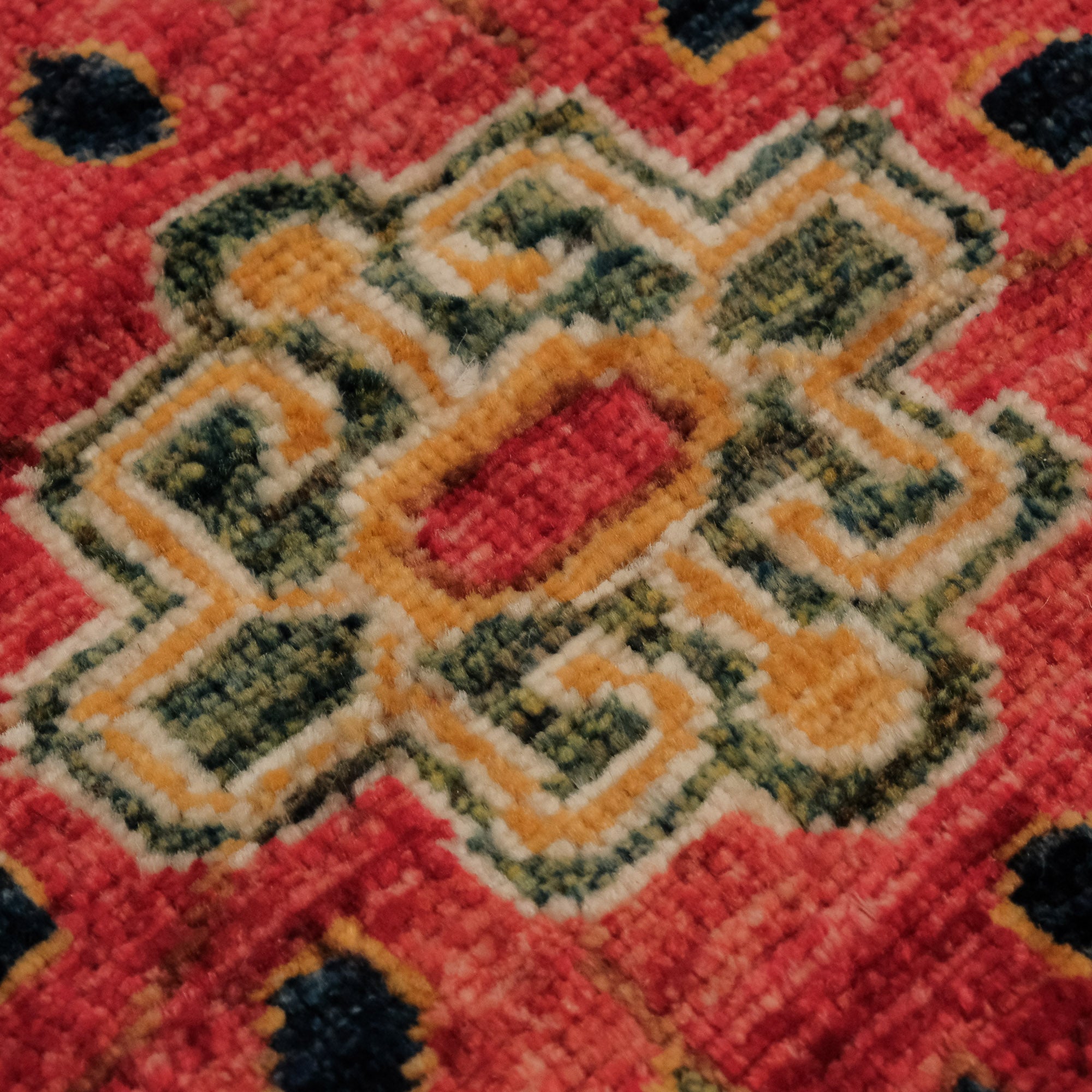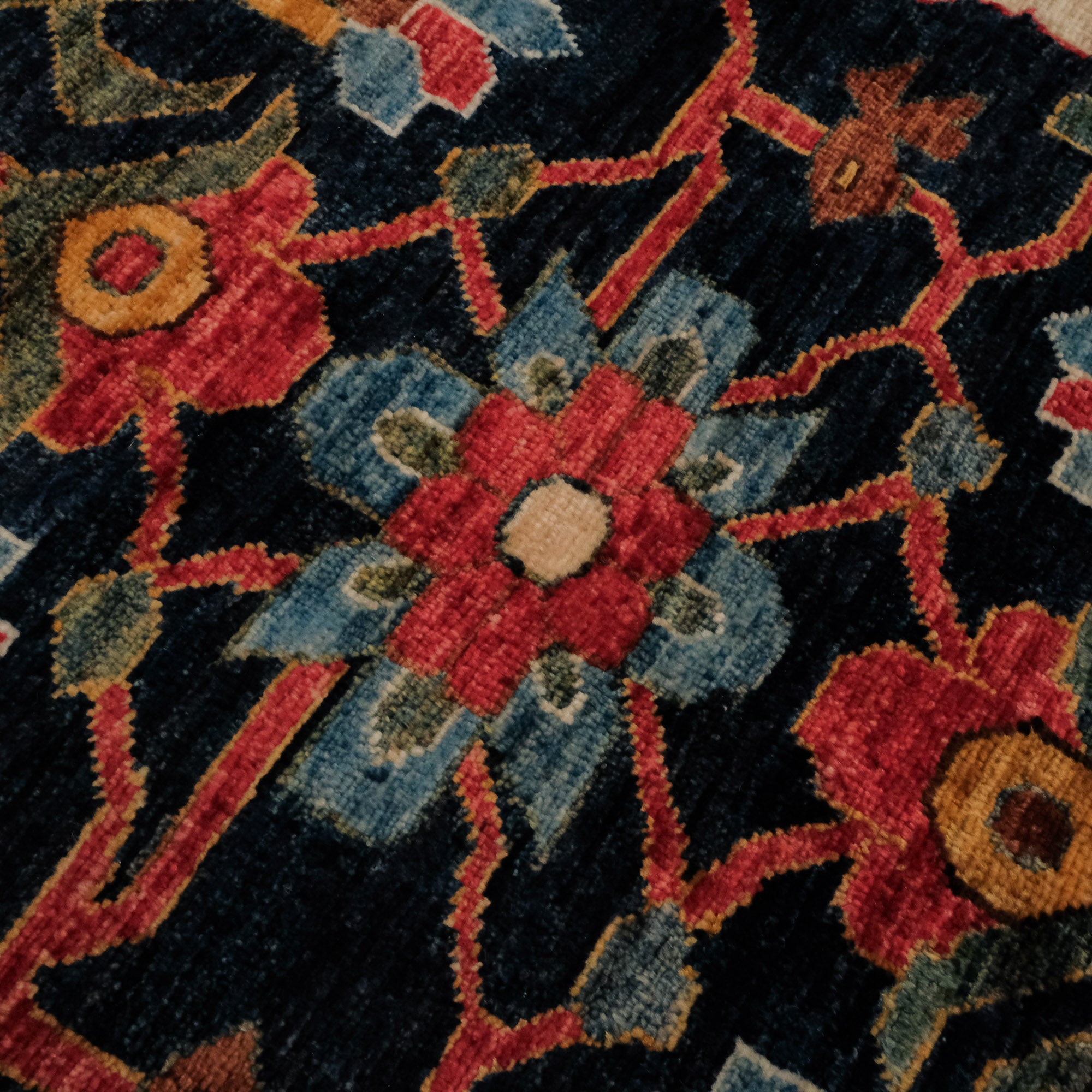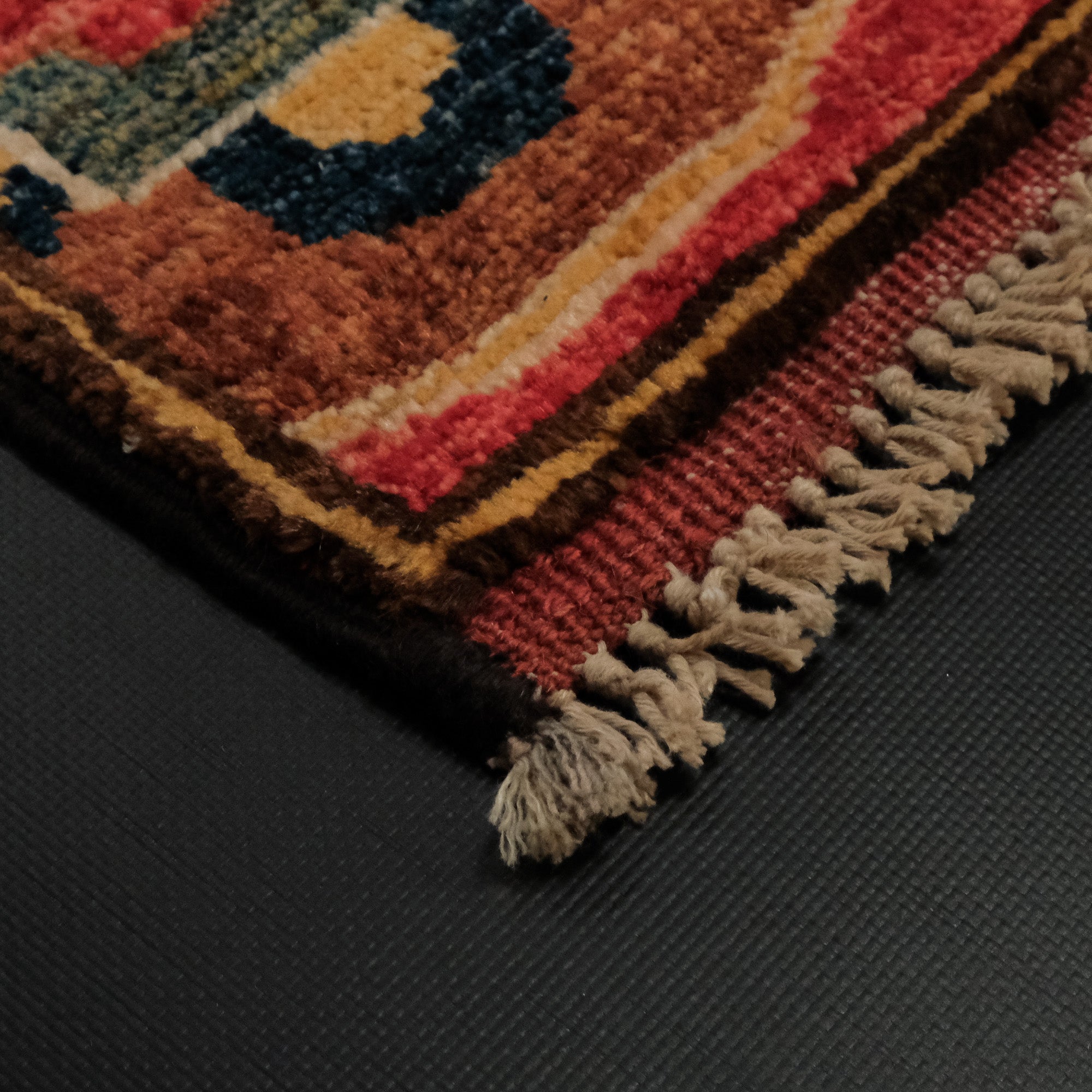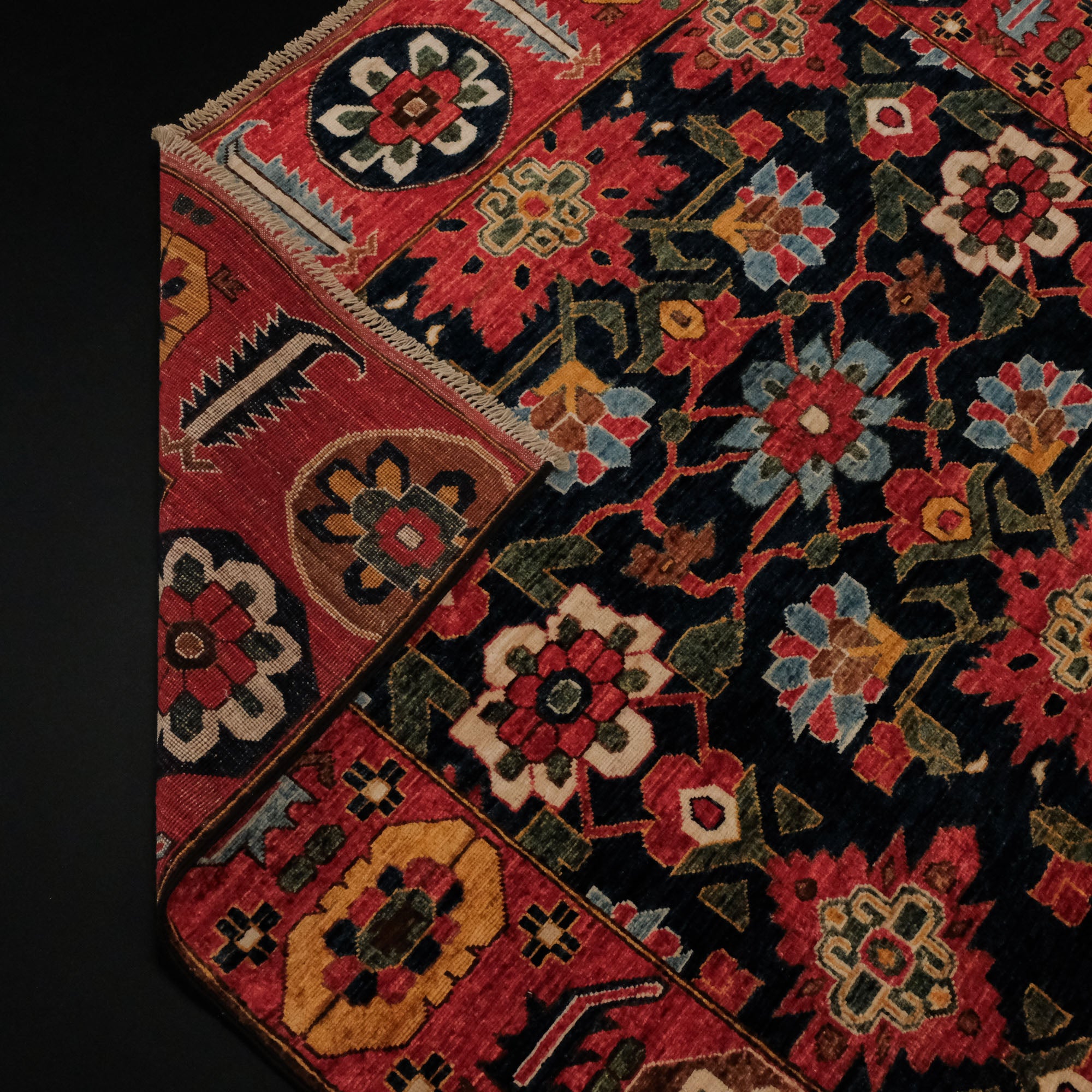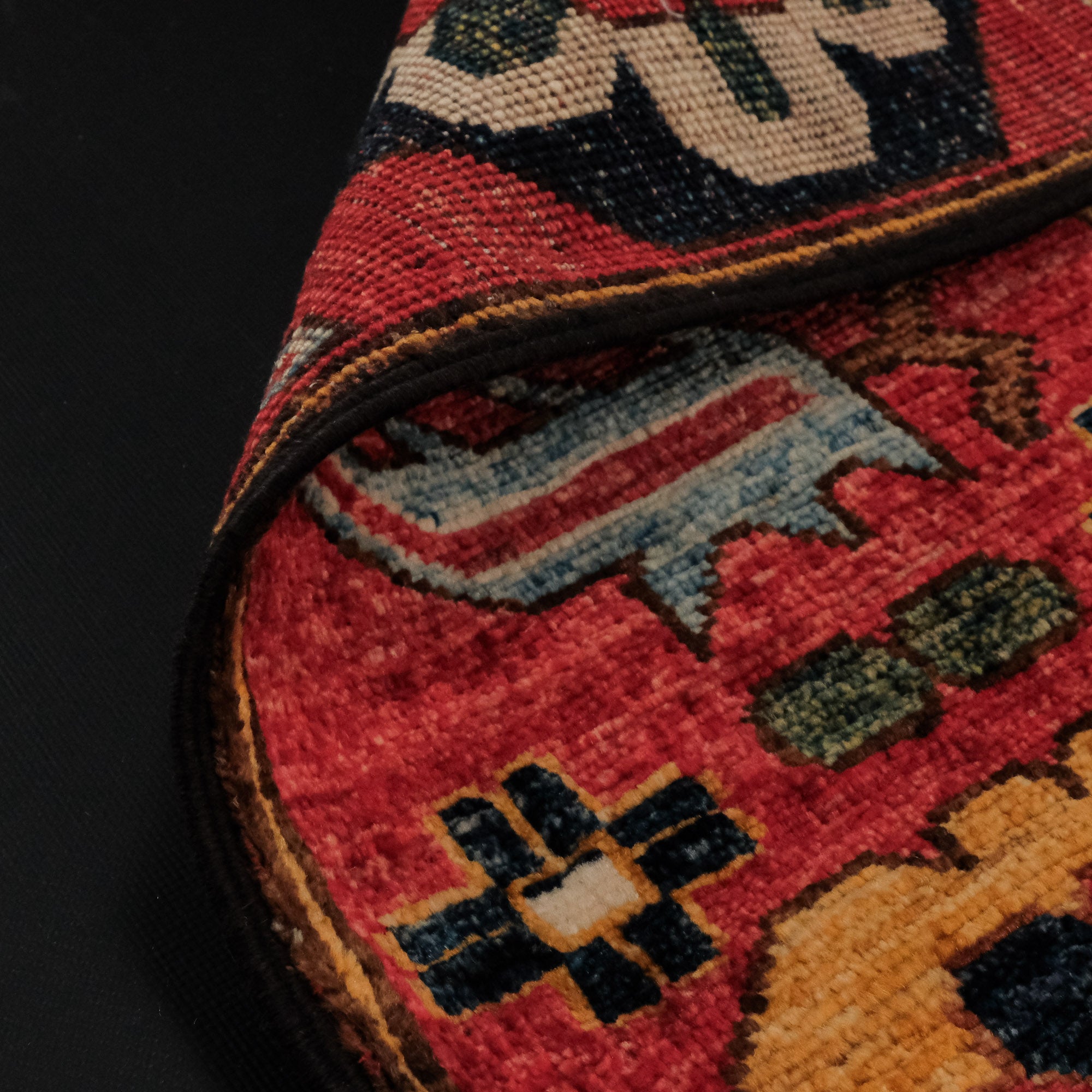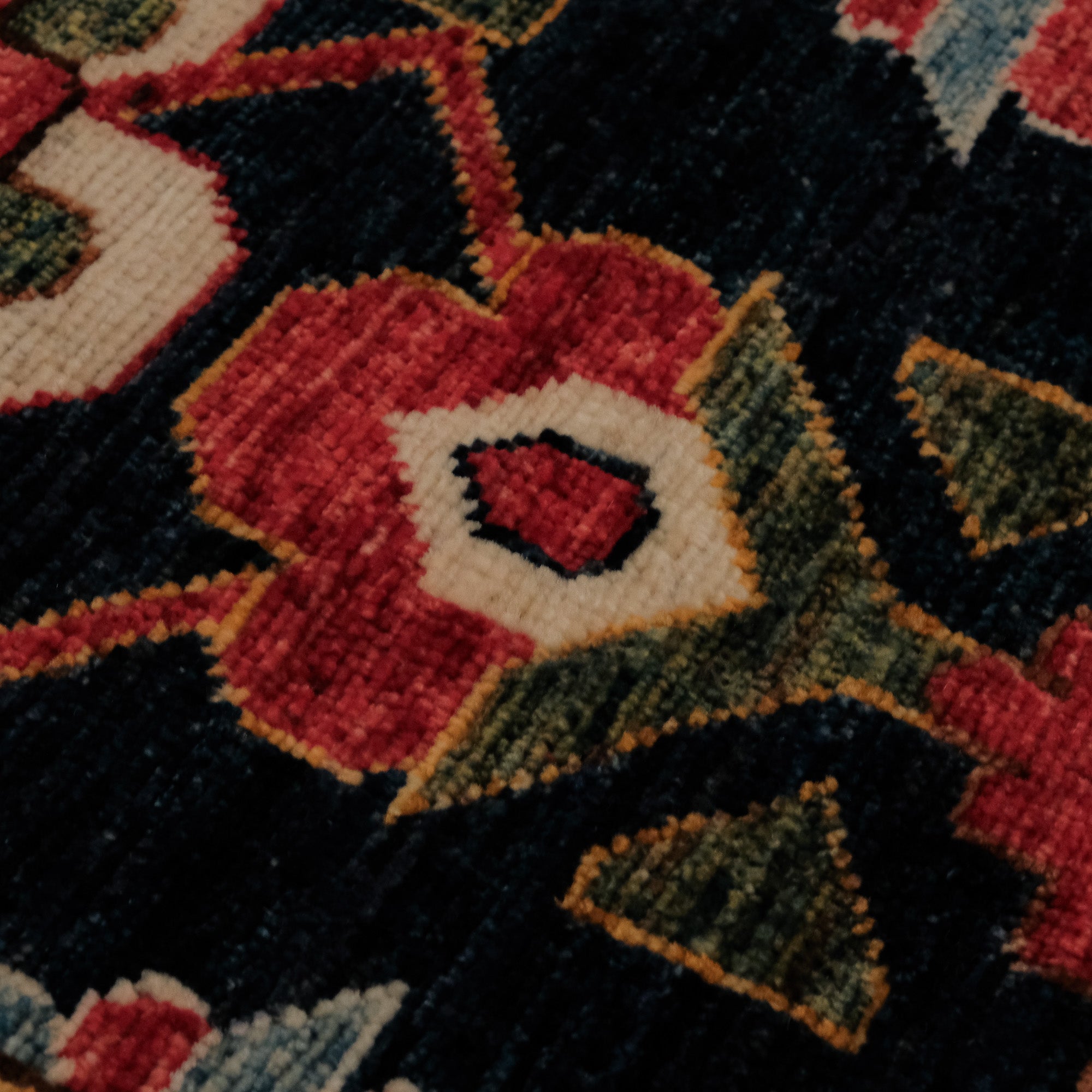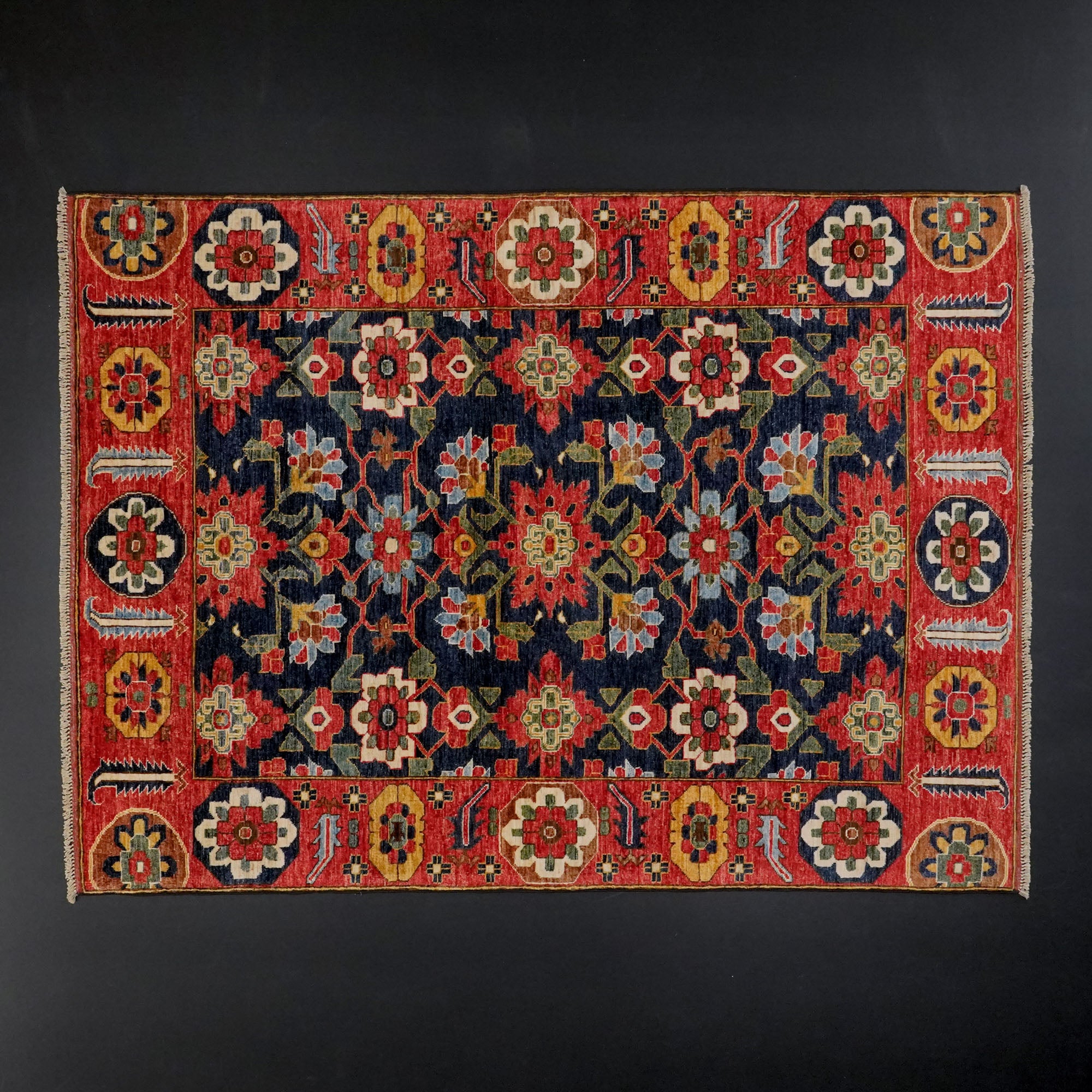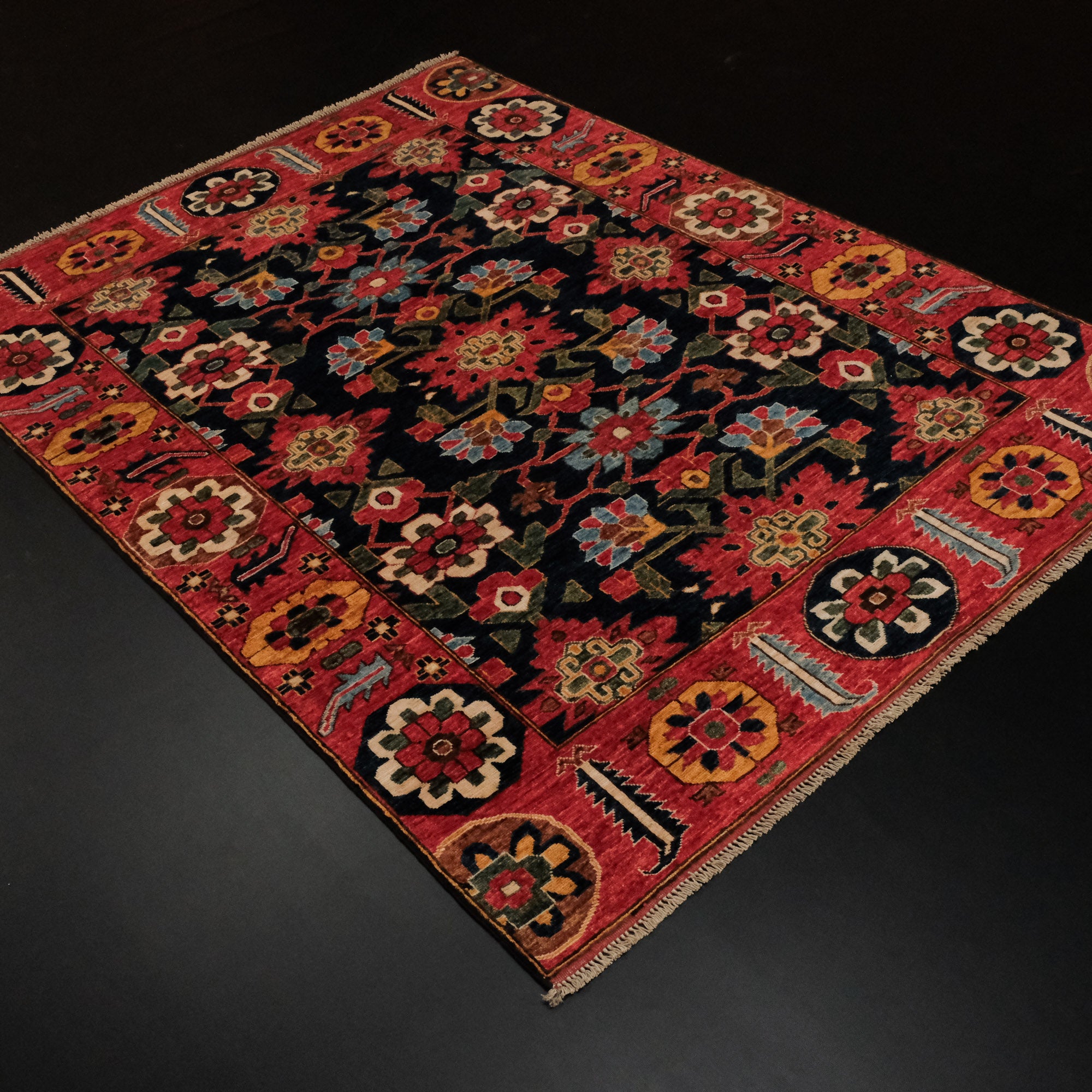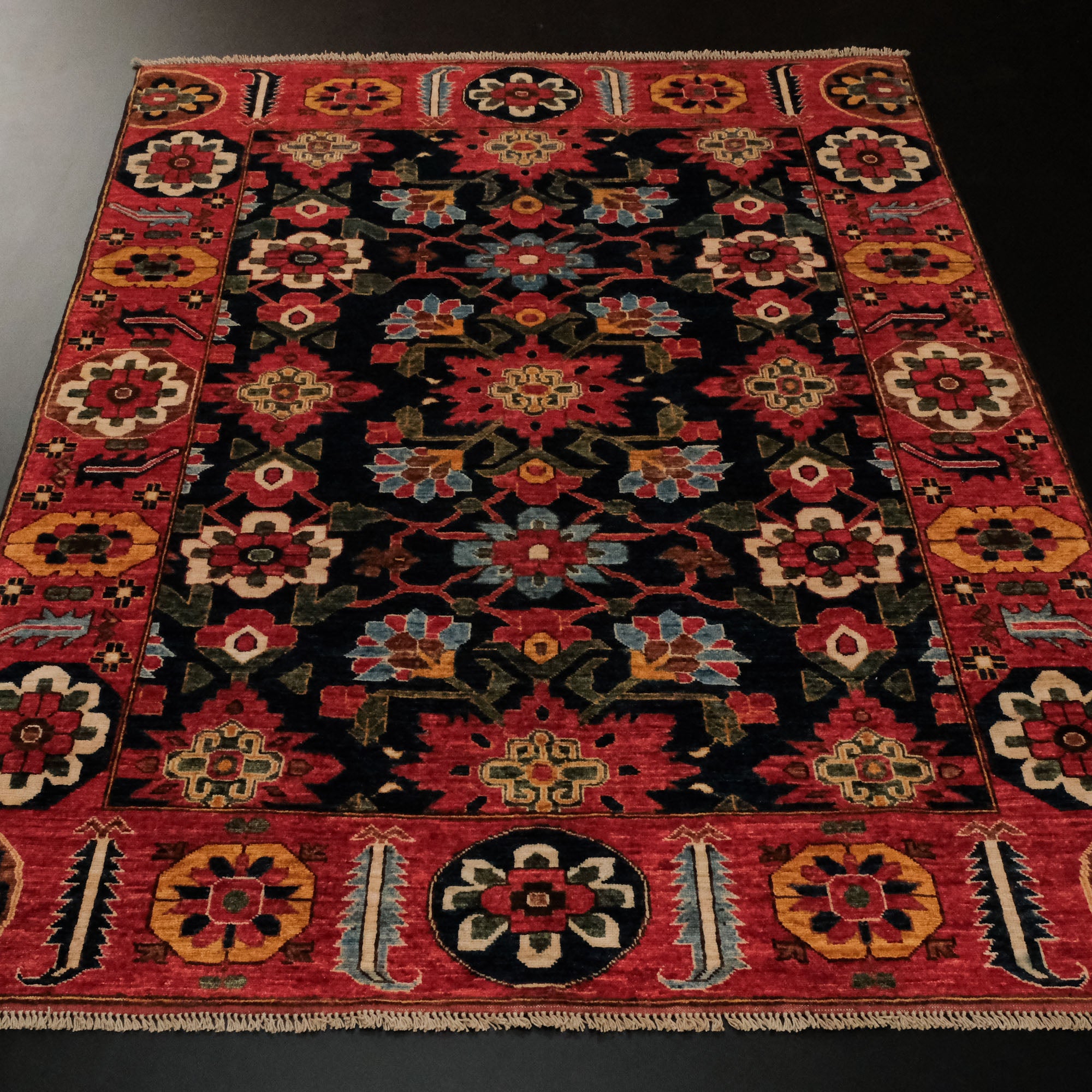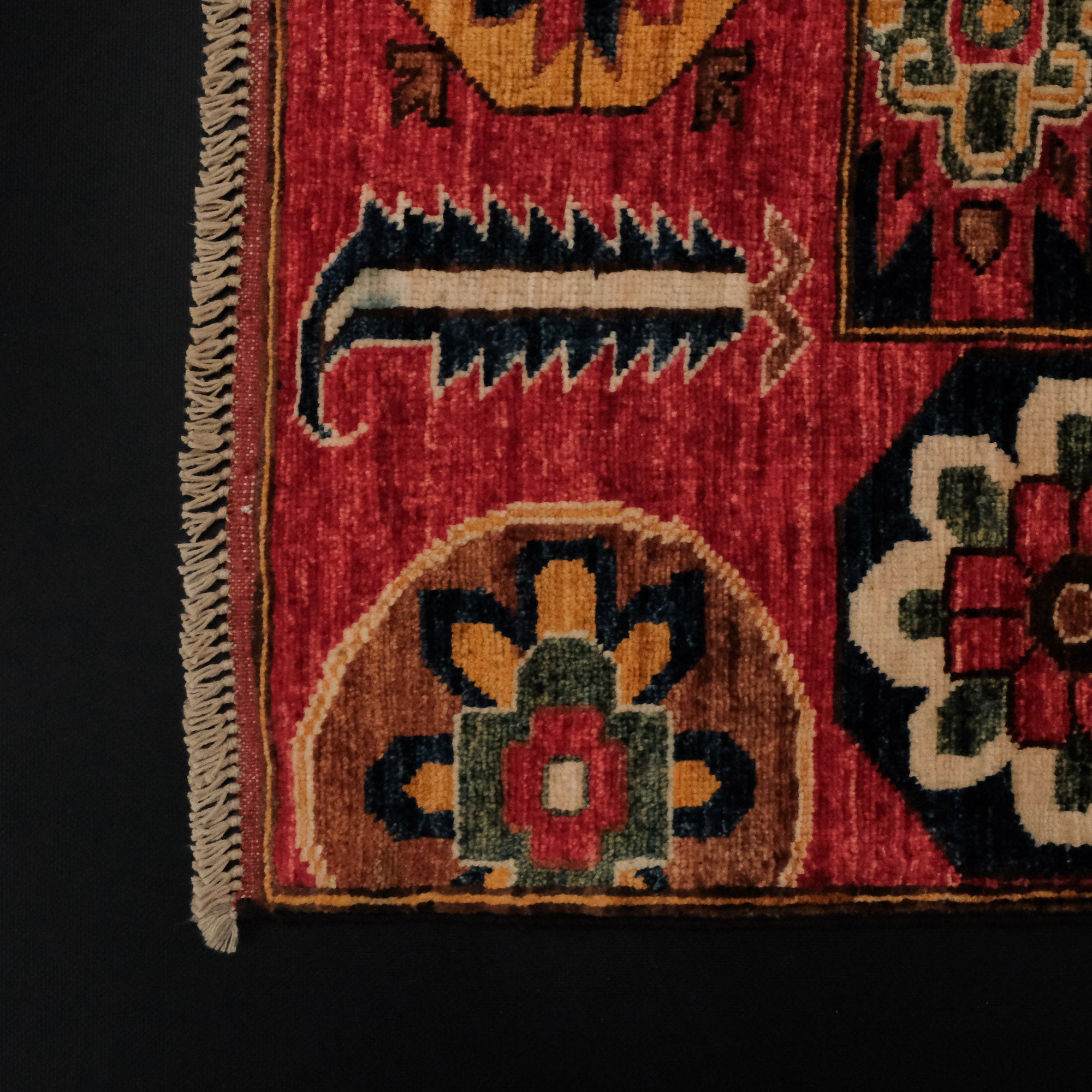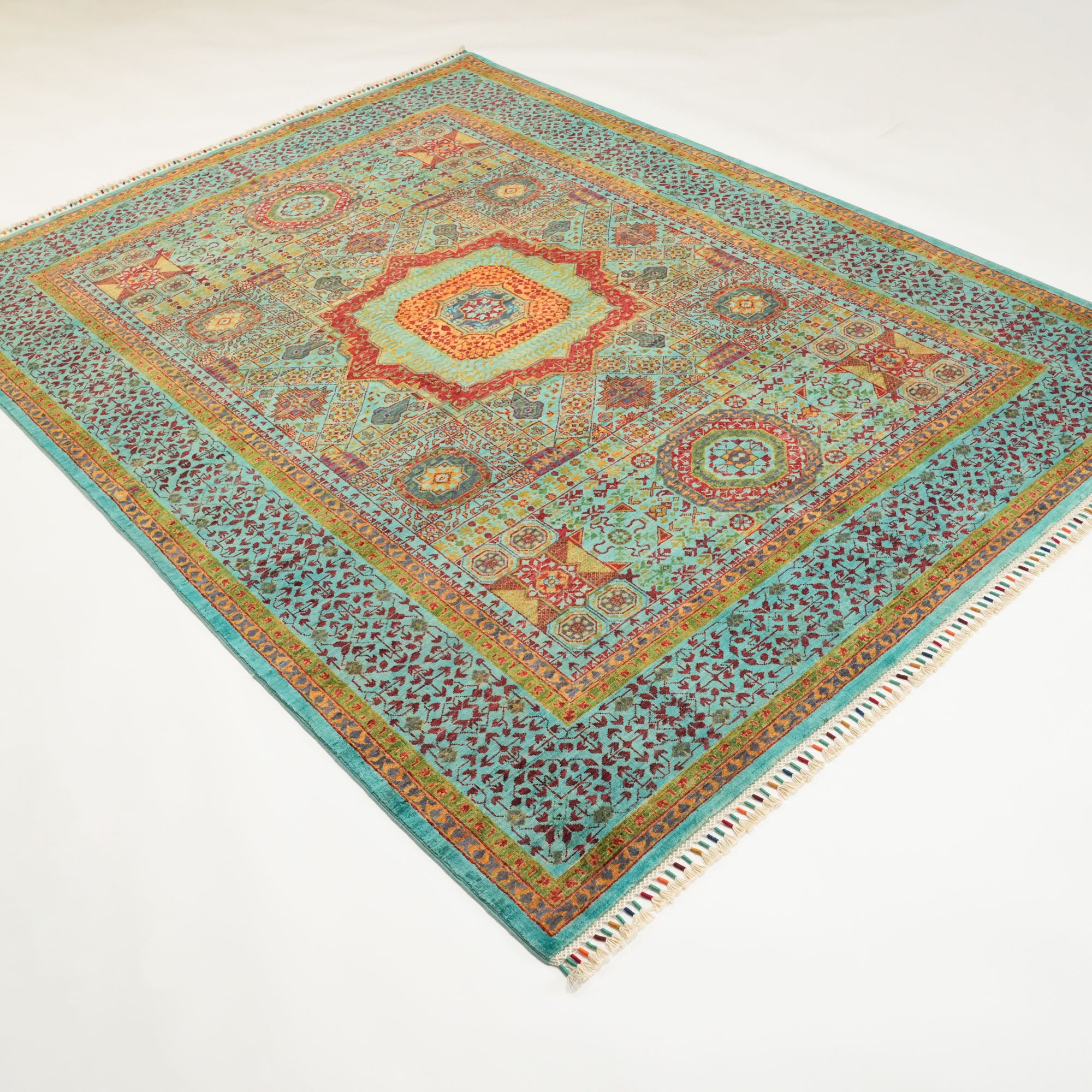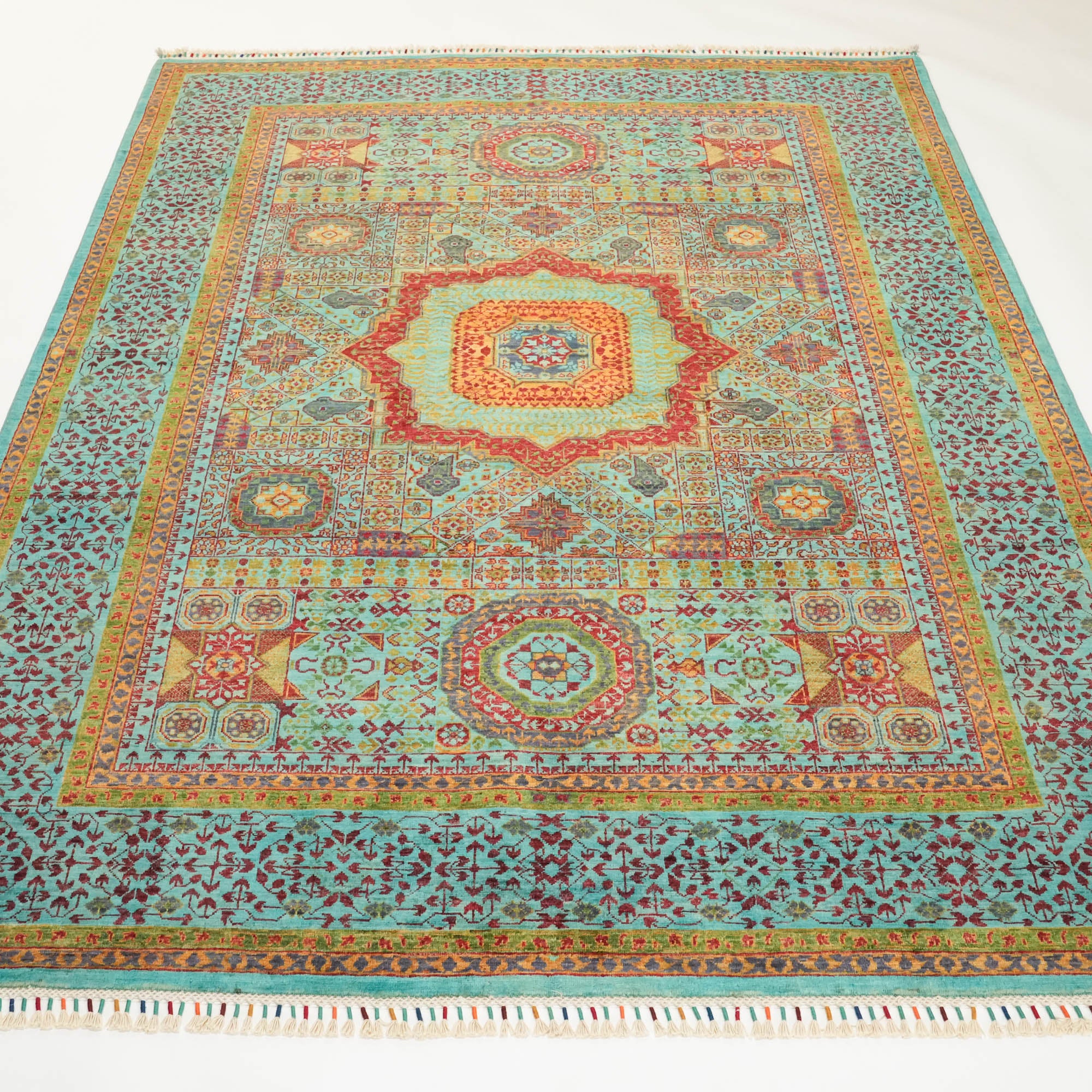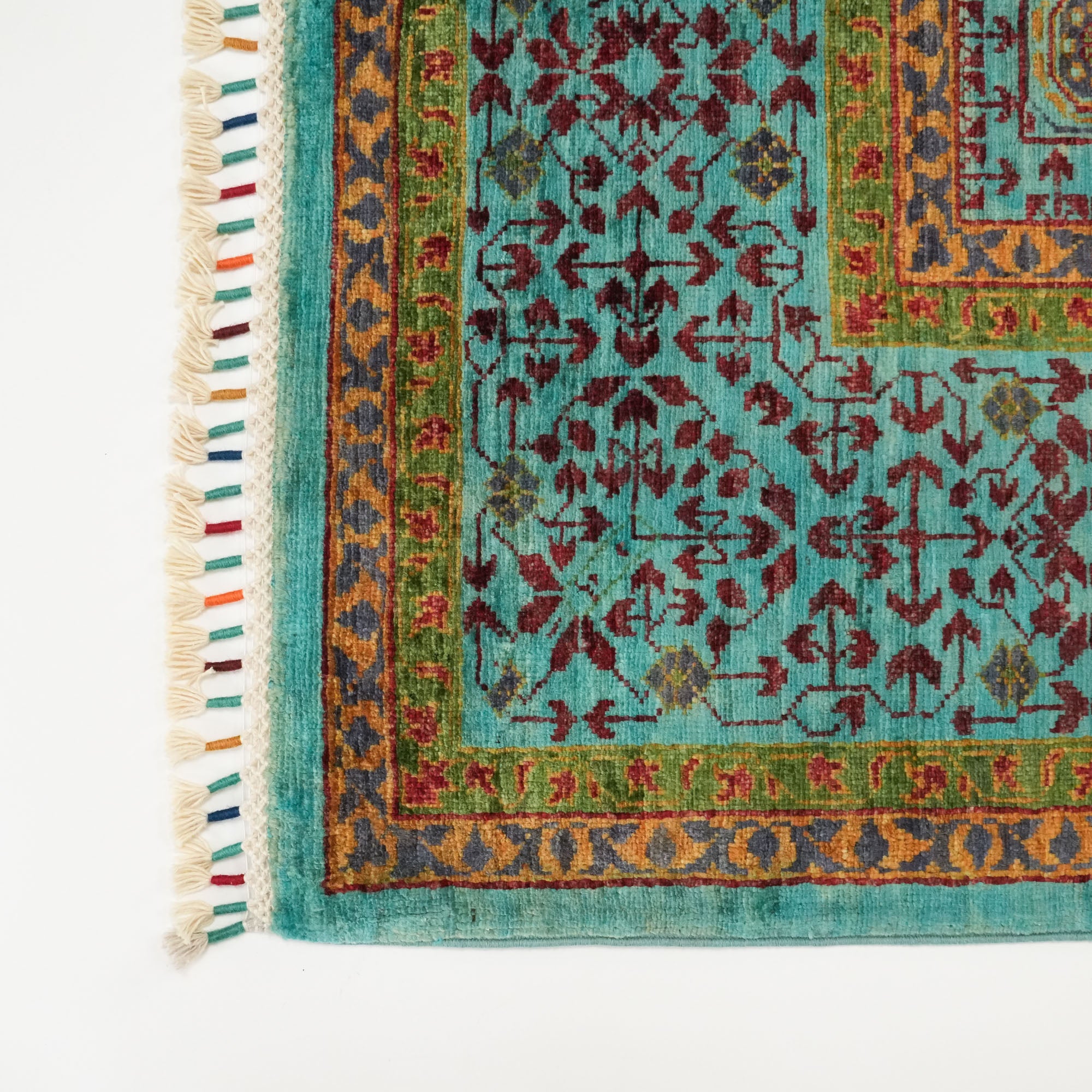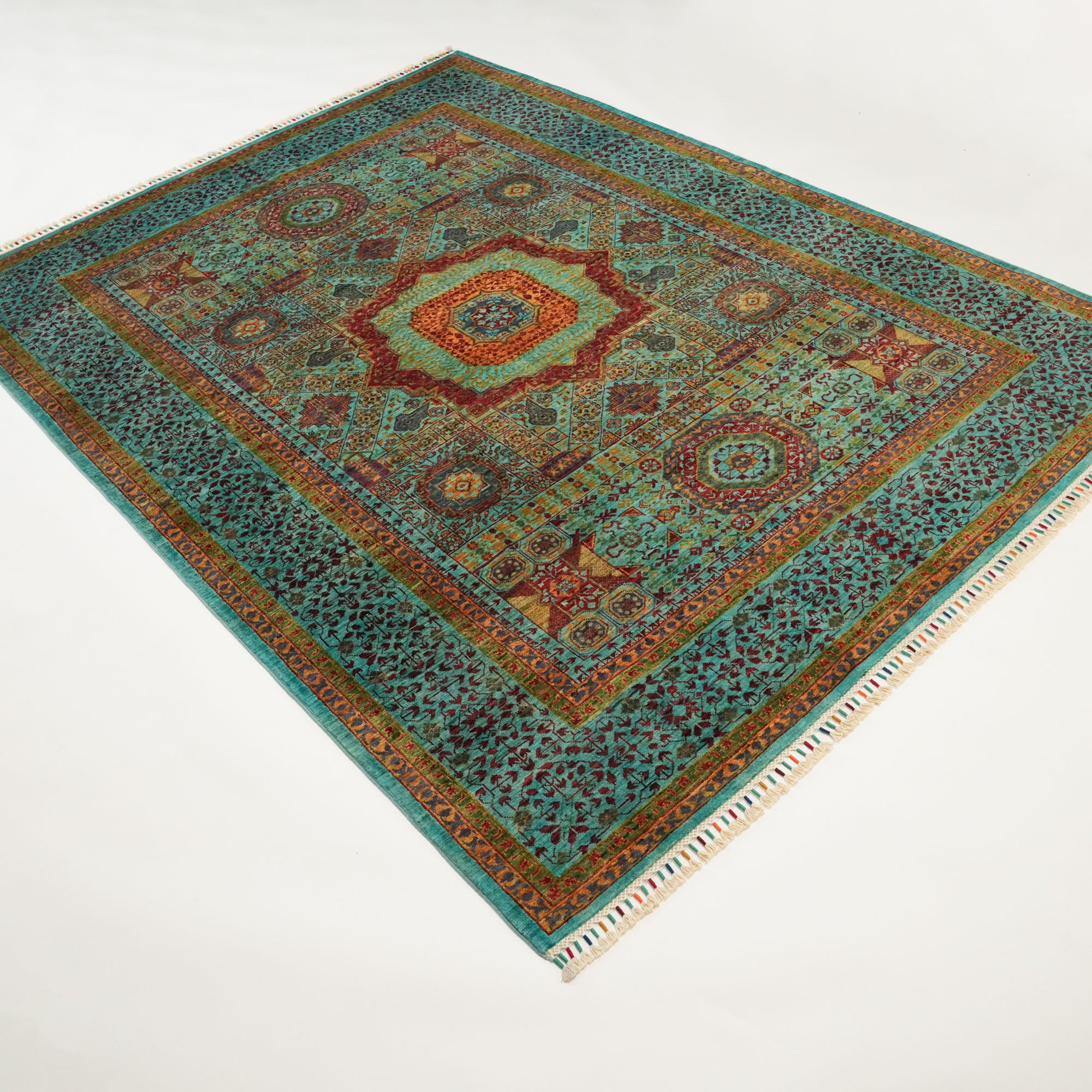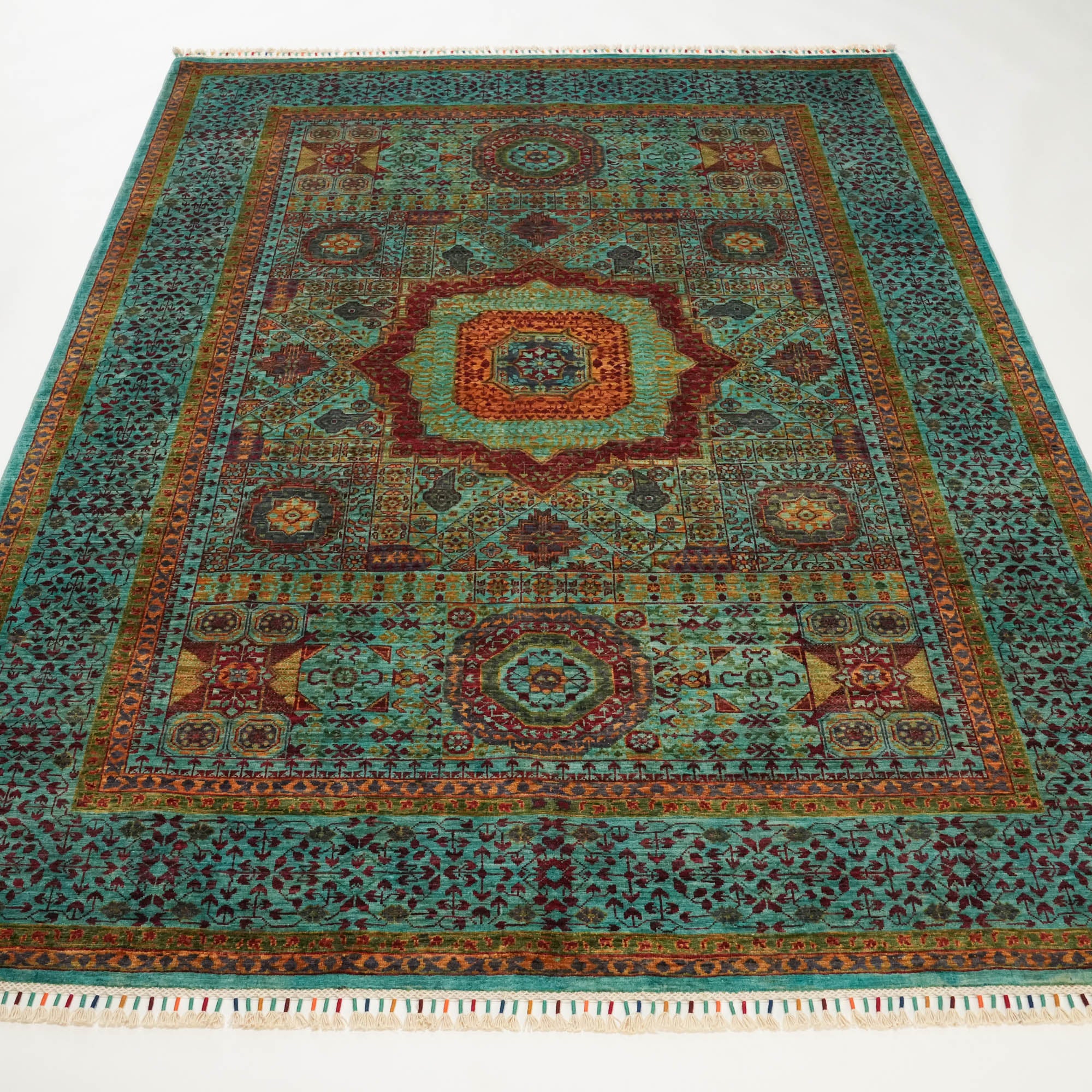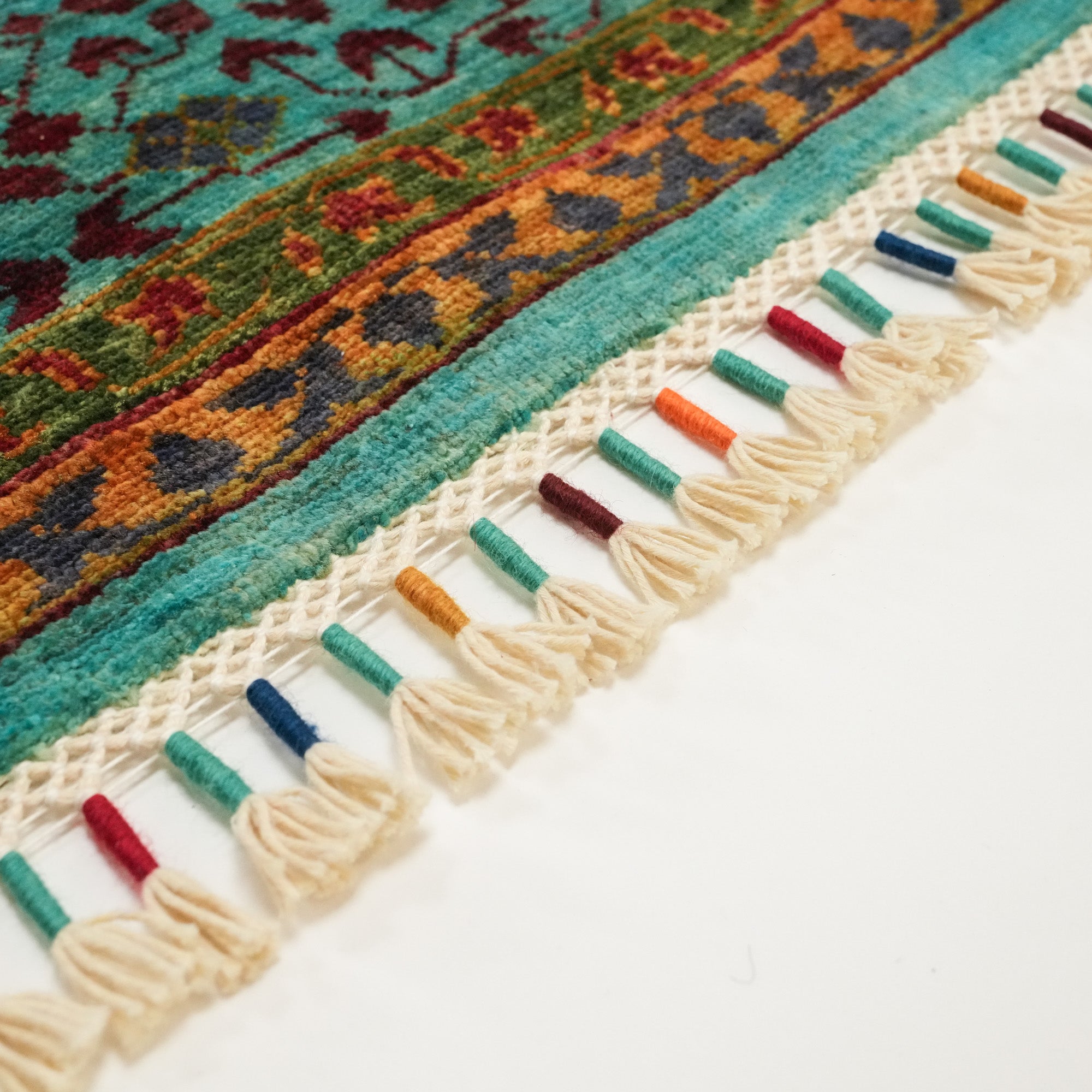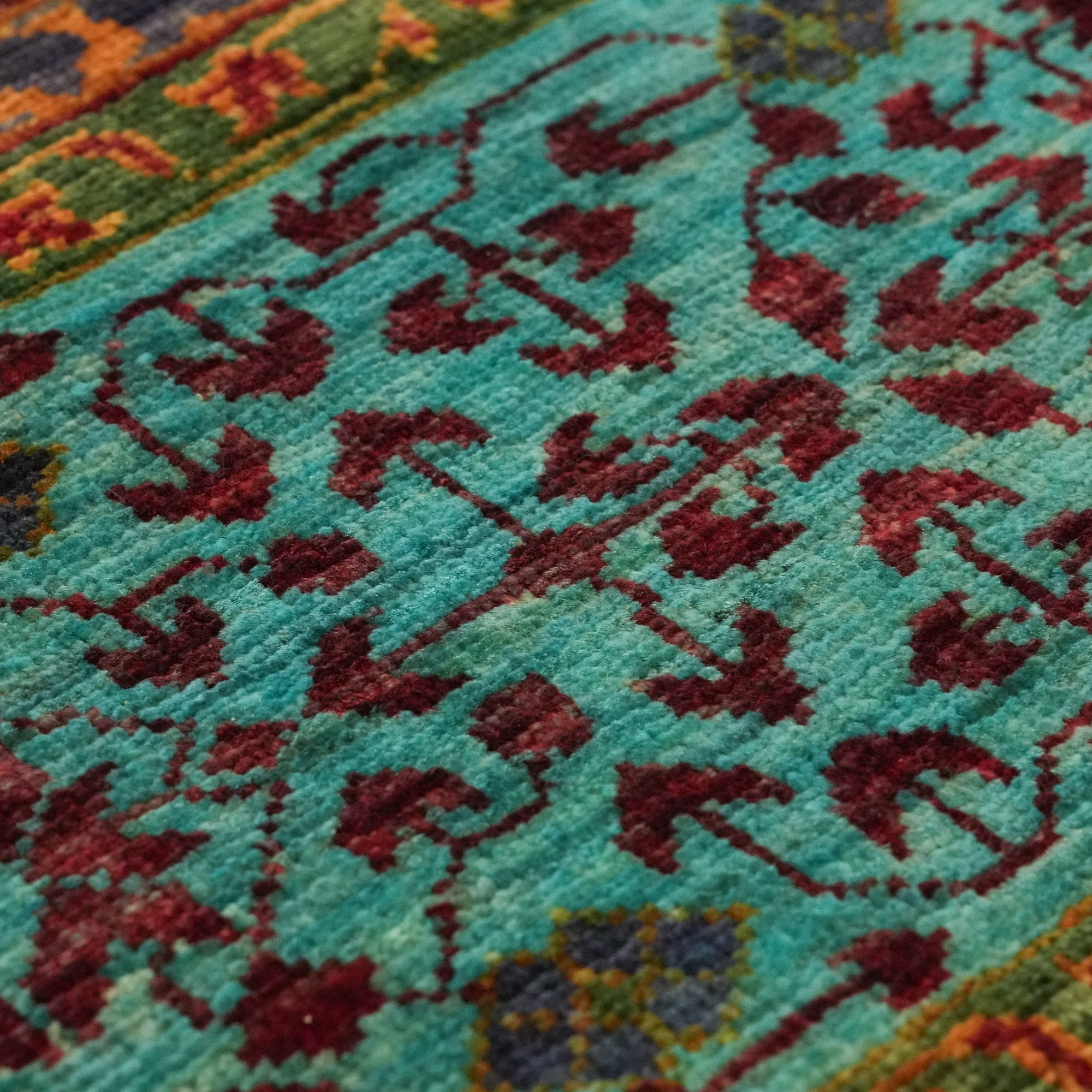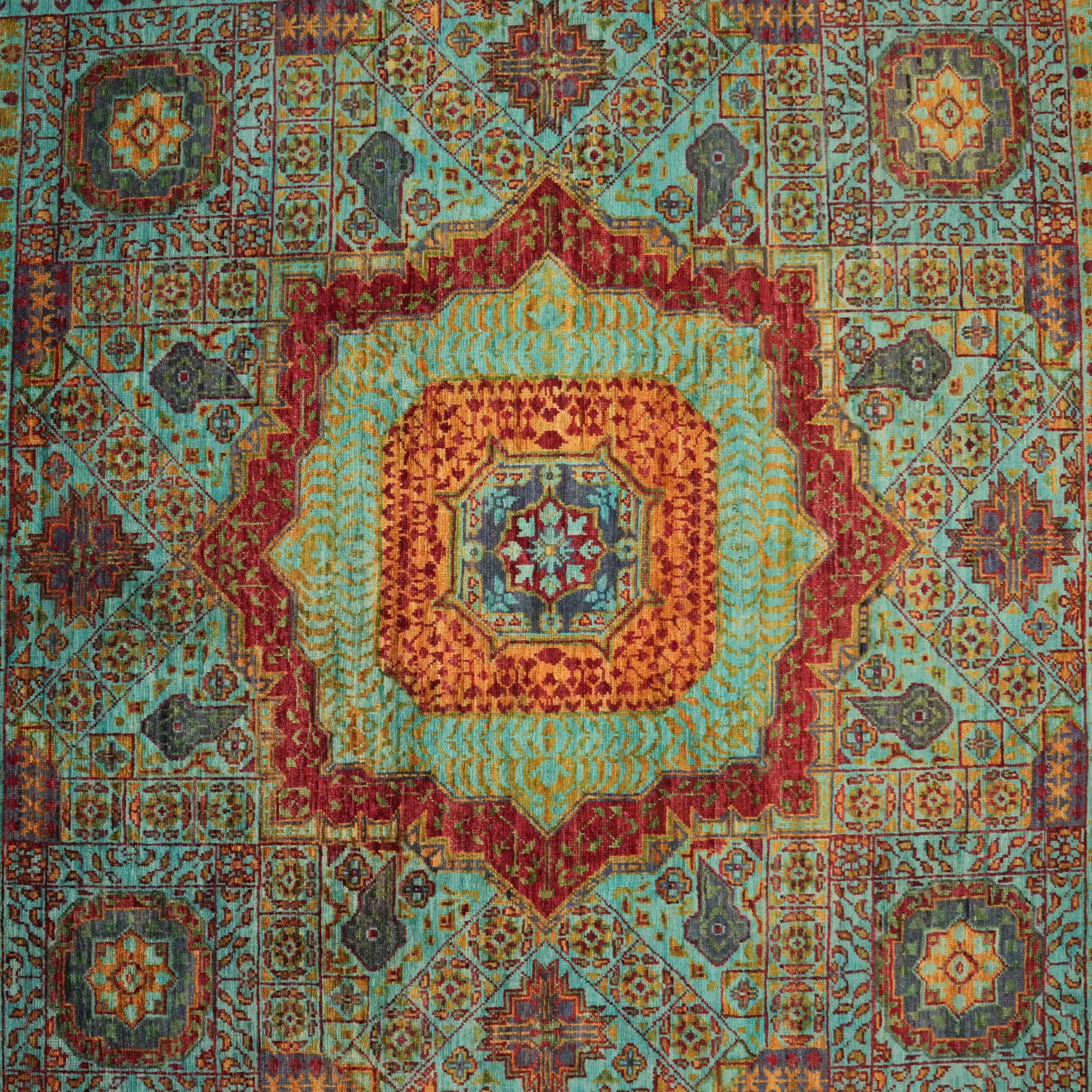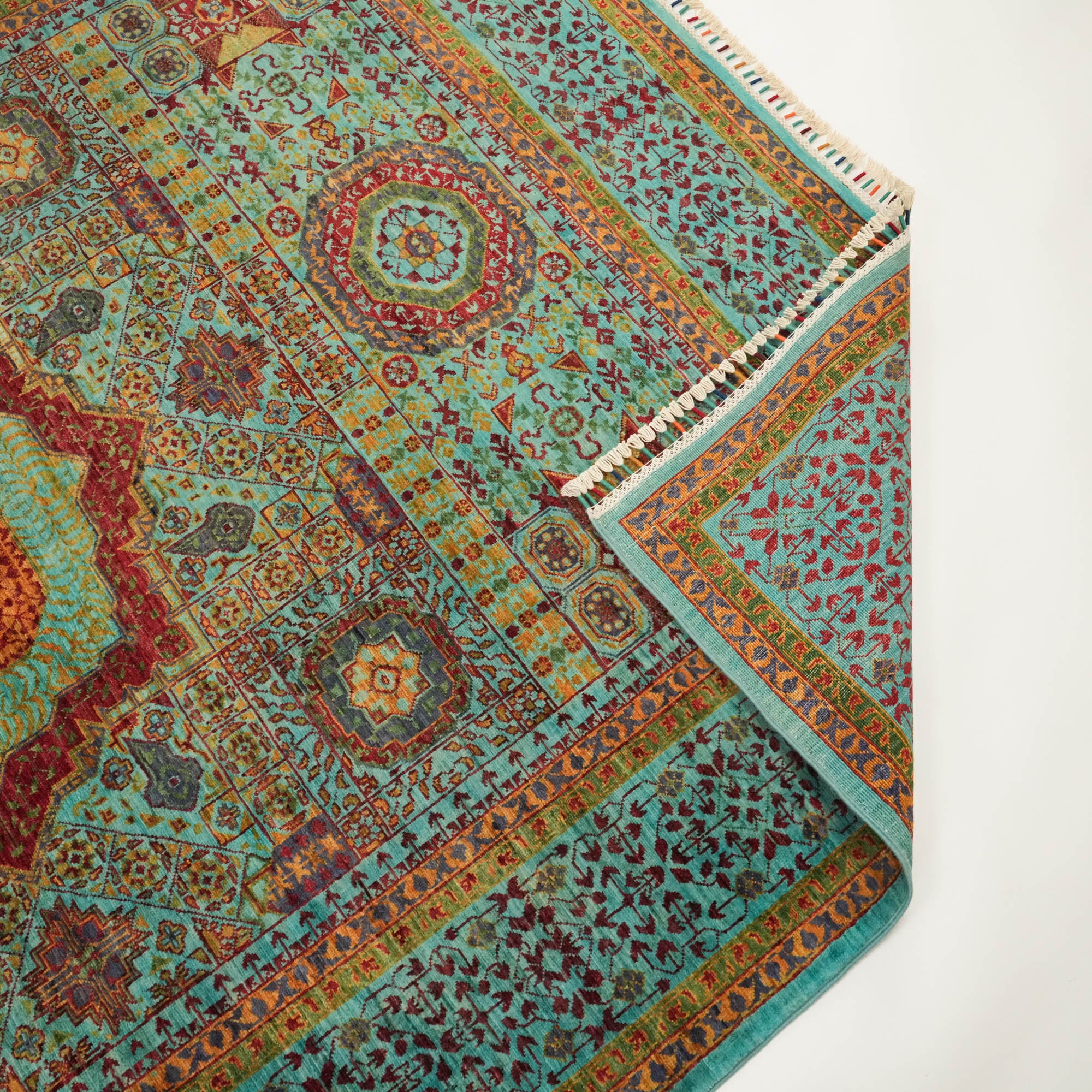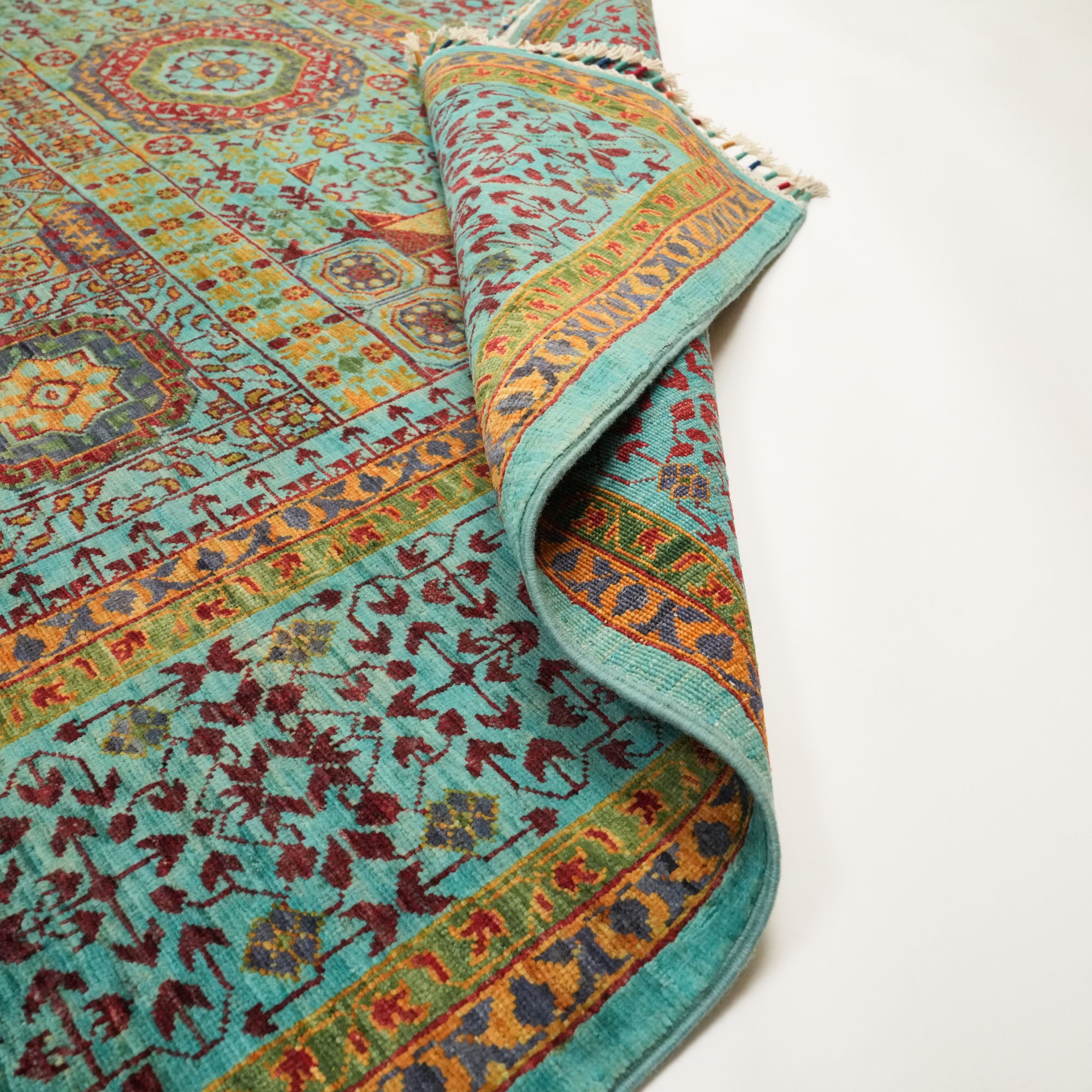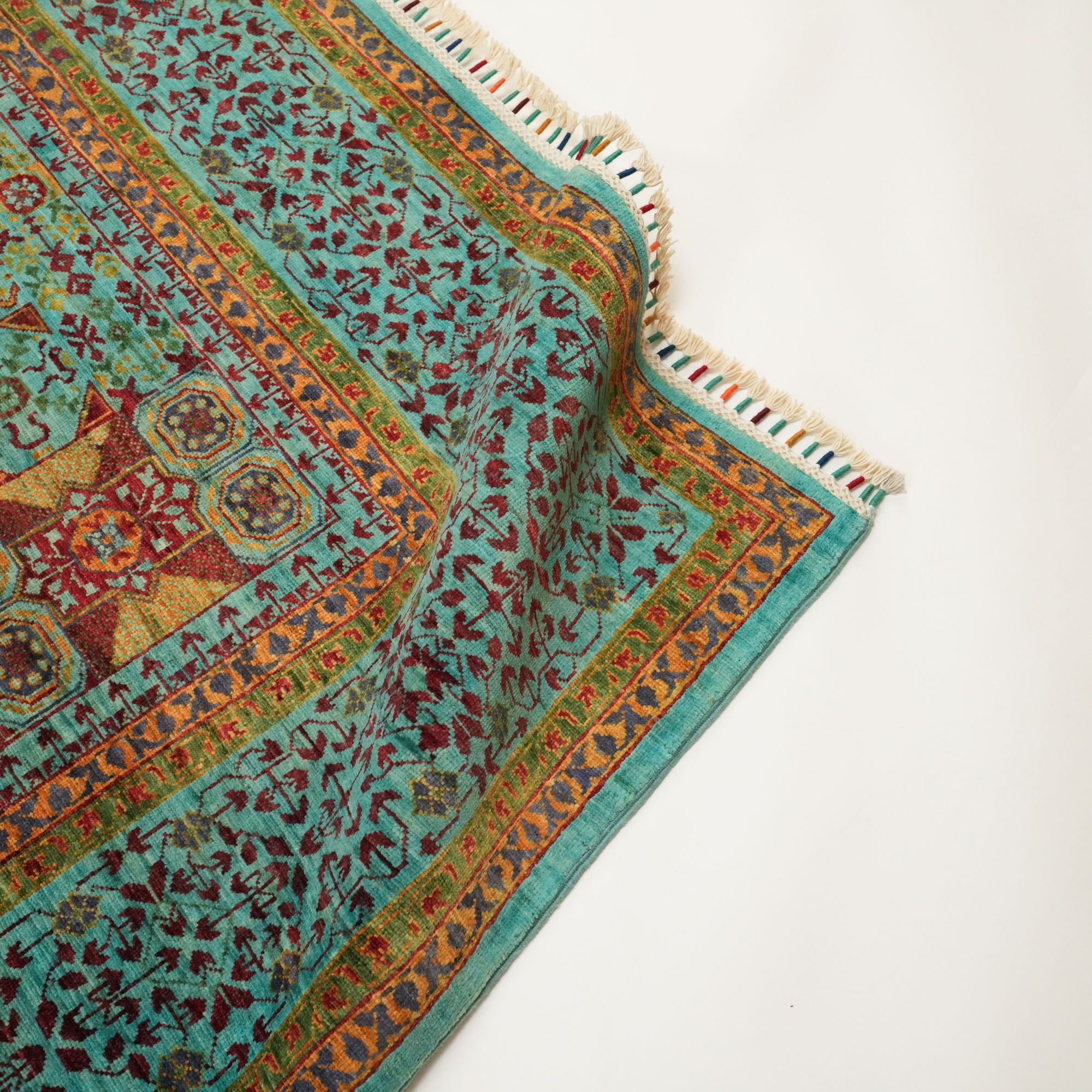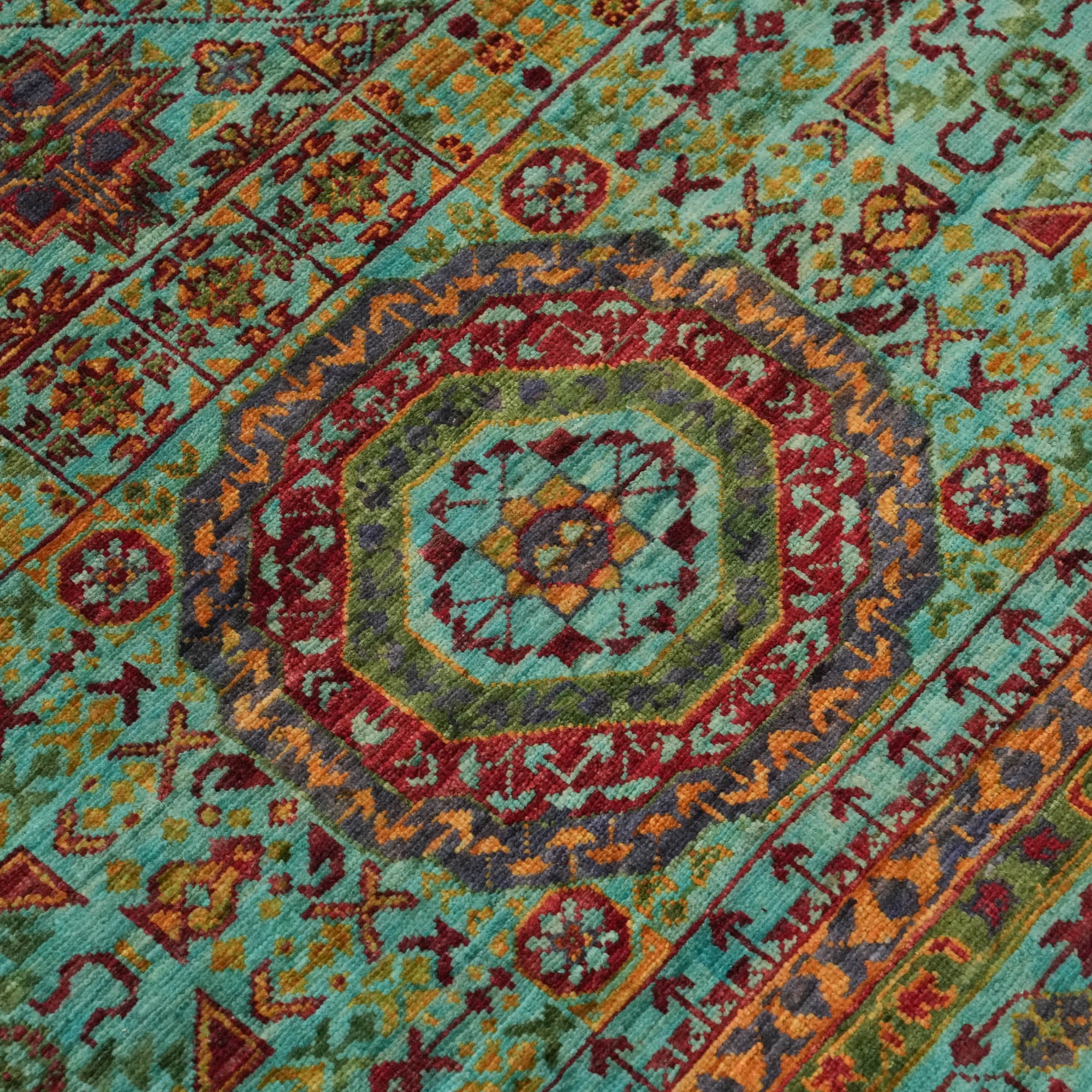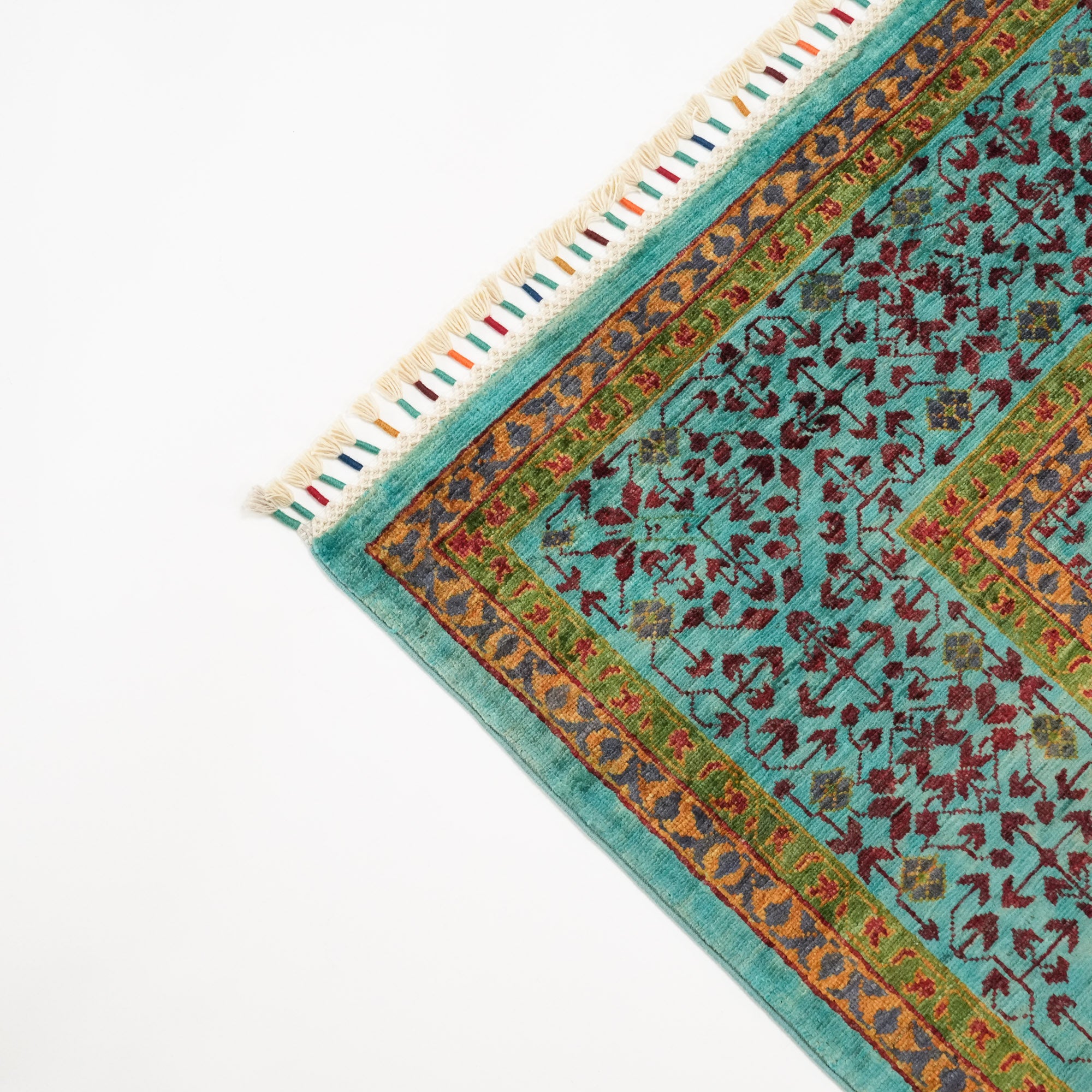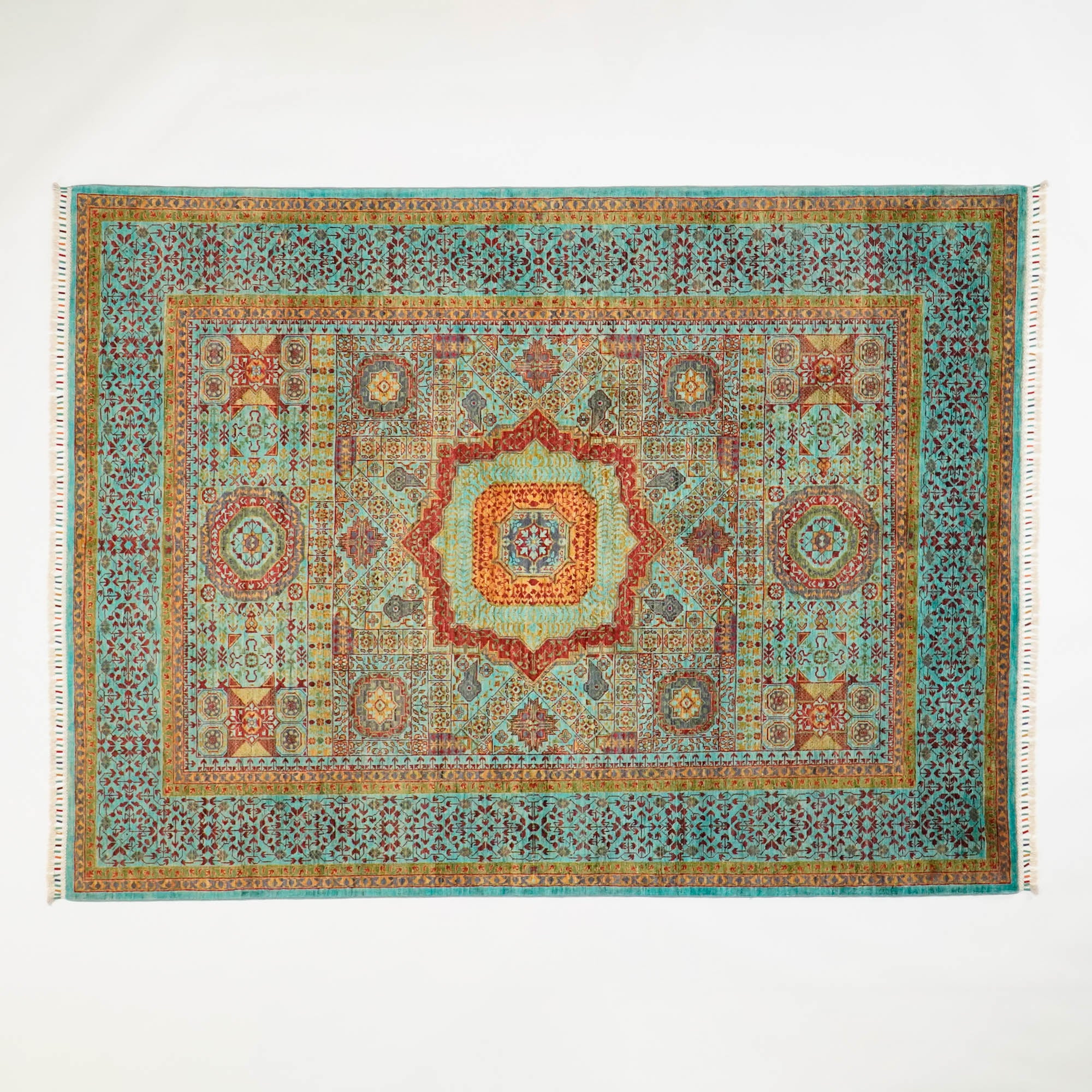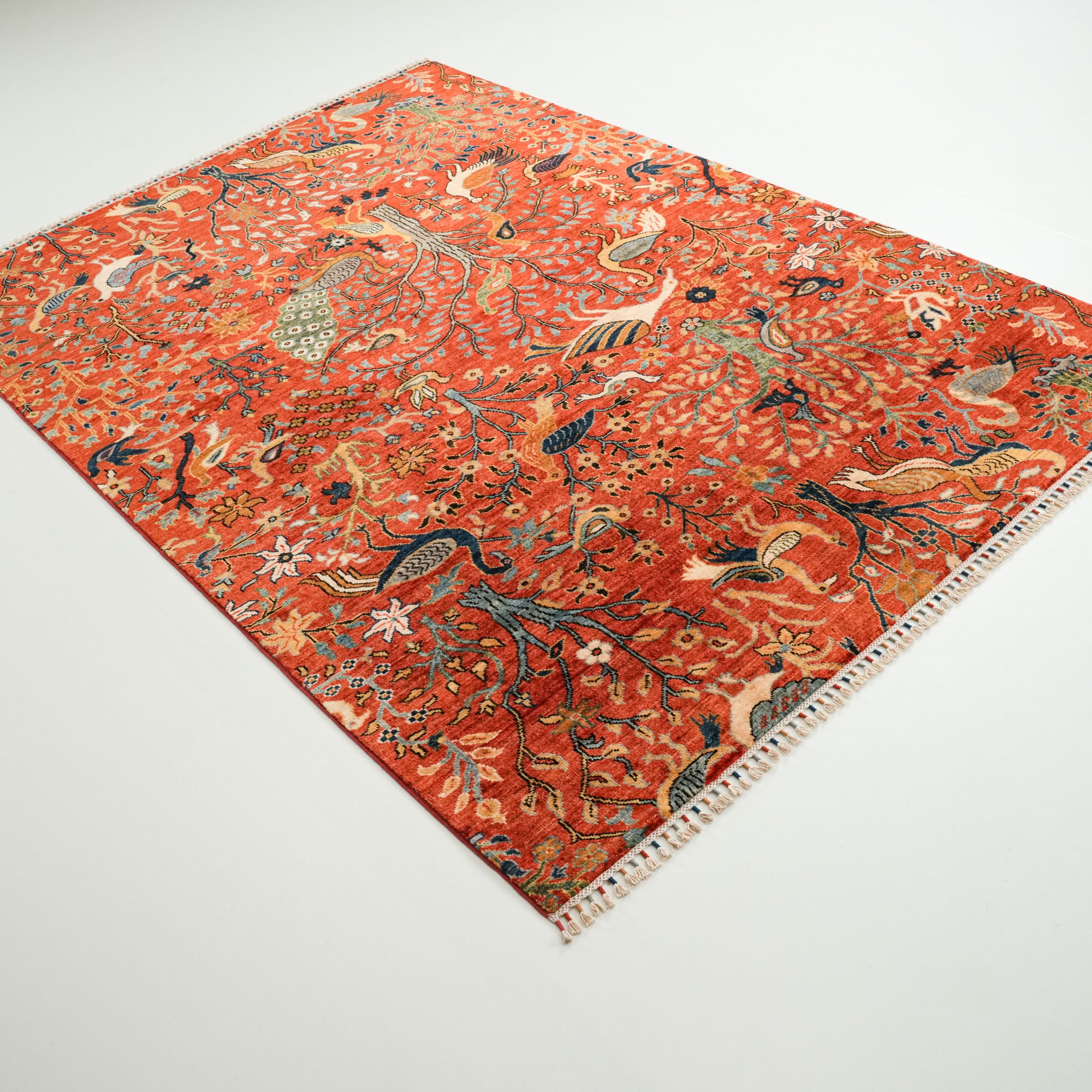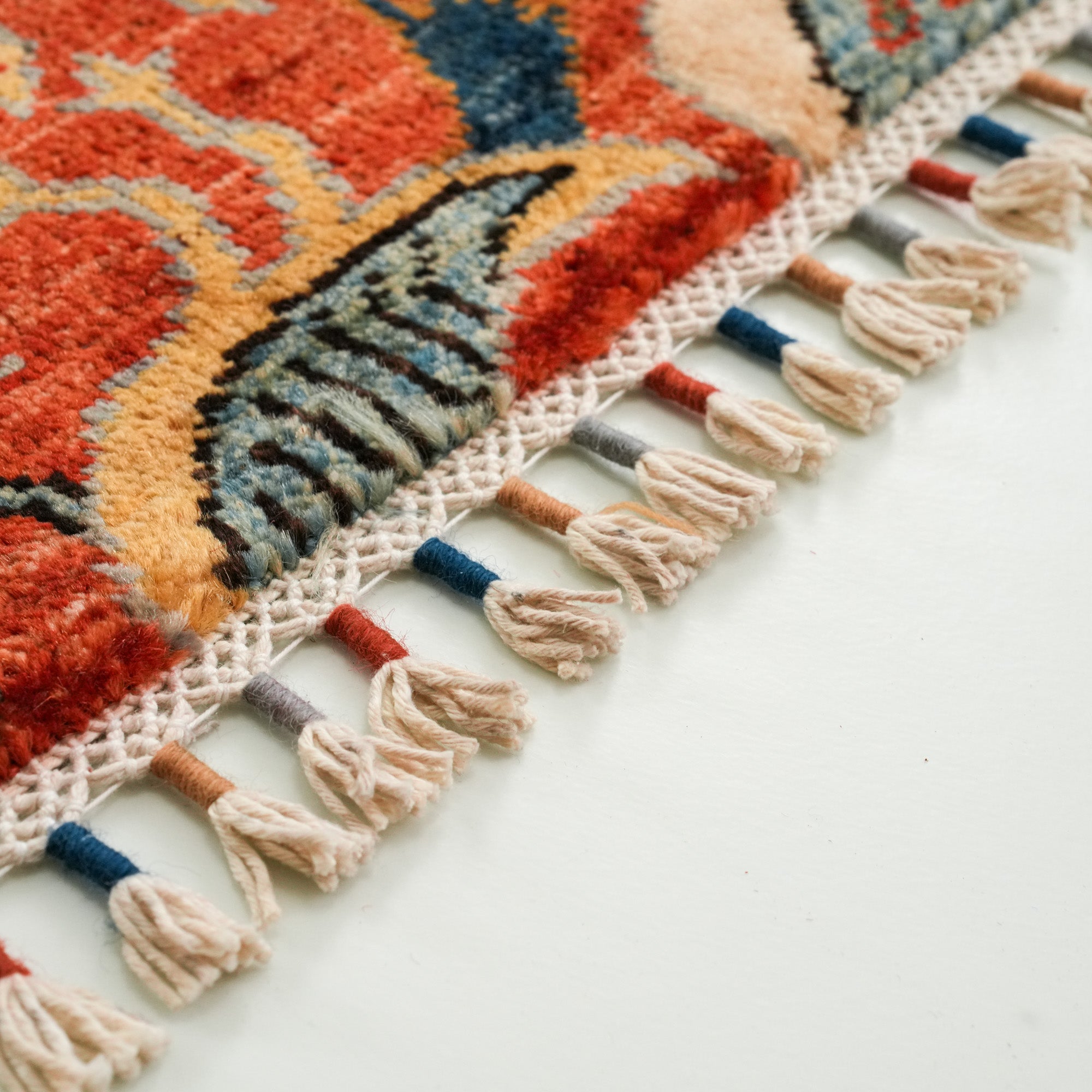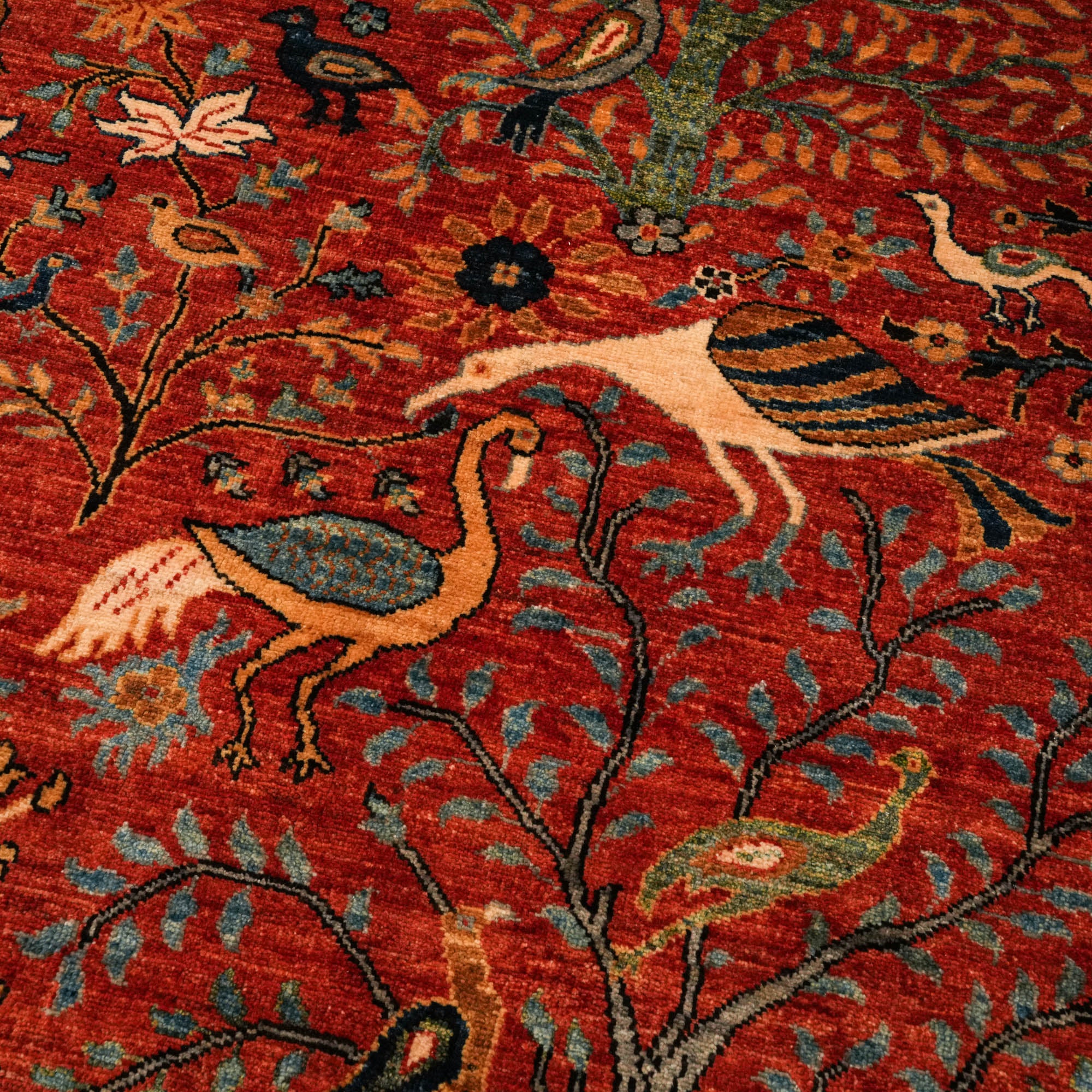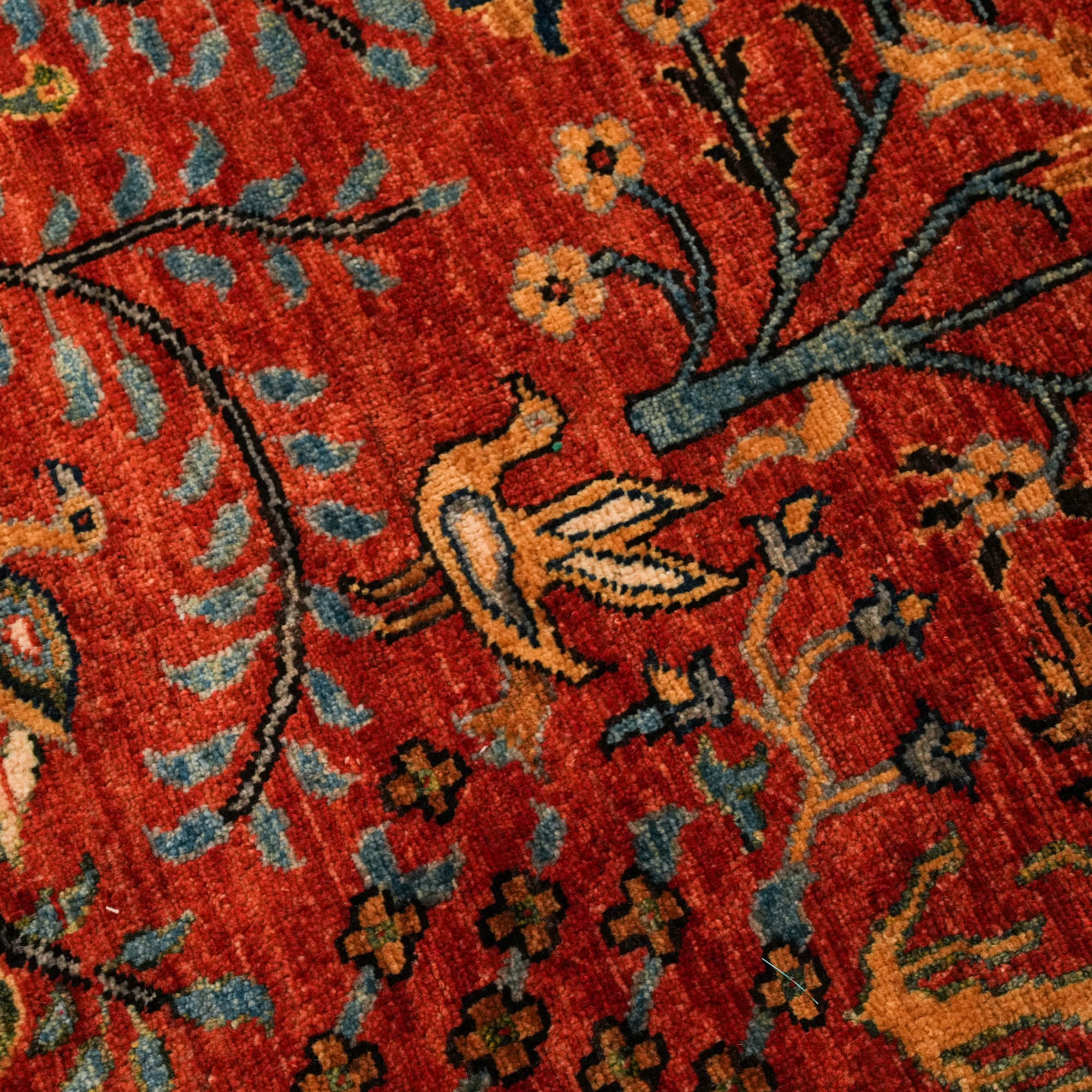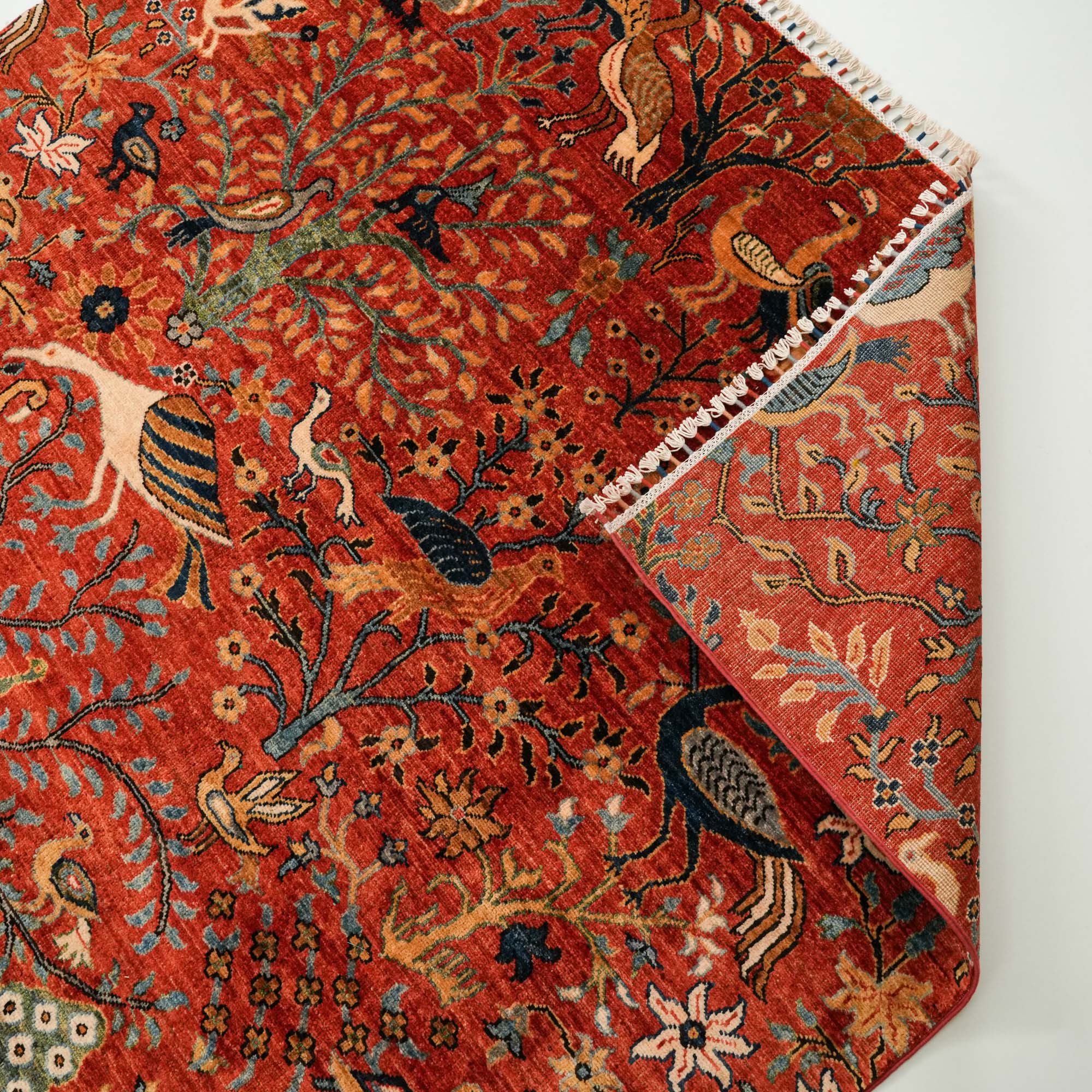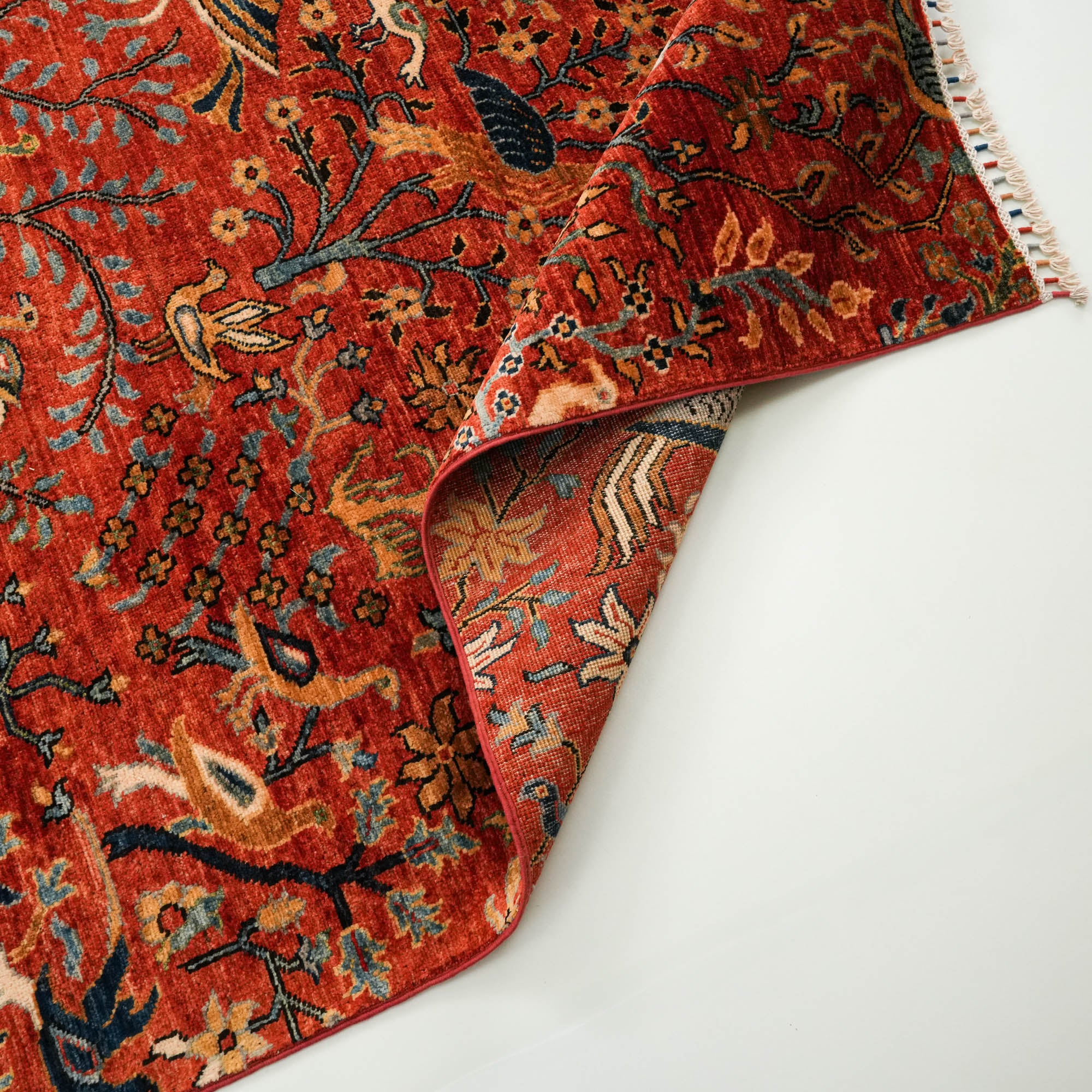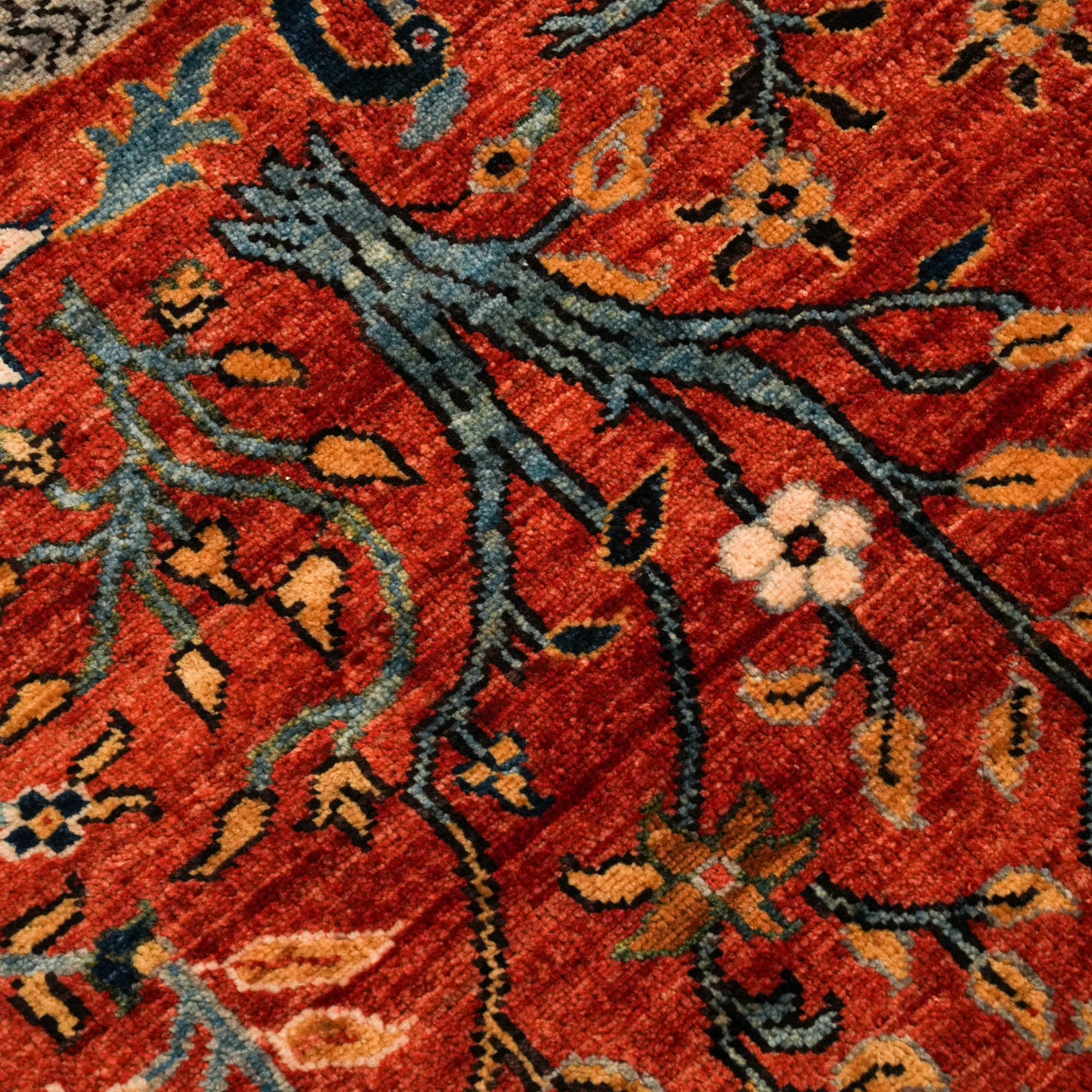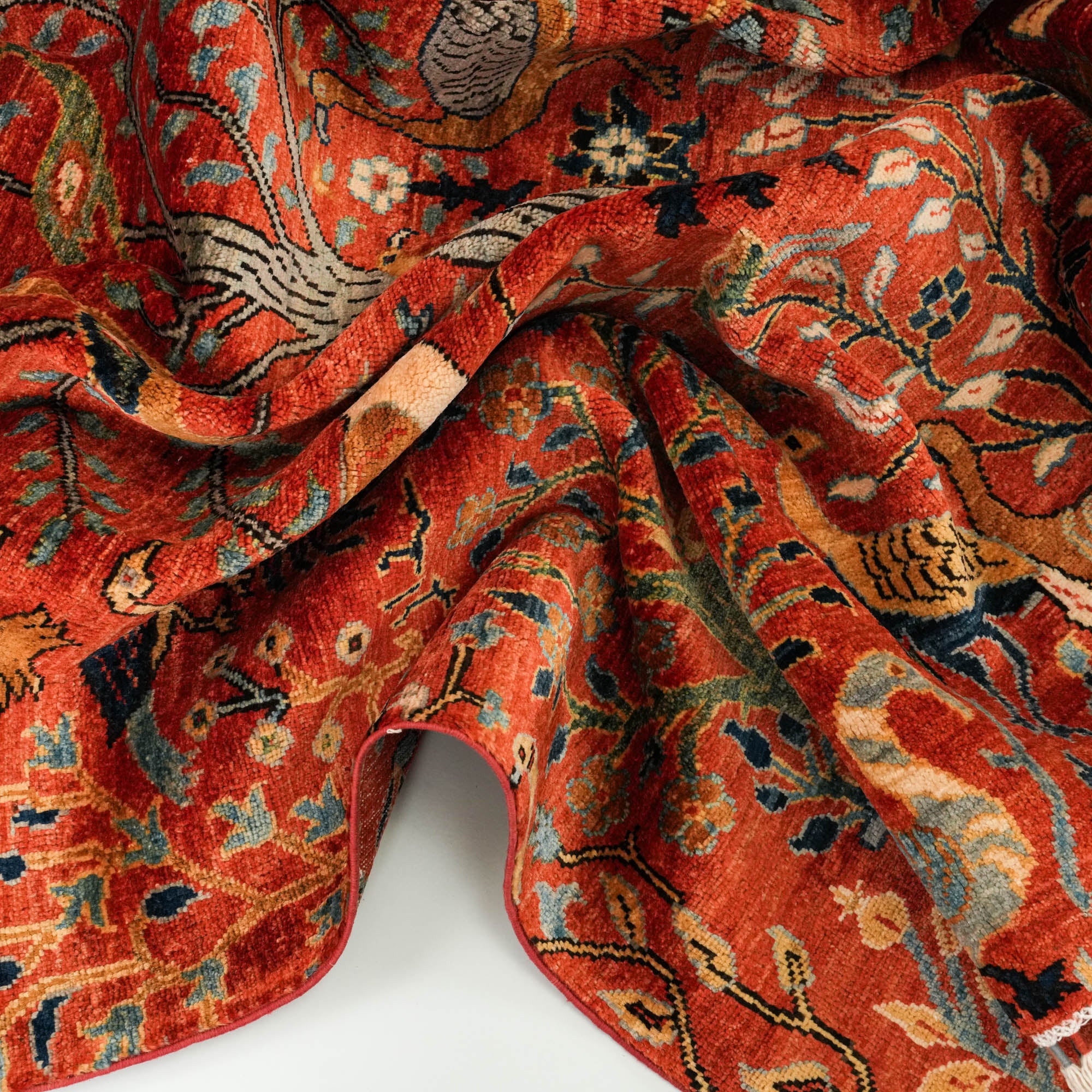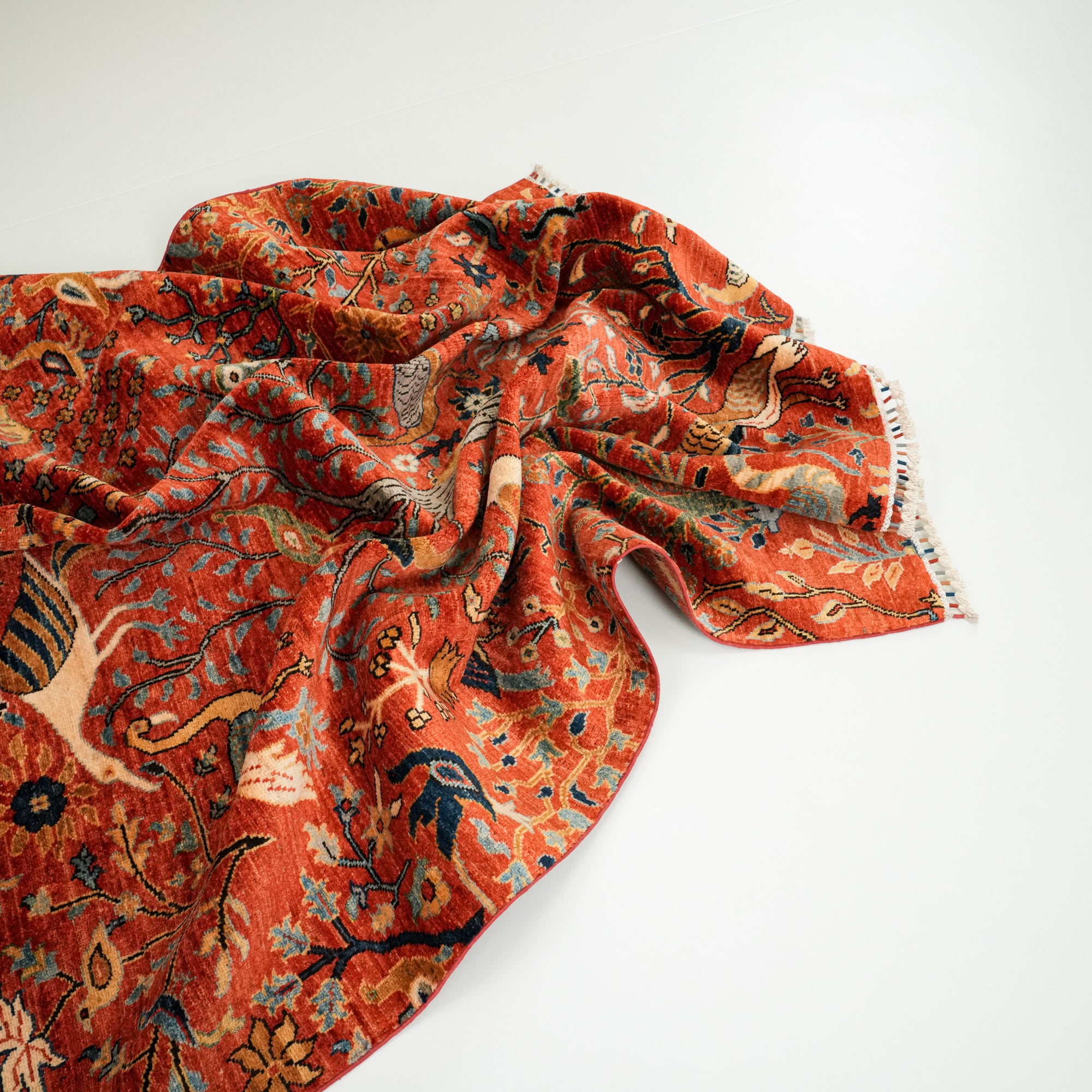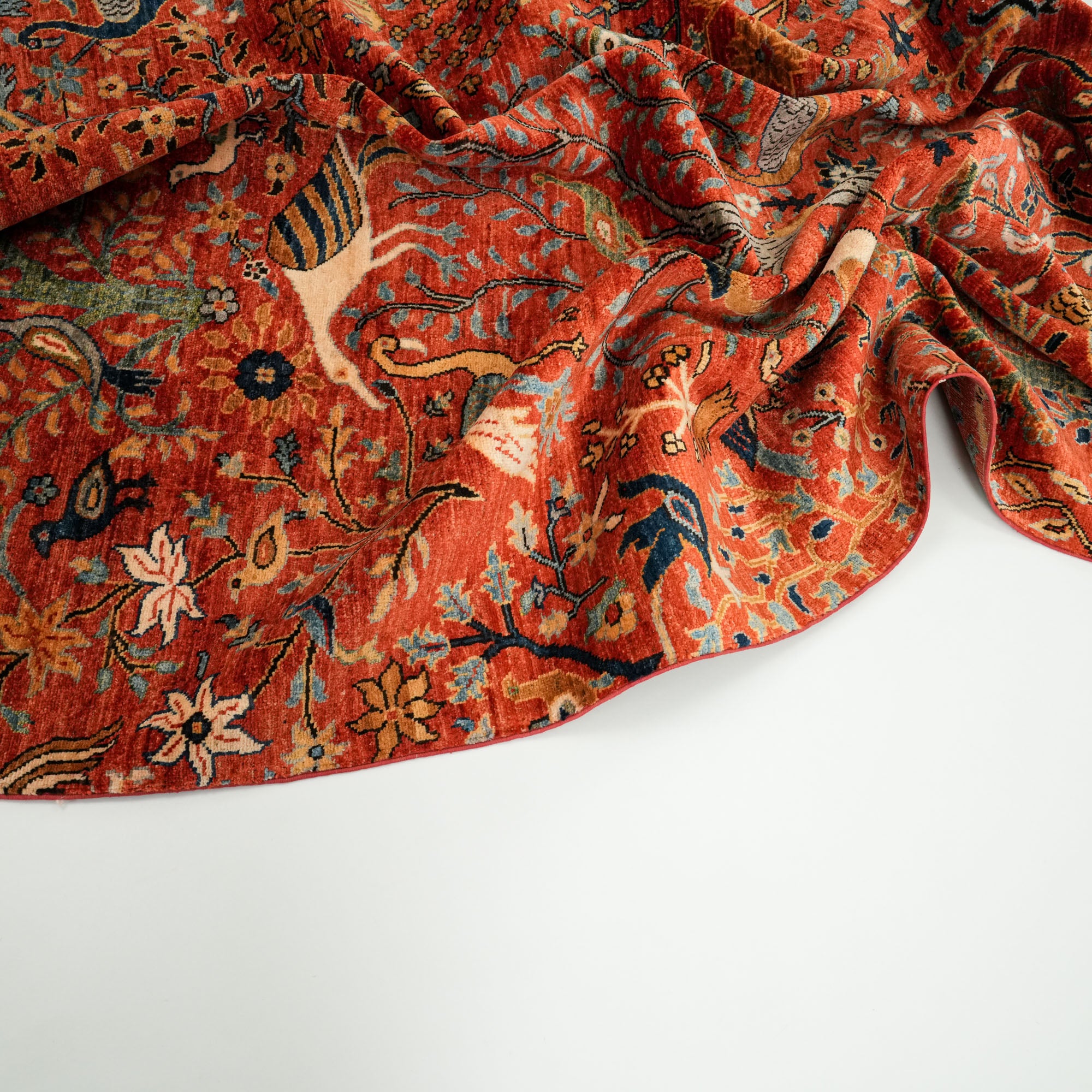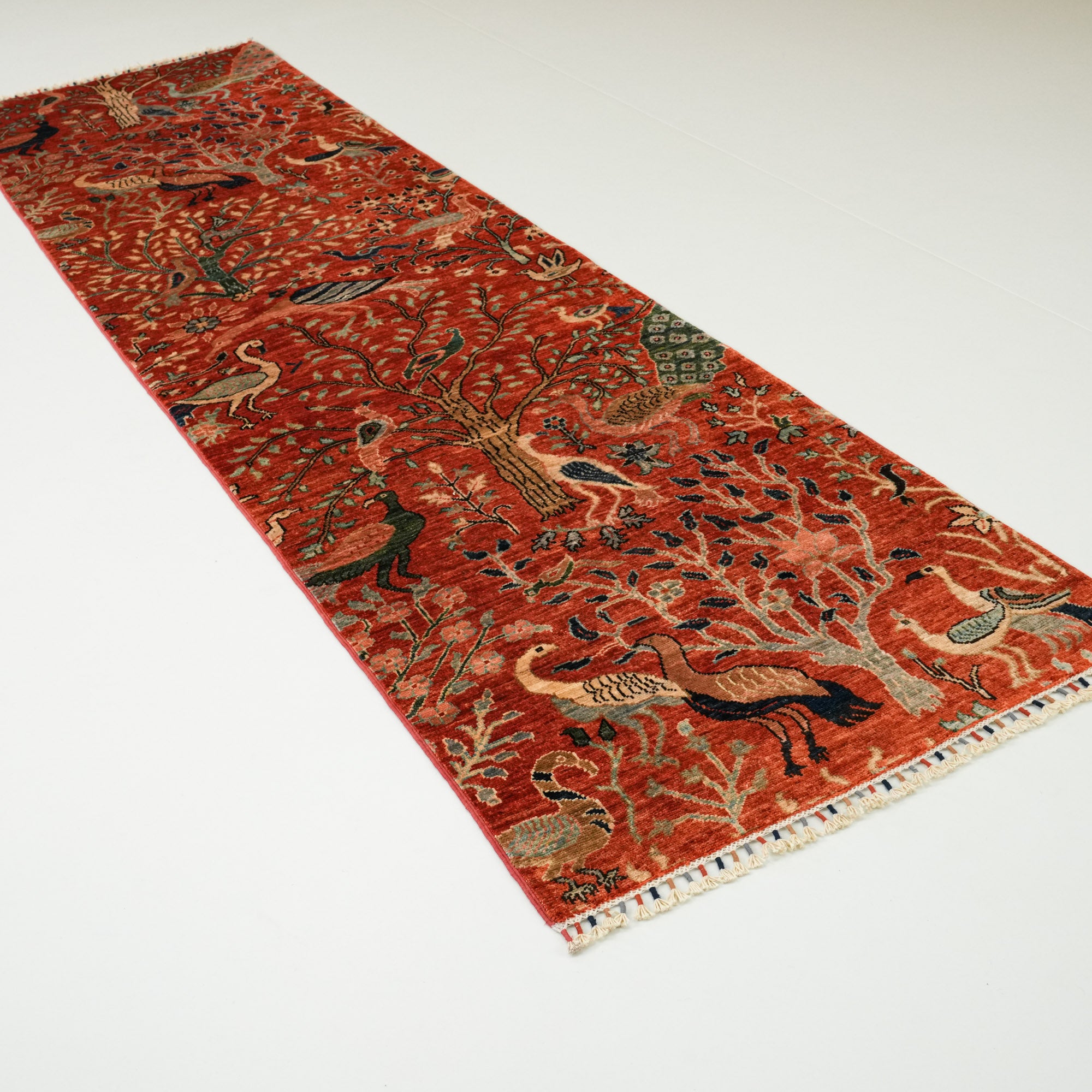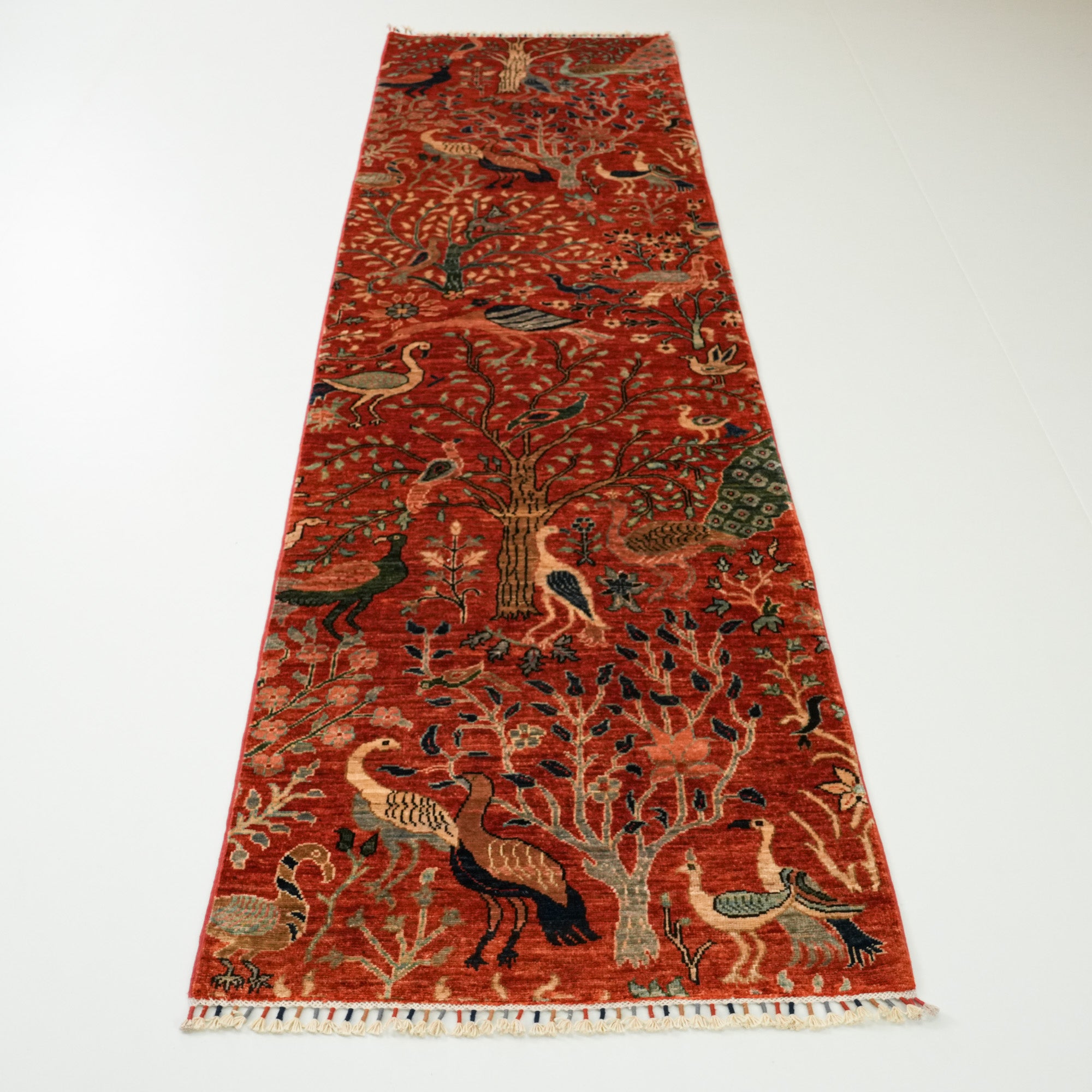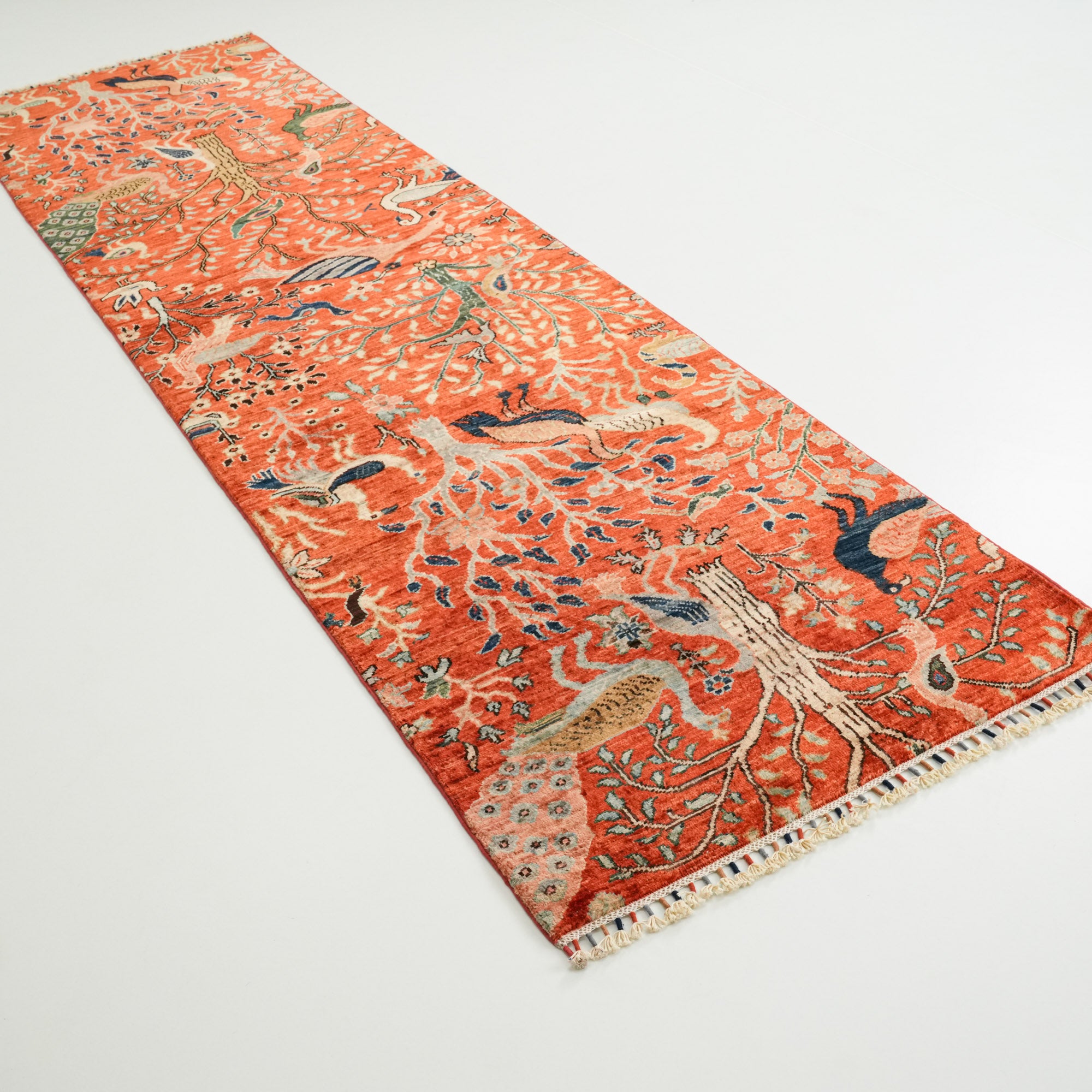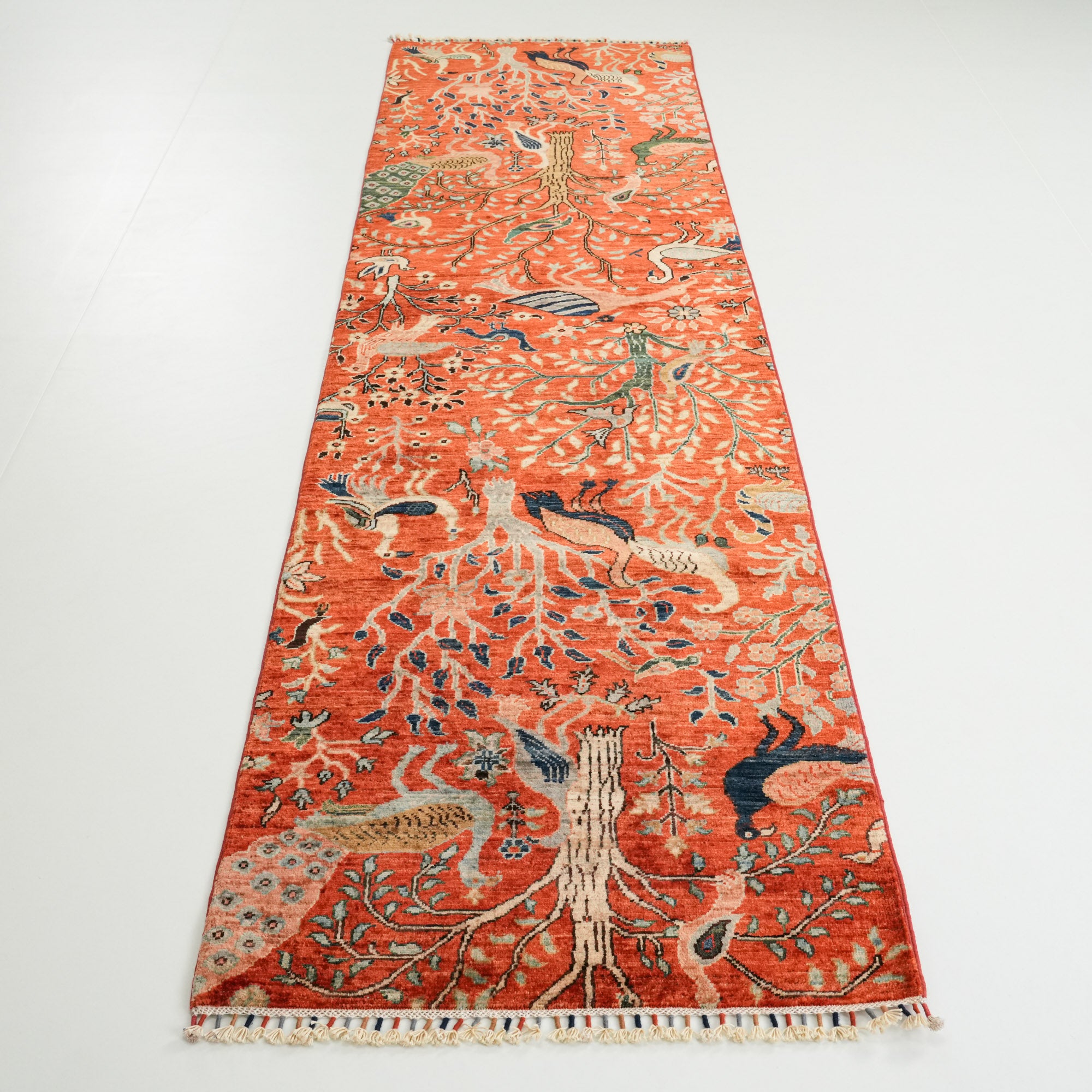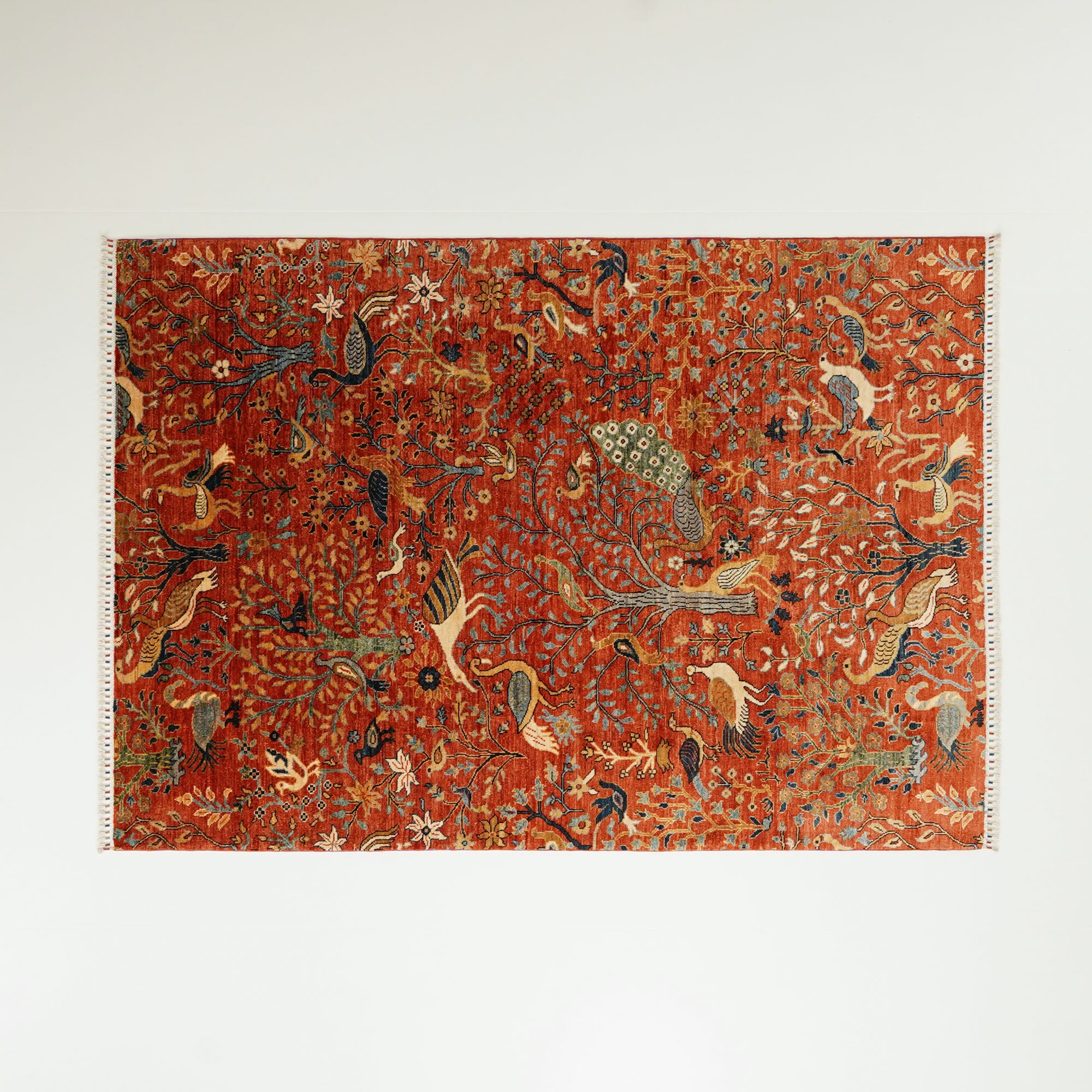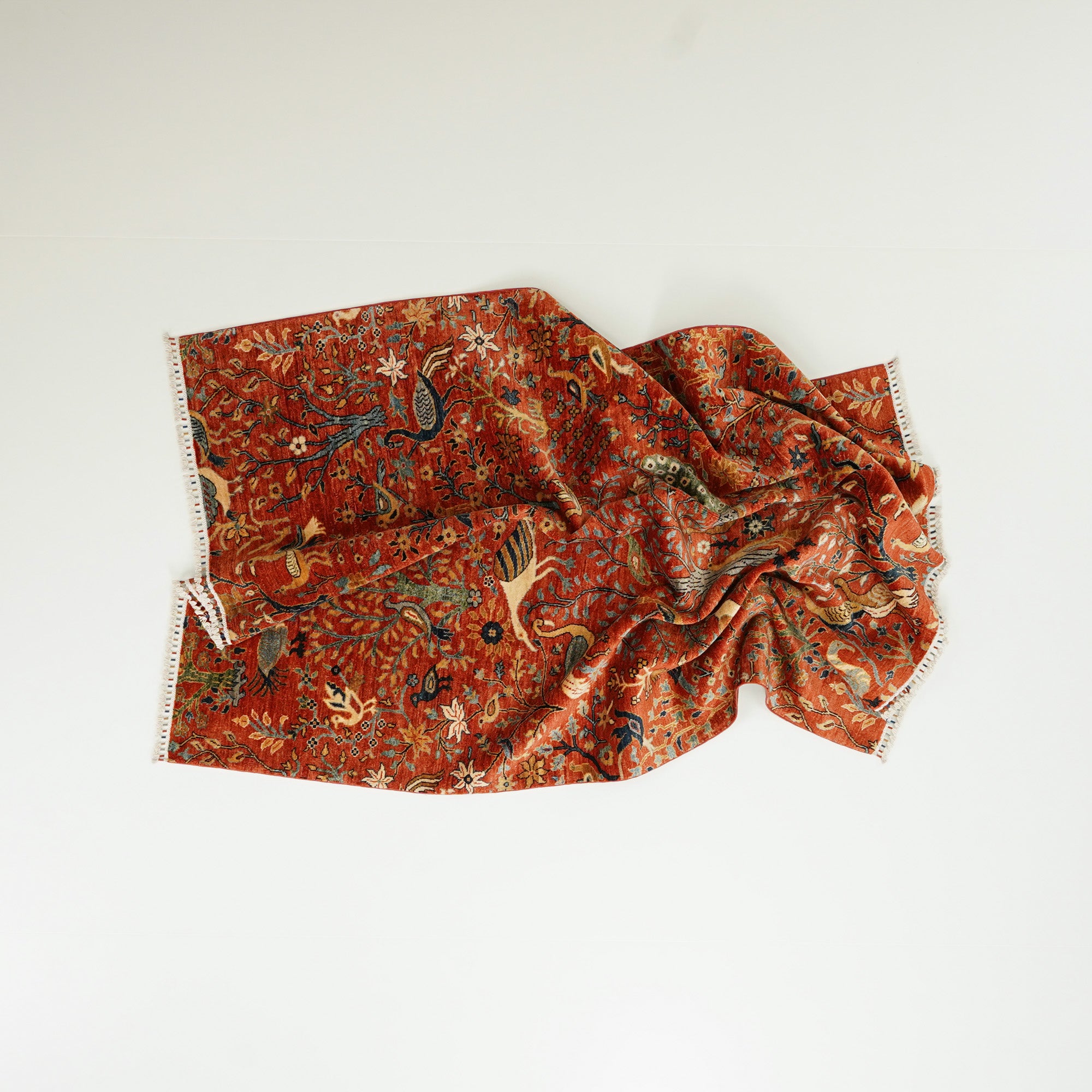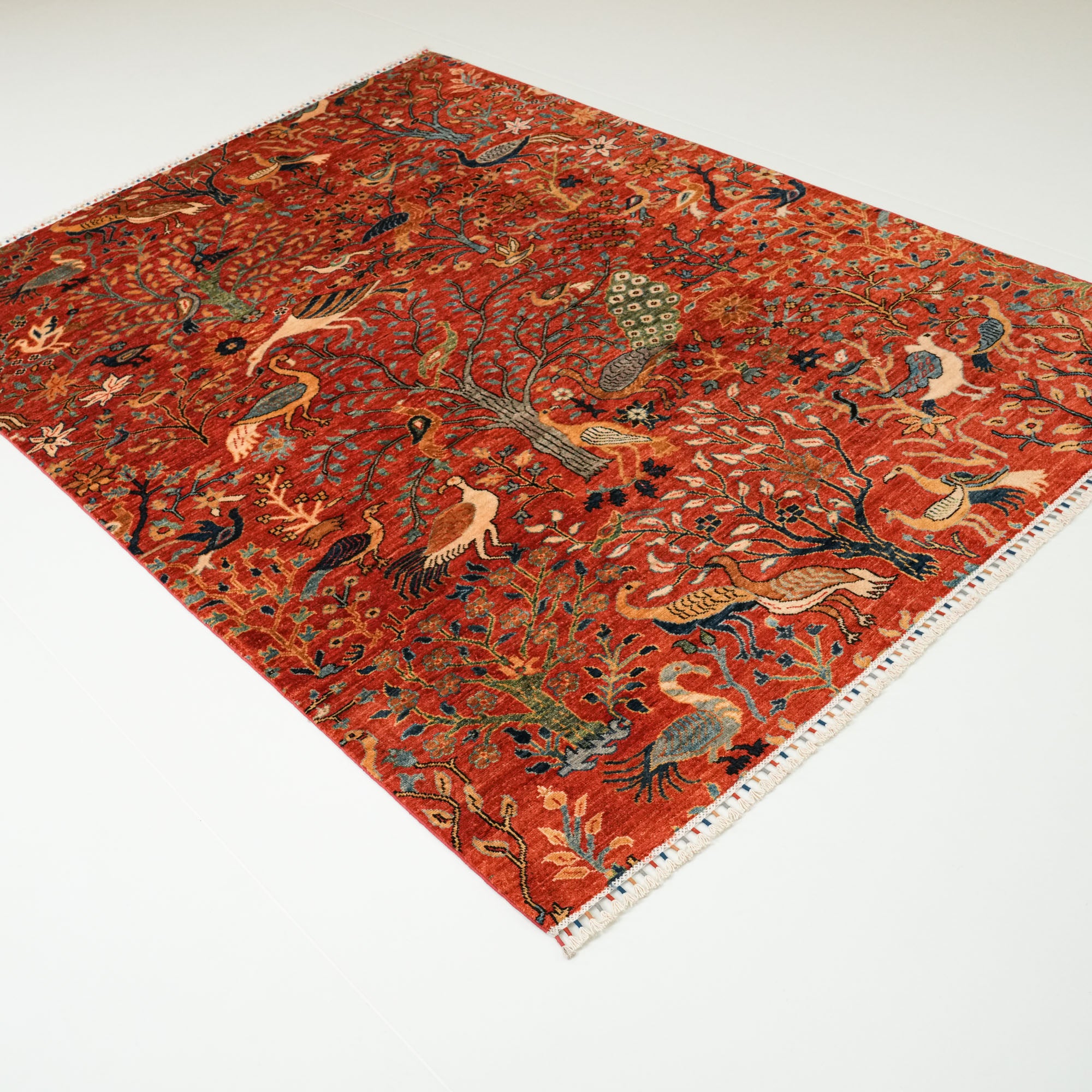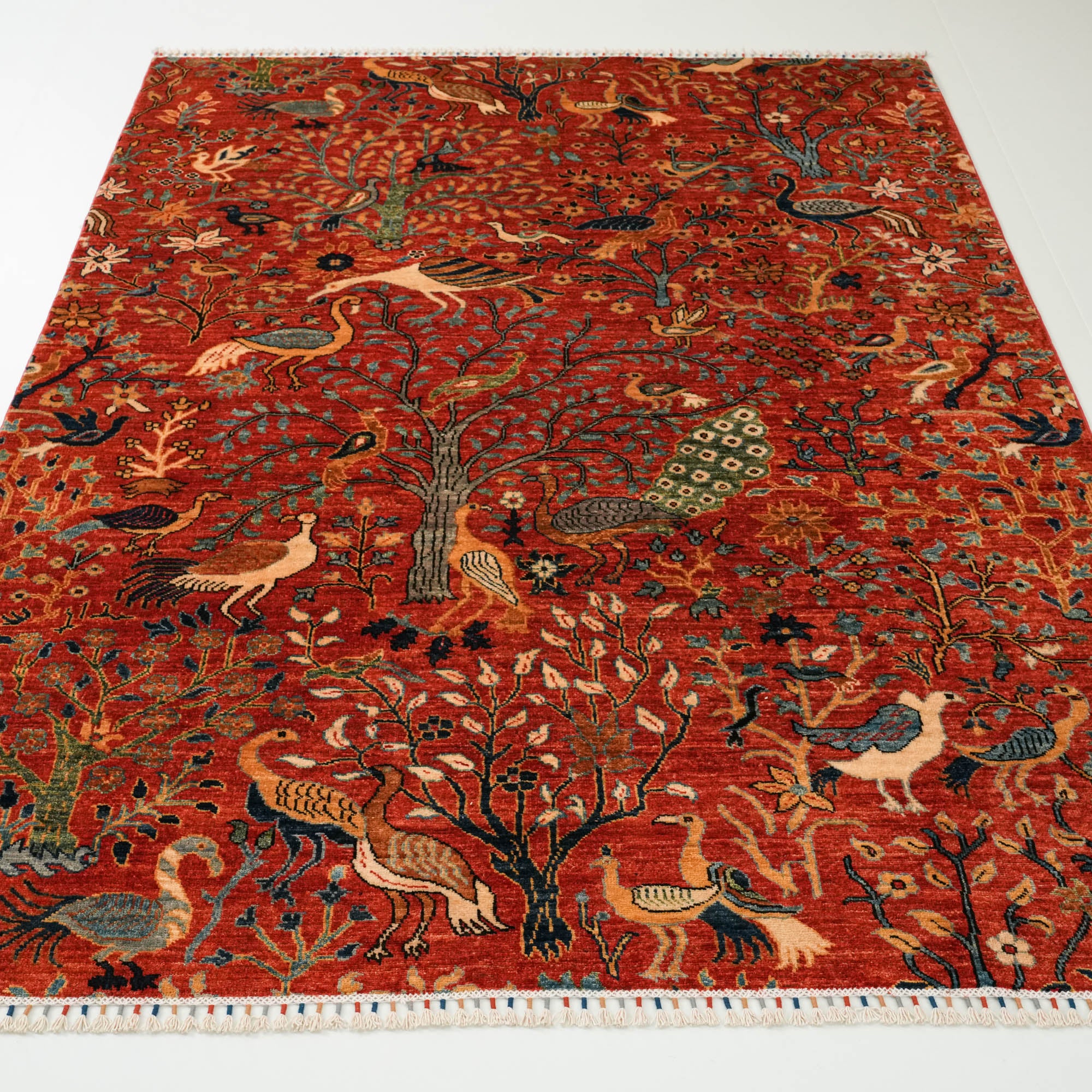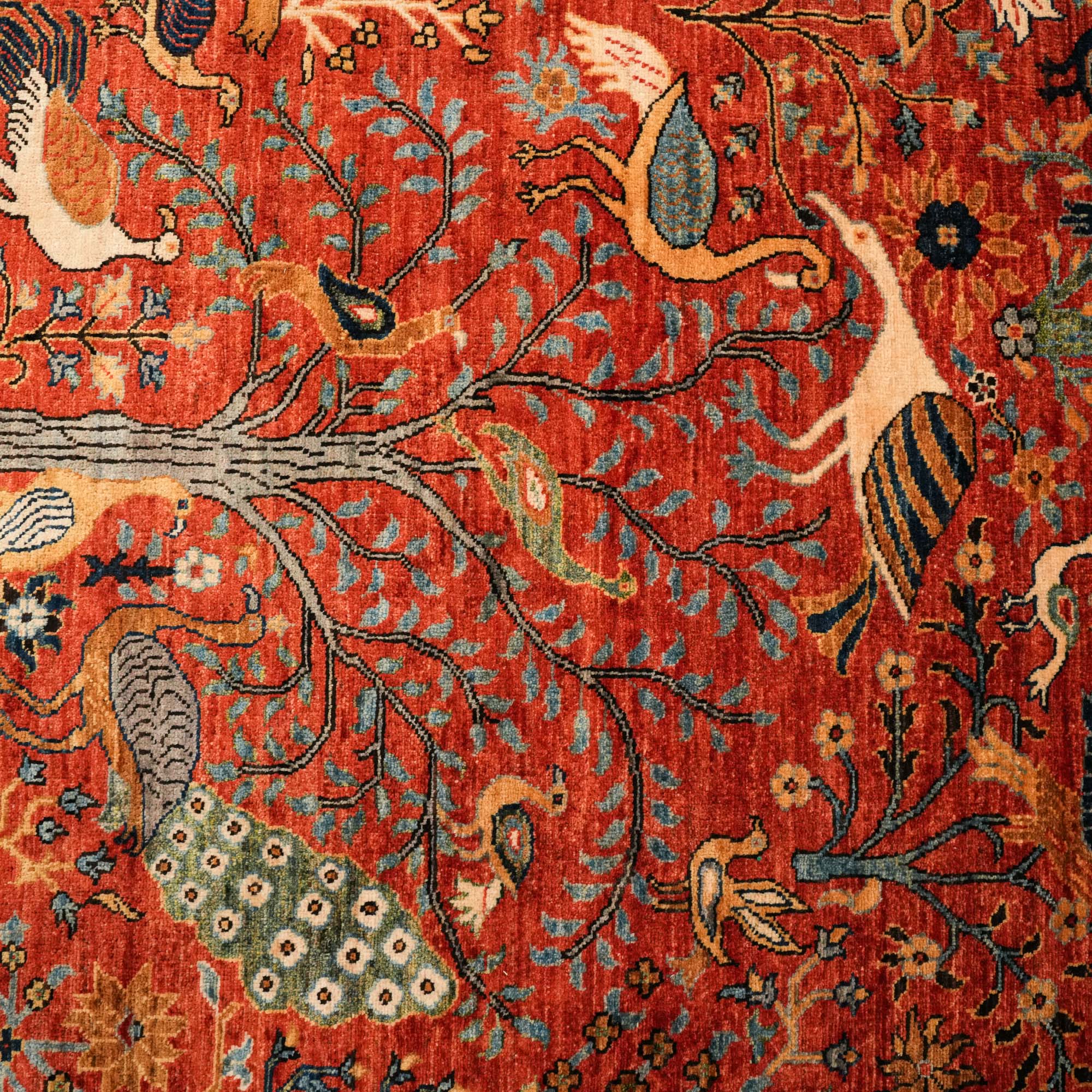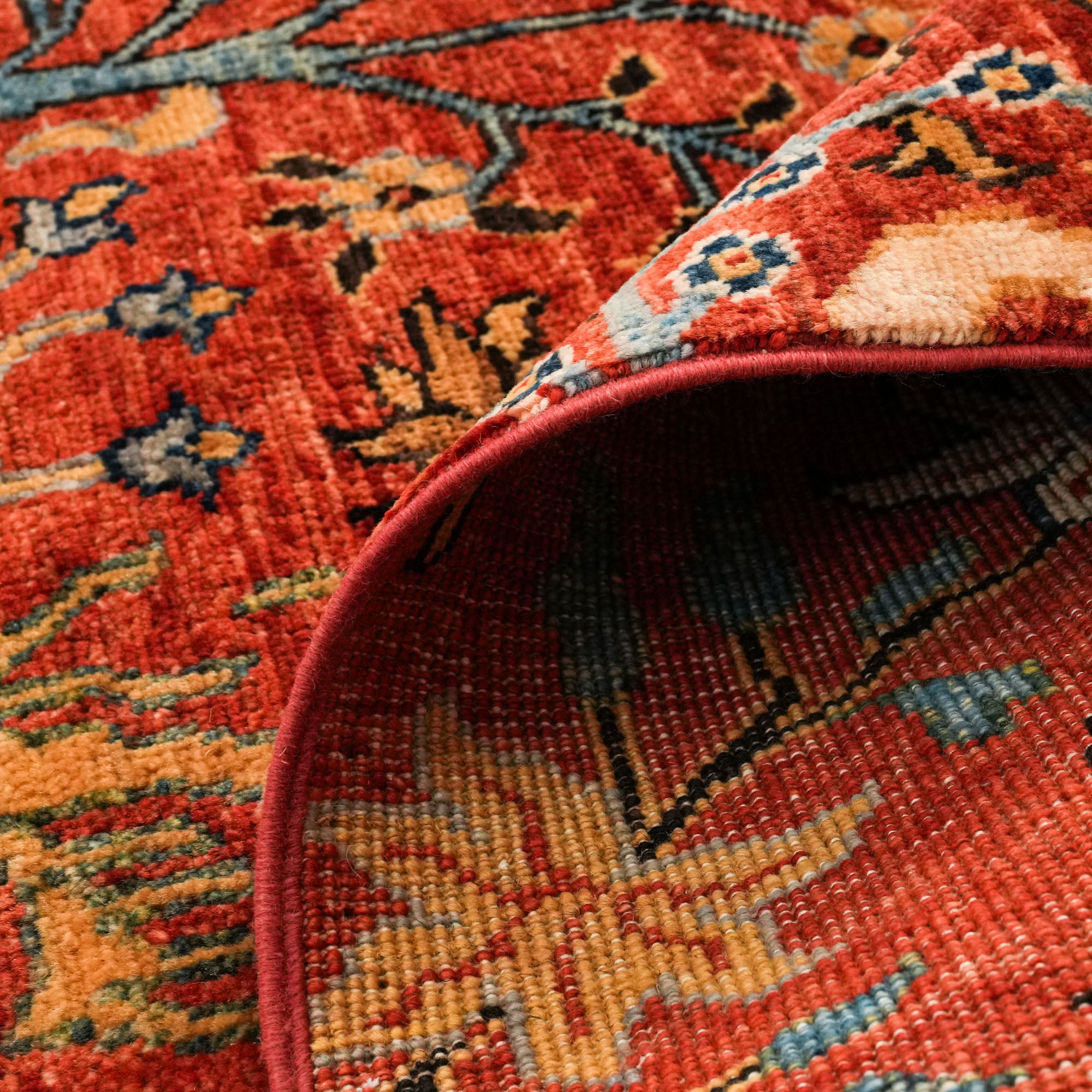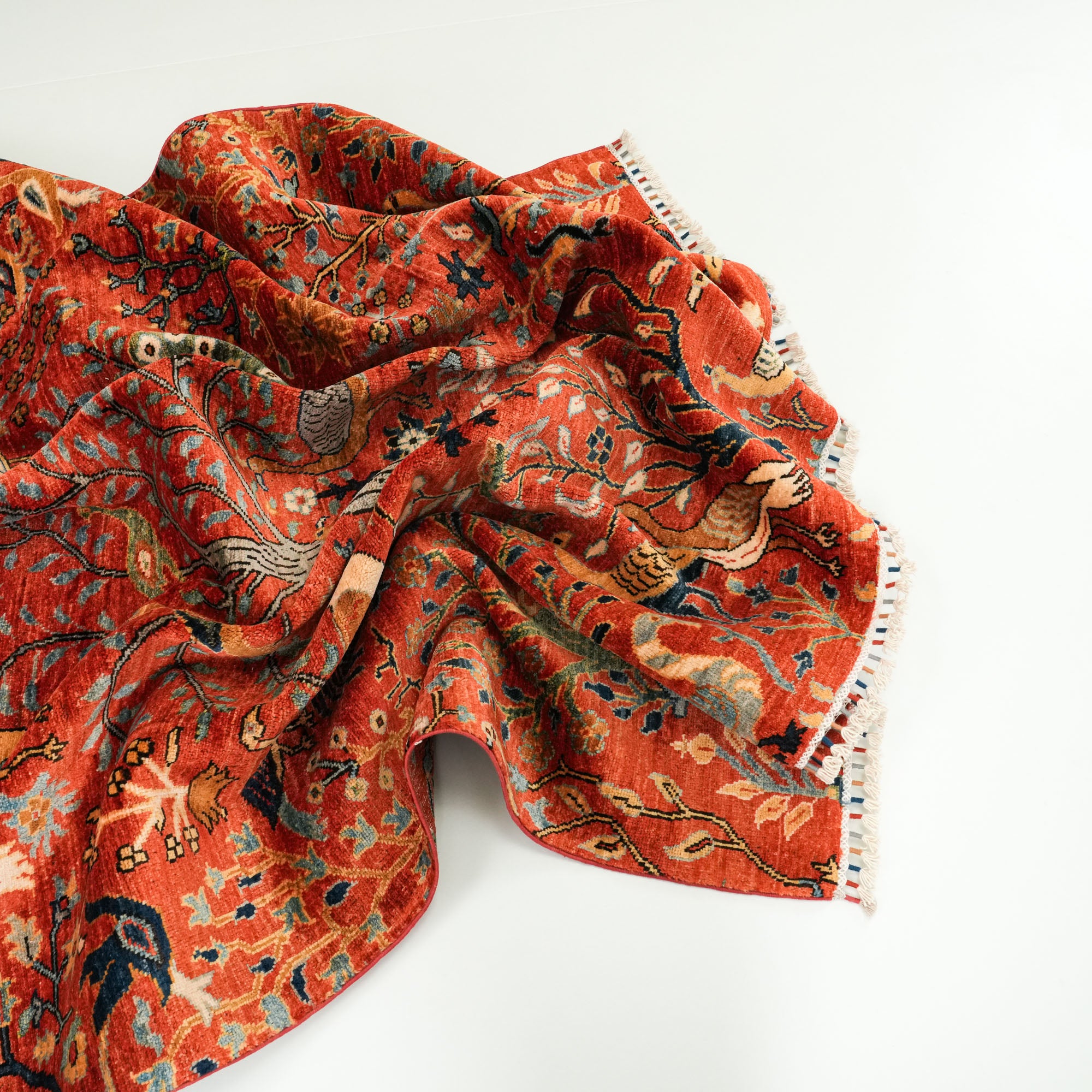Hand Knotted Rugs
A hand knotted rug is a valuable floor covering that is literally handcrafted and woven loops. It is a matter of patience and time that makes these rugs so special, where the craftsmanship varies depending on the size. Also, hand knotted rugs are unique in that they combine different production techniques. The most important thing about rugs hand knotted is that they are woven and knotted by real people.
Woven in various regions, hand knotted area rugs carry the traces of the past and add a different atmosphere to the environment in which they are used. Since machine made rugs are technology products, hand woven rugs can also be described as manuscripts. For this reason, these handmade rugs contain different weaving techniques and are very high quality and valuable.
What is a Hand Knotted Rug?
A hand-knotted rug is a rug that is created by carefully weaving knots by hand. These rugs, which are not factory-made, are woven on their own special hand looms. Hand-woven rugs made of wool or silk are not only made of natural materials but also suitable for many years, thanks to their durability and quality.
What are the types of Hand Knotted Rug?
Offering a combination of modern and ultramodern options, hand knotted wool rug models are diversified as Afghan rugs, Oushak rugs, Kayseri rugs, Isparta rugs, Persian rugs, Scandinavian rugs, and Milâs hand-woven rugs. These floor coverings, which draw their strength from different cultures and traditions, add a classic touch to the decoration.
In addition to being a symbol of Anatolia's long history, Taspinar rugs feature geometric patterns that are a hallmark of the Anatolian rugs. On the other hand, Malatya handmade rugs are valuable pieces made of pure wool and hand-woven rug dyeing techniques. Their geometric patterns also reflect the rich culture of the area.
With the rapid advancement of technology over time, the number of hand-knotted rugs began to decrease relatively. For this reason, the very rare Buhari hand woven rug models have become a very good option for those who favor classic and local decoration.
Kayseri Bunyan hand-woven rug models, which are rare pieces like this, have a wool structure and cotton warp, unlike other carpets. Nevsehir and hand-knotted Oushak rugs, which have a deep-rooted transition, are known as the first symbols of the transition to settled life.
The Afghan hand knotted rugs are among the oldest known hand-woven models. These ethnic rug collections showcase the rich cultural heritage and artistic craftsmanship passed down through generations. Additionally, for those seeking a touch of the exotic, handwoven kilim rugs provide a contemporary and bohemian flair to any space.
What are the Features of Hand Knotted Rugs?
The root dye technique is used in hand-knotted cotton wool or silk rugs. Hand-woven silk rug models are processed on various looms and come to life with patterns and motifs from different world regions. The best example of this is Persian rugs.
The red and blue colors used in hand-knotted wool rugs are important details reflecting the country's culture. In addition, color diversity is also at the forefront of traditional Turkish handmade rugs. Colors such as yellow, red, and orange are used quite frequently.
Where are Hand Knotted Rugs Made in Turkey?
Turkey's hand-woven rug regions are Milas, Afyon, Sivas, Kayseri, Isparta, Milas, and Antalya. It is possible to find traces from almost every region in these floor coverings, which have become traditional art. The Milas hand-woven rug and Isparta hand-woven rug are among the most known and used models. These designer rugs showcase intricate patterns and exquisite craftsmanship, adding an authentic touch to any space.
How to Tell If Rug is Handknotted?
The knots are one of the most important features that make handknotted rugs understandable. The knots in these rugs usually have a non-symmetrical structure. Examining the motifs of the rugs makes it easy to distinguish between machine or handmade pieces.
While hand-woven rugs are shaped by the manual processing of motifs and patterns one by one, machine-made rugs are more uniform and similar. The knots in these pieces are quite distinct and striking.
The yarns used in hand-knotted rugs can also be examined to differentiate them from others as well as the pattern. Hand-woven rugs have more natural-looking patterns embroidered on them.
Where to Place Your Handmade Area Rugs?
Handmade rugs can be used in areas such as bedrooms and living rooms because they are classic pieces. Choosing rugs that are compatible with the furniture and accessories of the area used is important since they are an indispensable part of home decoration and are very suitable for long-term use.
Traditional handicrafts reflect cultures during the rug weaving phase, so they can be passed down from generation to generation. In this respect, a hand-woven prayer rug model, which can be used in smaller spaces, is ideal for those who wish to use the rug both as a prayer rug and a regular one at the same time.
What are the Advantages of Using Handmade Rugs?
A handmade rug has many advantages over many other types of rugs, one of which is its ease of cleaning. Besides not requiring frequent washing, they can also be dry cleaned regularly.
Furthermore, the knot structure is highly quality and natural, another important advantage. This makes it possible to use it for a longer period of time. It can adapt easily to various décor and environments thanks to the different patterns embroidered on its surface.
What to Consider When Buying Handmade Rugs?
When buying handmade rugs, there are some points to pay attention to, such as yarn type or knot density. These points are listed as follows:
-
It is very important to use high-quality yarn in the rug. If wool is used only, it must be pure wool.
-
In handmade rugs, knots are usually irregular. Straight strips of knots are rare in handmade rugs.
-
The dyes used in the rug must be resistant to sunlight and water. In this way, cleaning is also very easy and effortless.
-
It is important to choose the right seller when buying a quality rug. Hand-woven rugs are extremely valuable pieces, which is why they are covered by a warranty for a certain amount of time. Therefore, seeing if the rug you purchased has a warranty is important.
How to Store Hand Knotted Rugs?
In addition to being one of the favorite pieces of living spaces, handmade rugs need to be stored properly. If the rug is properly stored, it can last for many years. As a first step, the rug must be vacuumed and wiped before being put away. A soft brush should also be used to clean the hair and feathers that accumulate on the rug. It is best to roll the rug into a roll to prevent damage in the long run. Folding storage can damage the rug in the long run. Rugs should be stored at room temperature, as extremely hot or cold environments will damage their structure. Storage at room temperature prevents the rug from deforming.
Mothballing is done during the storage of decoration products, such as rugs and carpets, that are suitable for long-term use. It is possible to prevent rotting by placing mothballs next to or near the rolled flooring. This also makes the rug smell good. Although a rug is stored with the right methods, it is useful to ventilate it from time to time. Airing the natural yarns of the rug at regular intervals prevents it from deforming.
How Much Are Hand-Knotted Rug Prices?
Hand-knotted rug prices vary according to the type of yarn used, knot density, design, and even color. For this reason, it is useful to check and compare the models of different companies before purchasing. The prices of hand-woven rugs in square meters are determined according to the area where the piece will be used.
Antique hand-woven wool rug prices are considered more affordable than normal hand-woven rugs, but this situation also varies from brand to brand. You can review the affordable rugs in the silk handmade rug prices category of Halicizade at any time and find many models suitable for both your budget and decoration.
How to Wash Hand-Knotted Rugs?
Handmade rugs are pieces that are washed less often compared to other models. As they have a natural structure, they require occasional washings, not continuous washings, in order to prevent any deformation. The most effective way to clean these highly valuable and high-quality pieces is through dry cleaning or professional carpet cleaning services. For second-hand woven rug models, this method is the most useful.
In order to prevent damage to the root dyes used in these rugs, cleaning products and soaps with clean ingredients should be used during washing. Products such as purifying bleach cause dyes on hand-woven wool rug models.
Handmade rugs can be washed with a soft cloth or brush after a certain period of ventilation. It should be left to dry in a cool environment immediately after washing. A damp rug will rot faster and cause a serious odor. At the same time, exposure to direct sunlight causes its color to fade. It is also very important to ventilate the rug at regular intervals to prevent it from being affected by dampness and humidity.
How to Clean Hand-Knotted Rugs?
The cleaning phase of these handcrafted rugs is a process that requires attention and care. In daily cleaning, dust and dirt on the rug surface can be easily removed with the help of a vacuum cleaner with a low setting. During routine cleaning, removing dust and dirt using only a damp cloth would be the right option. This also helps the rug to be used for a longer period of time.
Where to Buy Hand-Knotted Rugs?
Hand-knotted rug models, which are one of the most important and remarkable parts of living spaces, are rare accessories that carry you to the past. The pieces you choose from Halicizade's handmade rug collection will create a whole with your decoration and take you on a journey through time. You can choose the models suitable for your decoration through Halicizde, and you can have them with a click at an affordable price.

